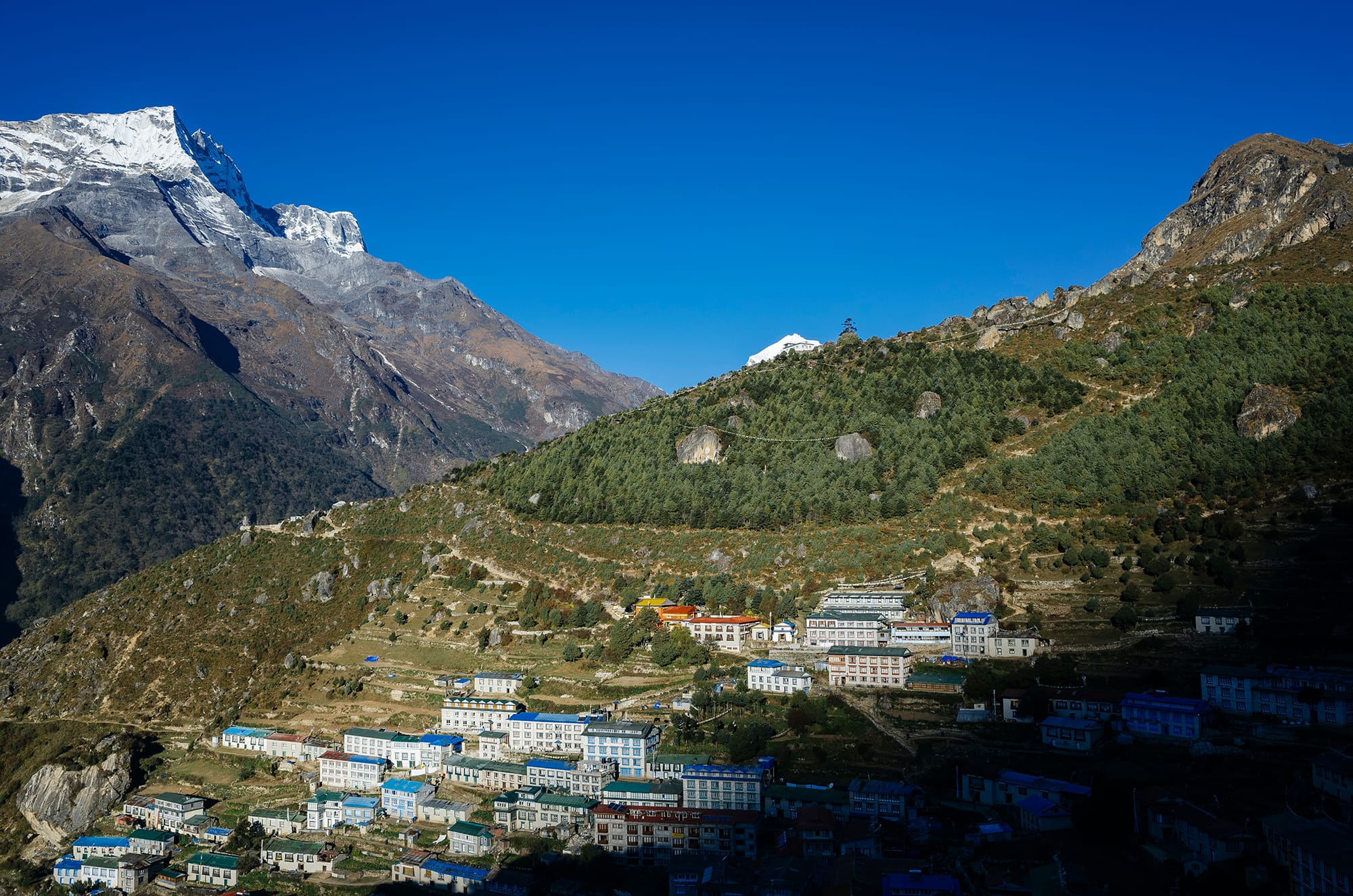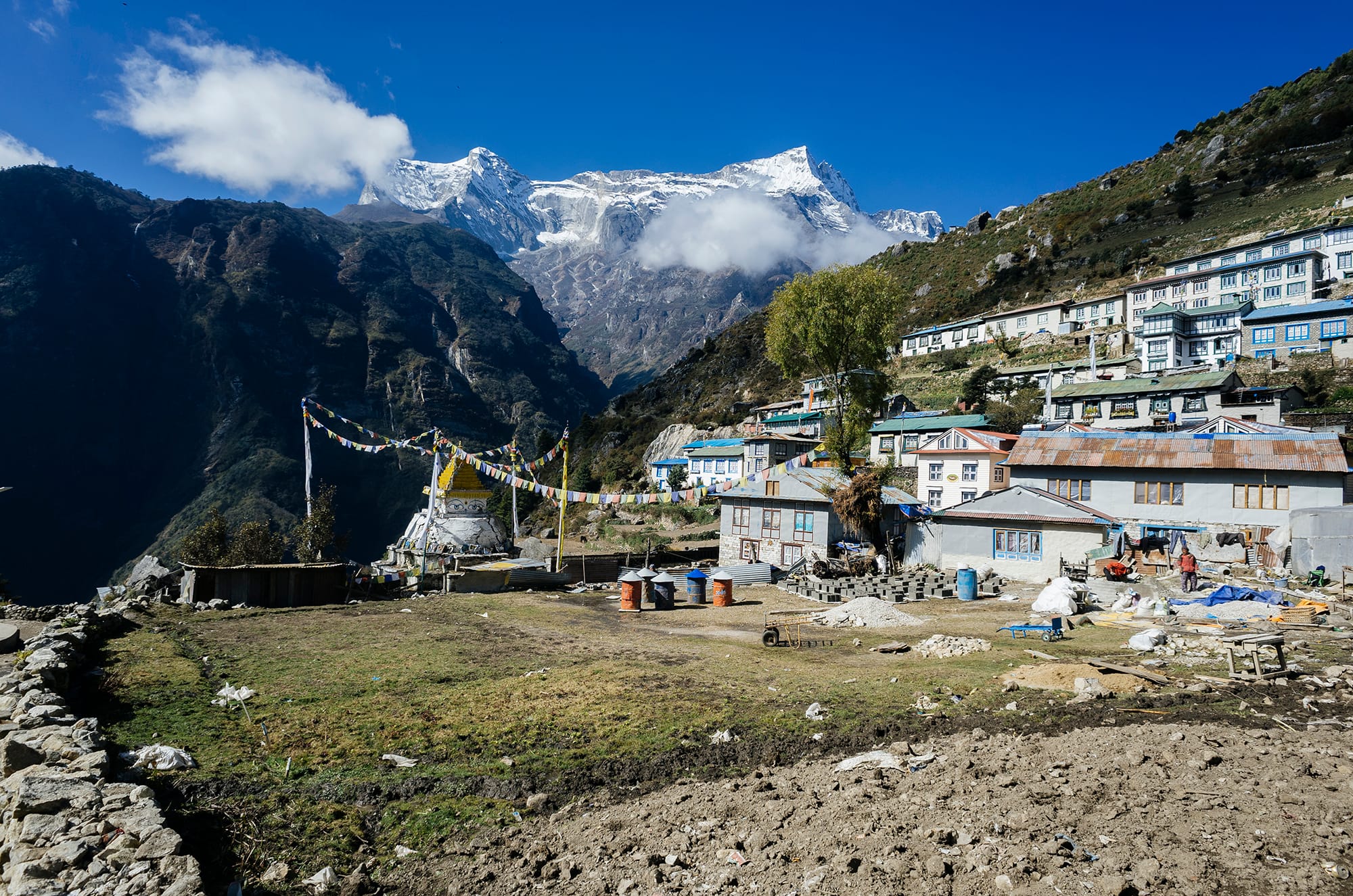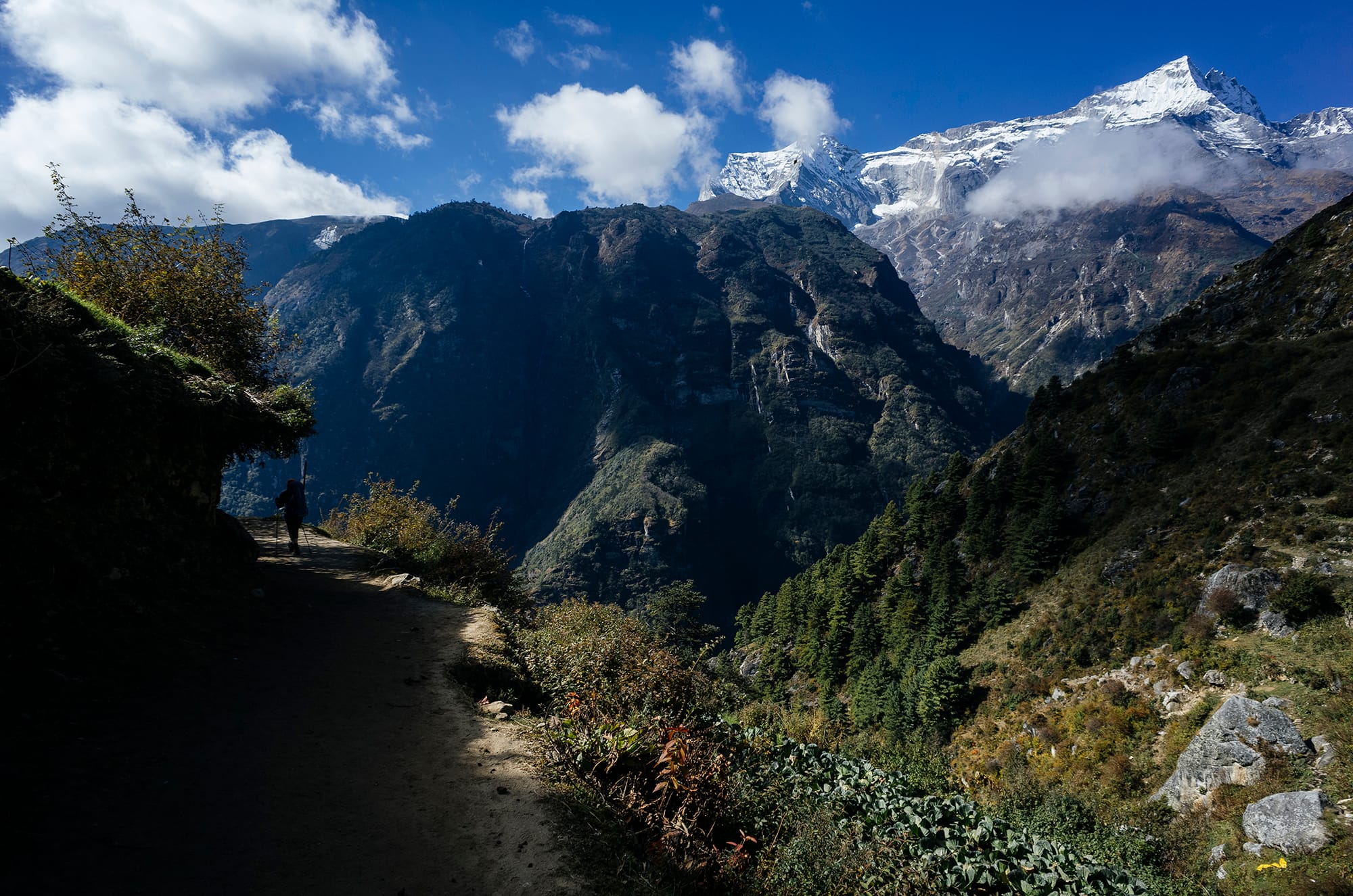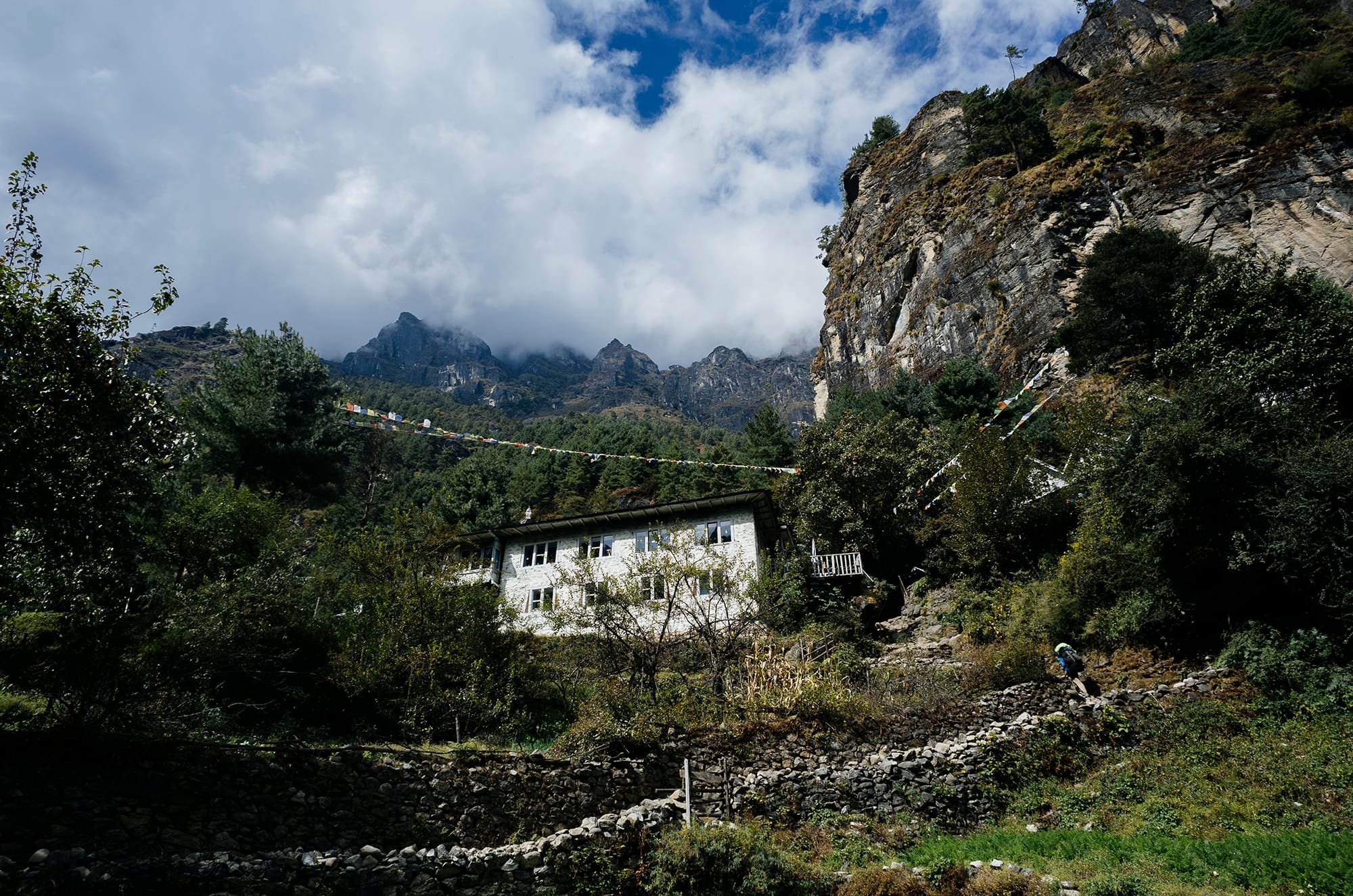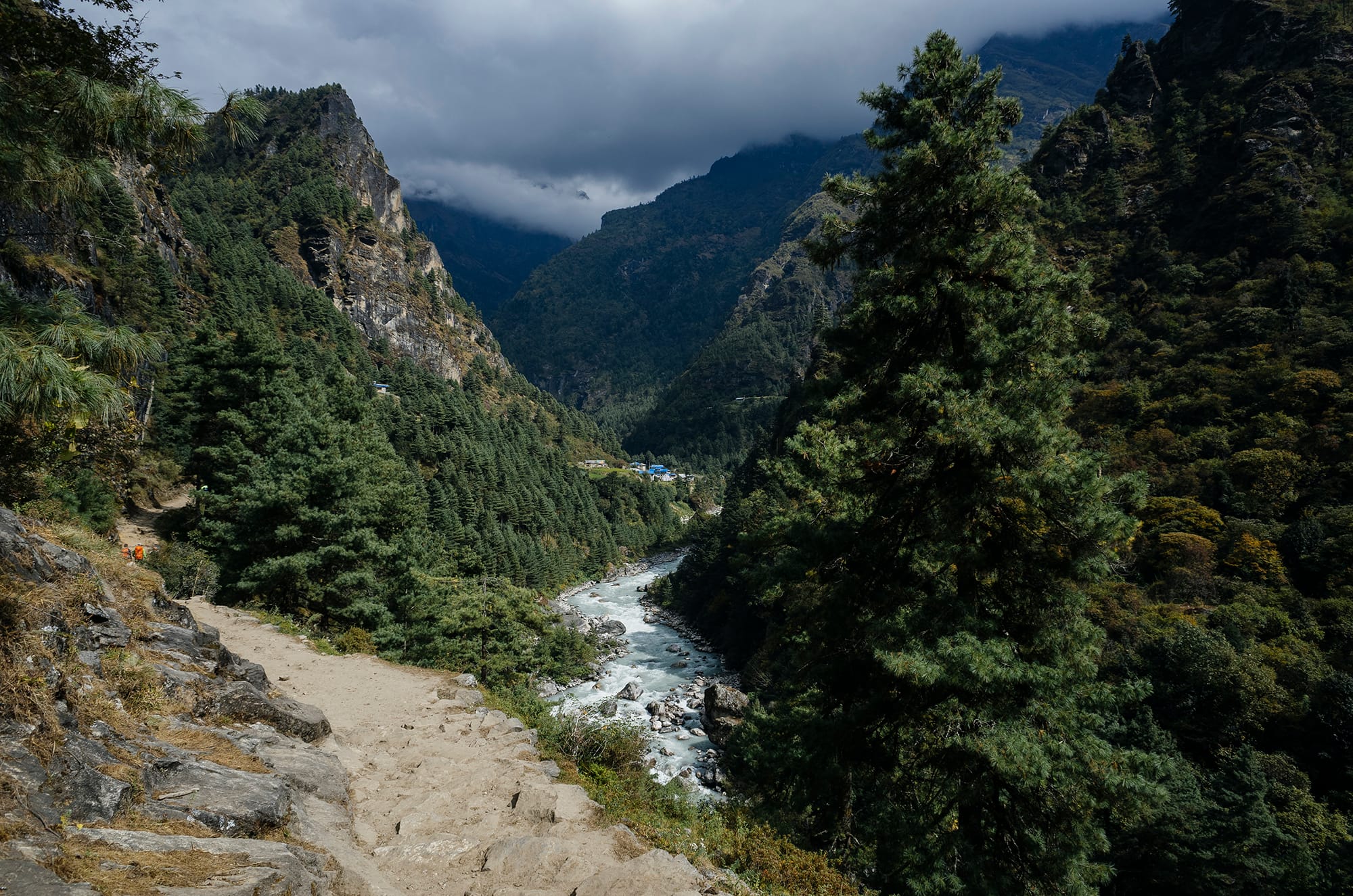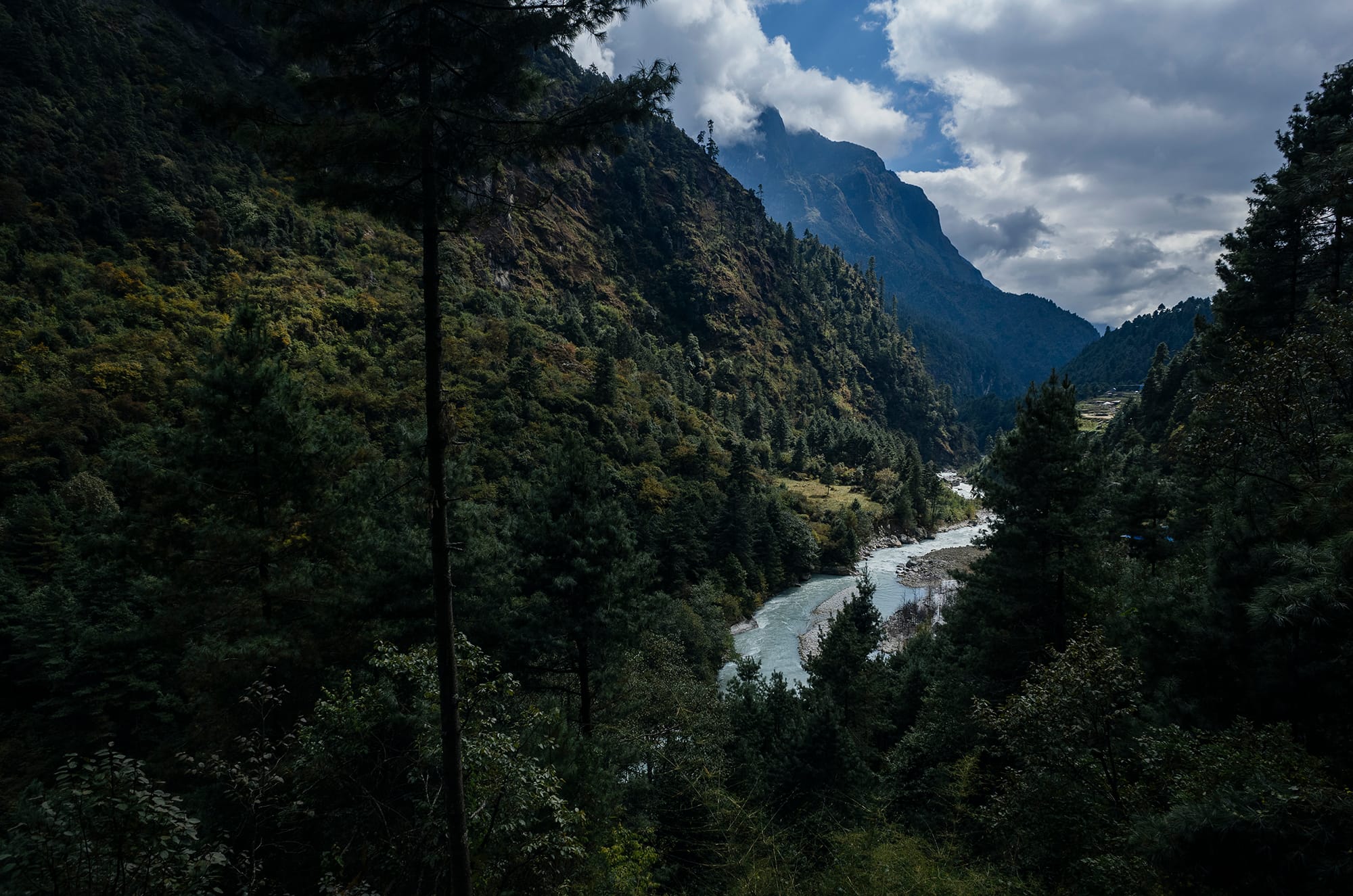Trekking to Everest Base Camp
This is a case study of a 12-day trek, roundtrip from Kathmandu, to Everest Base Camp (EBC) in October 2016.
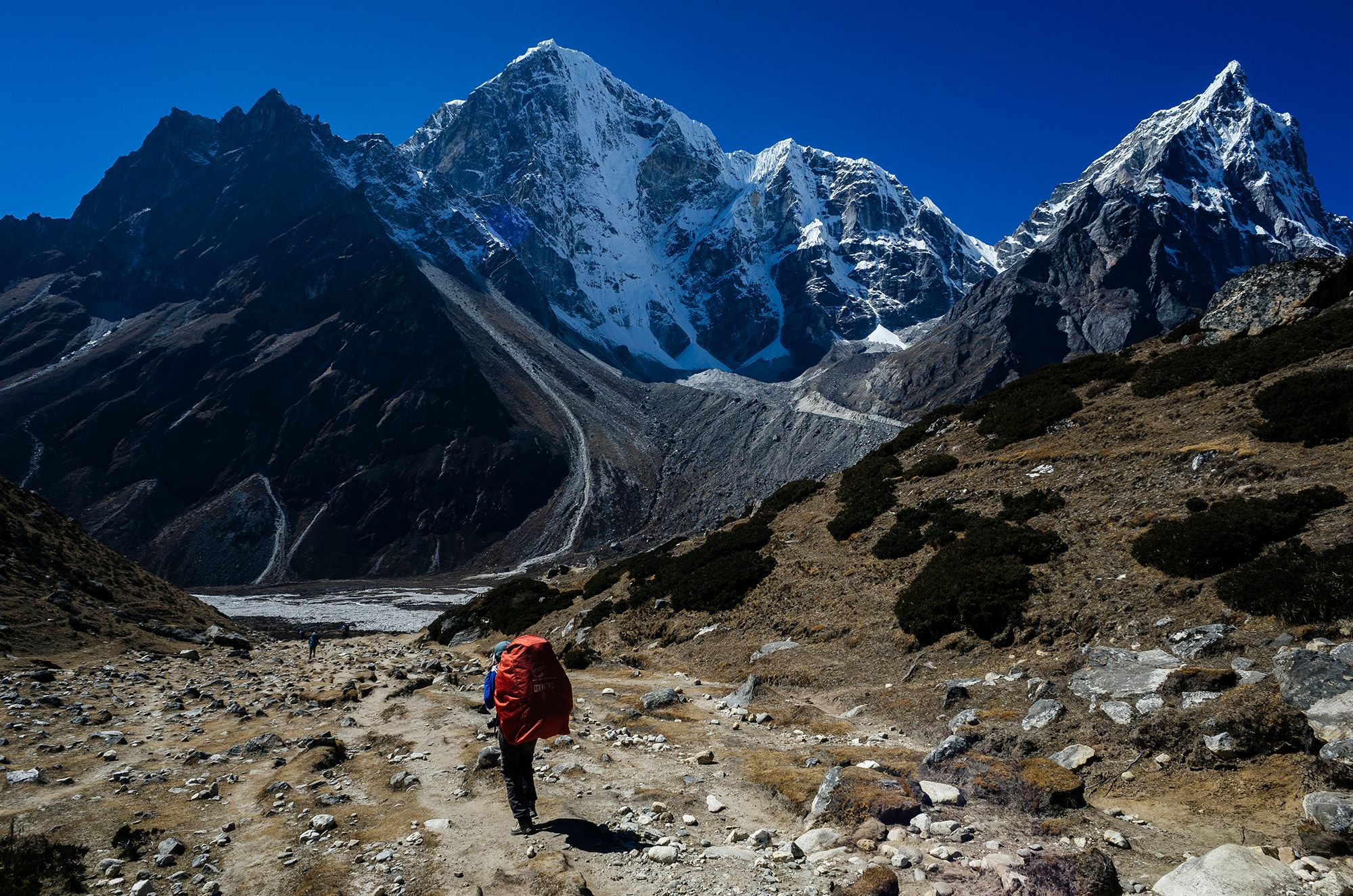
Originally published November 05, 2016
In 2016, I trekked to Everest Base Camp (EBC) with a friend who was living in Nepal.
This post is a case study of our trip. If you are reading this after 2016, some of the park service information and pricing will likely be out of date.
Difficulty and skill assessment
This trip is well-suited for anyone who is comfortable with long, 6-8hr days of hiking with a 20-30lb pack. The times noted in this case study – e.g. 4-5hrs – are a relatively fast pace.
You do not need technical mountaineering skills, but you can enjoy some rock scrambling at EBC.
You do not need camping skills or a tent. Just bring your sleeping bag. You will stay and eat in tea houses along the route.
Permits and fees
1. “Sagarmatha National Park Entry Permit”:
- 3,390NPR (~ $31USD)
- You can pay these fees at the Tourist Service Center, Bhrikutimandap, Kathmandu (Tourist Information Office, Exhibition road) or at the park gate.
2. “Solukhumbu Permit”:
- 2000NPR (~ $20USD)
- Pay when you arrive in Lukla.
- This is a new fee, as of 2017.
Key info:
- Bring enough NPR to pay in cash.
- The Solukhumbu Permit currently replaces the old TIMs Permit. However, check about the TIMs requirement a few days before your trek, given recent debates over the Solukhumbu permit. You can check at the Nepal Tourism Board in Kathmandu, if necessary.
Equipment
- Climbing pack (50L+)
- Sleeping bag (I use the Feathered Friends Vireo sleeping system with a puffy.)
- Sleeping pad (Personal preference. You might end up sleeping on a wood slab or the floor.)
- Basic hiking boots</a> (I hiked the first three days in Rainbows and did the rest in approach shoes.)
- LED headlamp with extra set of batteries
Clothing
- Quick-dry underwear
- Wool socks (The Fox River socks were awesome. Will buy more.)
- Wool base layer
- Soft-shell pants
- Hard-shell pants (Nice if it rains.)
- Soft-shell jacket
- Hard-shell jacket
- Beanie (I wore this at night for more efficient heat regulation.)
- Puffy with hood
- Midweight waterproof gloves
- Liner gloves
Personal items
- Water treatment device (Nice to fill up at streams along the route.)
- TP and hand sanitizer
- Sunblock
- Lip balm
- First-aid kit
- Large, white compactor garbage bag for lining pack
- Permits
- Photo ID
Food and water
- 2L+ water (Easy to filter water and fill up at streams along the route.)
- Trail food
- Meals – eat at tea houses!
Pre-trek accommodation
We stayed at a hotel in Thamel. There are many options. Check online. It’s relatively easy to find accommodation after you arrive, if that’s your preference.
Day 1: Lukla to Monjo
Time: 3hrs hiking after flying from Kathmandu to Lukla in the morning
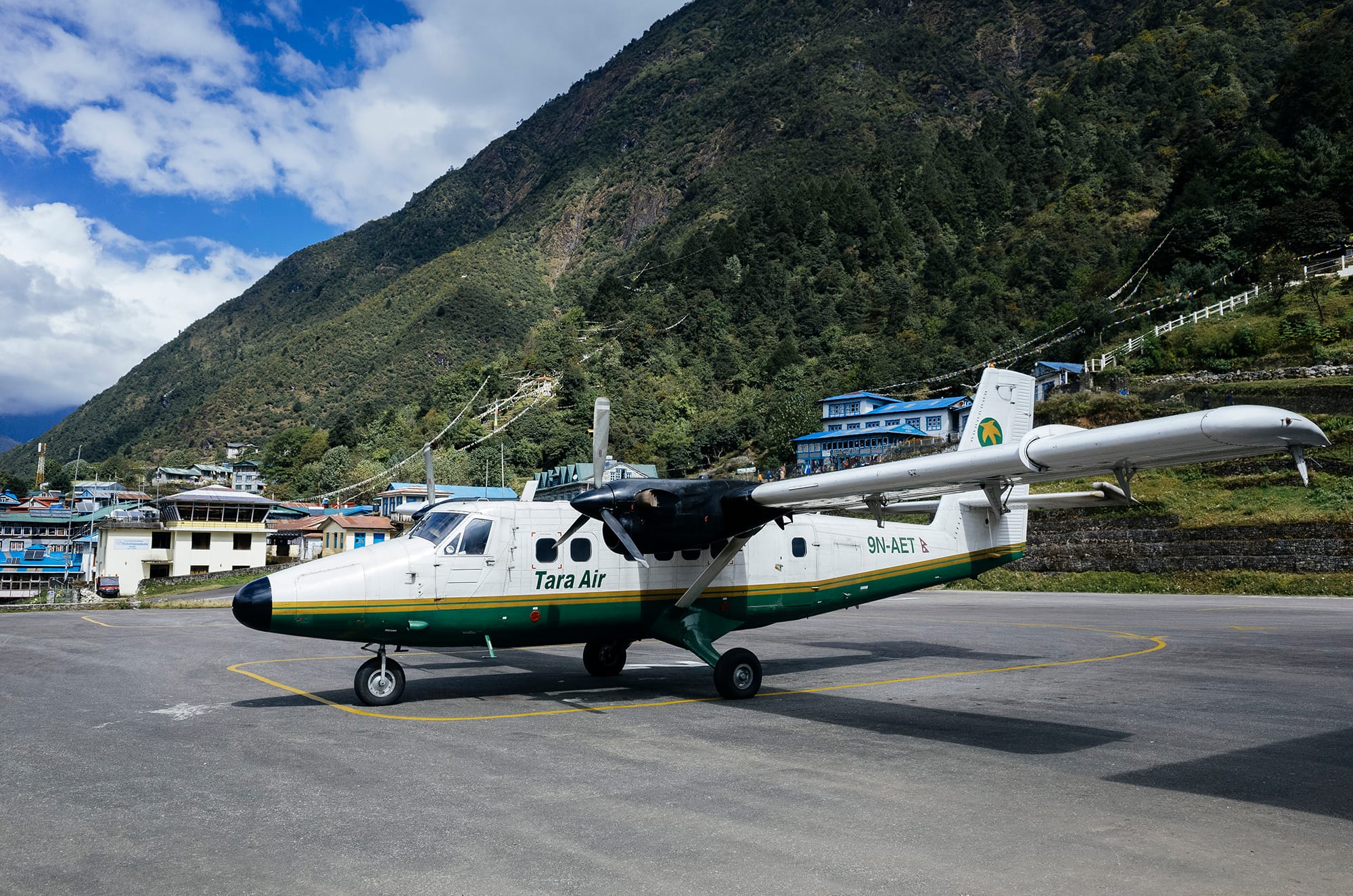
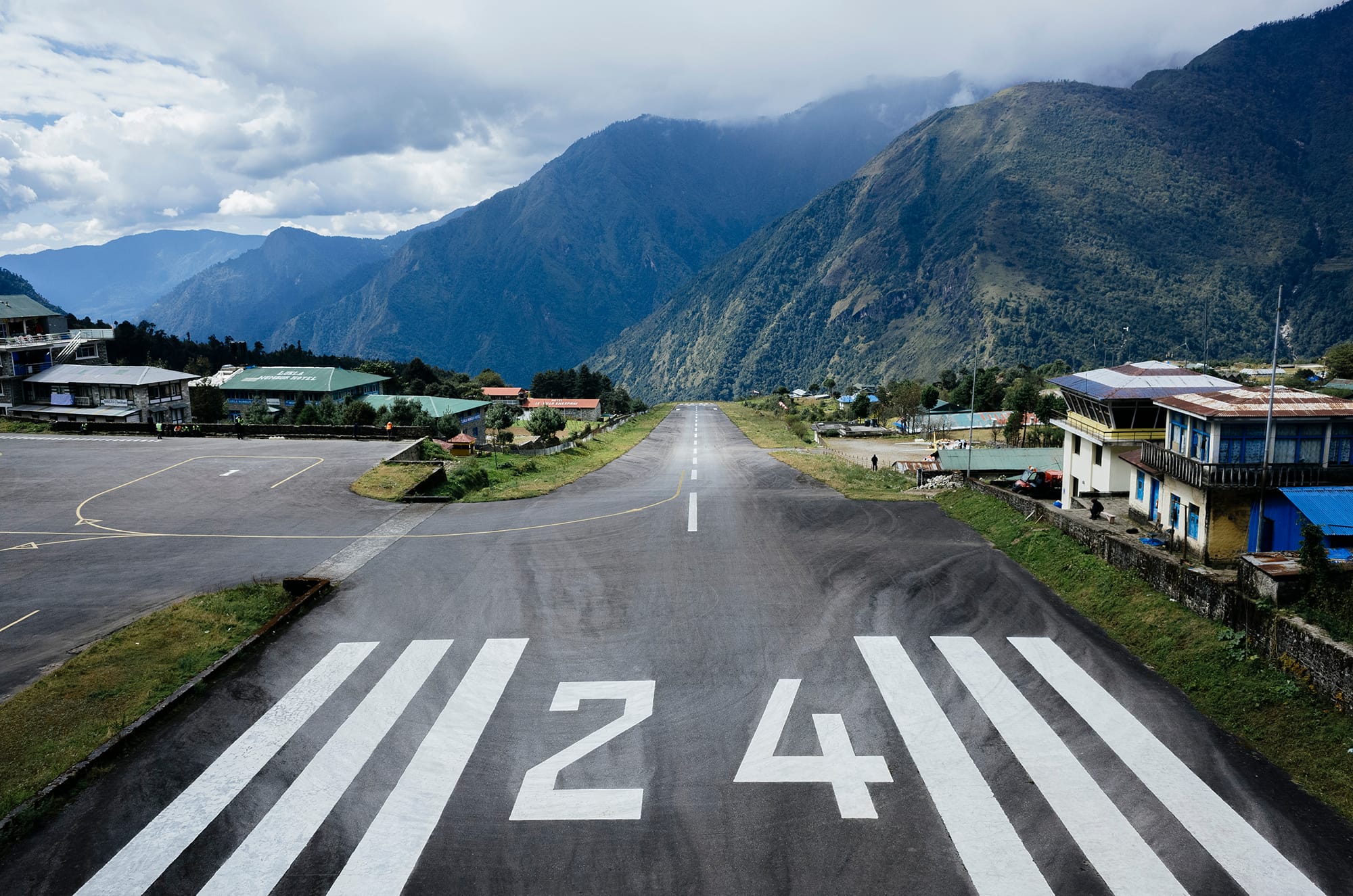
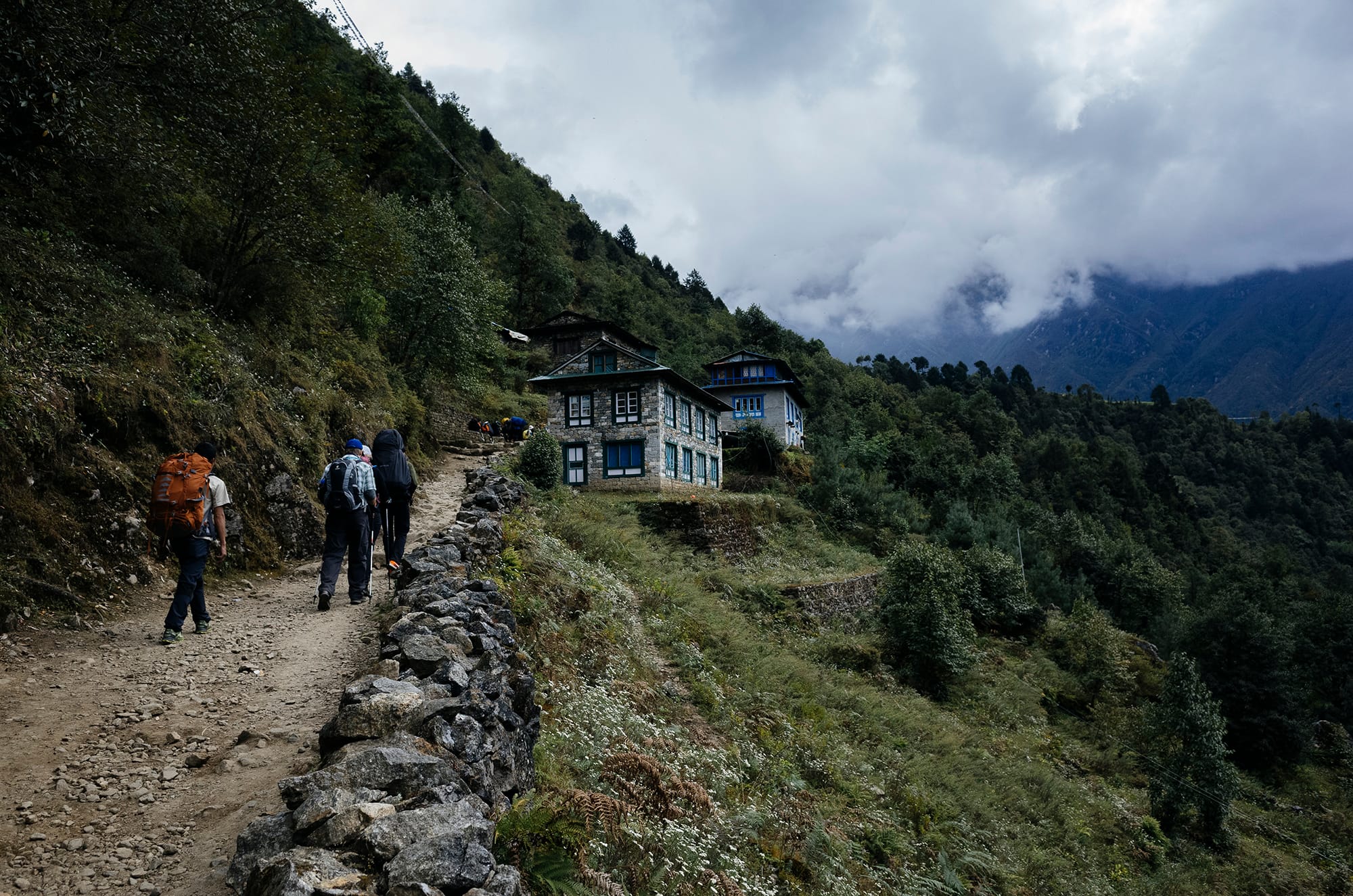
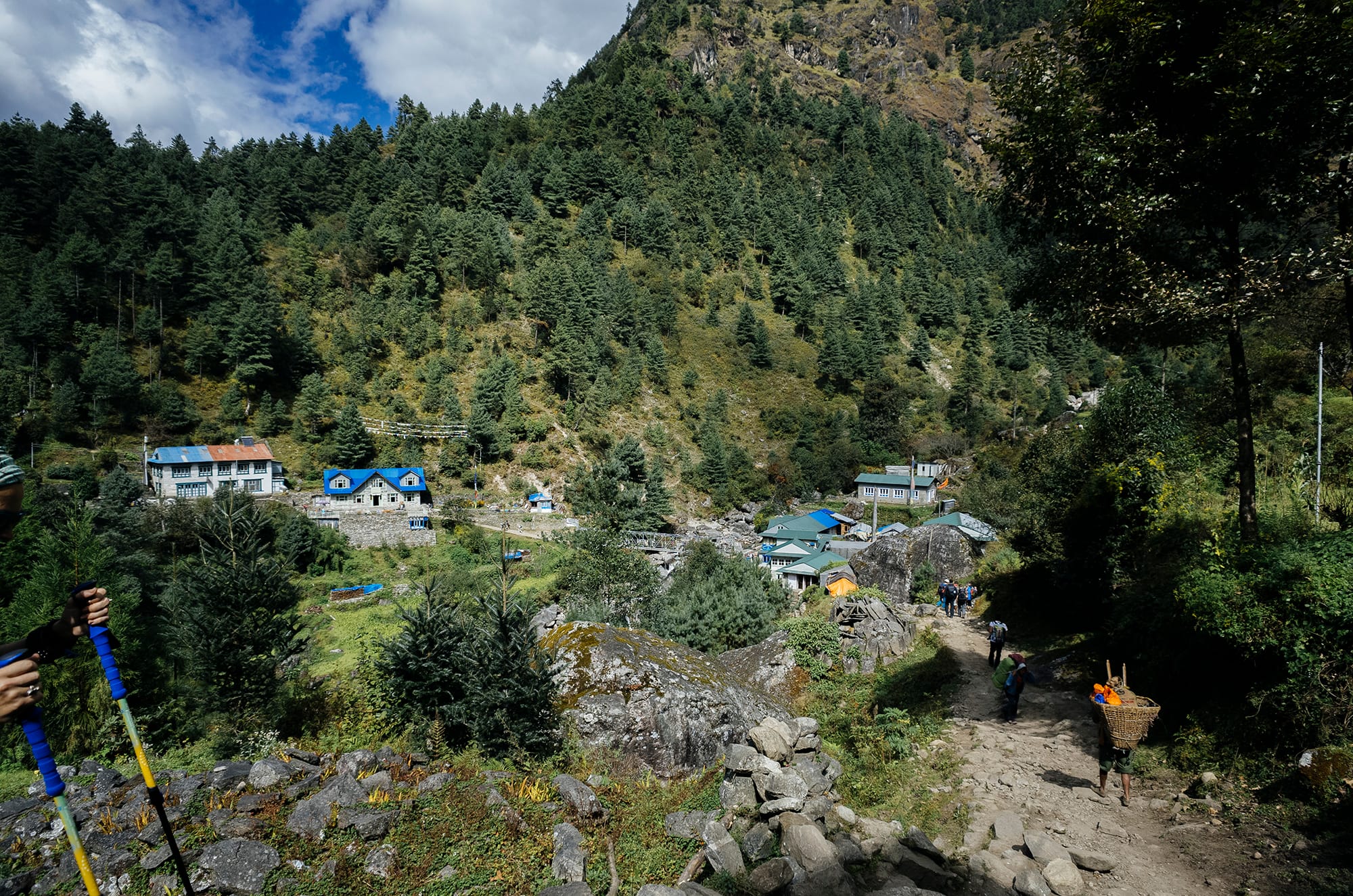
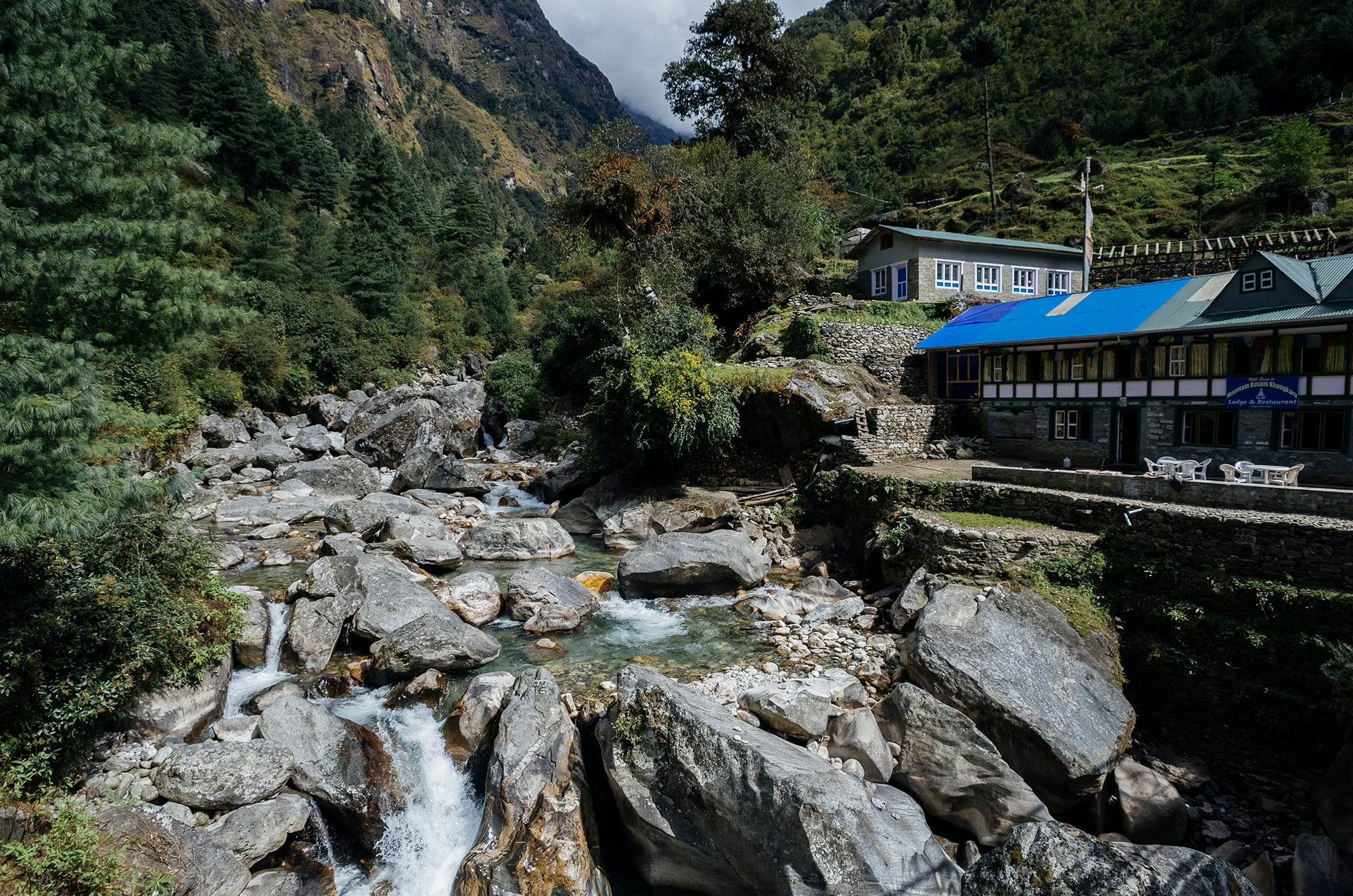
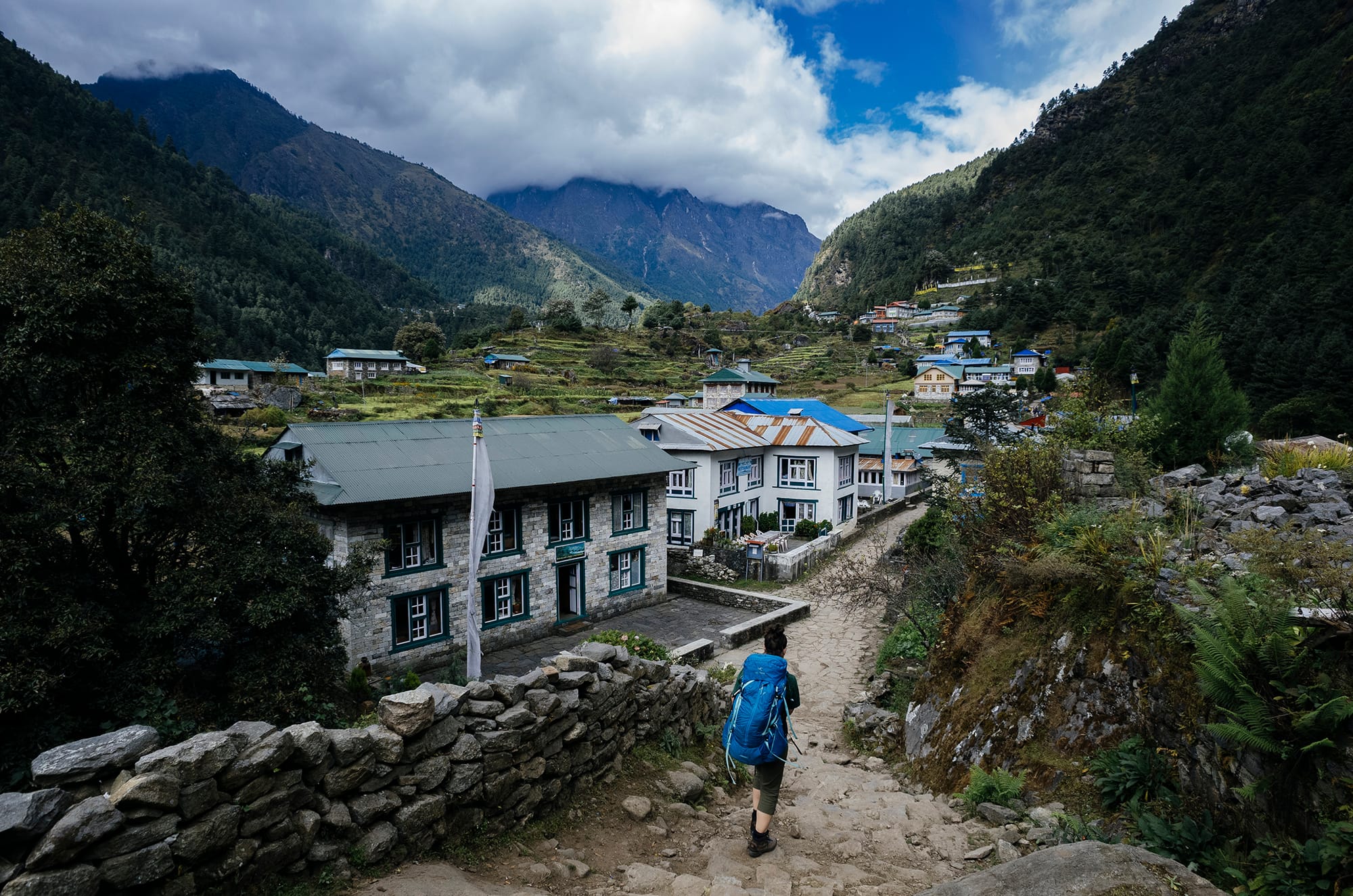
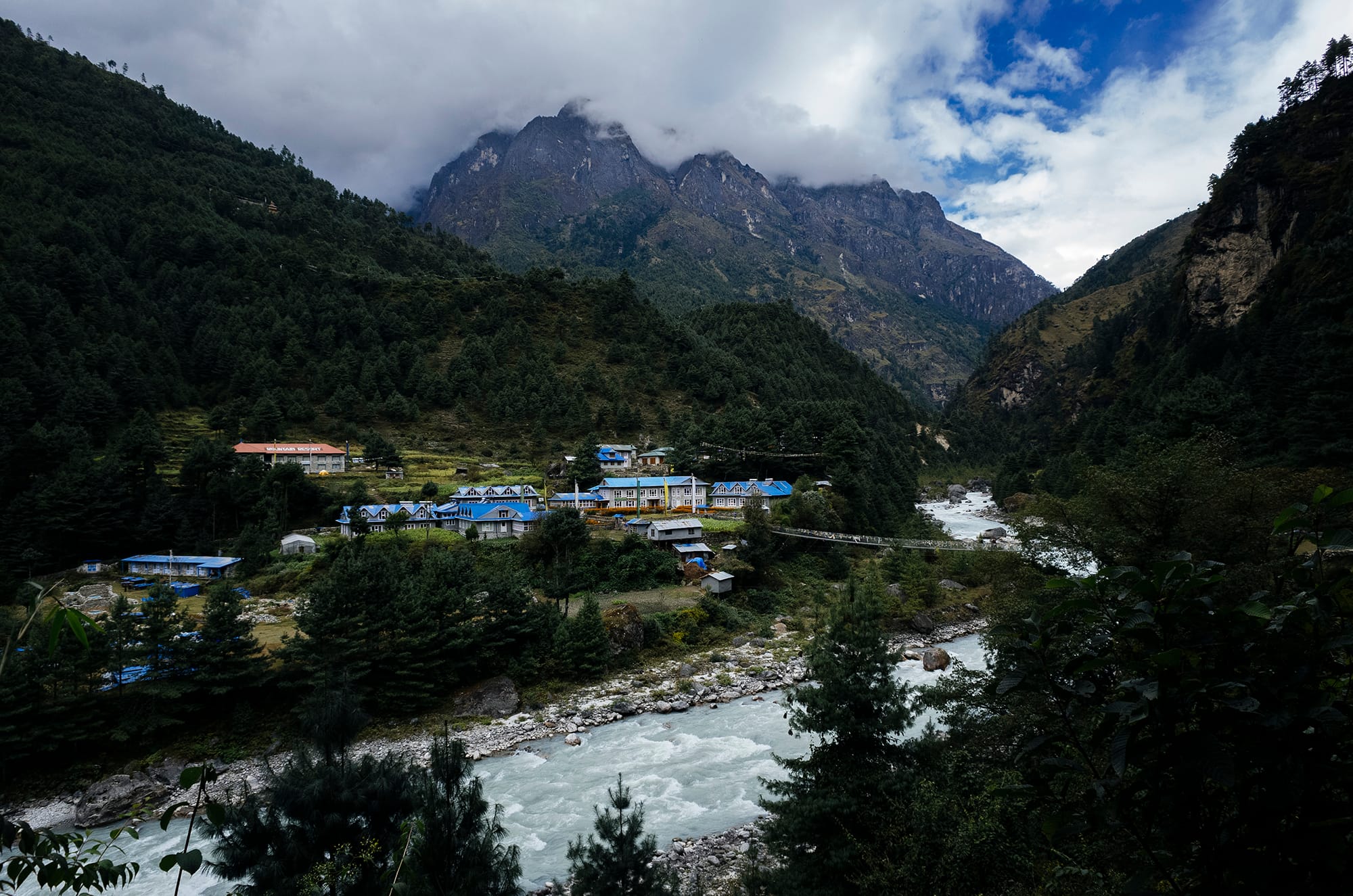
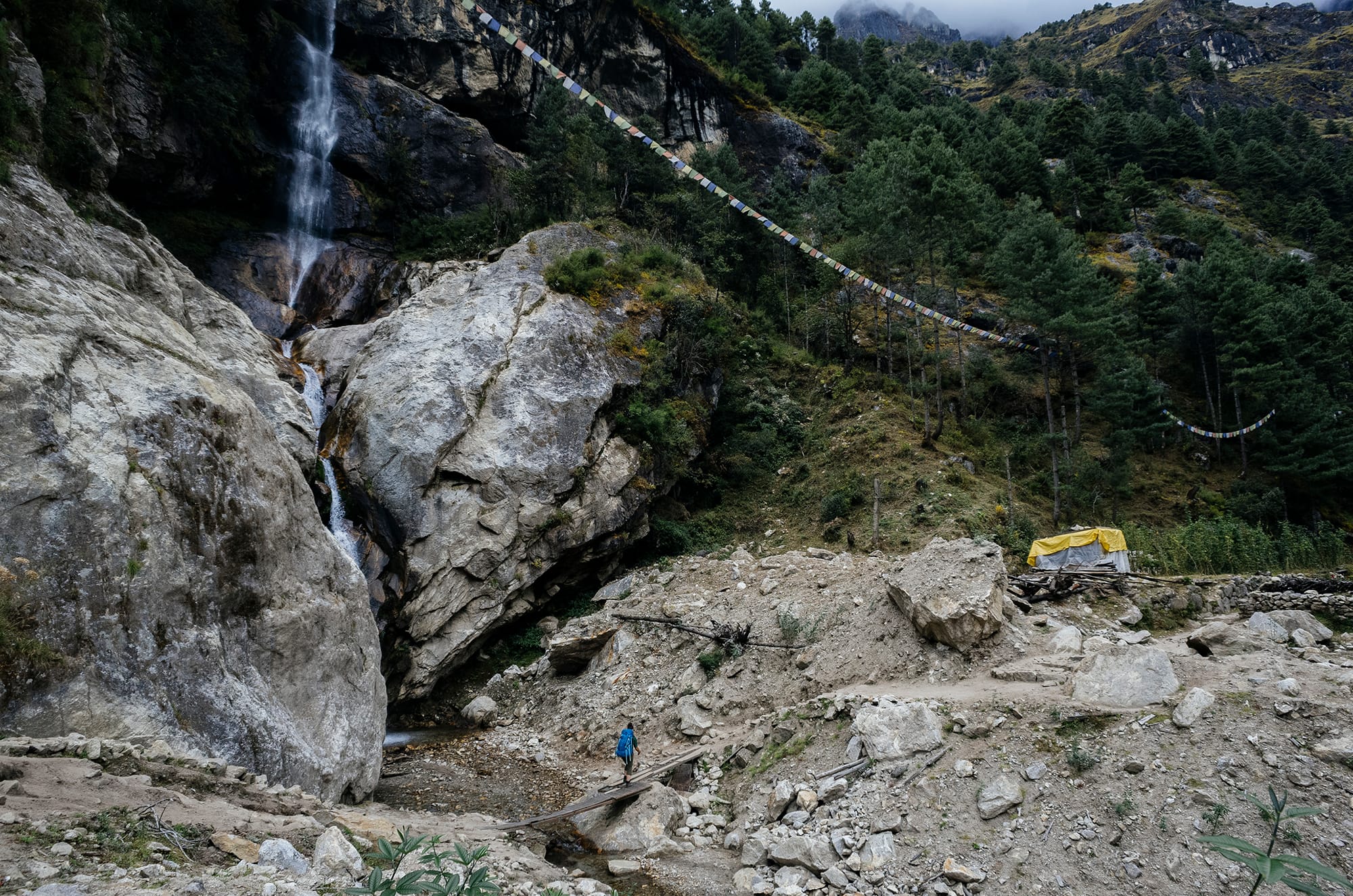
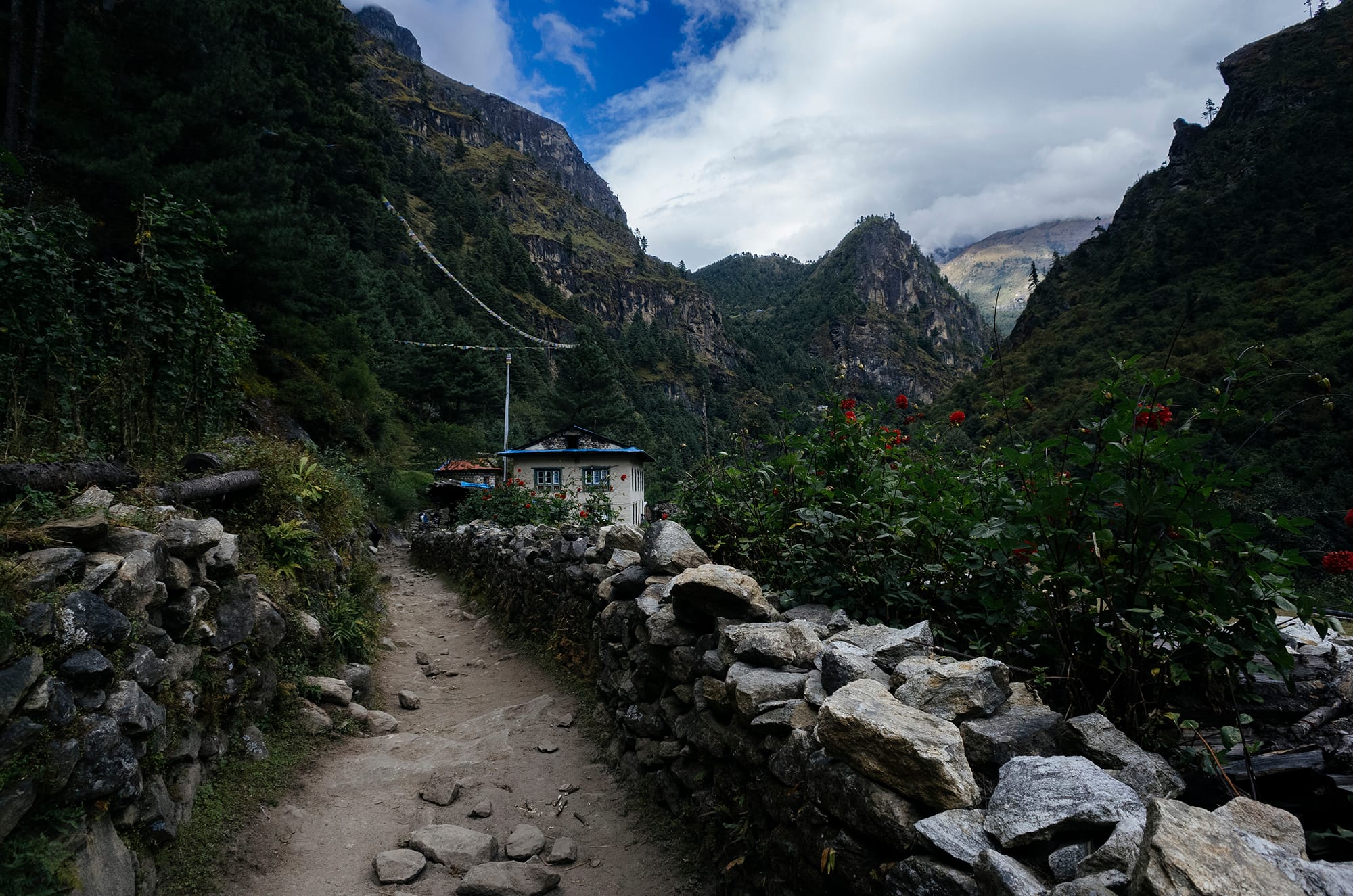
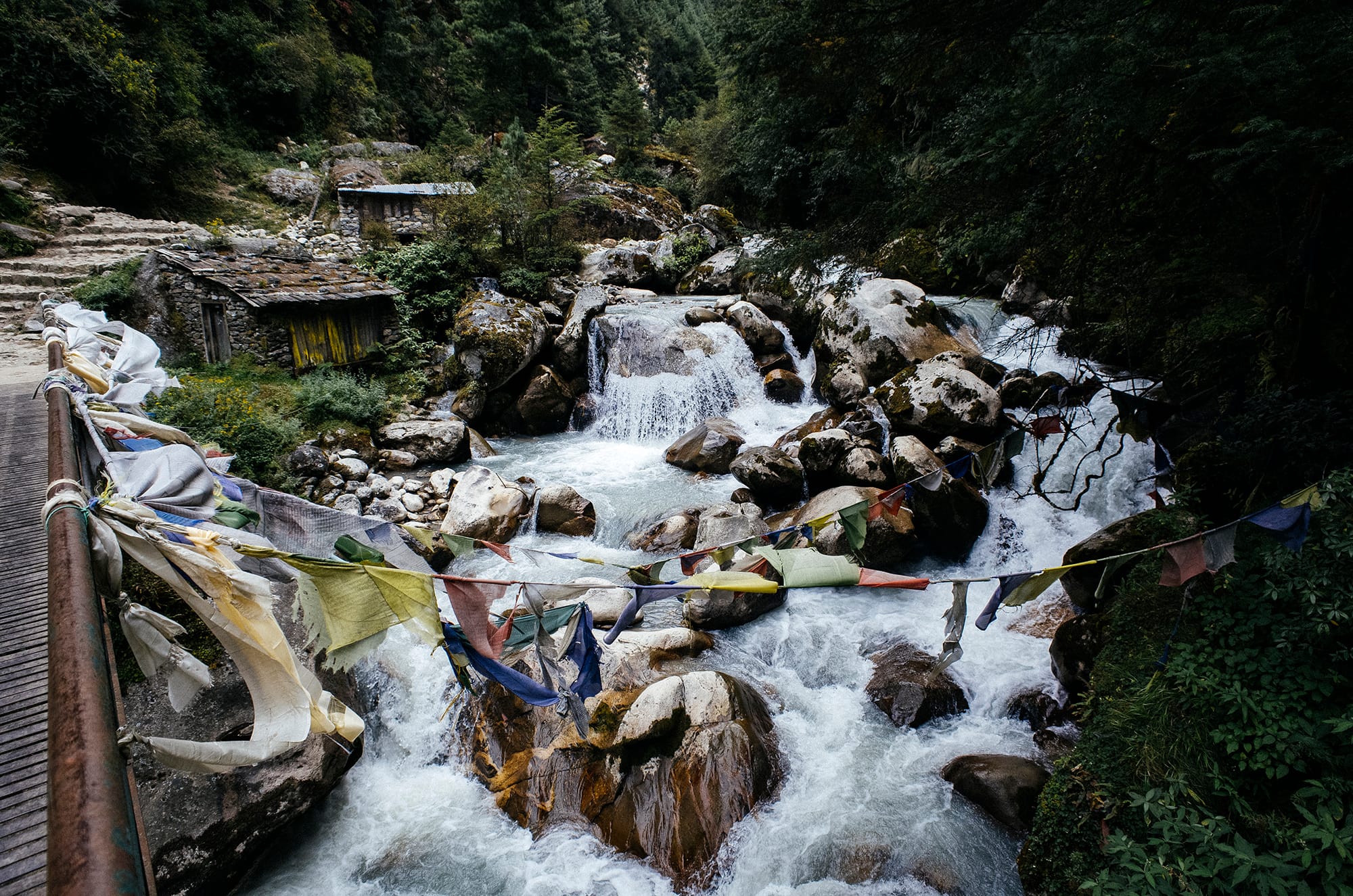
Day 2: Monjo to Namche
Time: 3hrs hiking
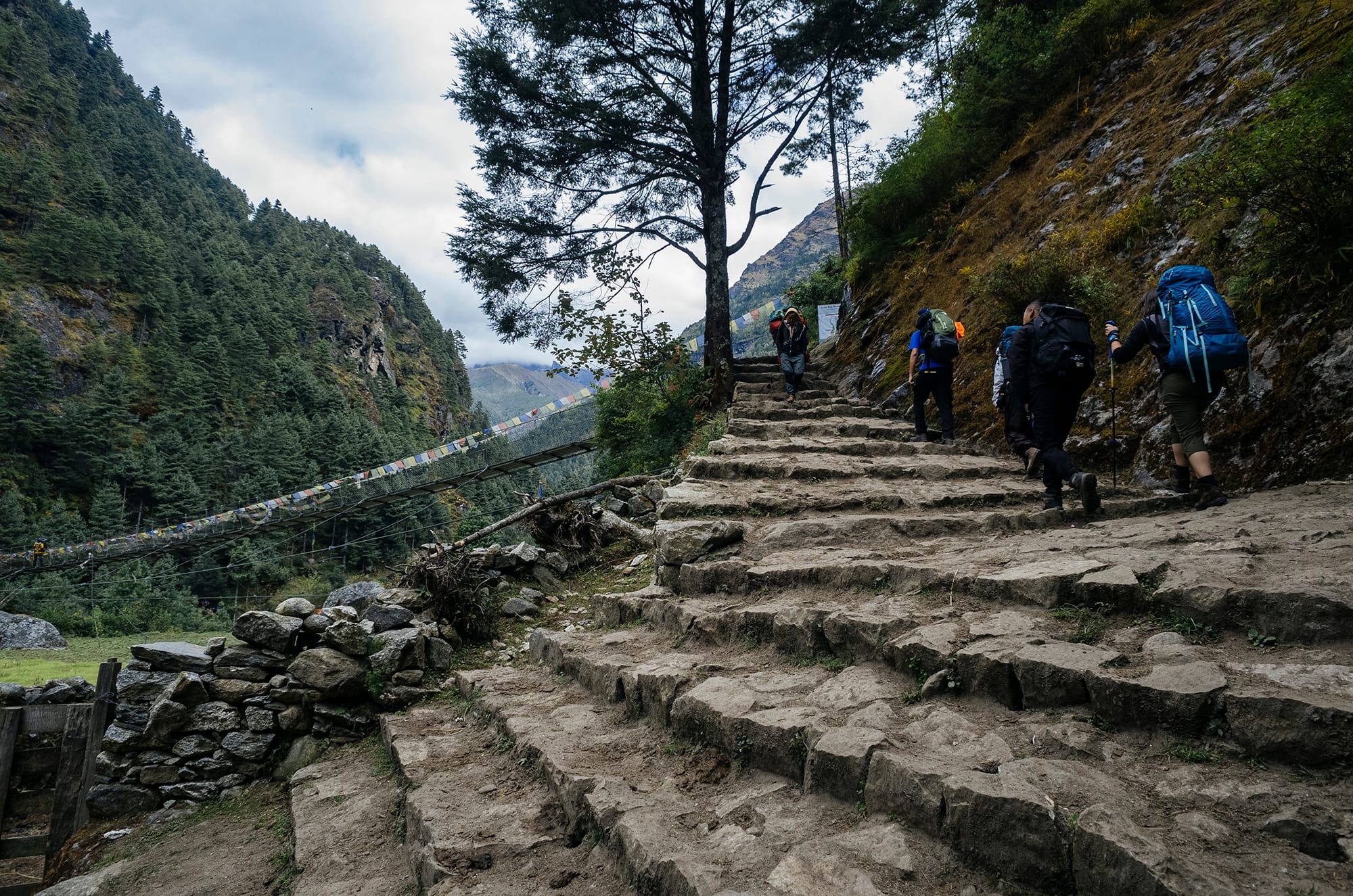
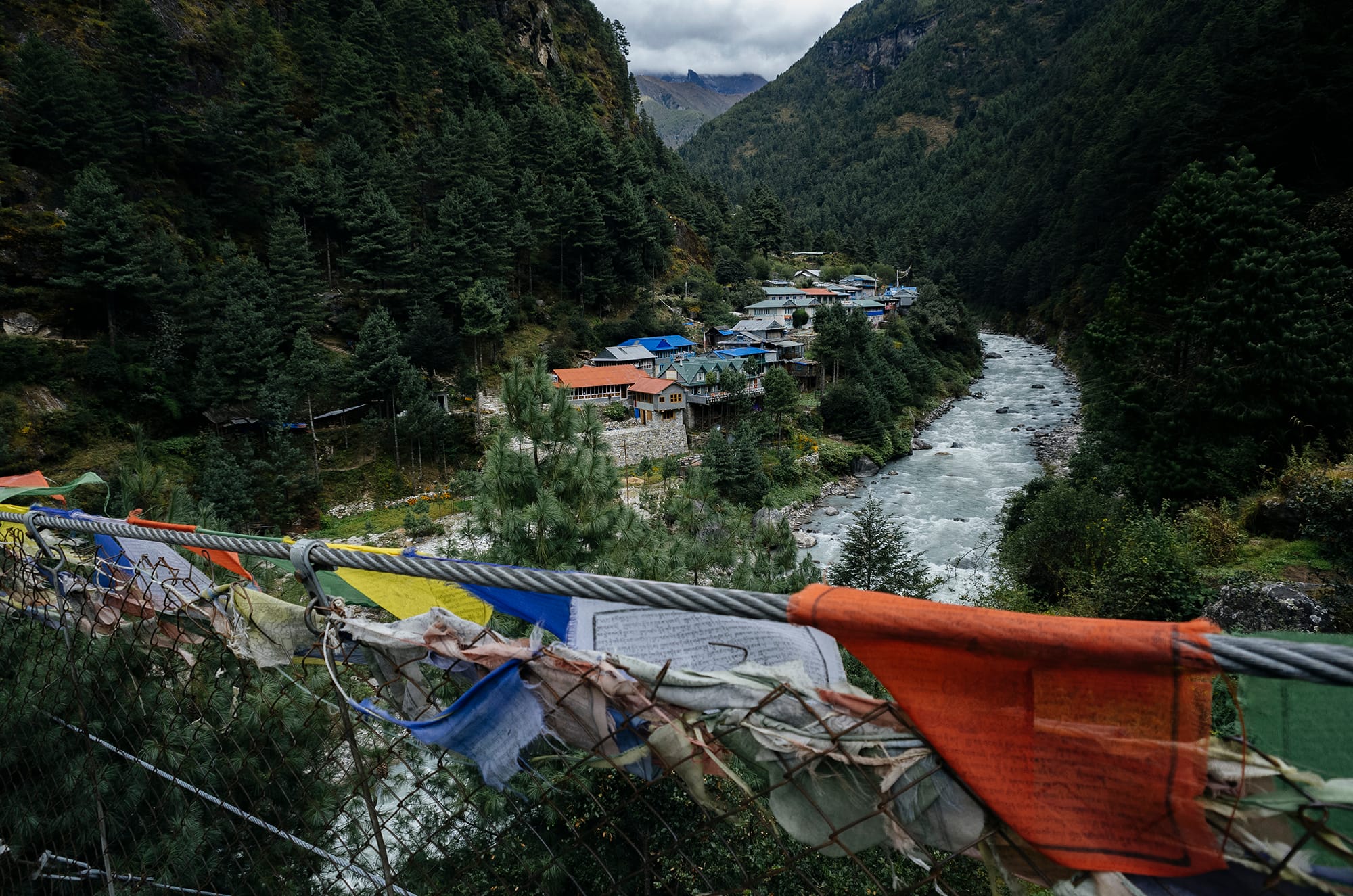
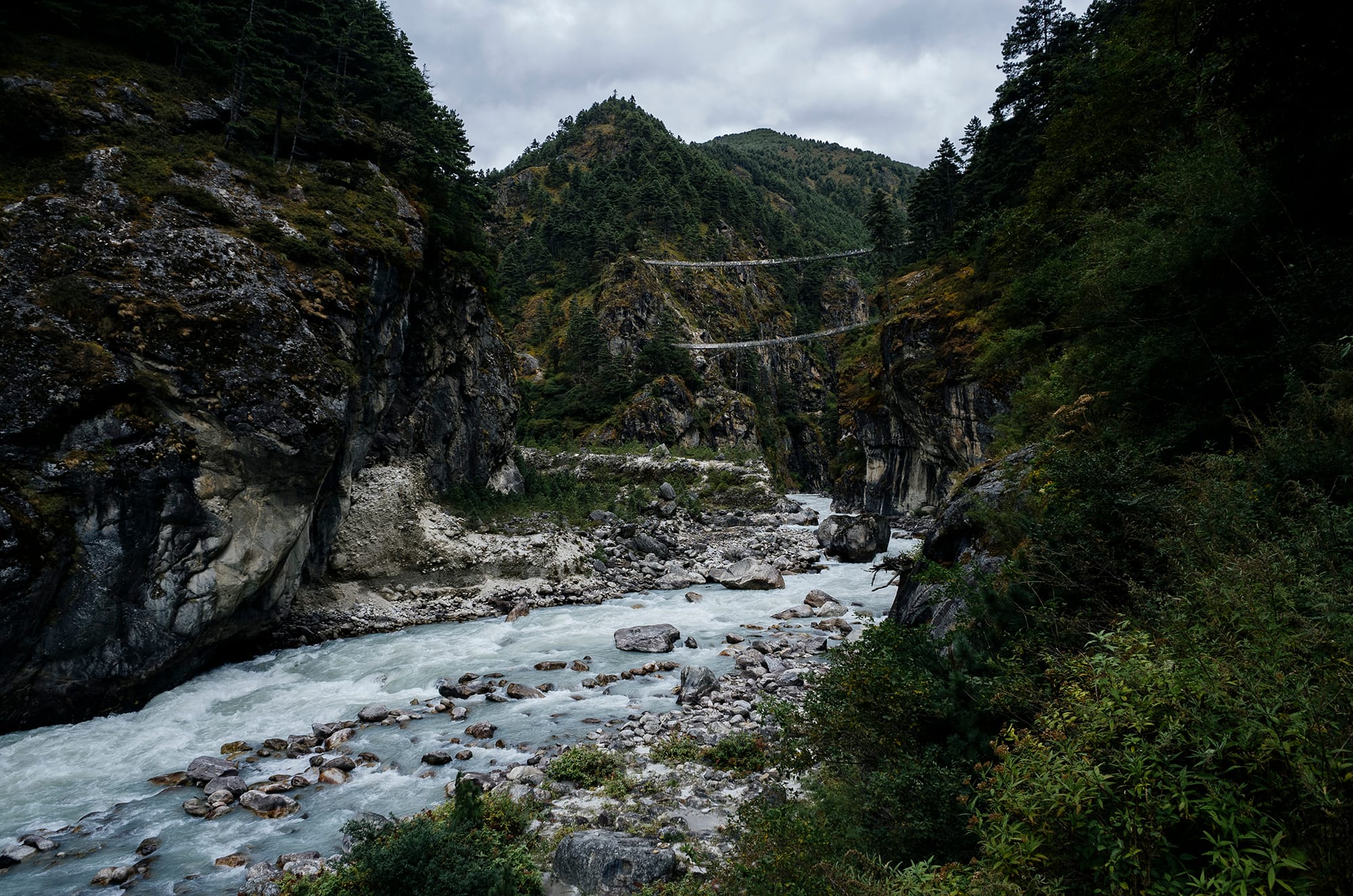
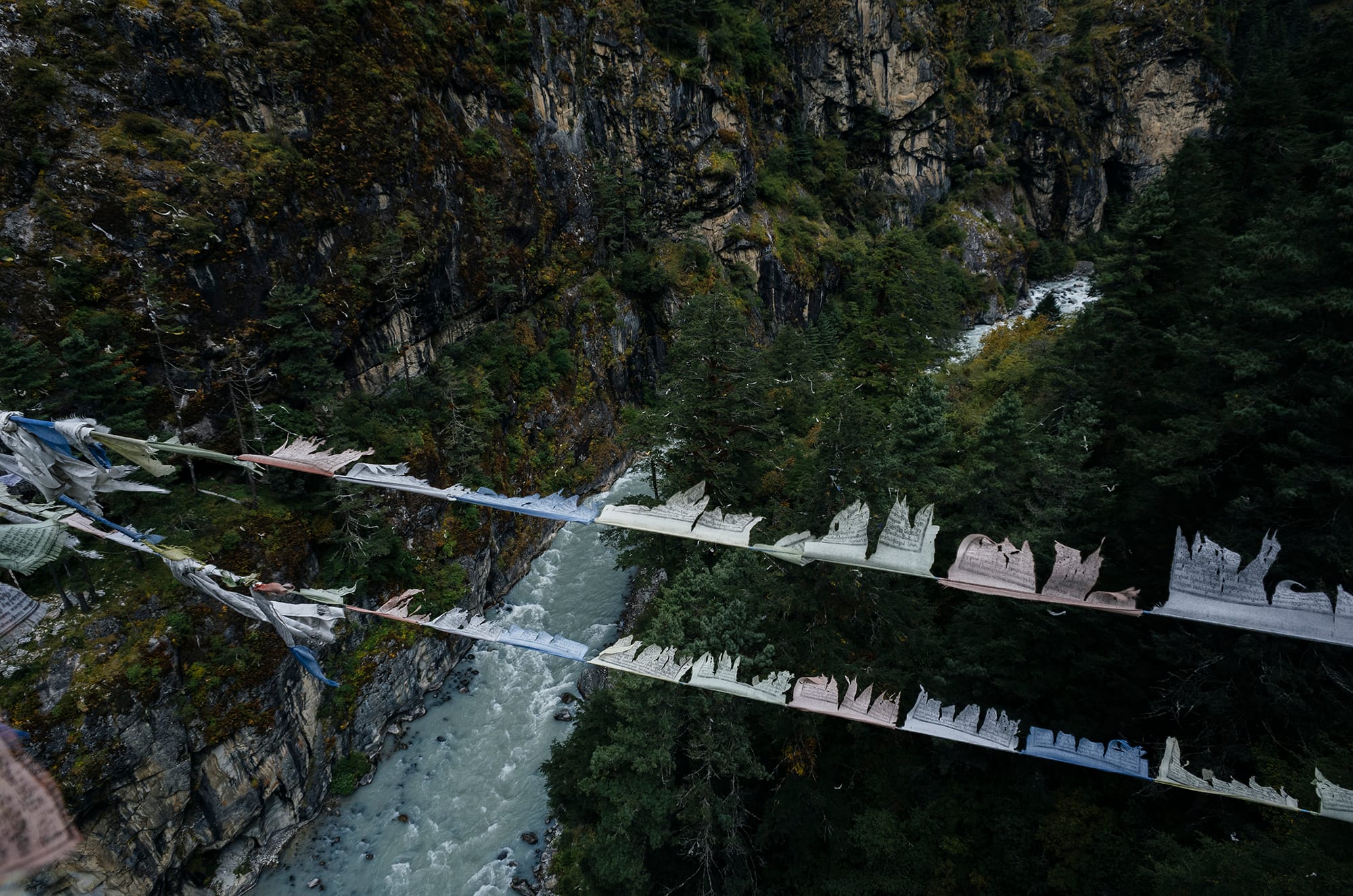
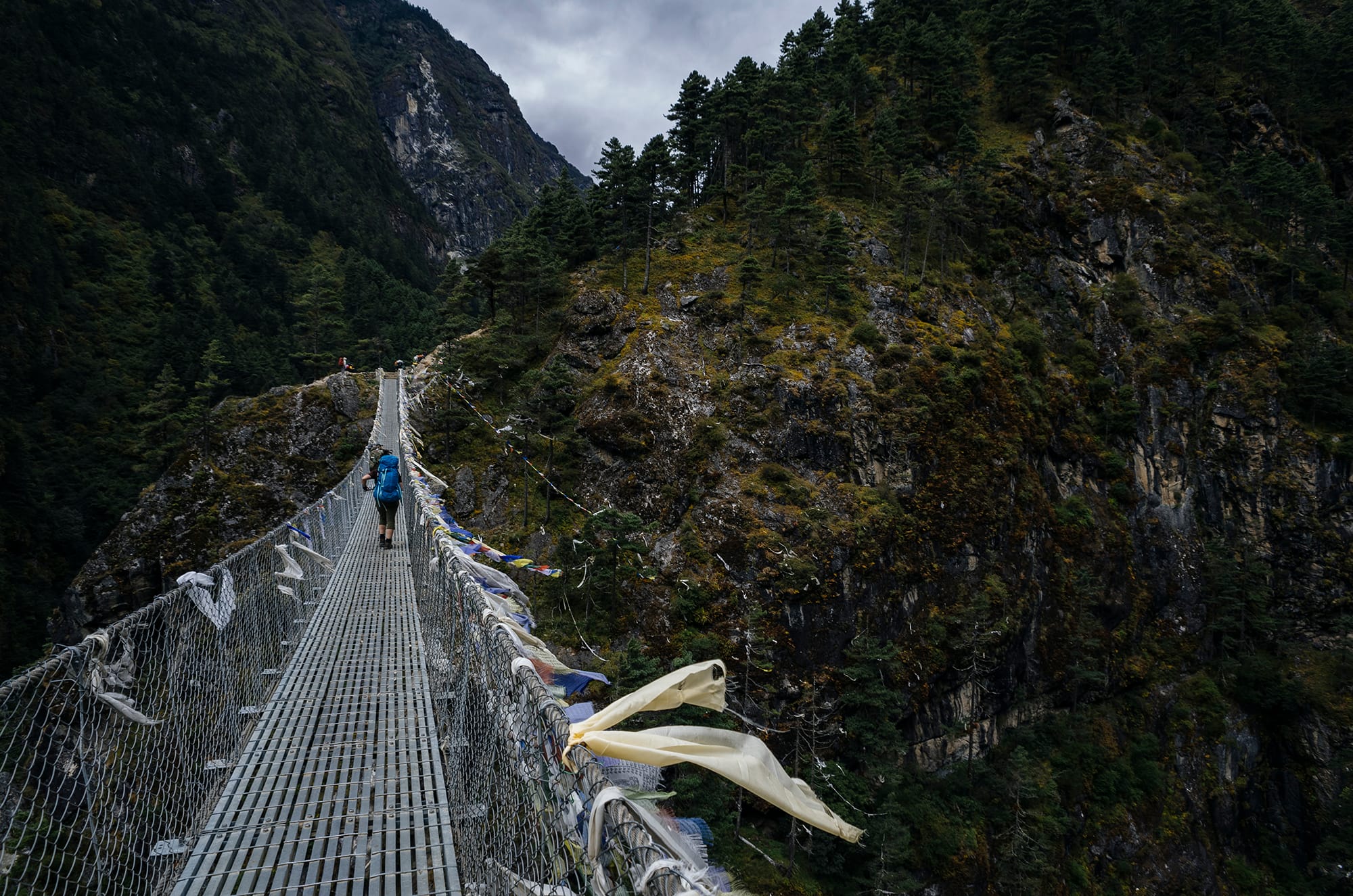
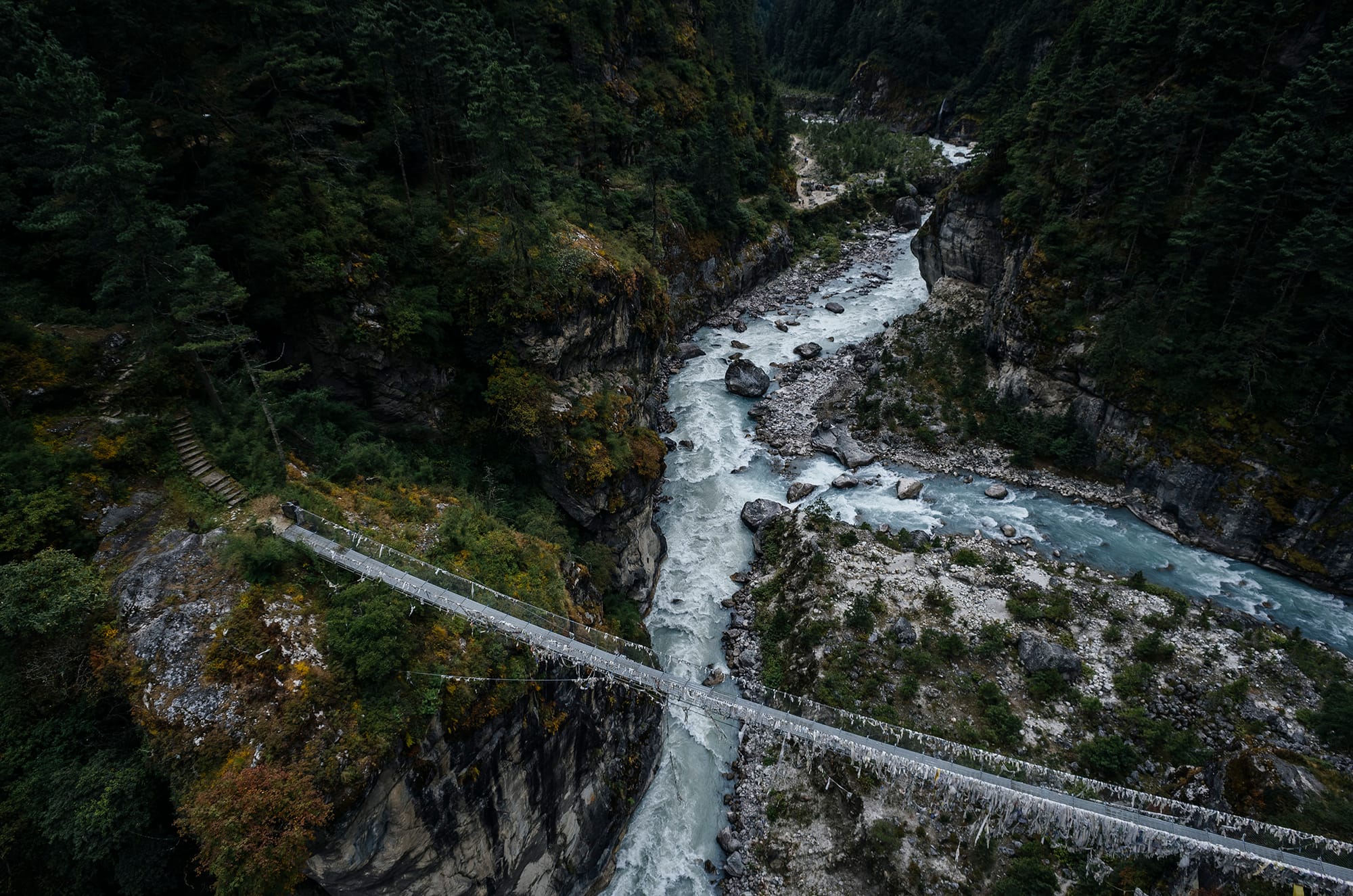
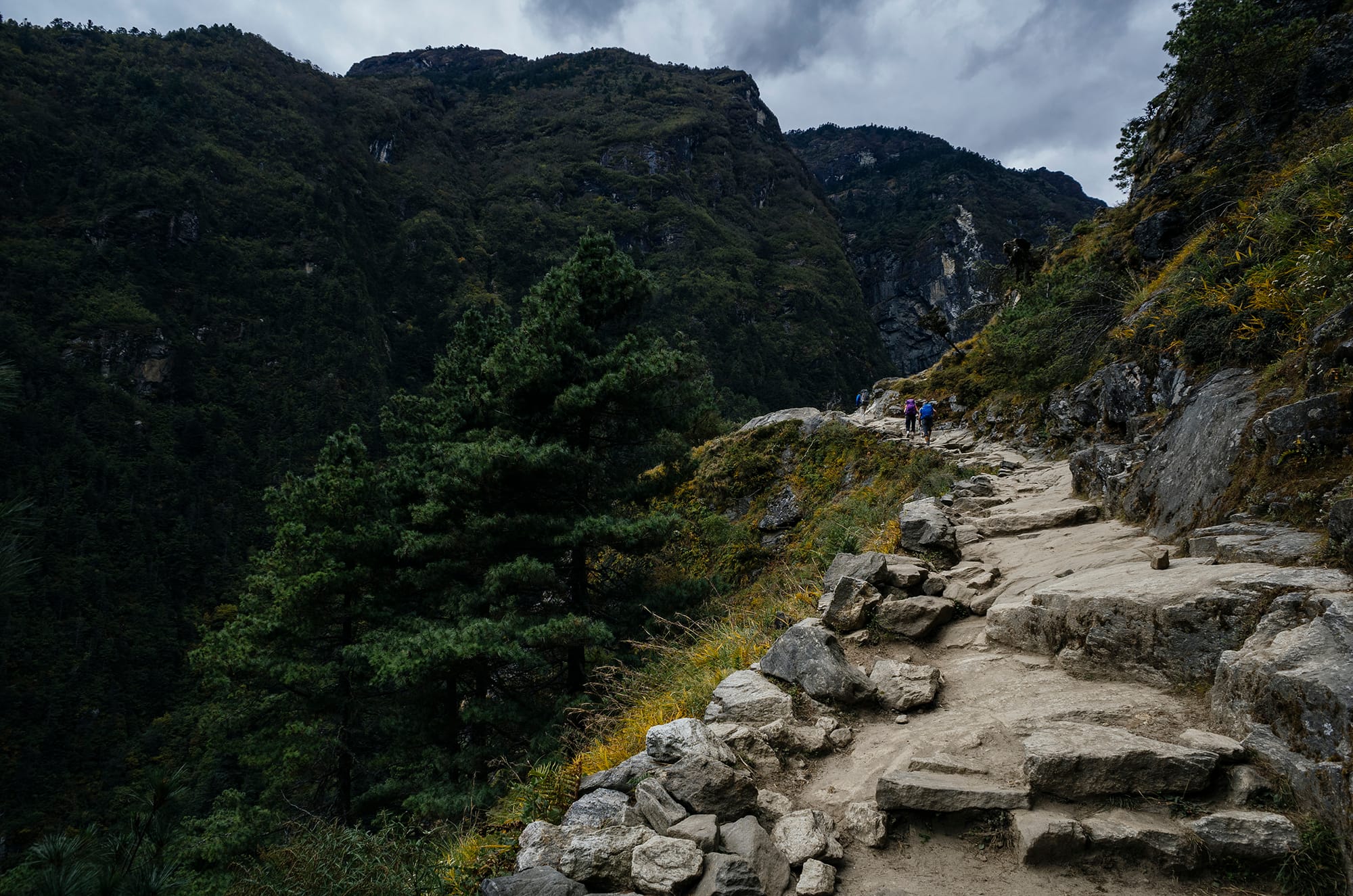
Day 3: Namche to Tengboche
Time: 3.5hrs hiking
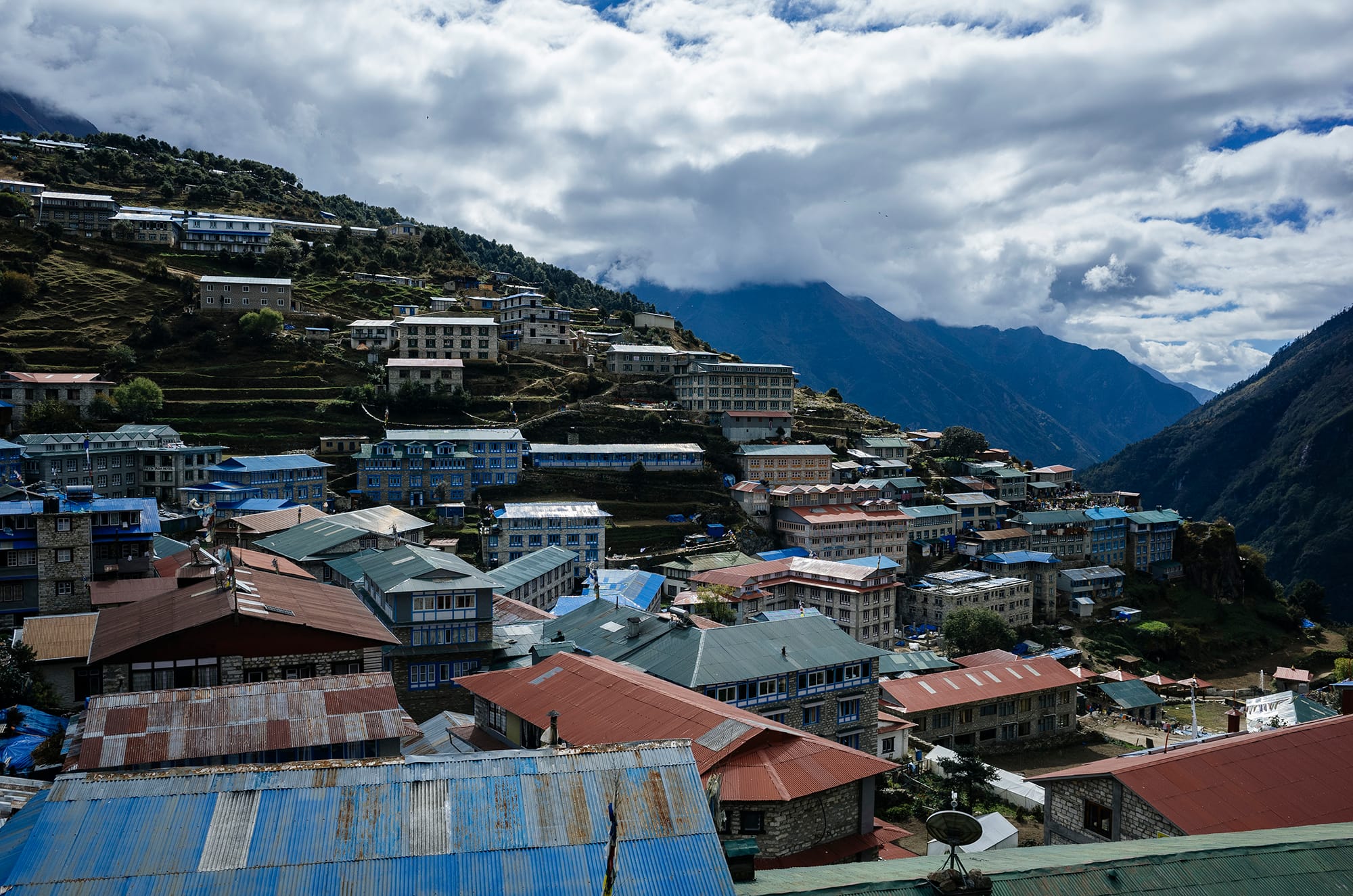
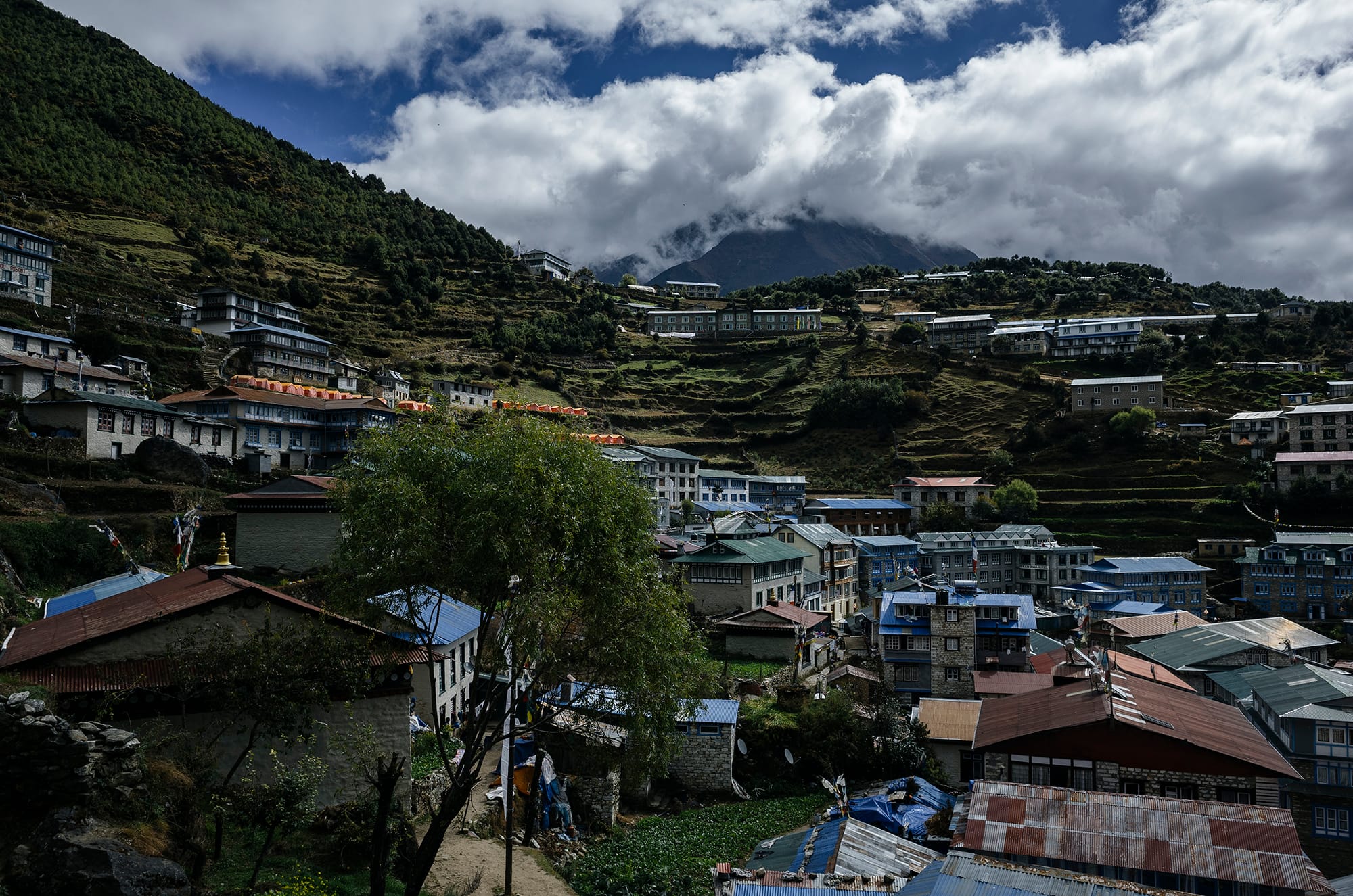
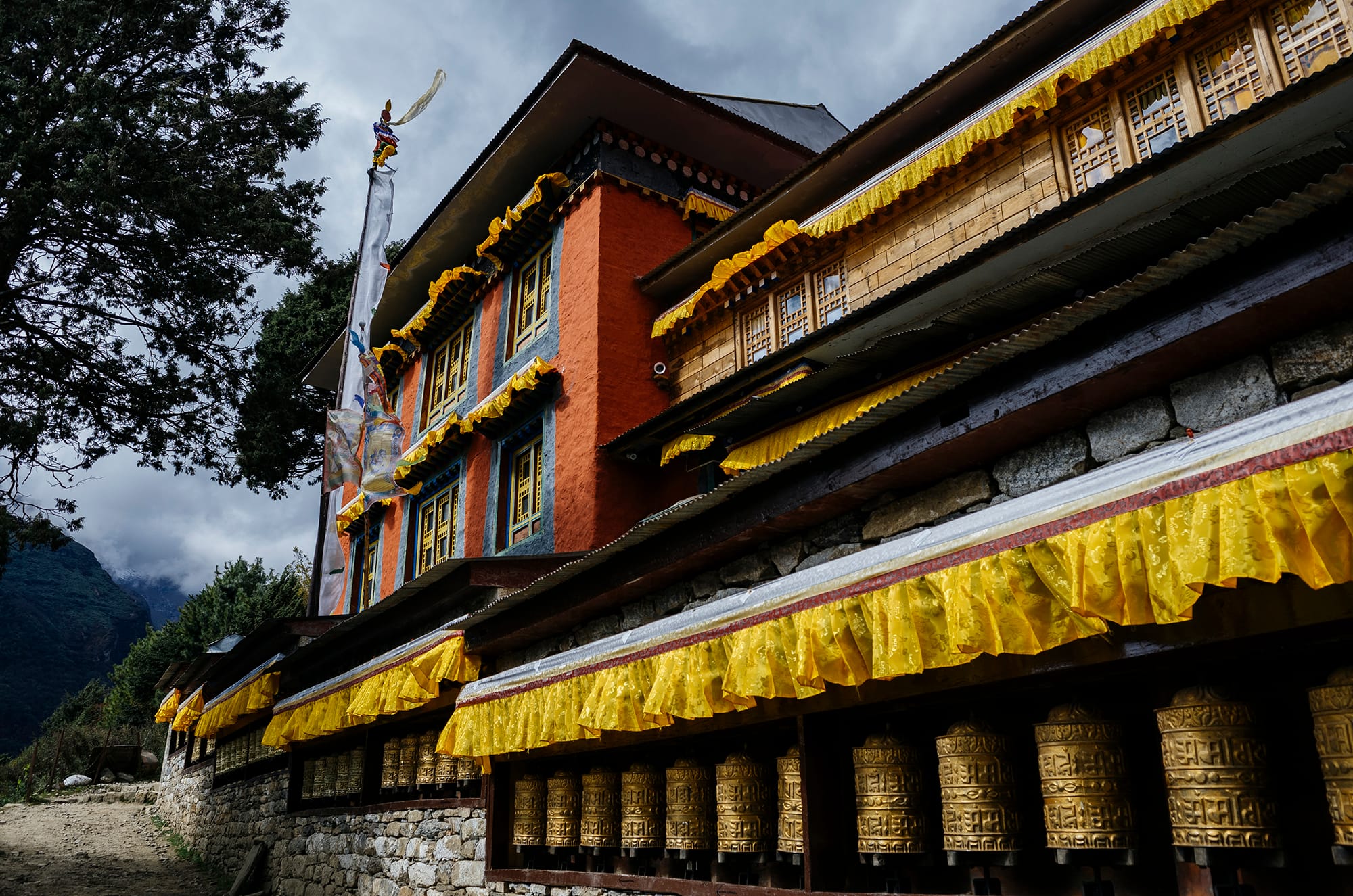
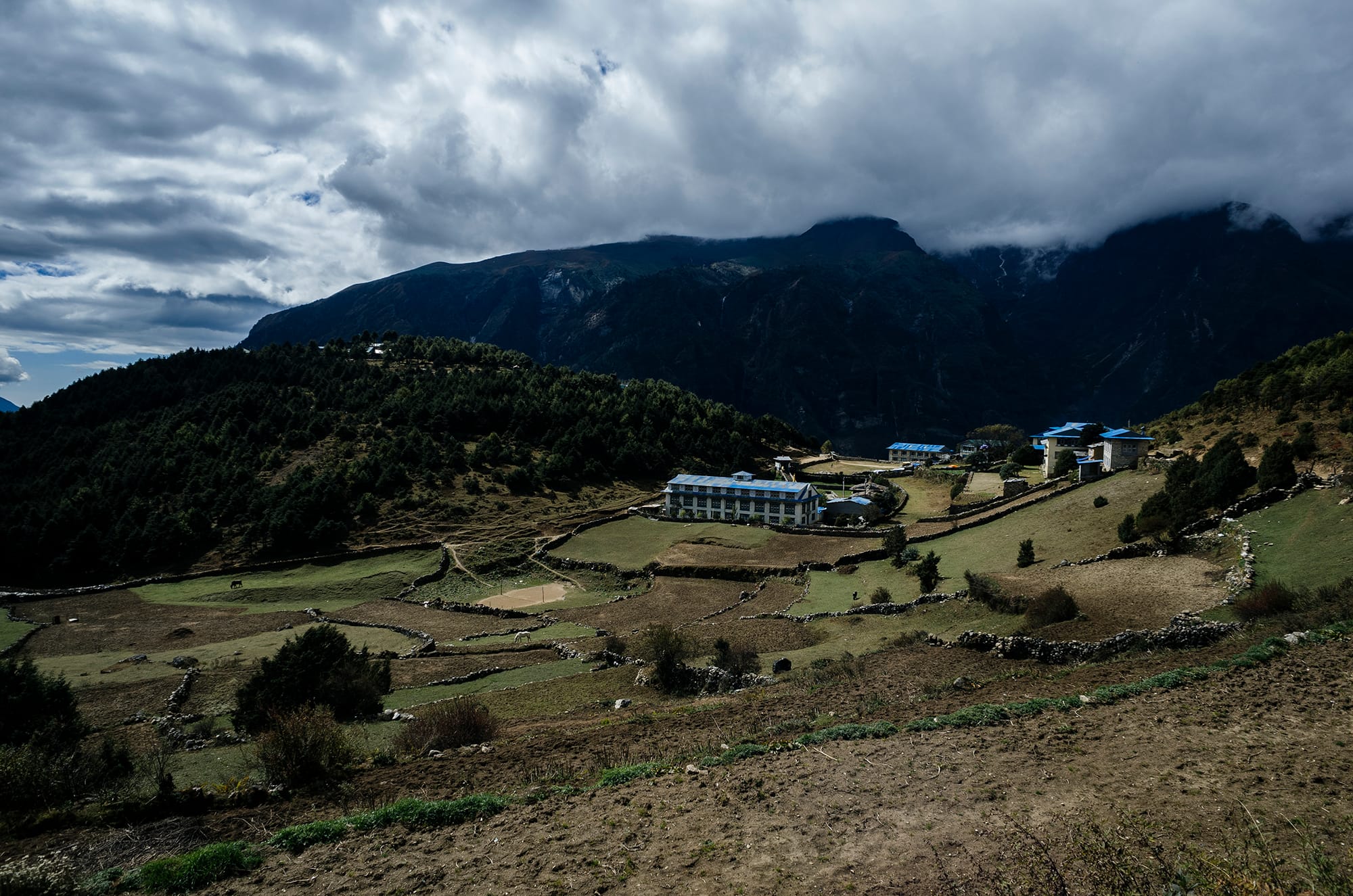
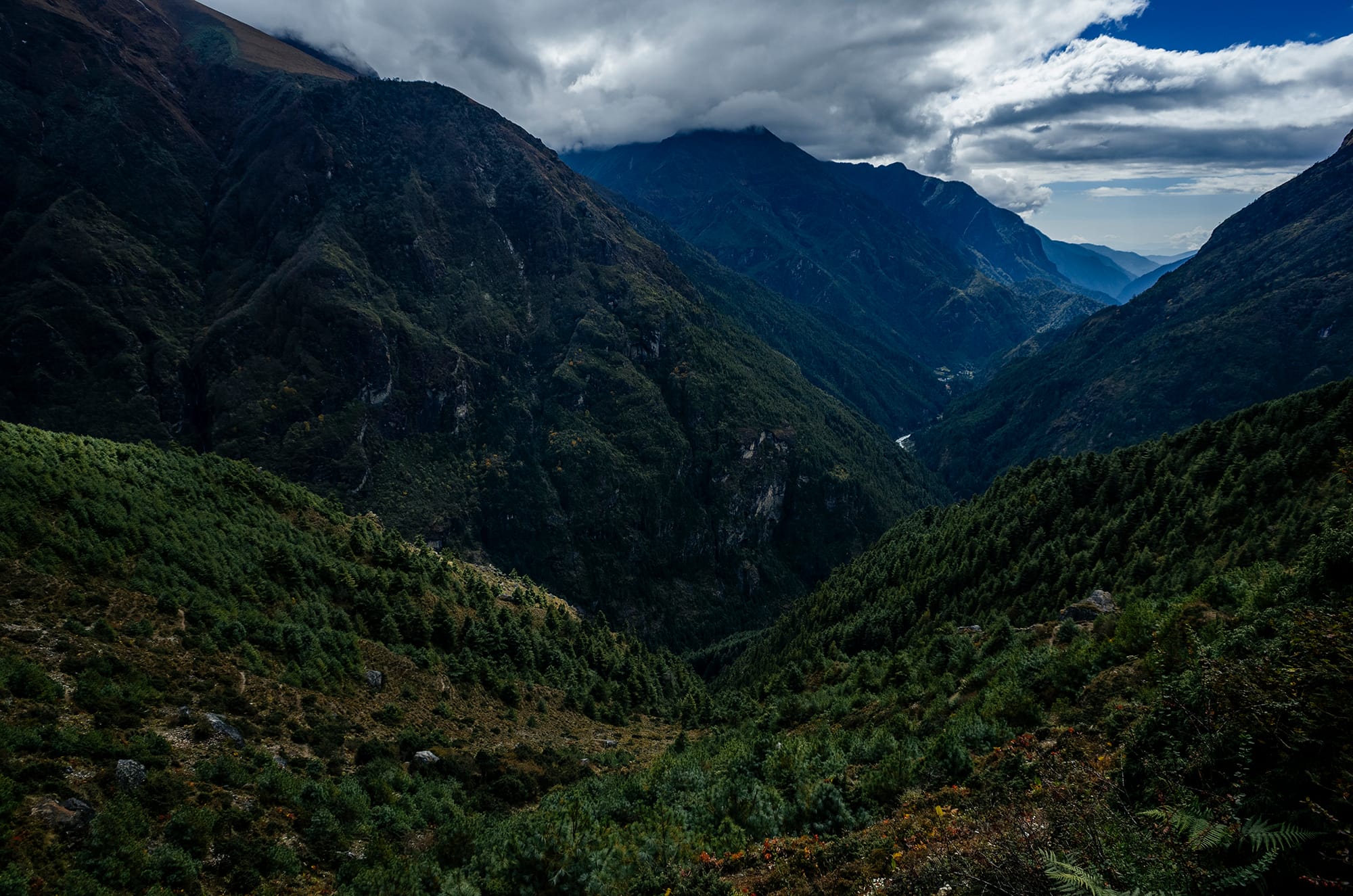
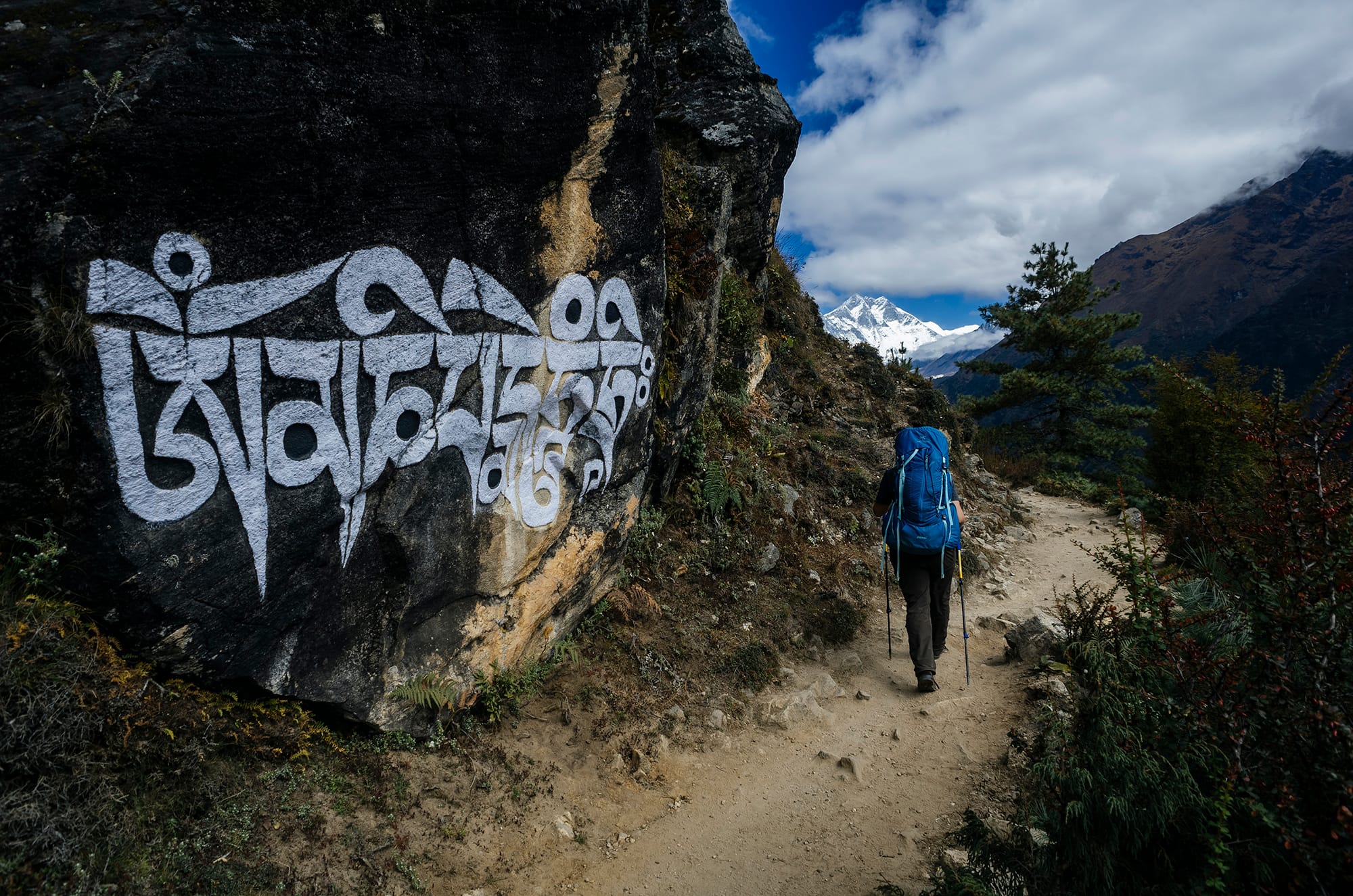
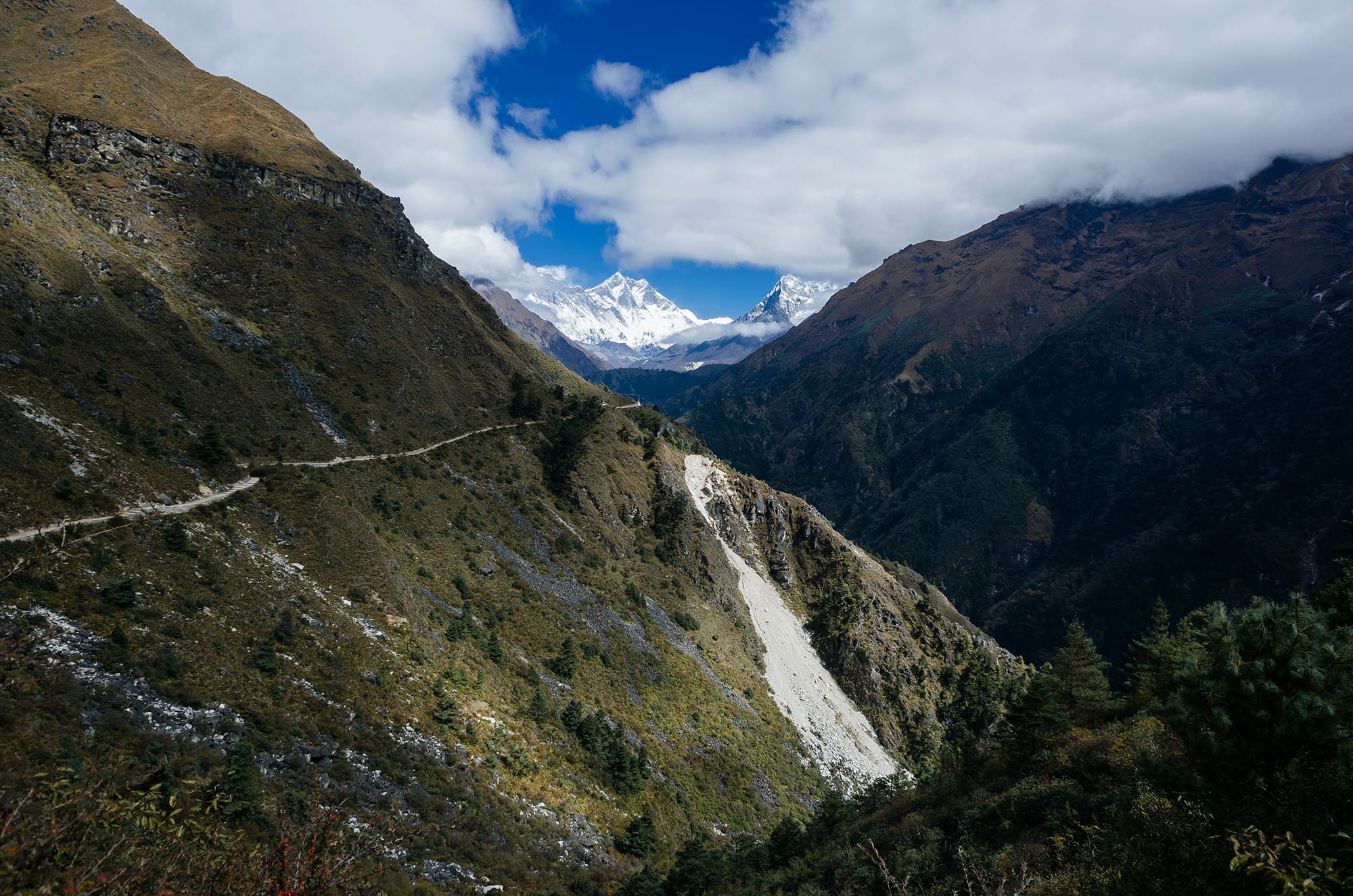
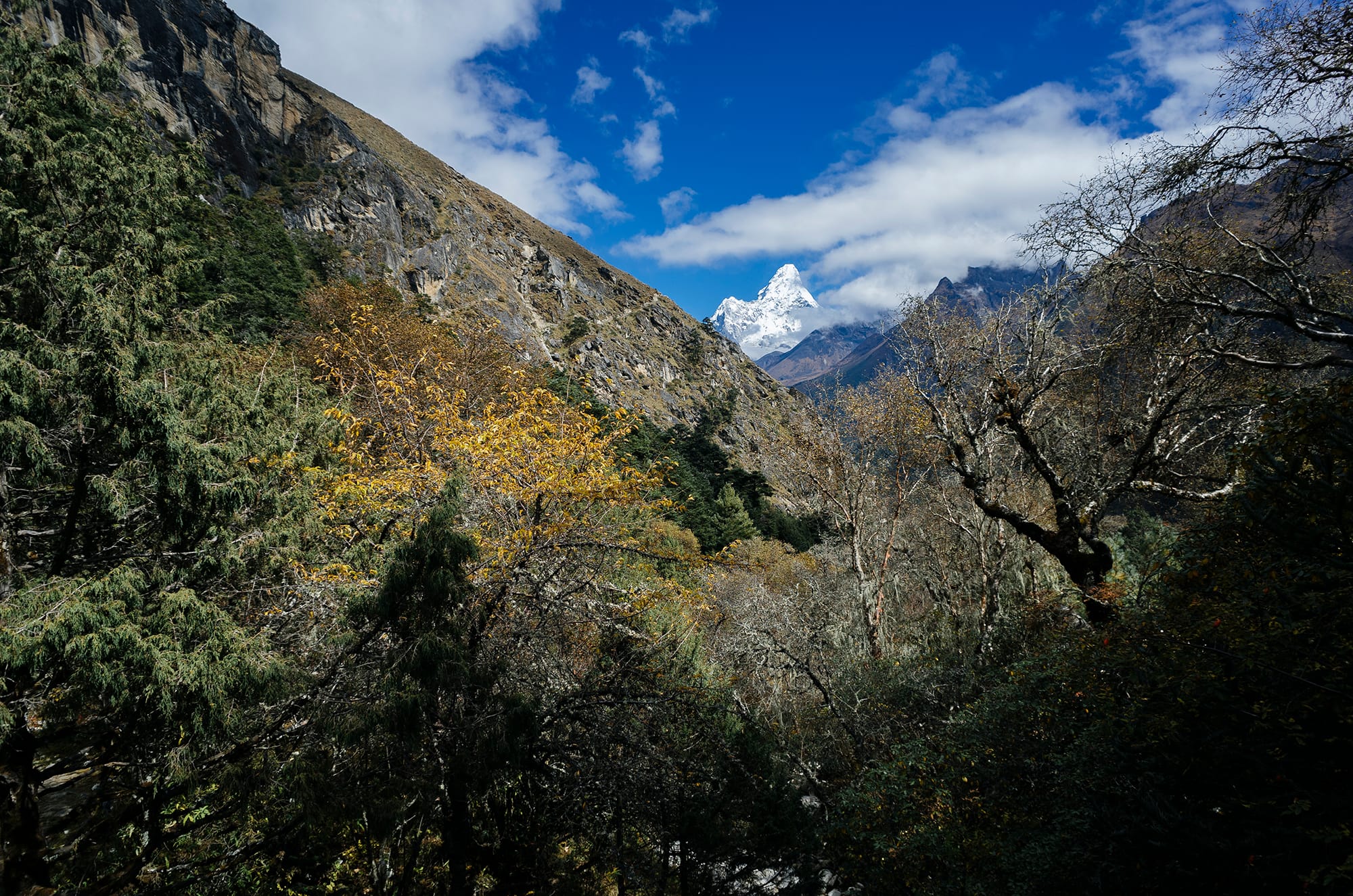
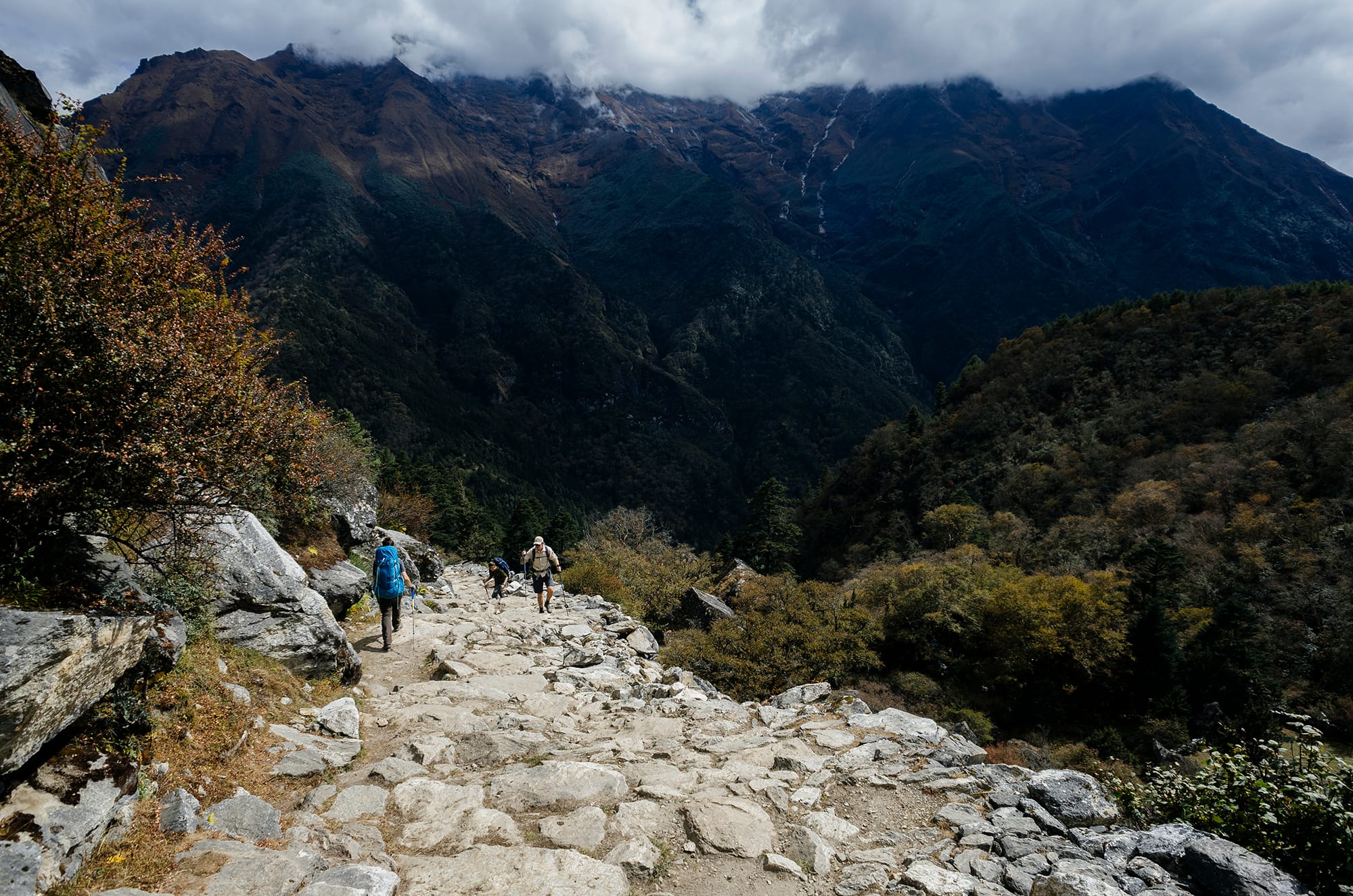
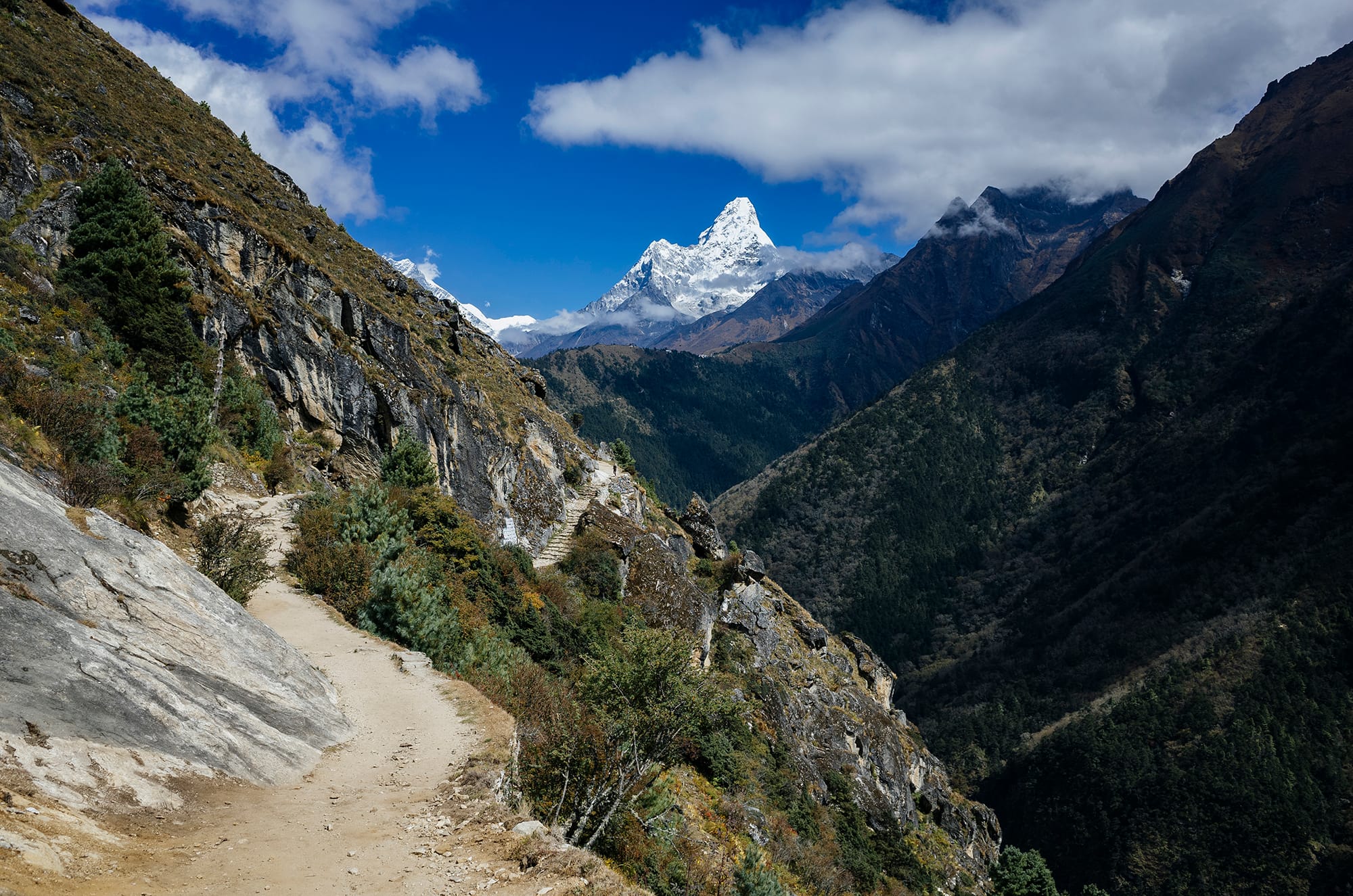
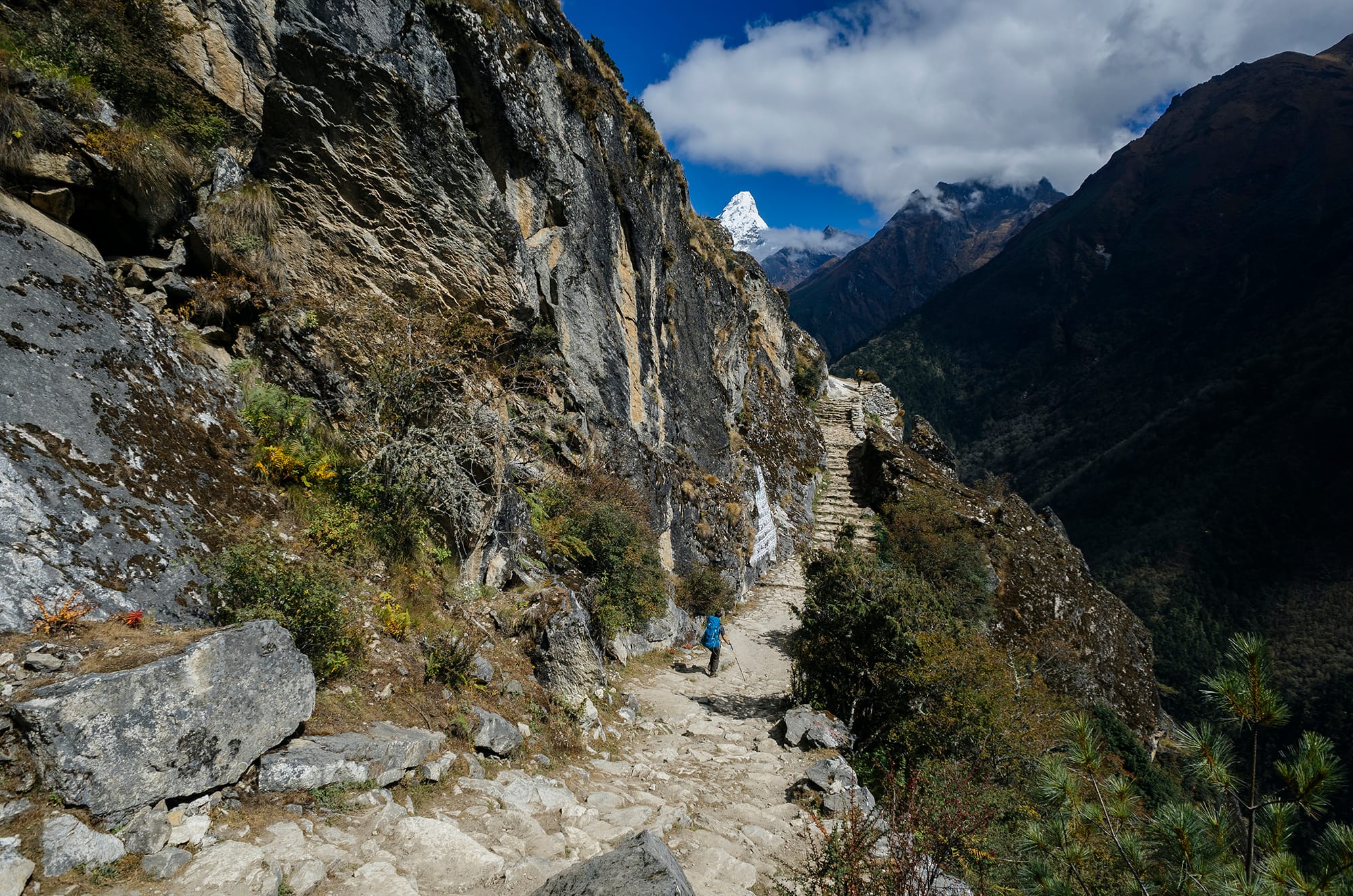
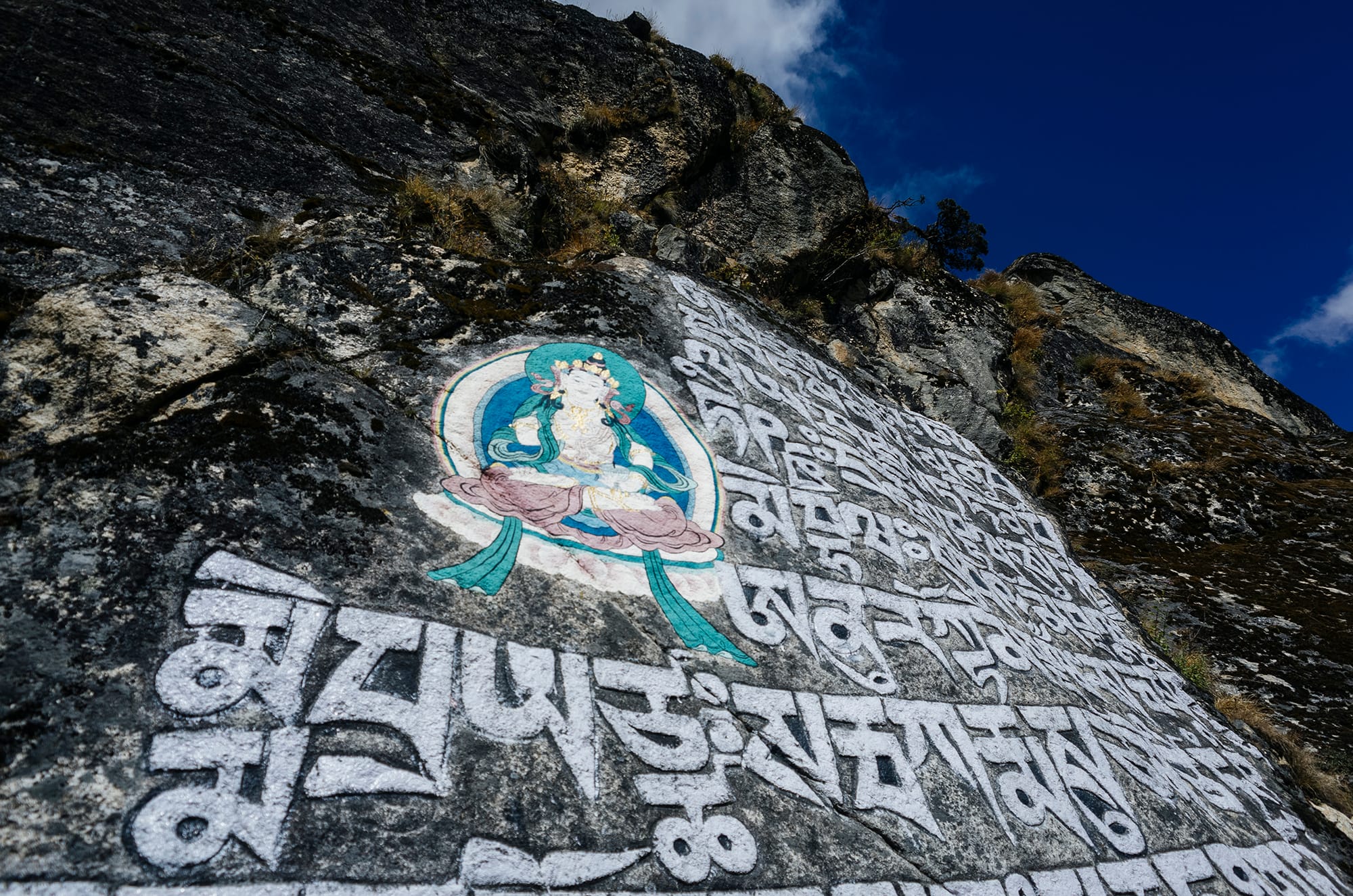
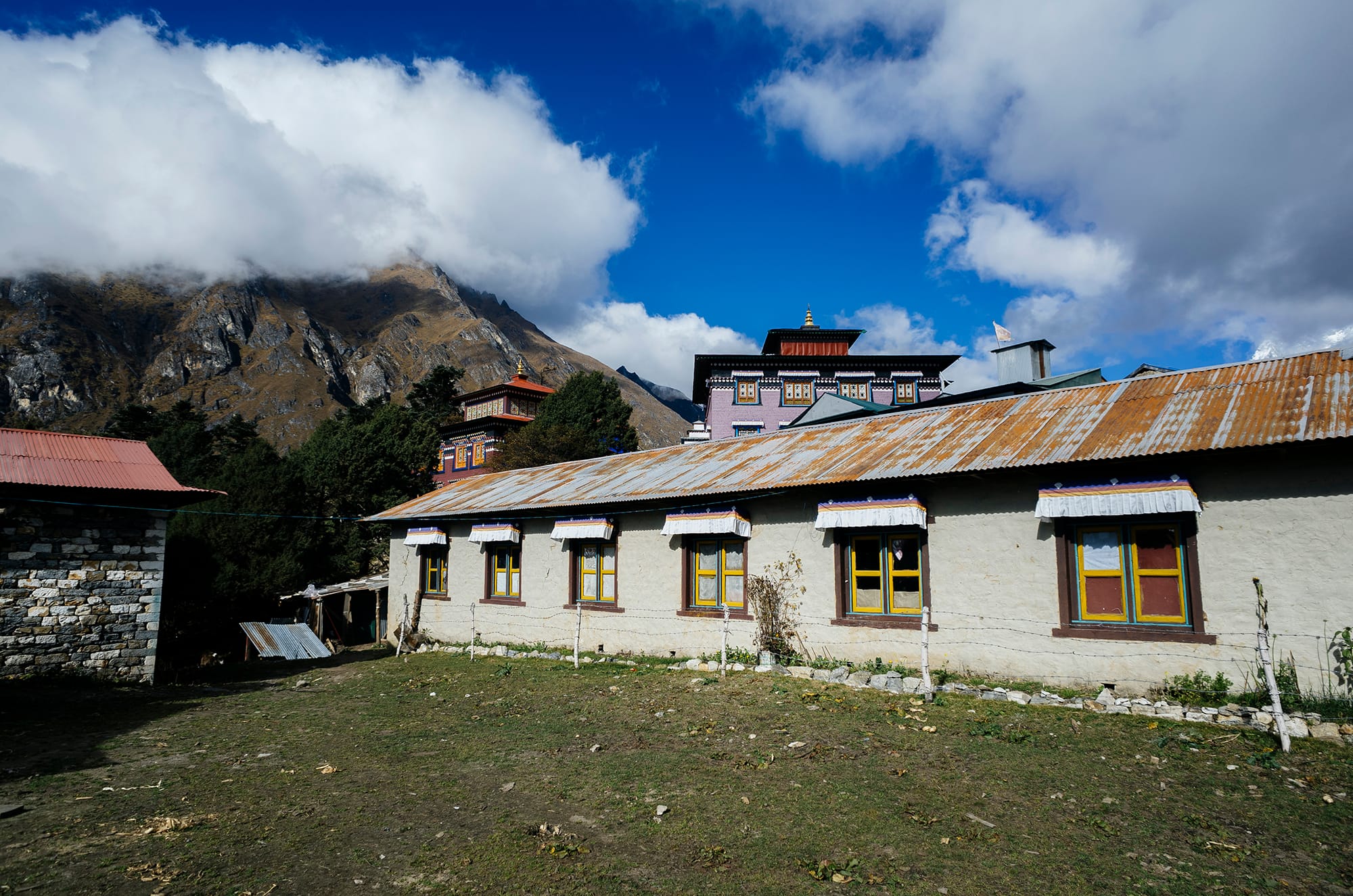
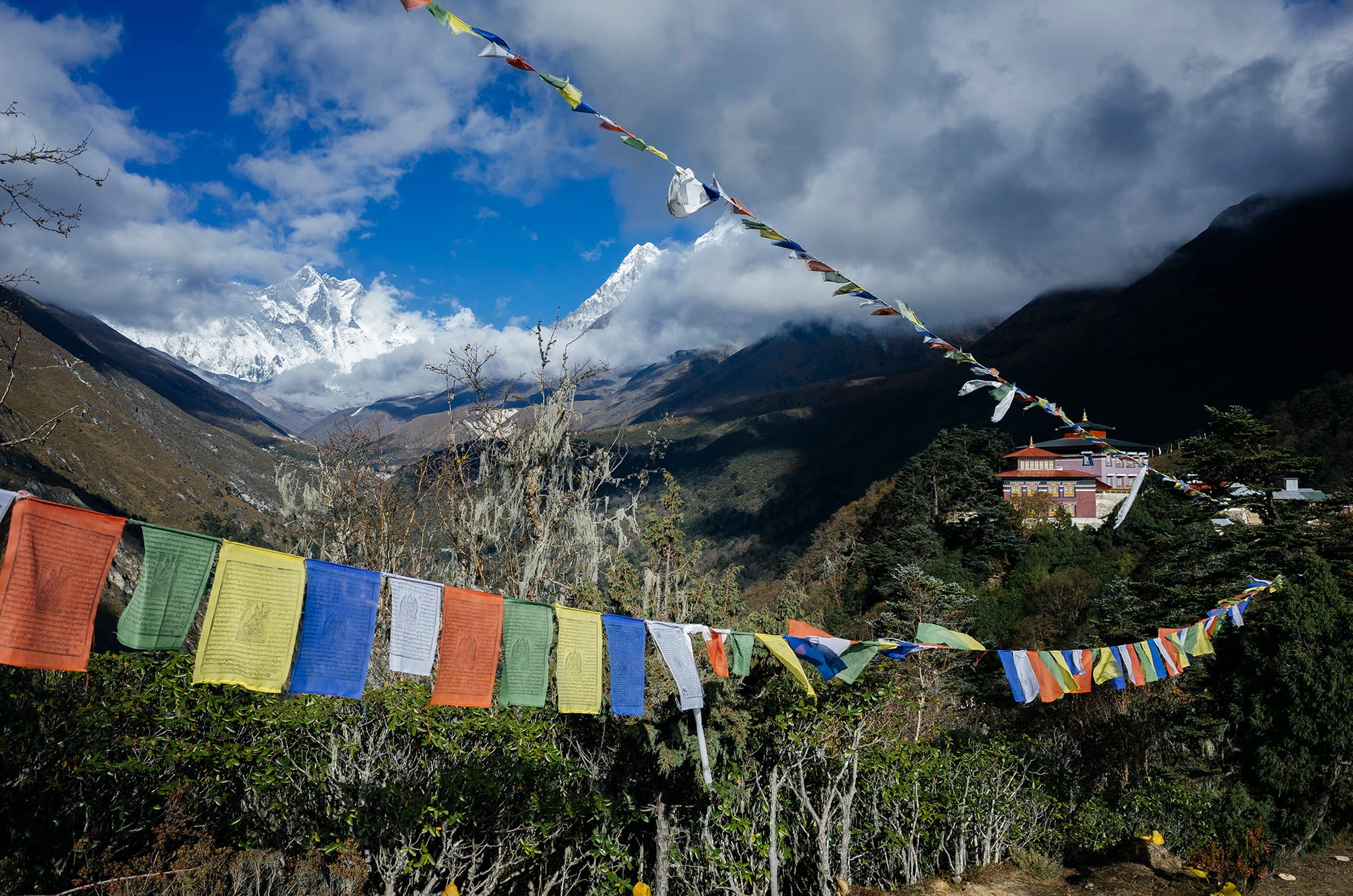
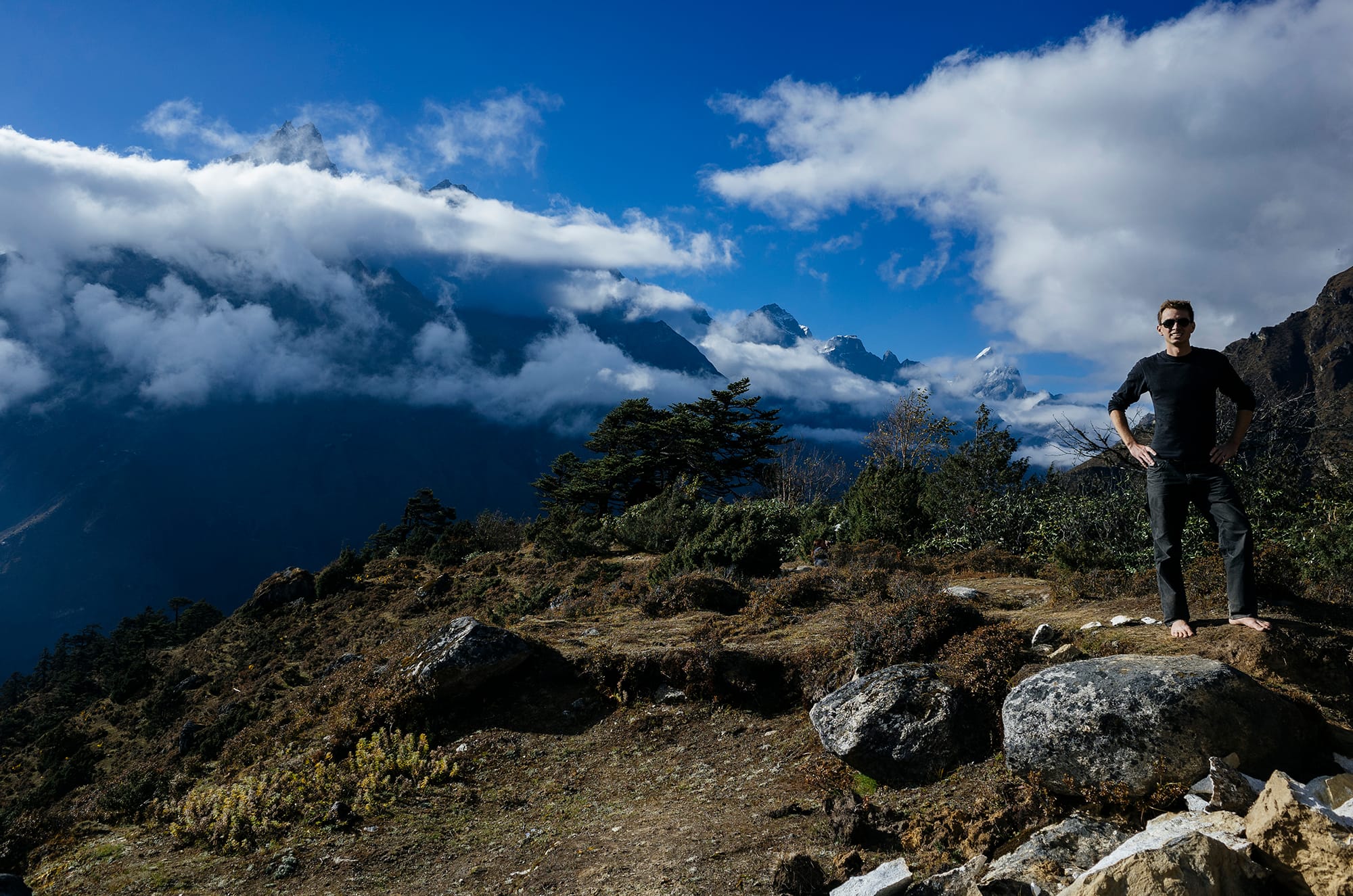
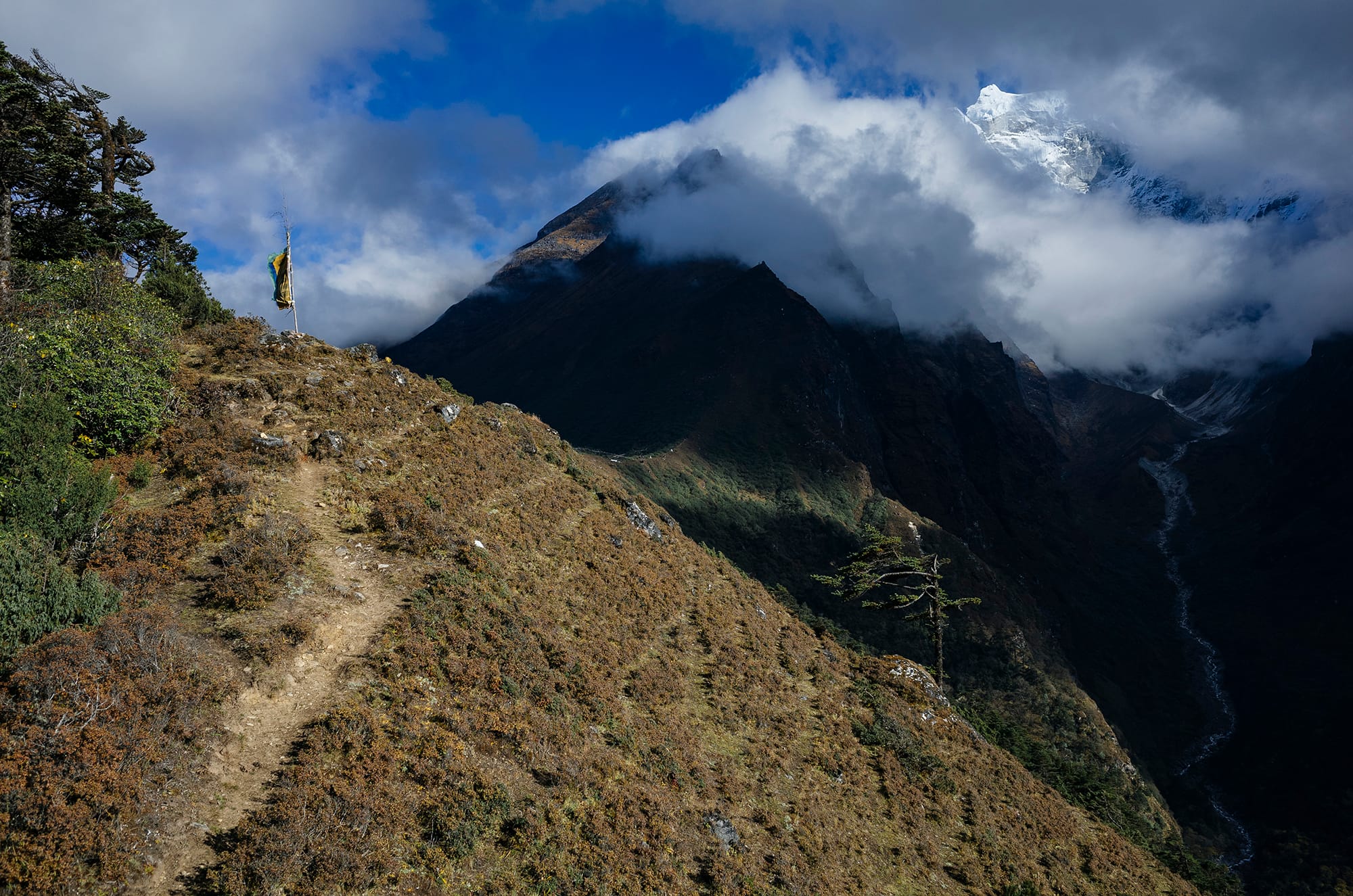
Day 4: Tengboche to Dingboche
Time: 4hrs hiking
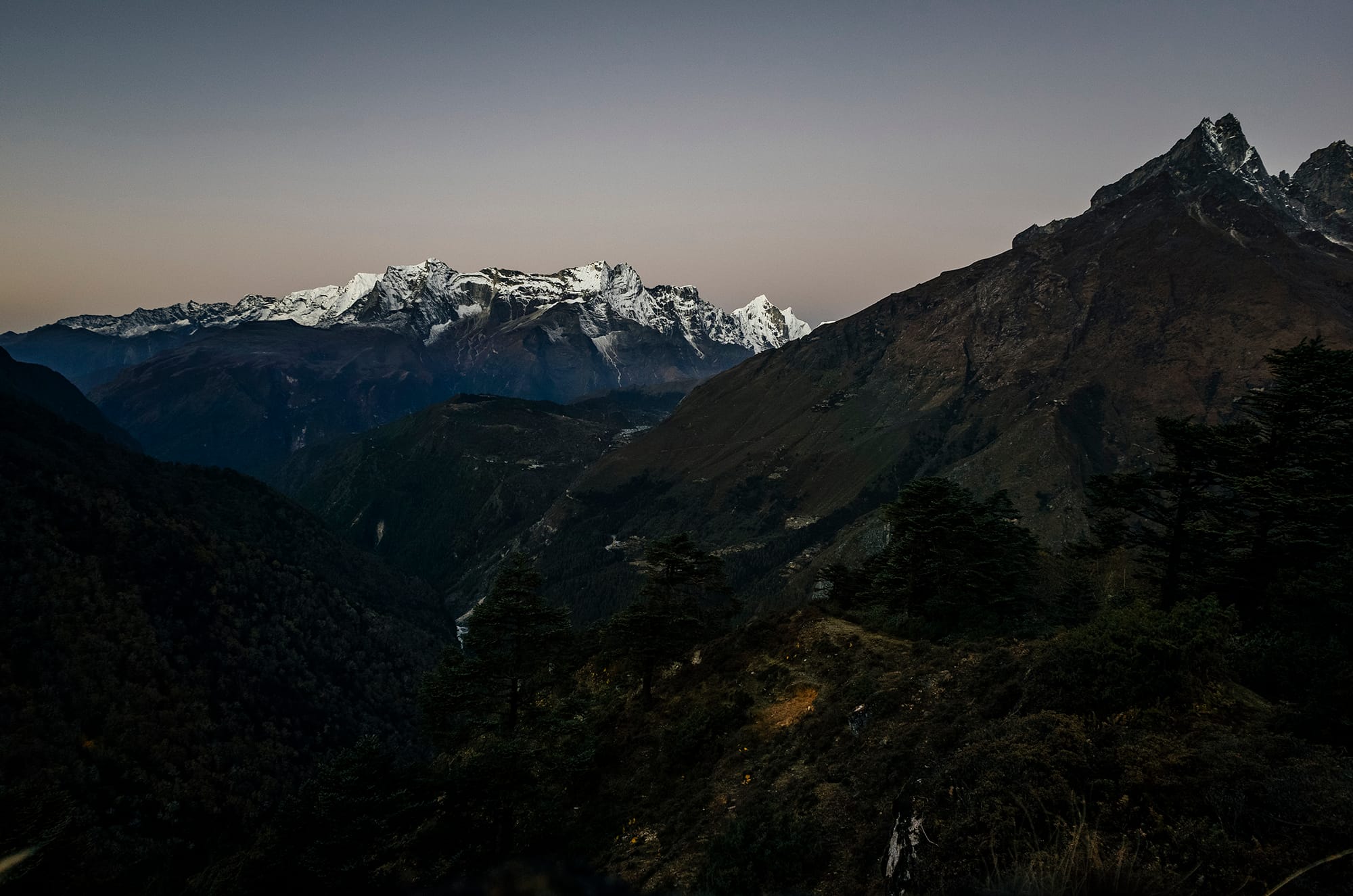

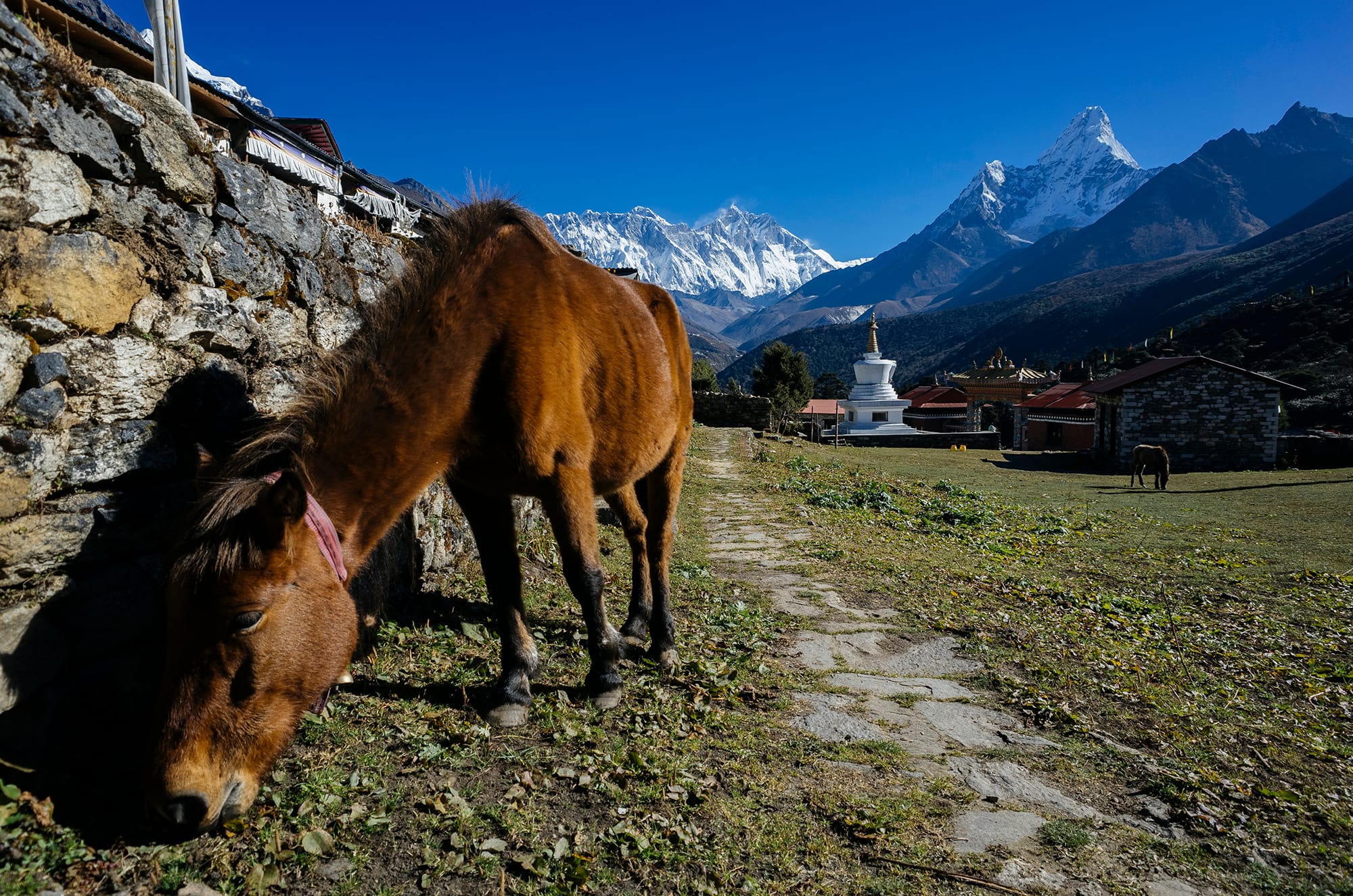
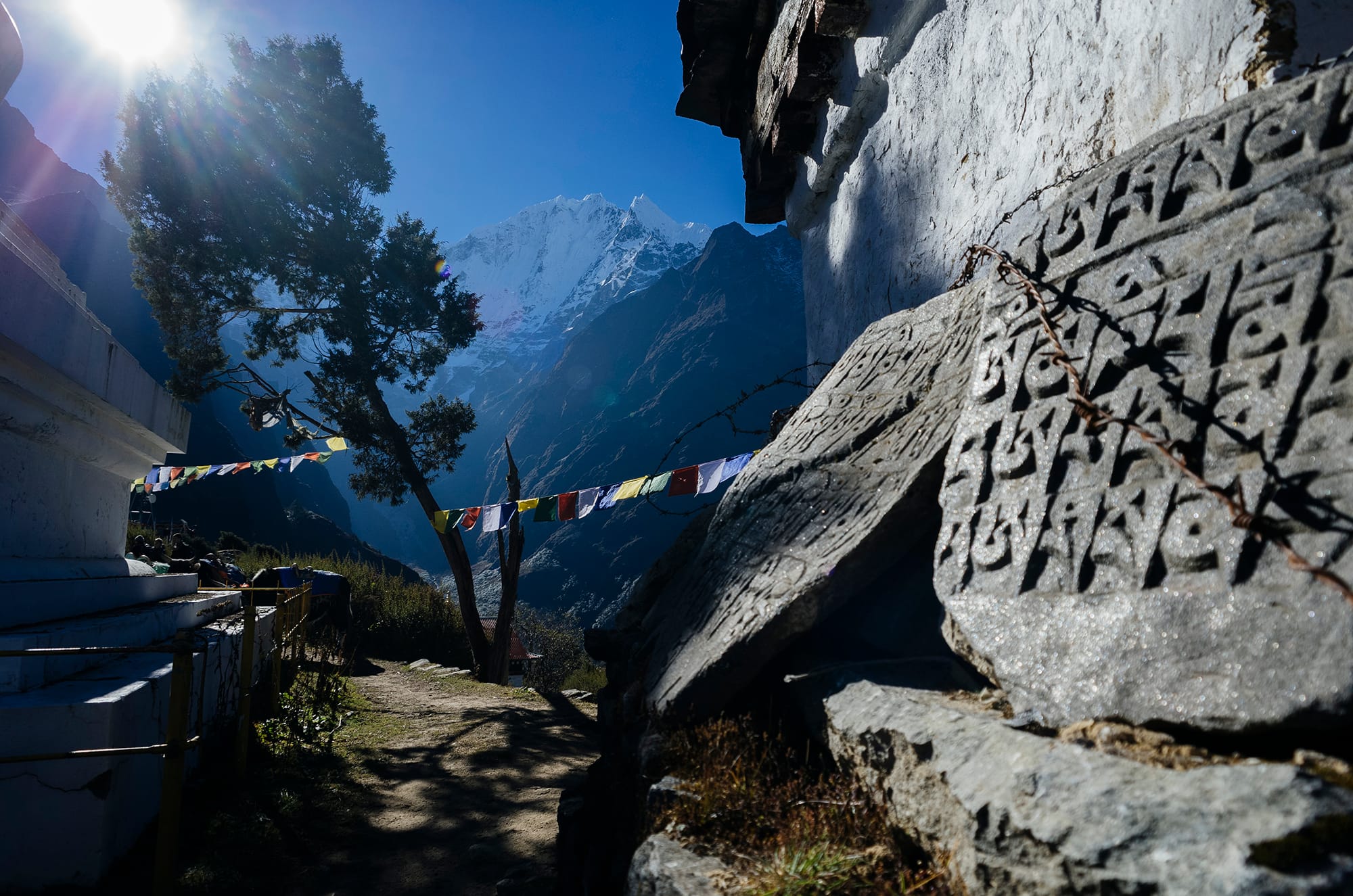
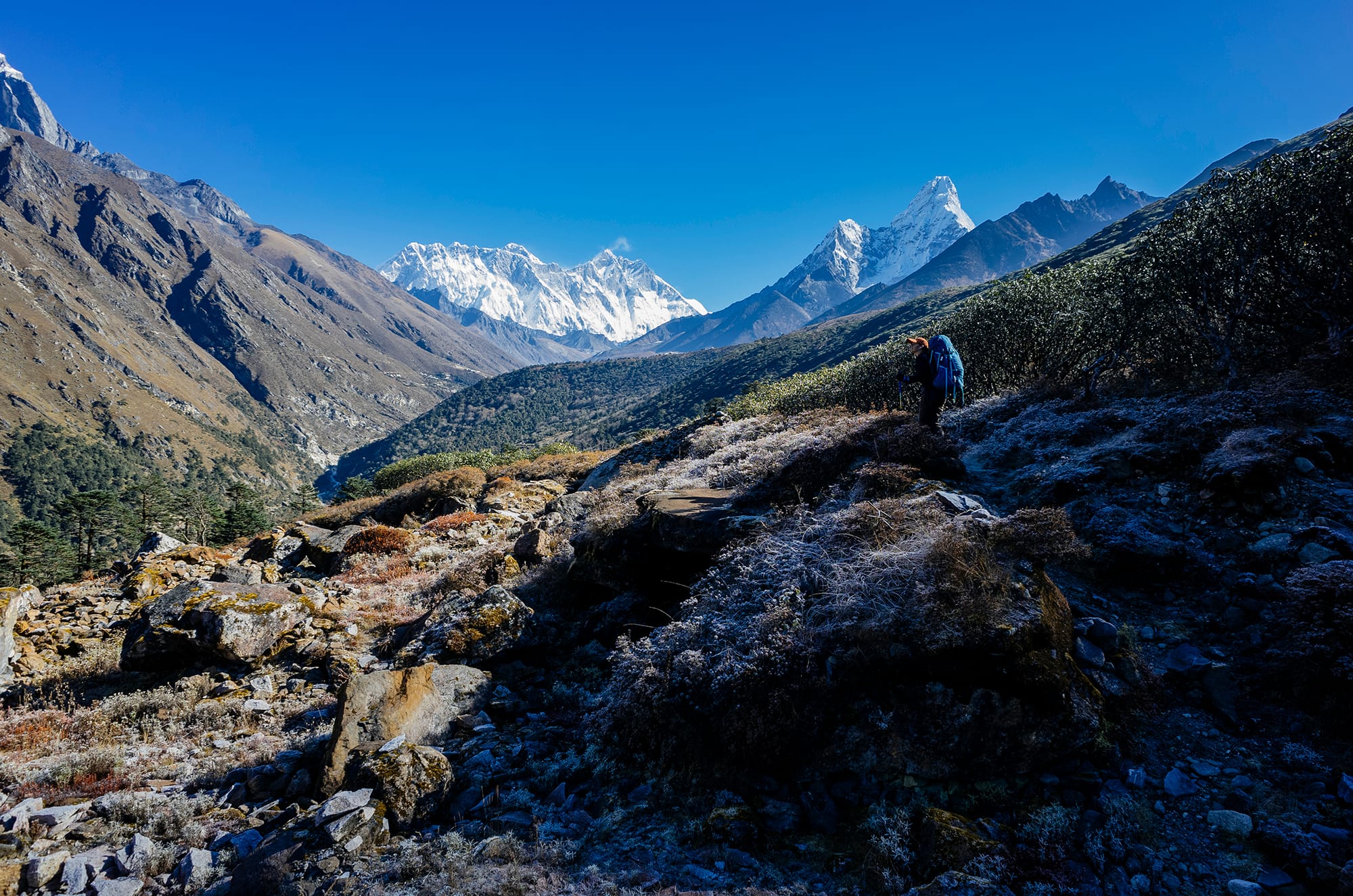
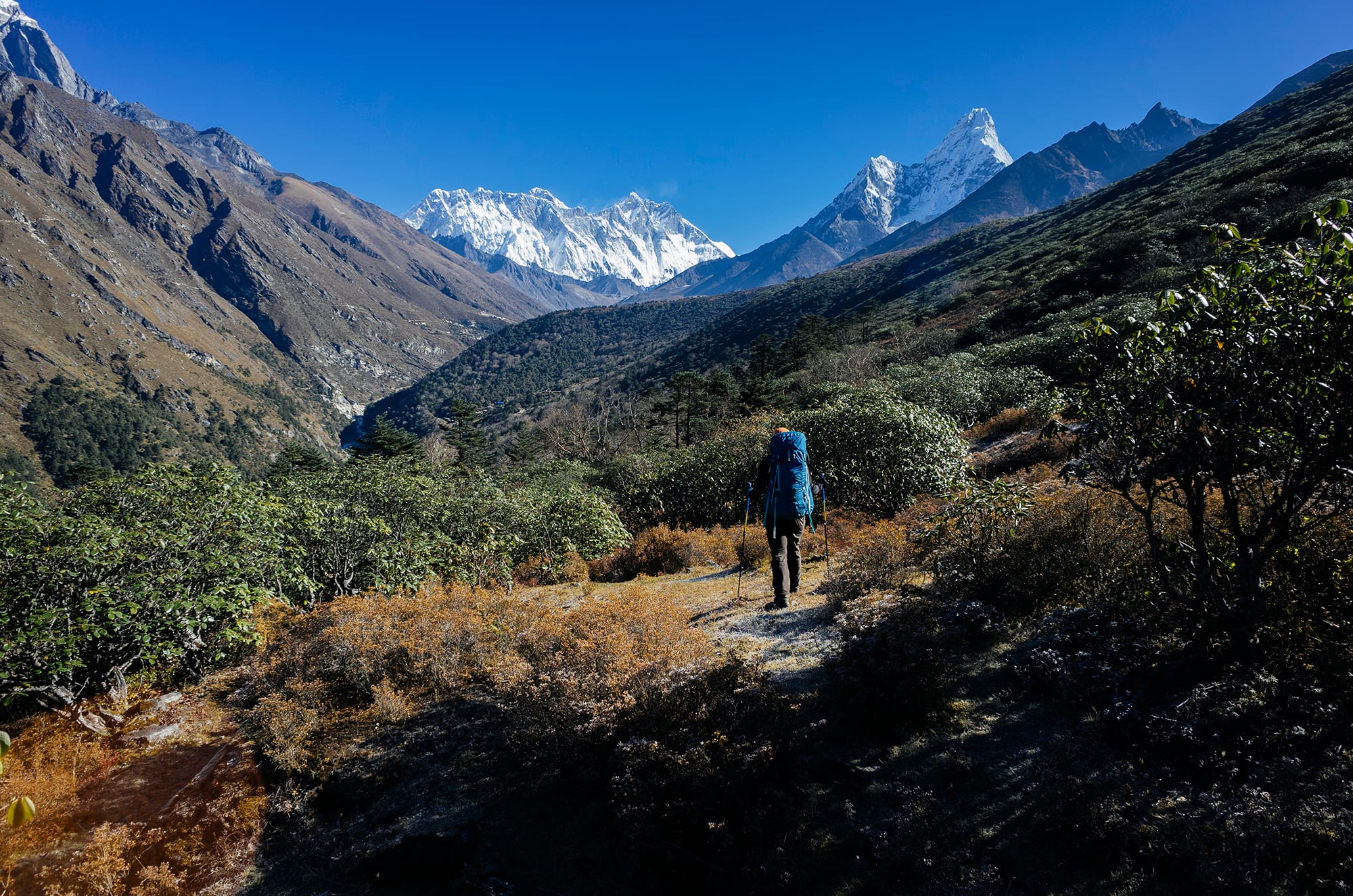
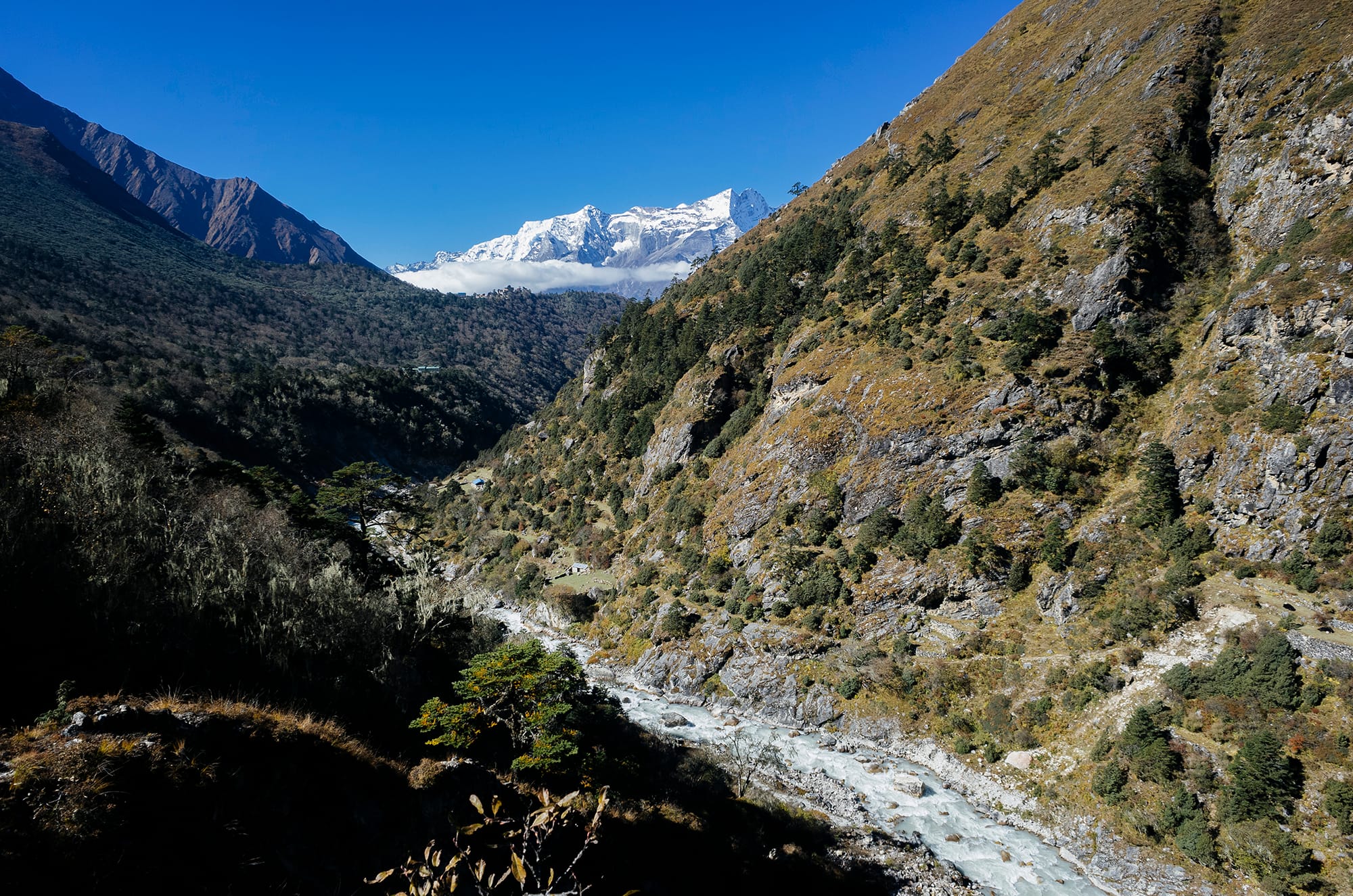
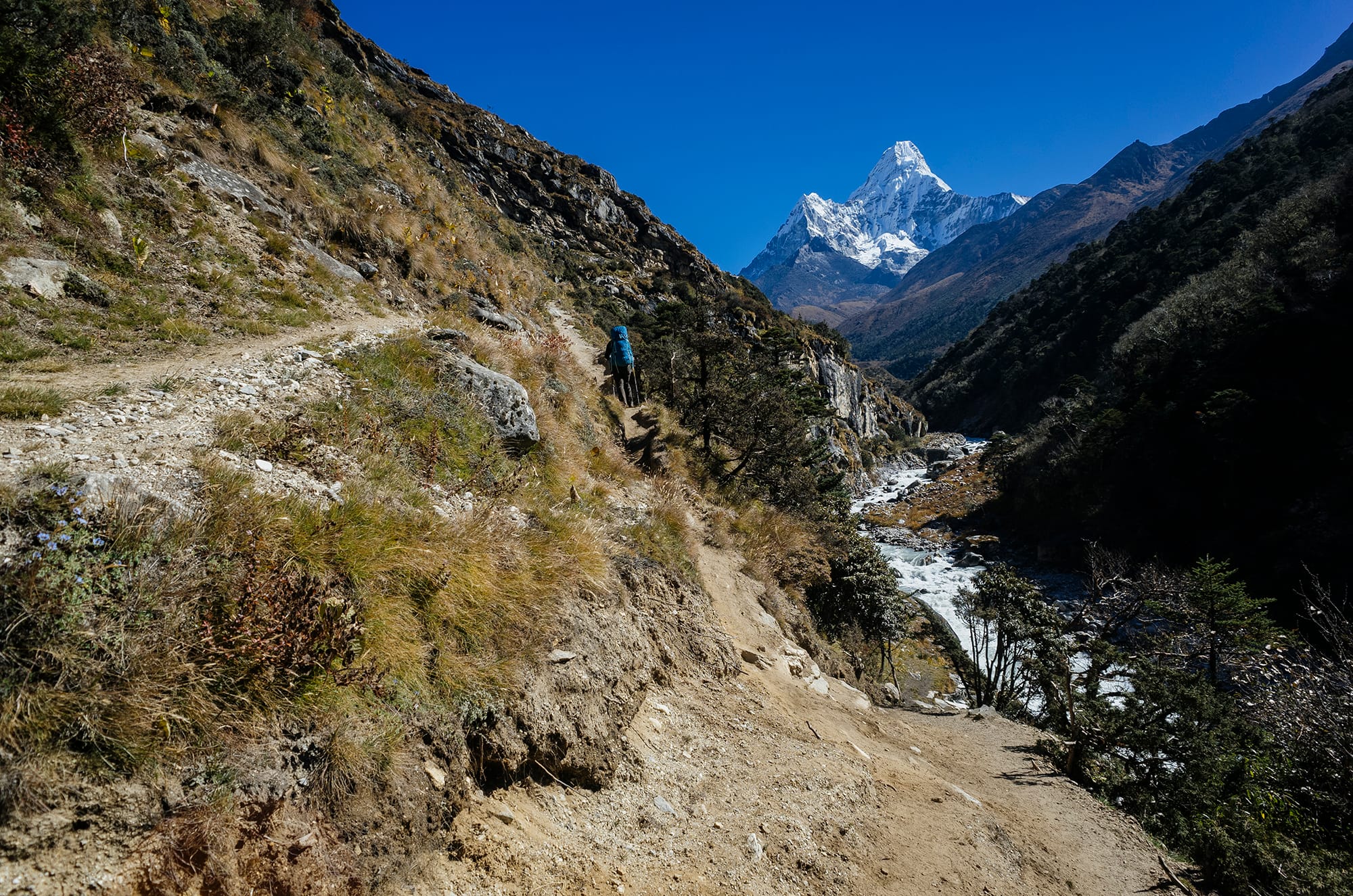
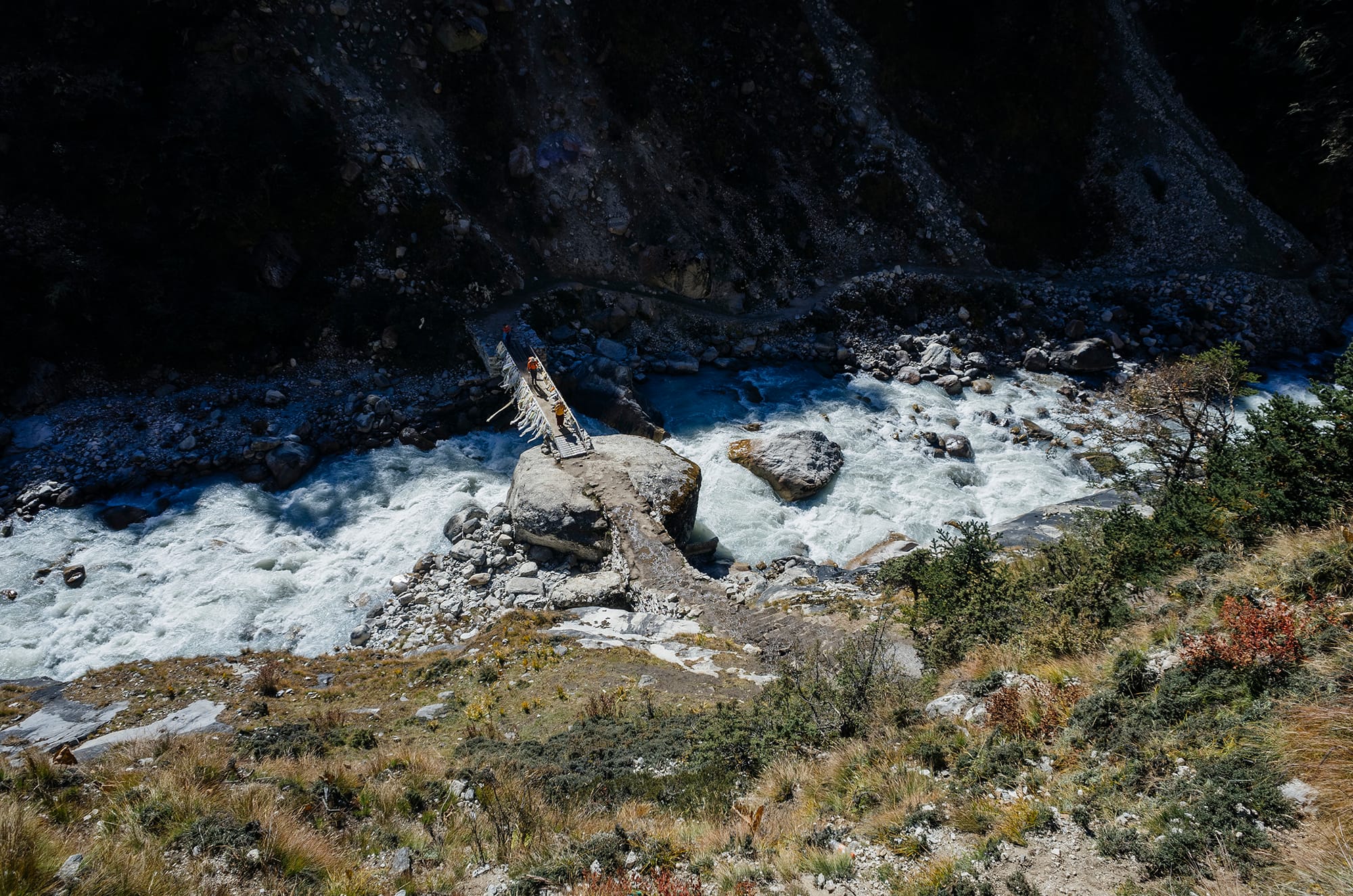
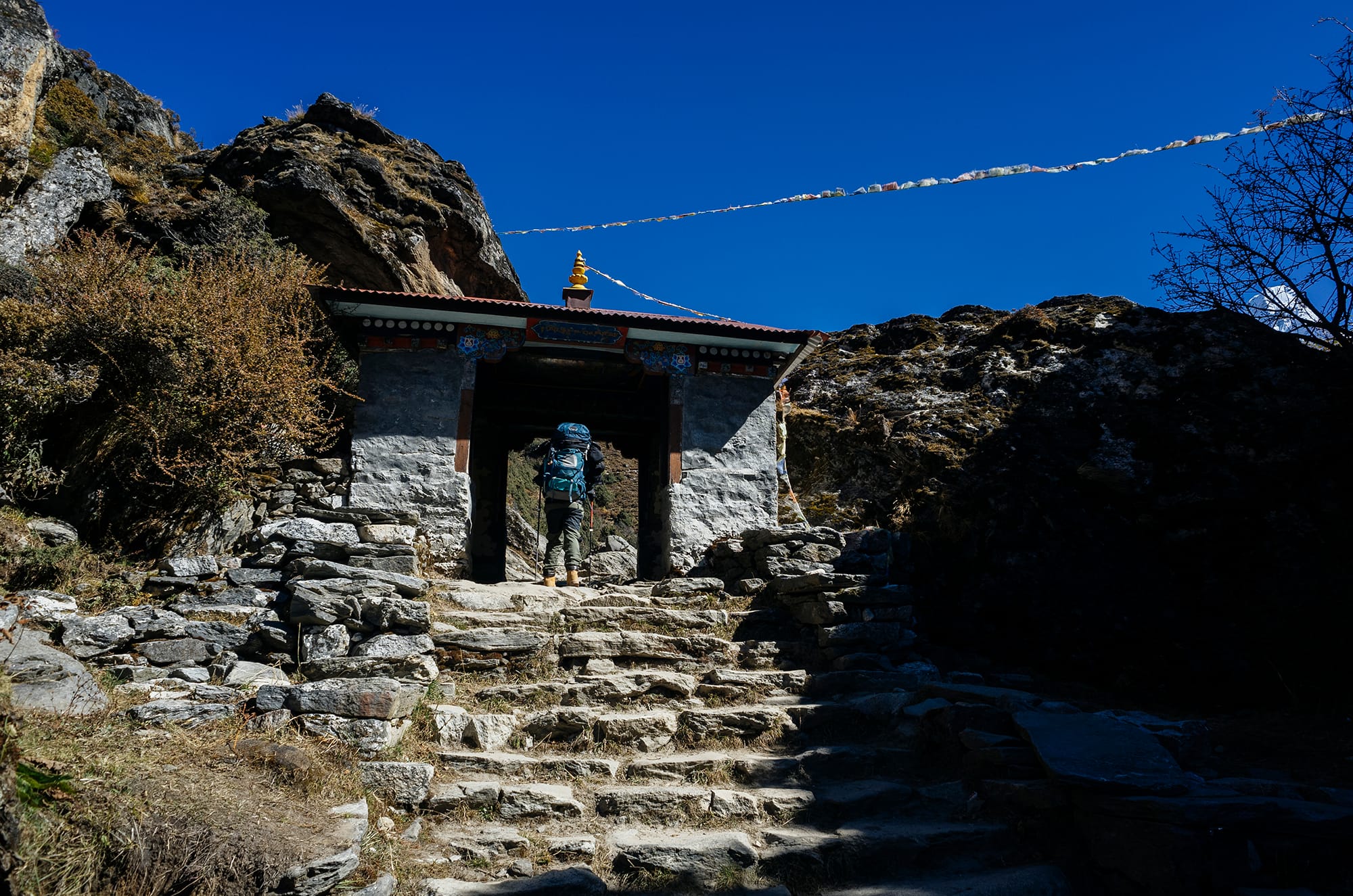
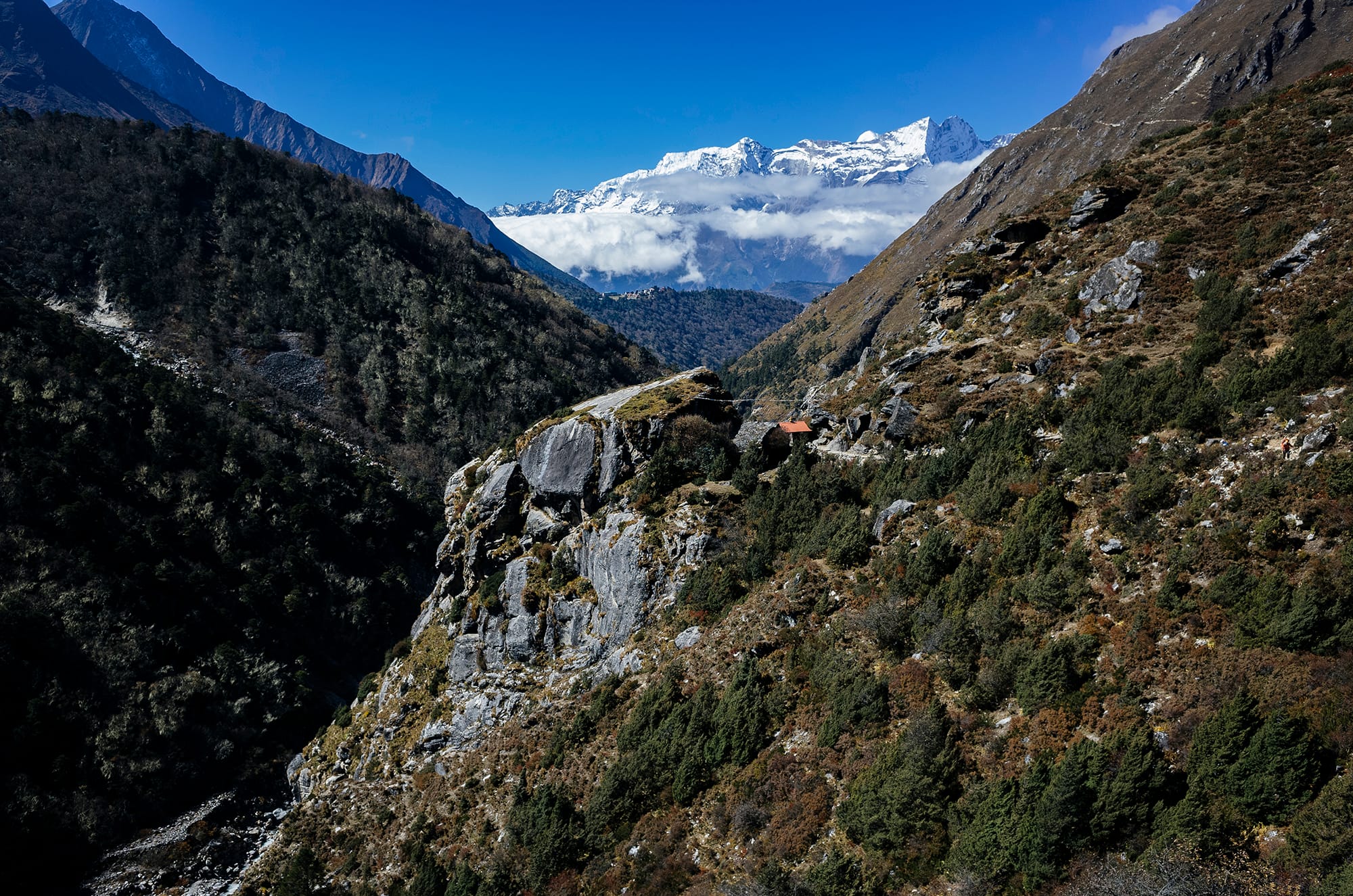
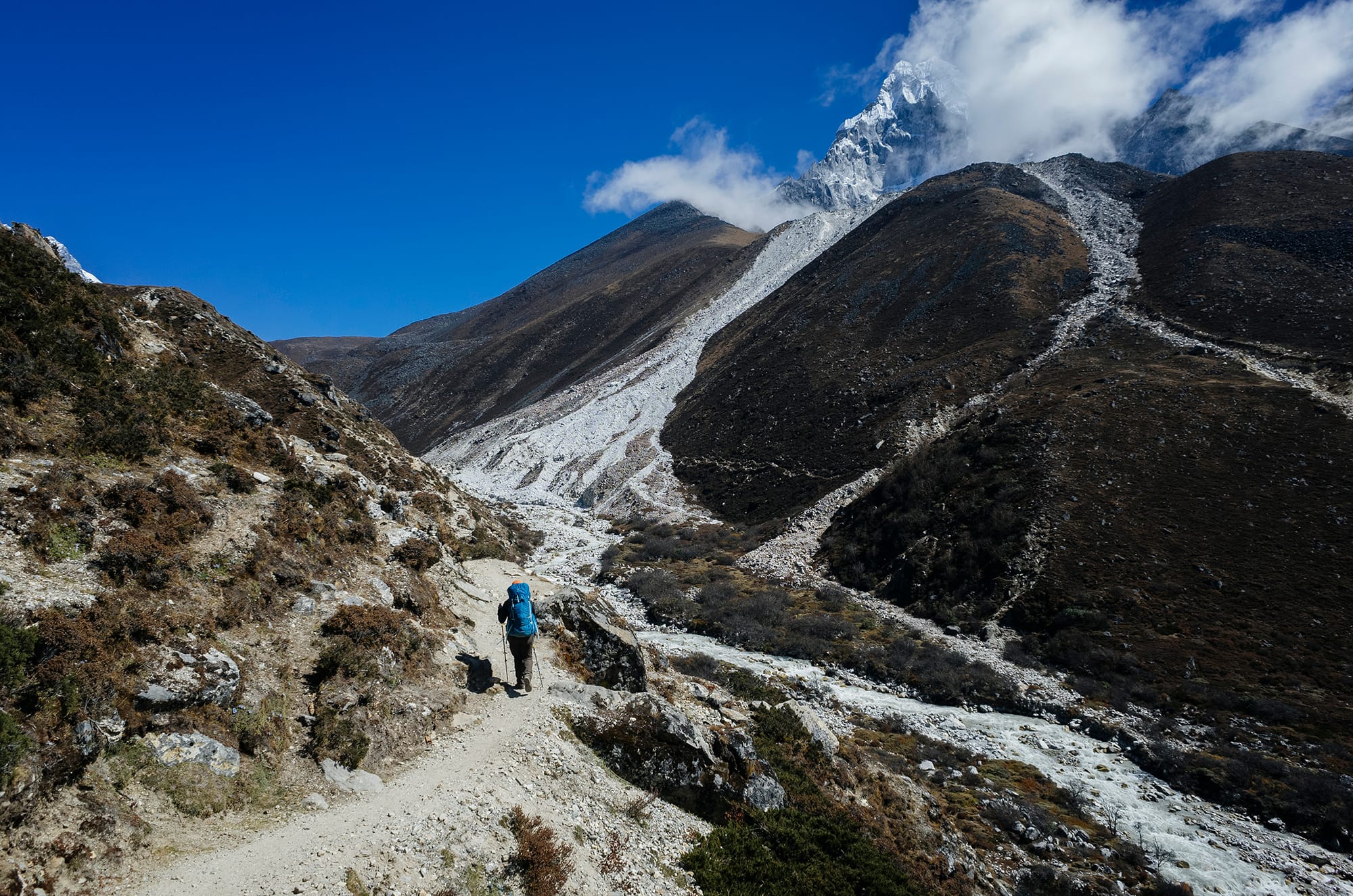
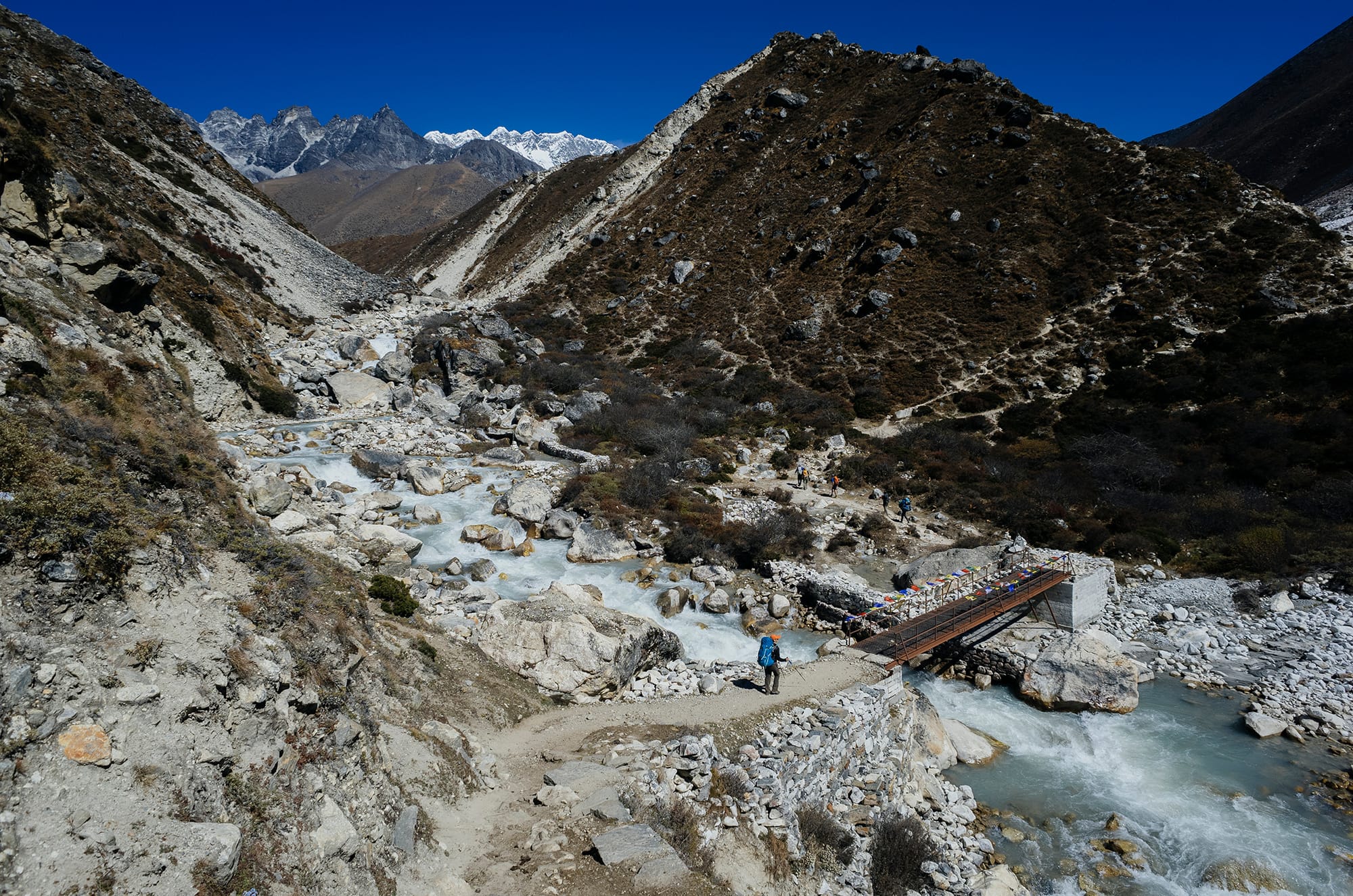
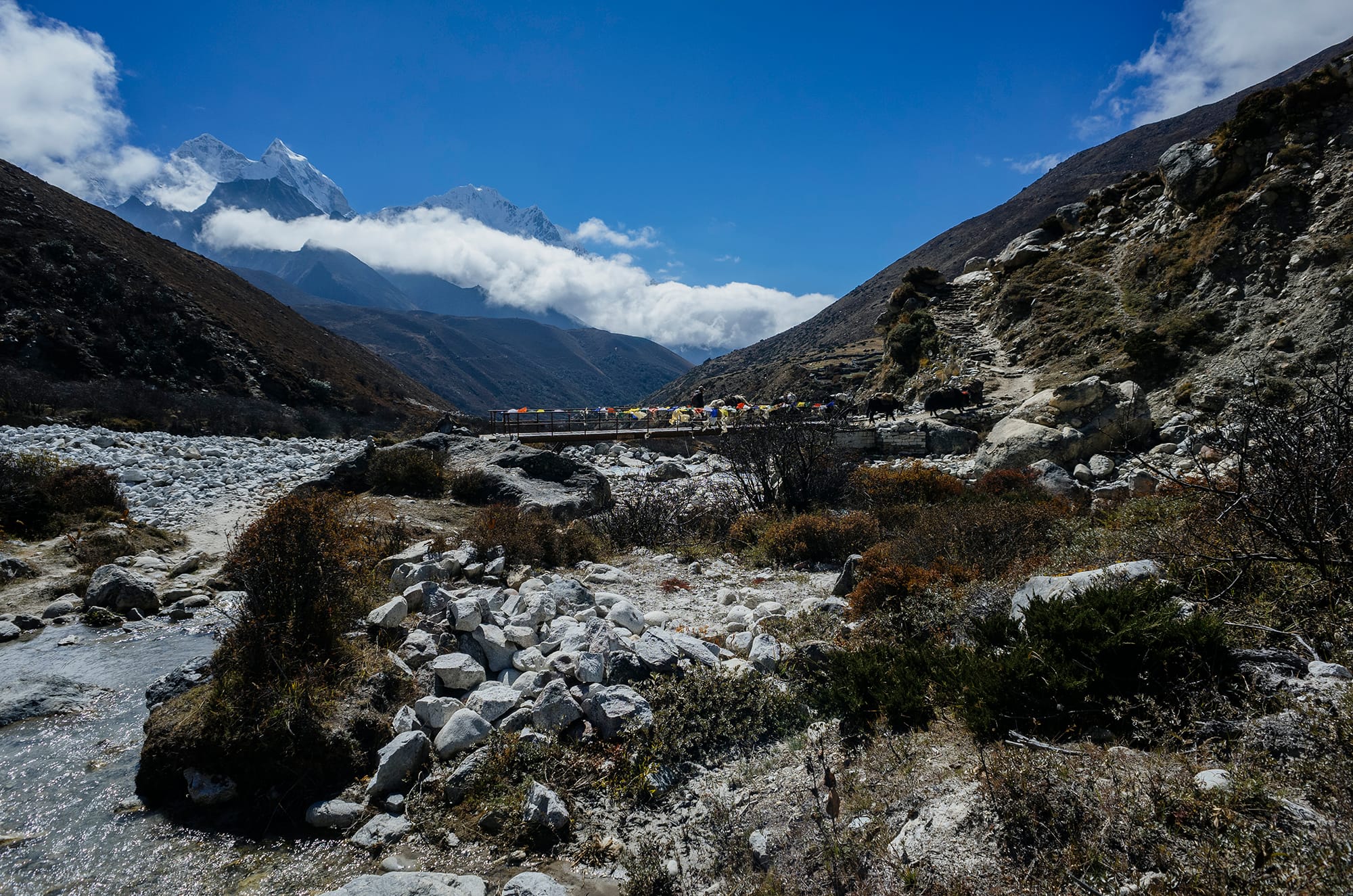
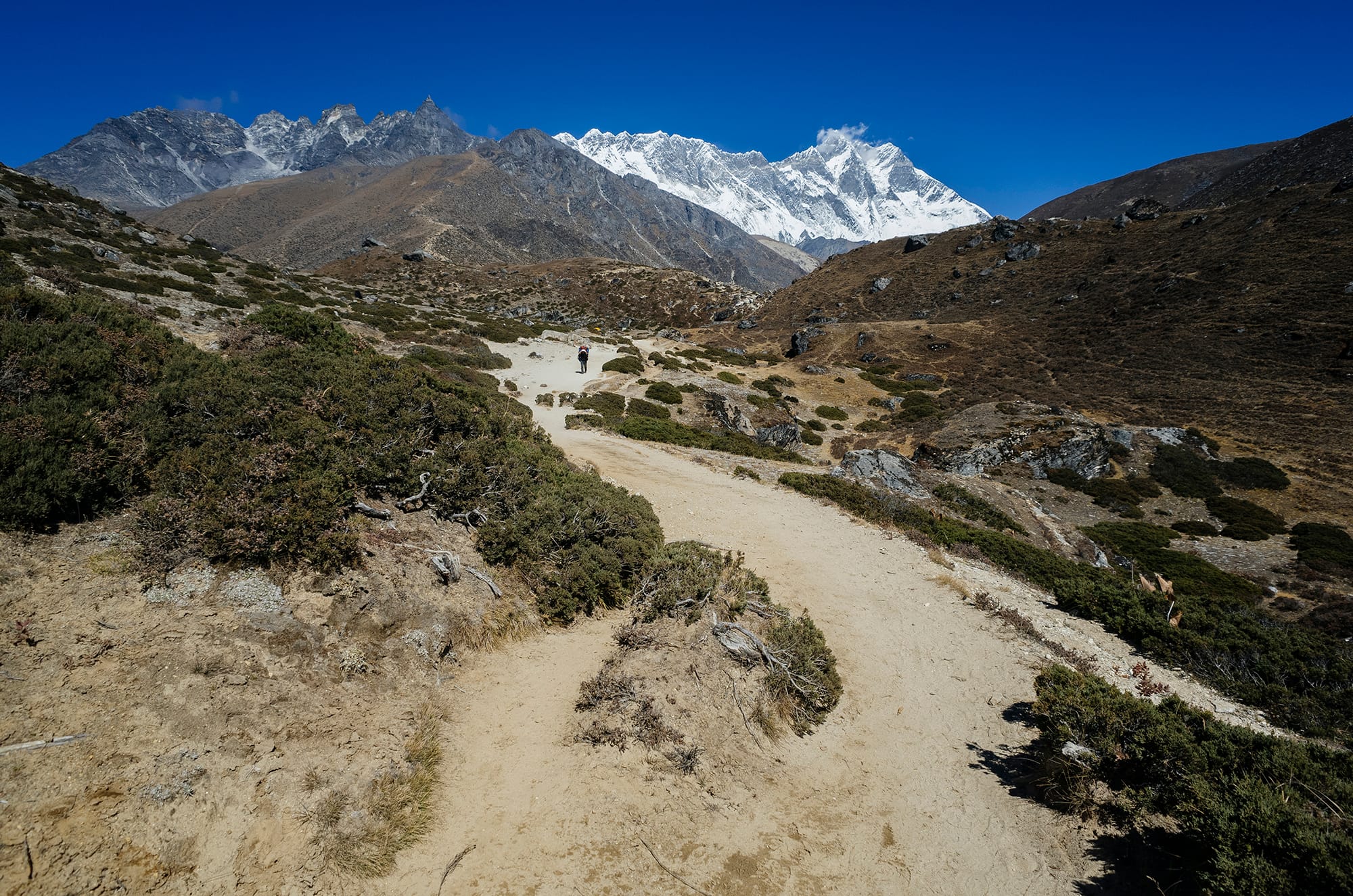
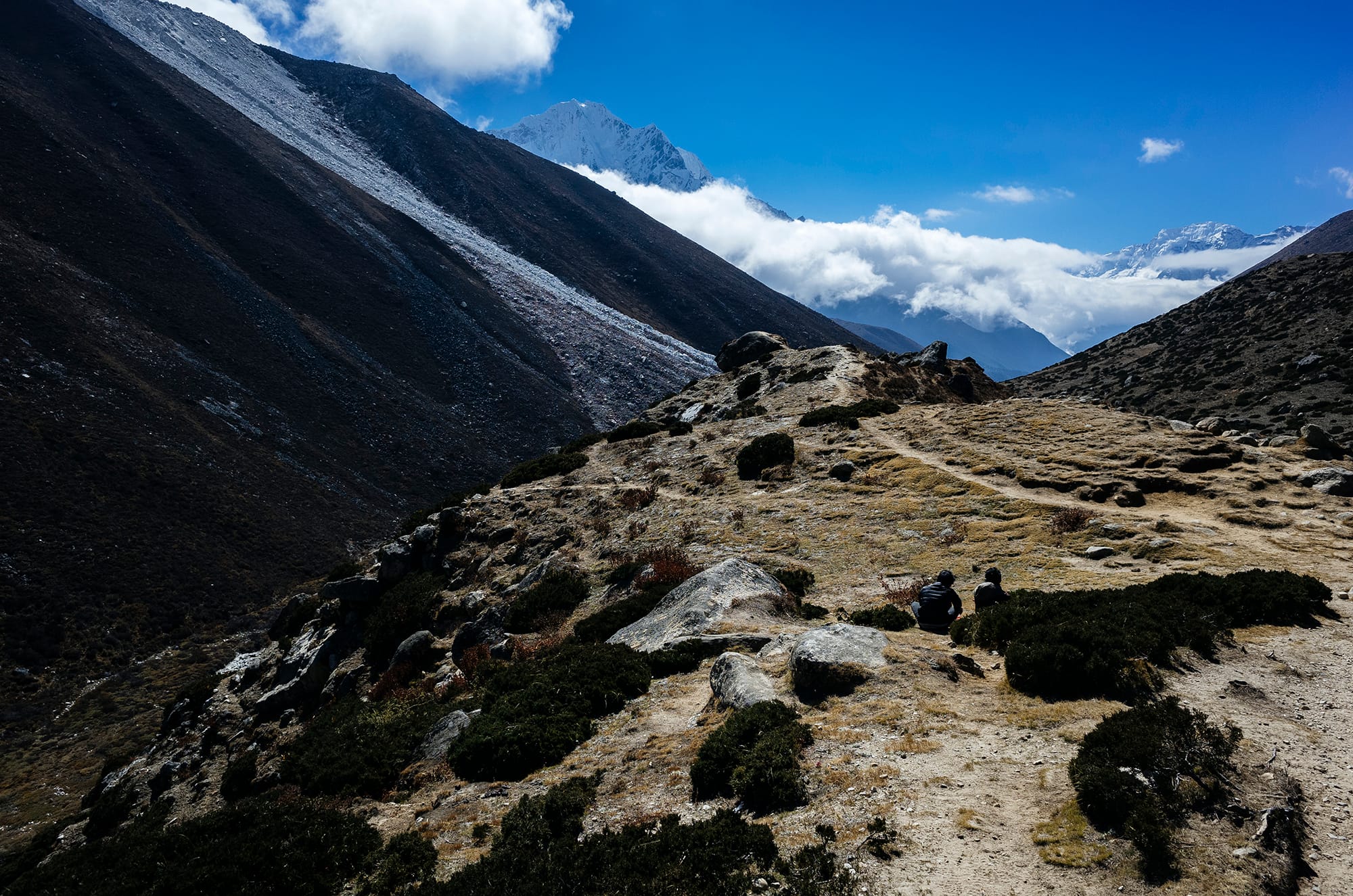
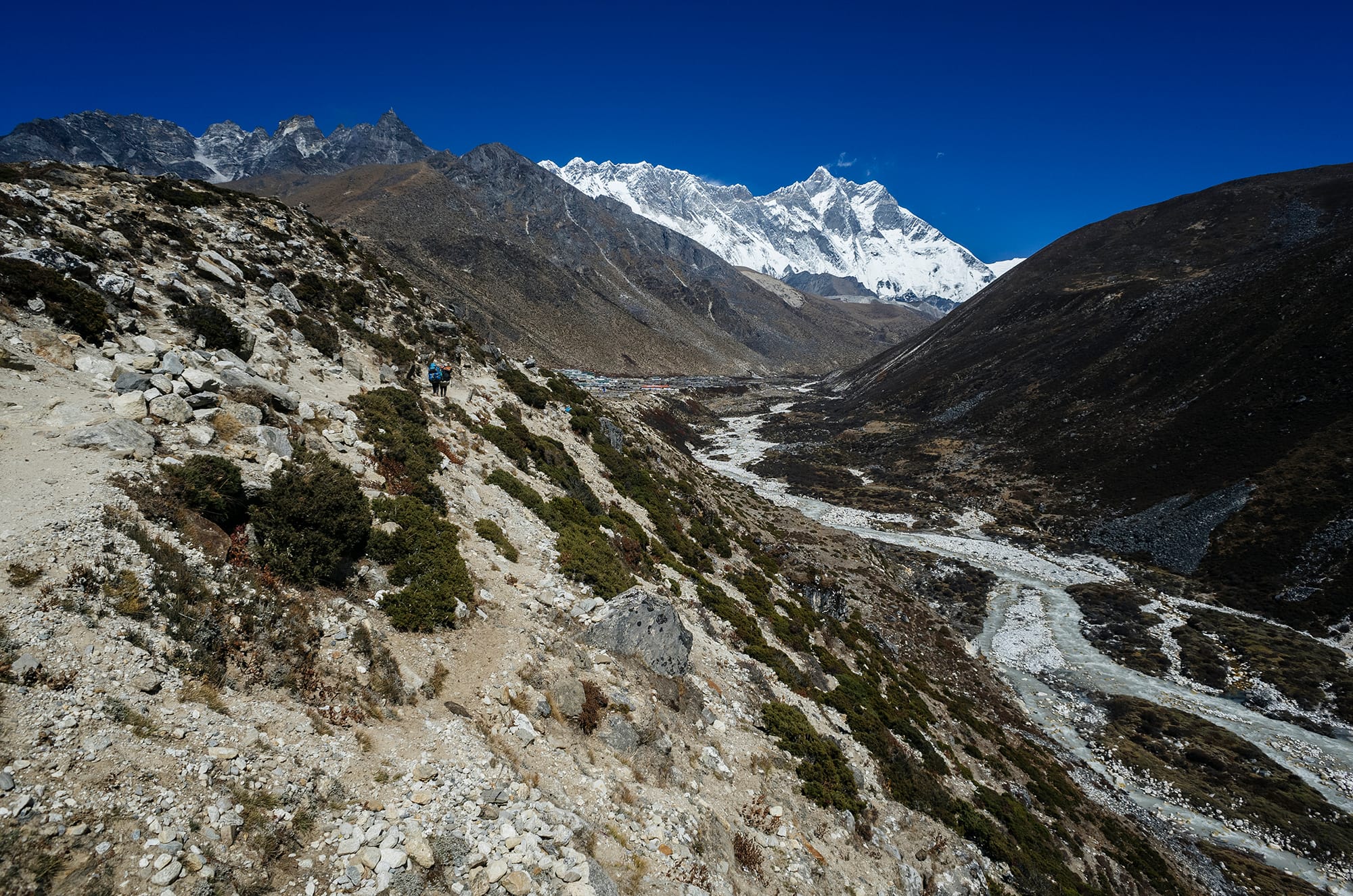
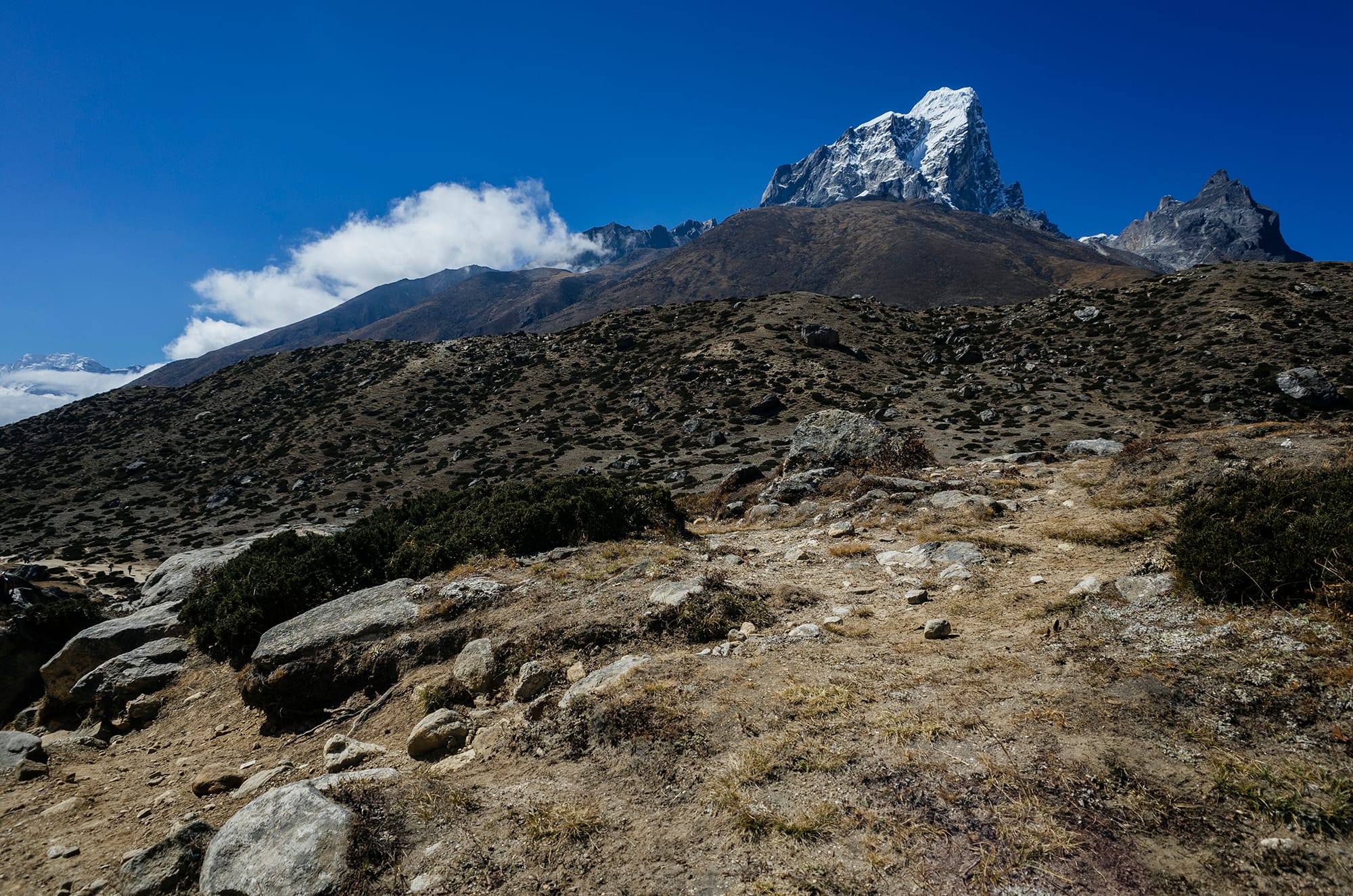
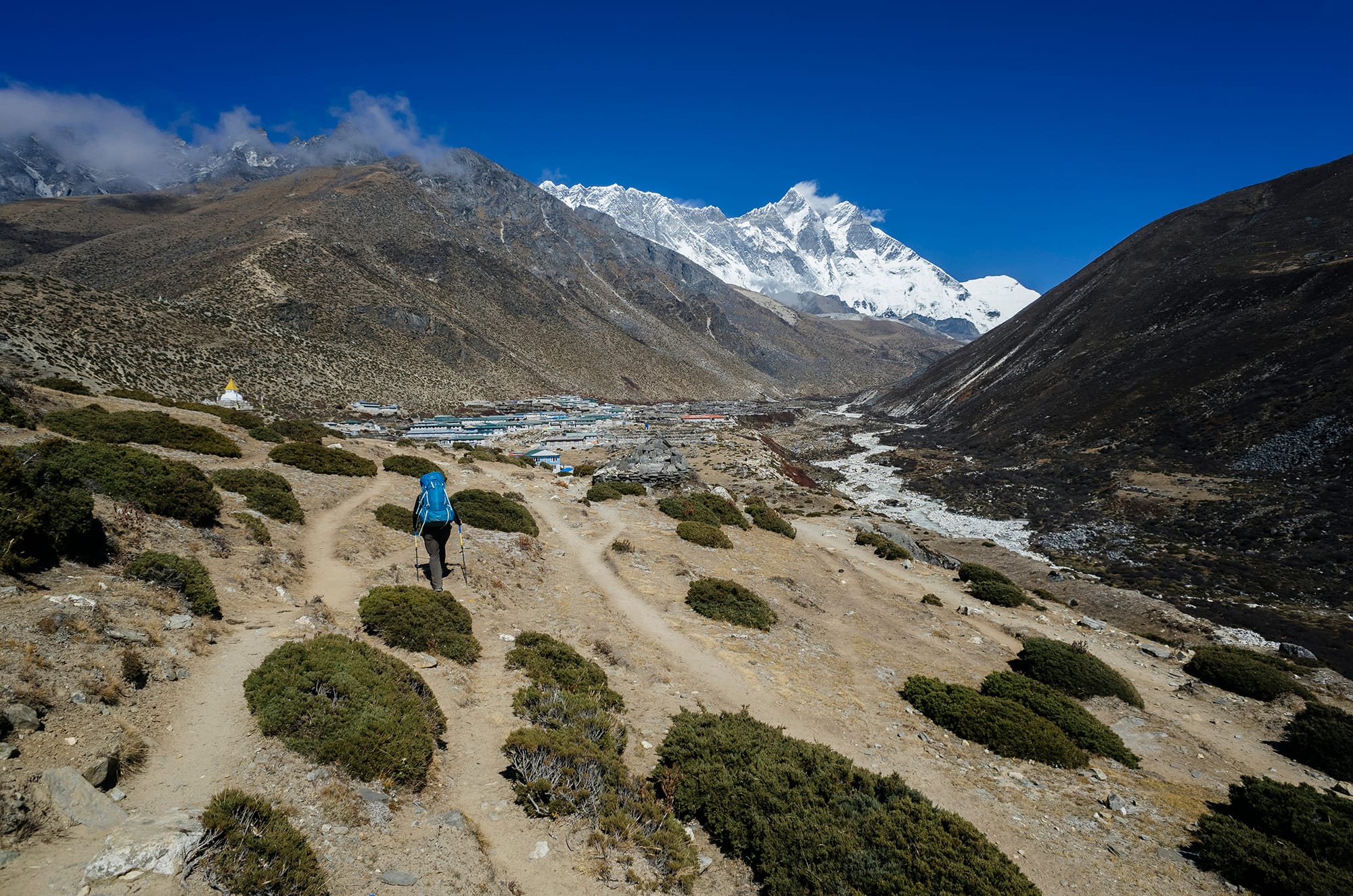
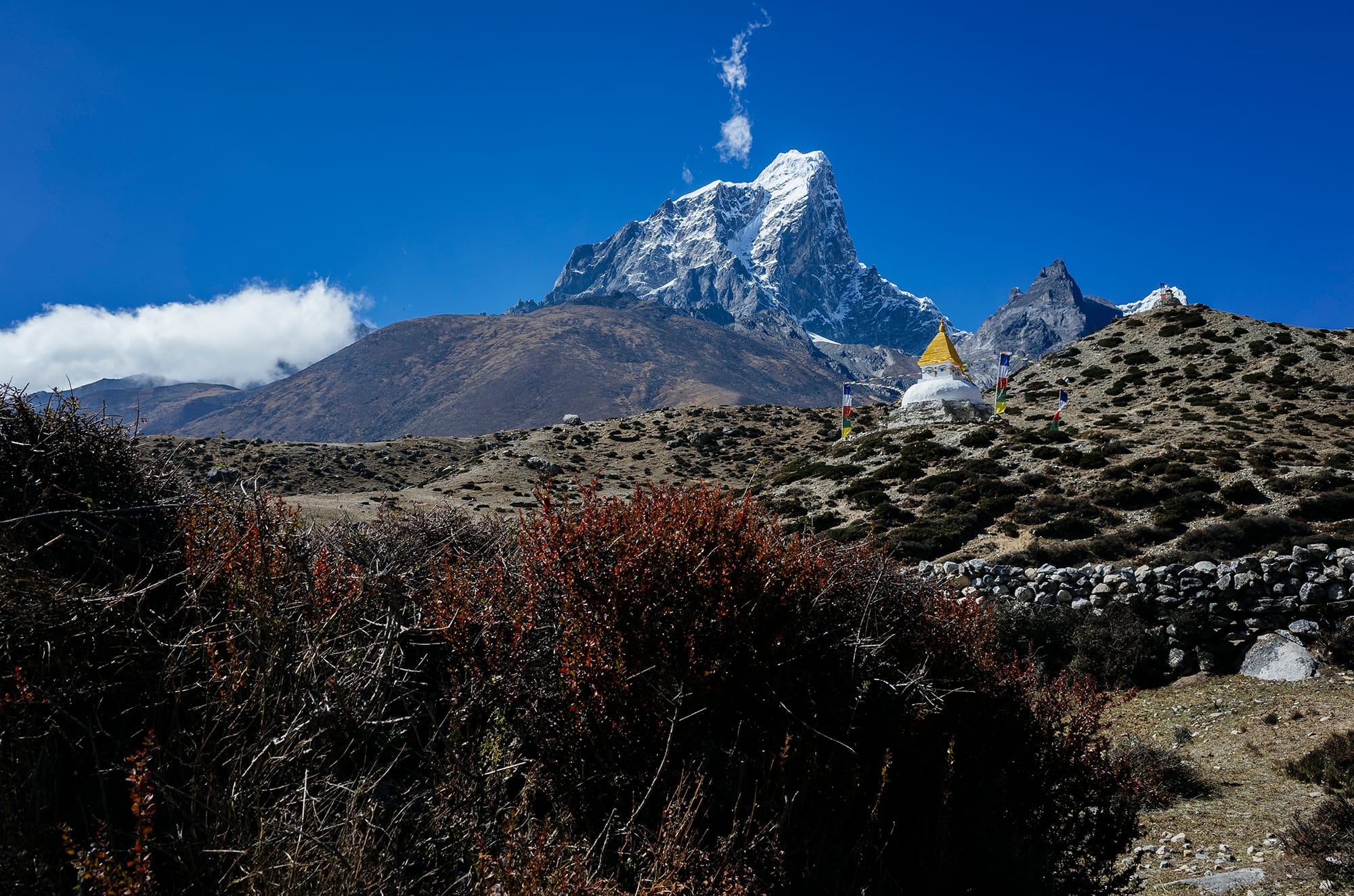
Day 5: Dingboche
Time: Rest day
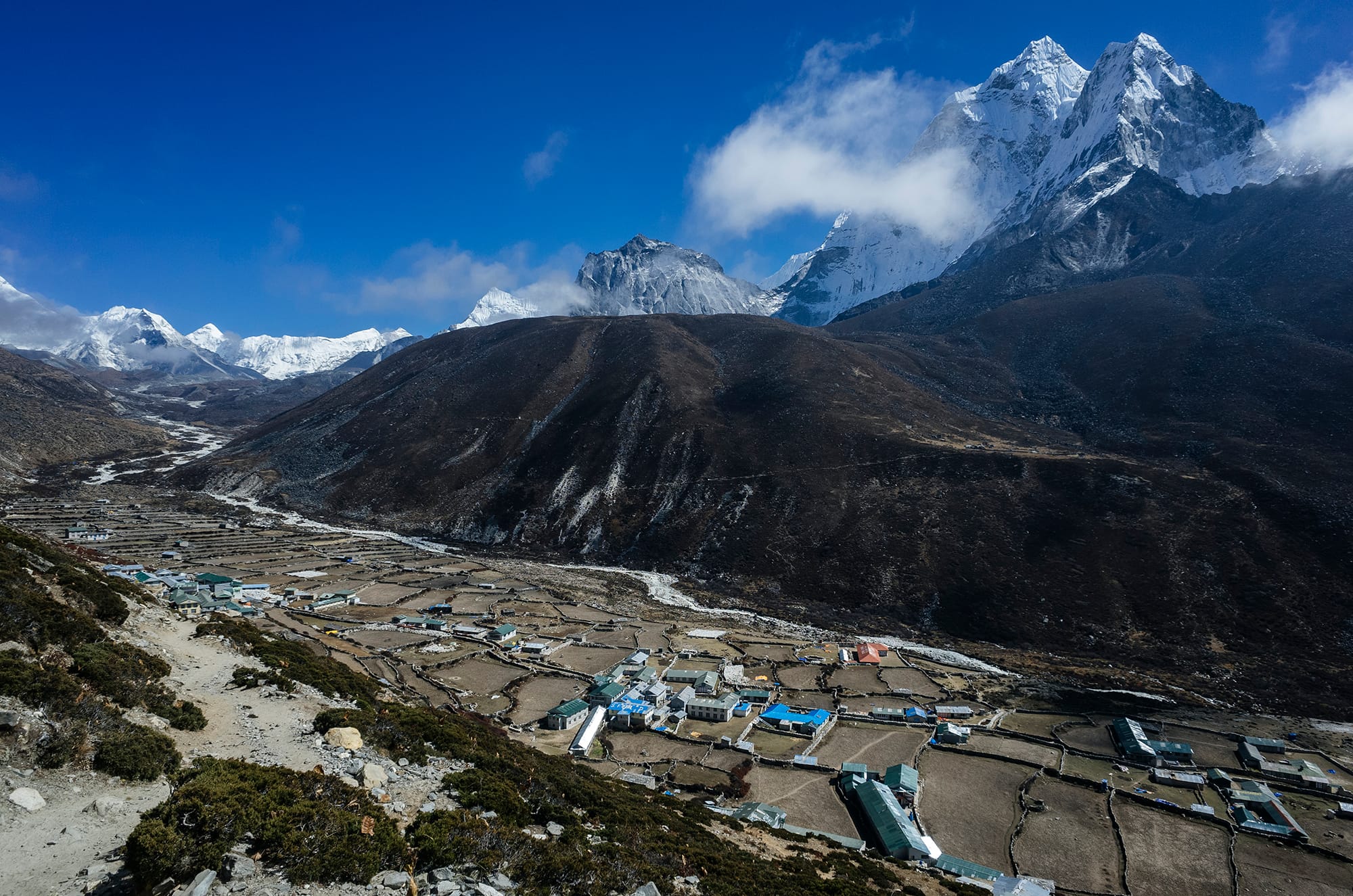
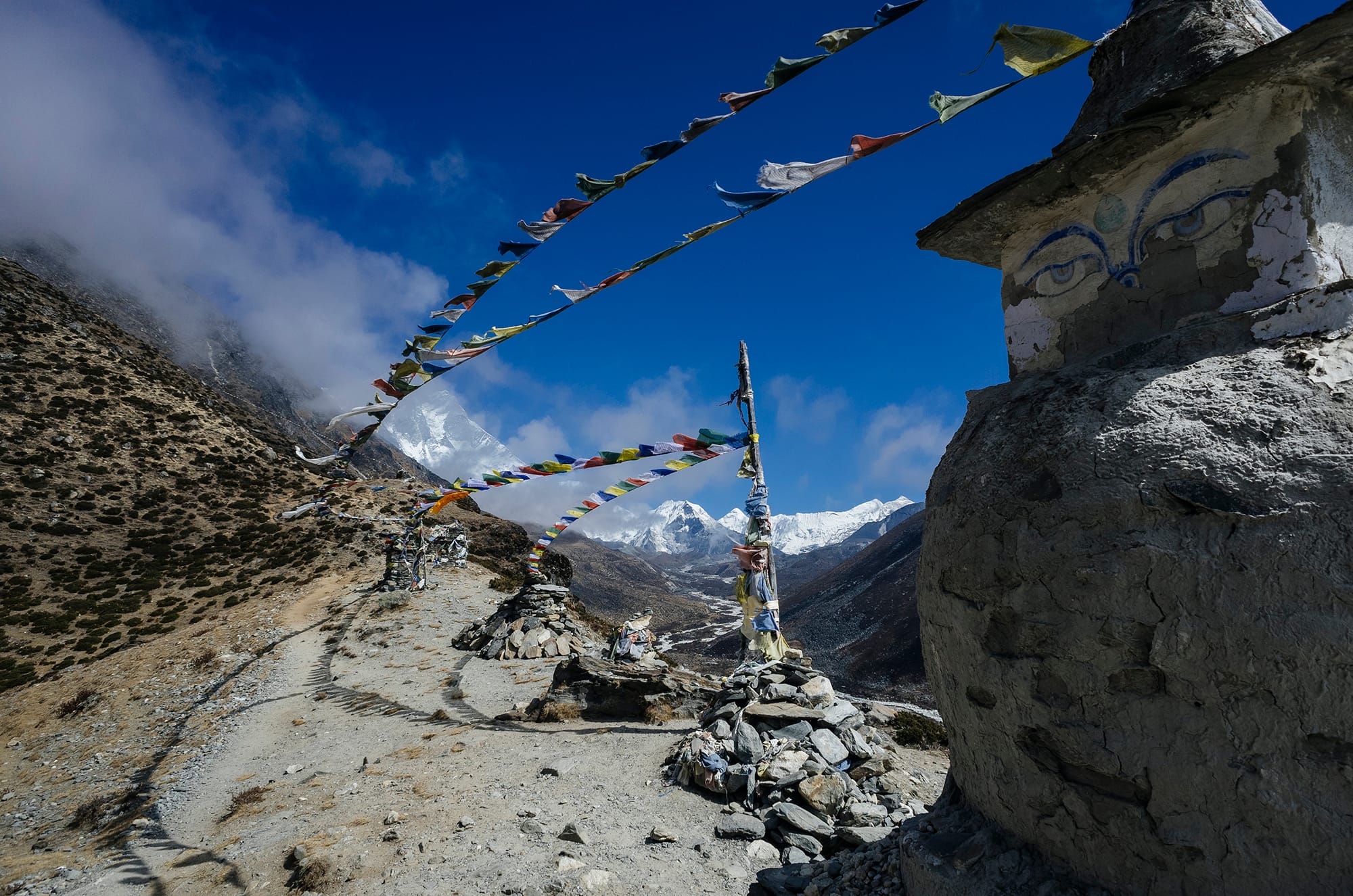
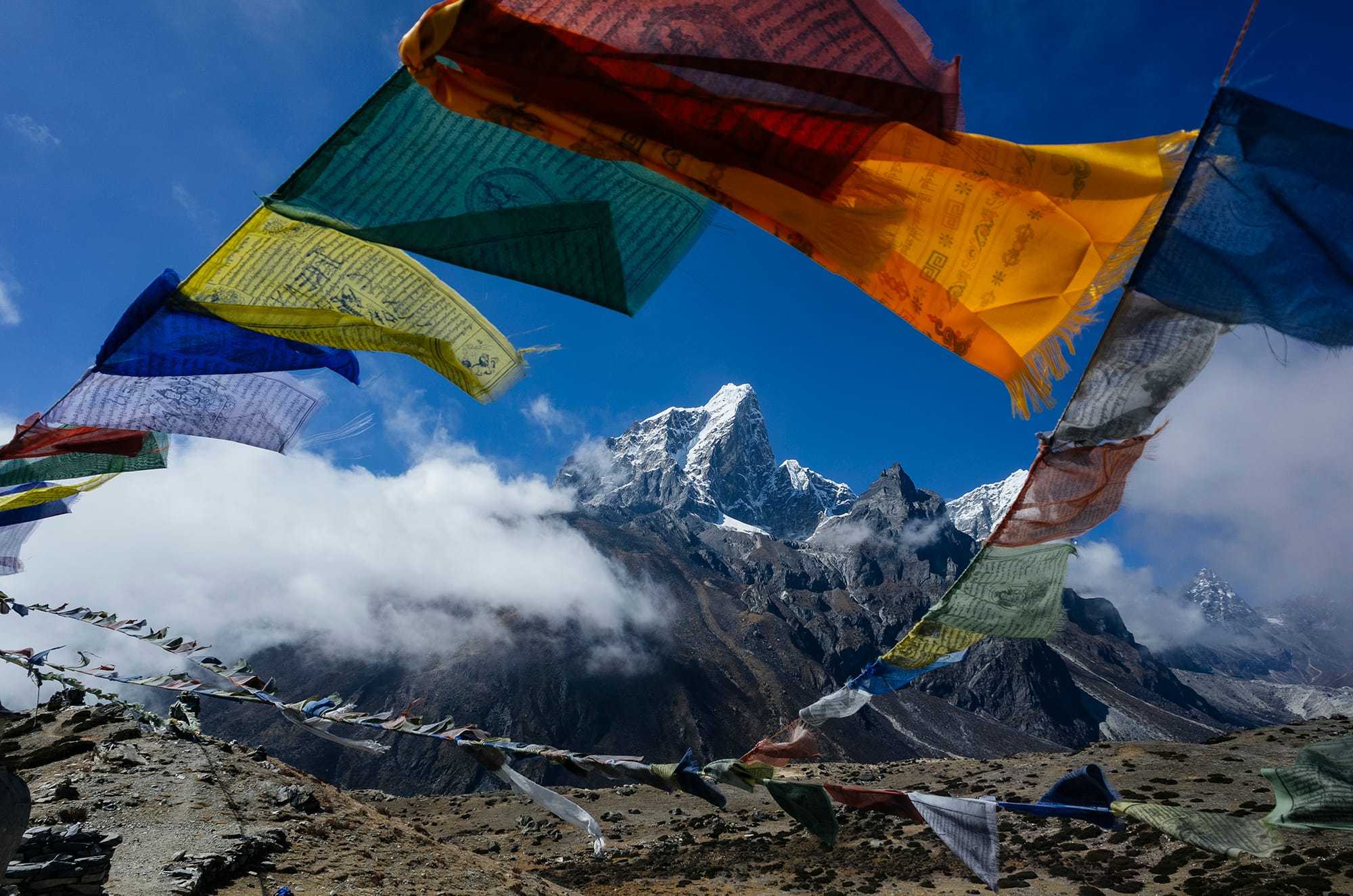
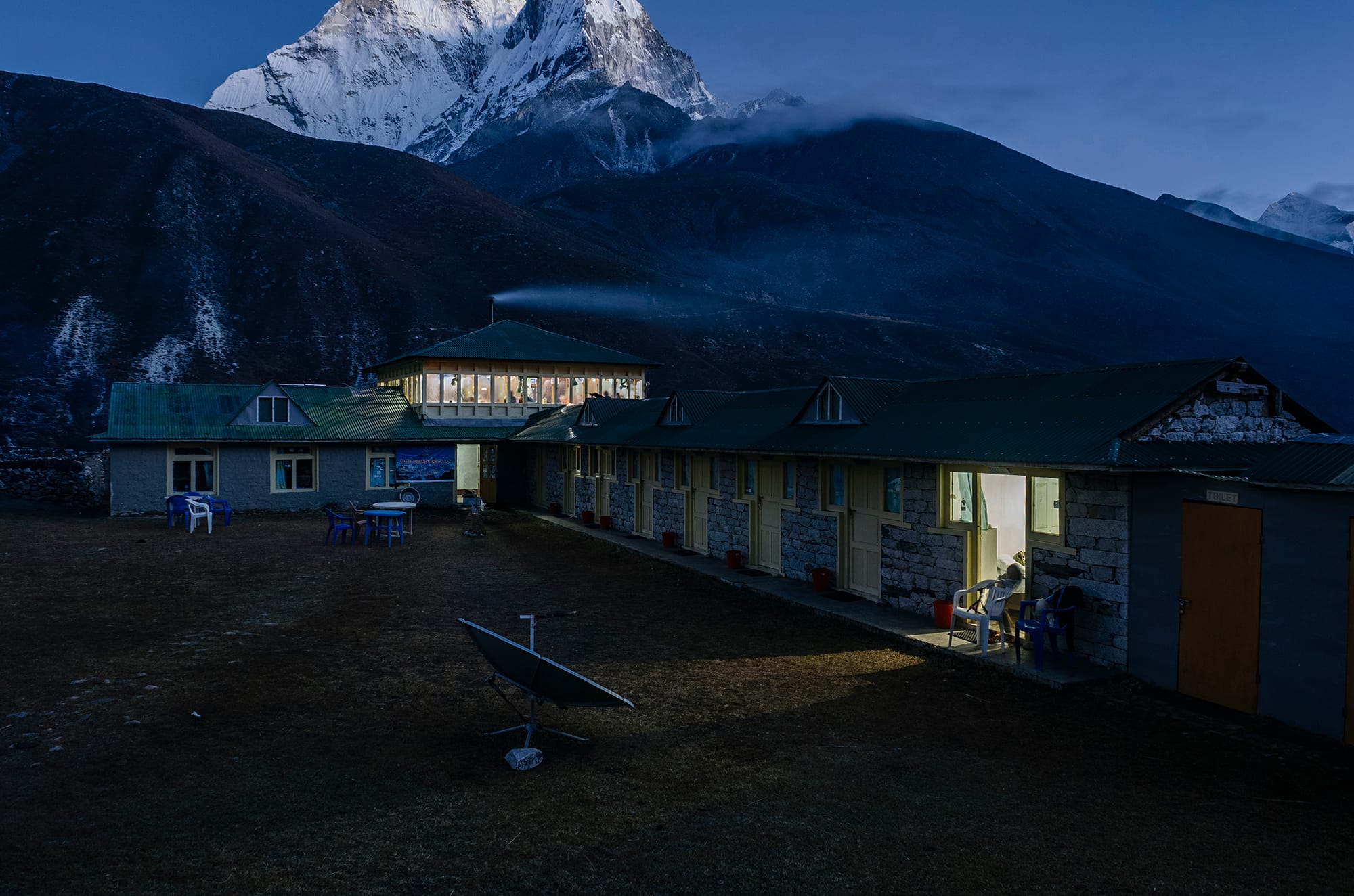
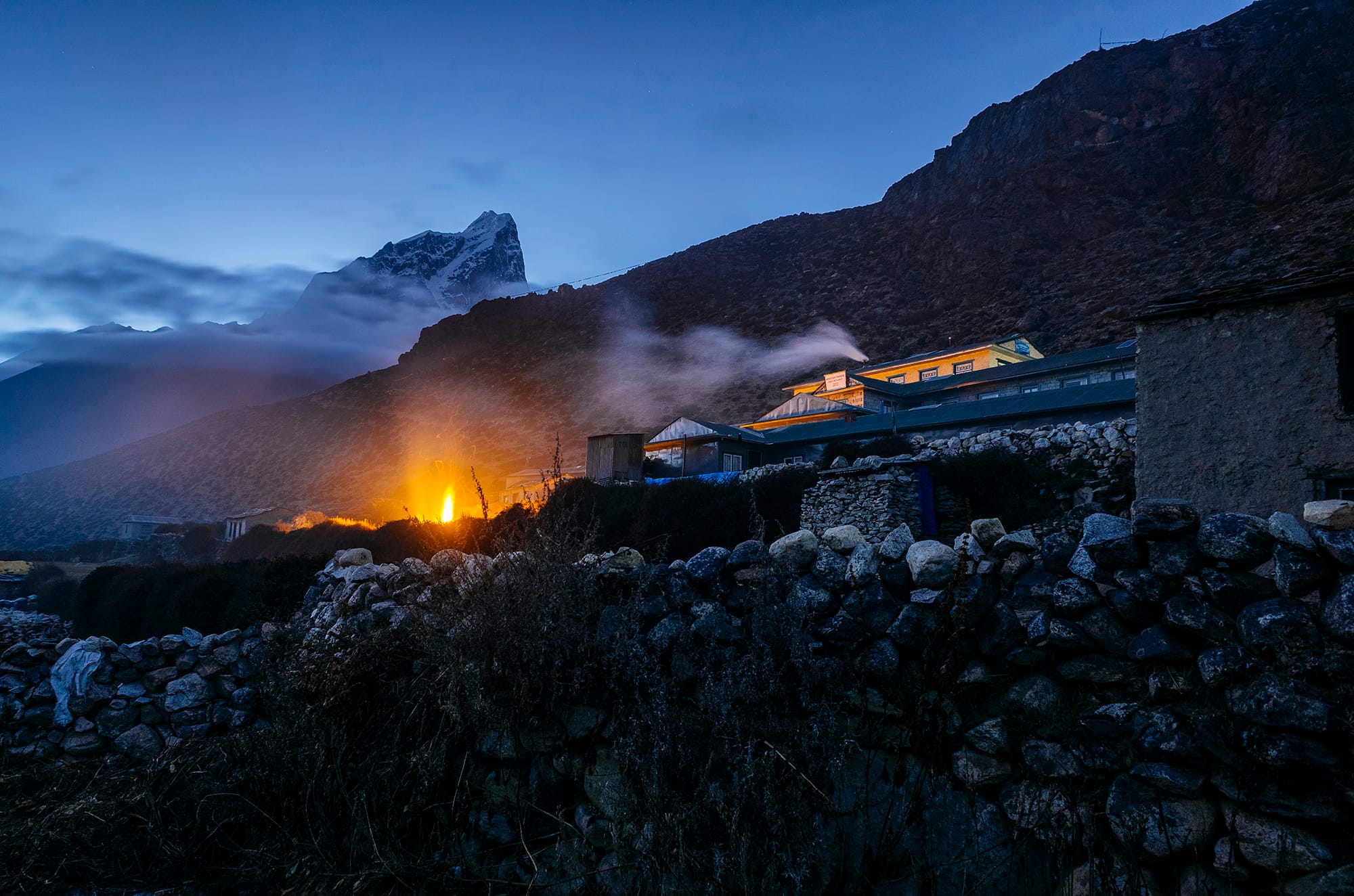
Day 6: Dingboche to Lobuche
Time: 3hrs hiking
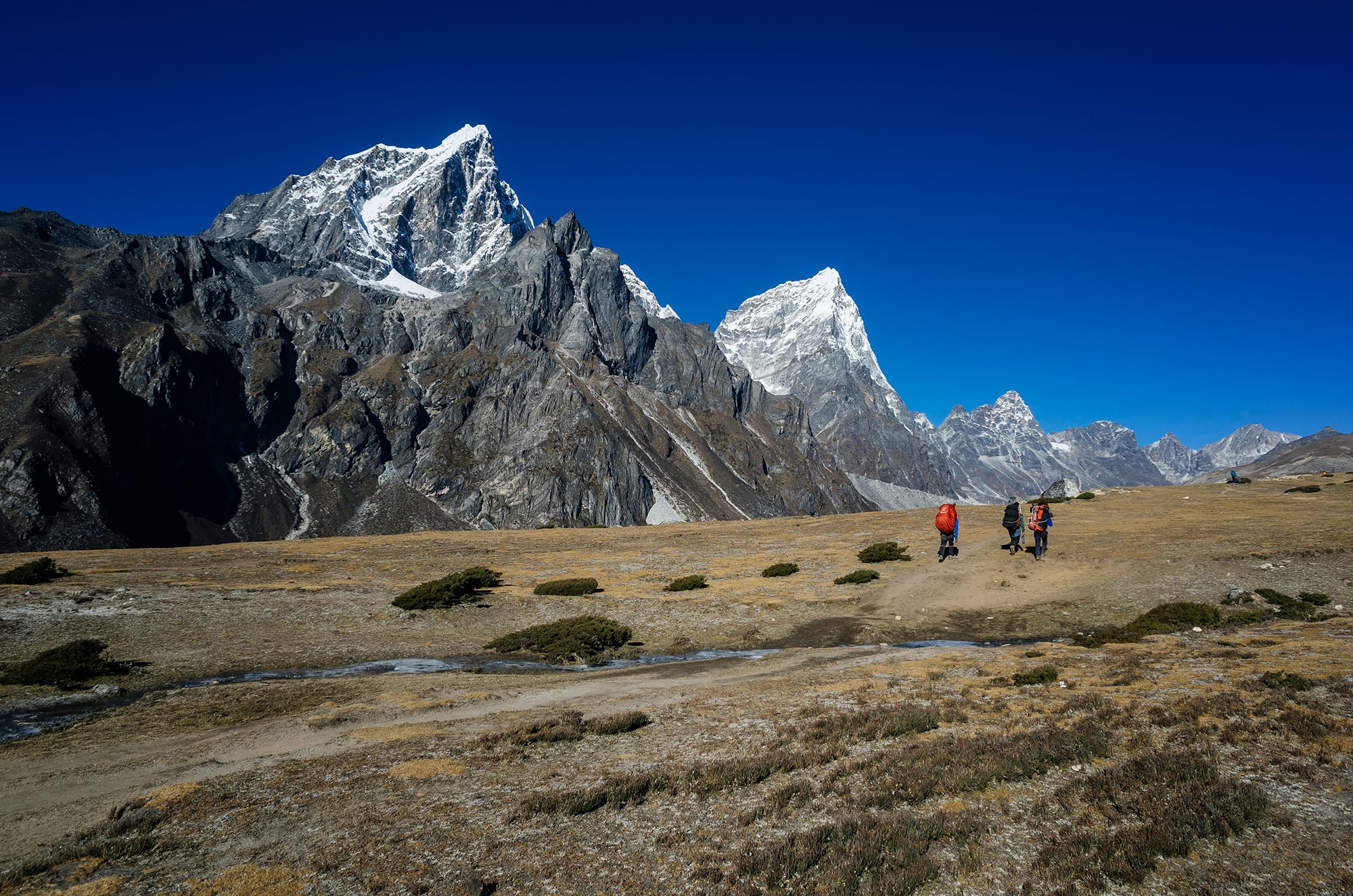

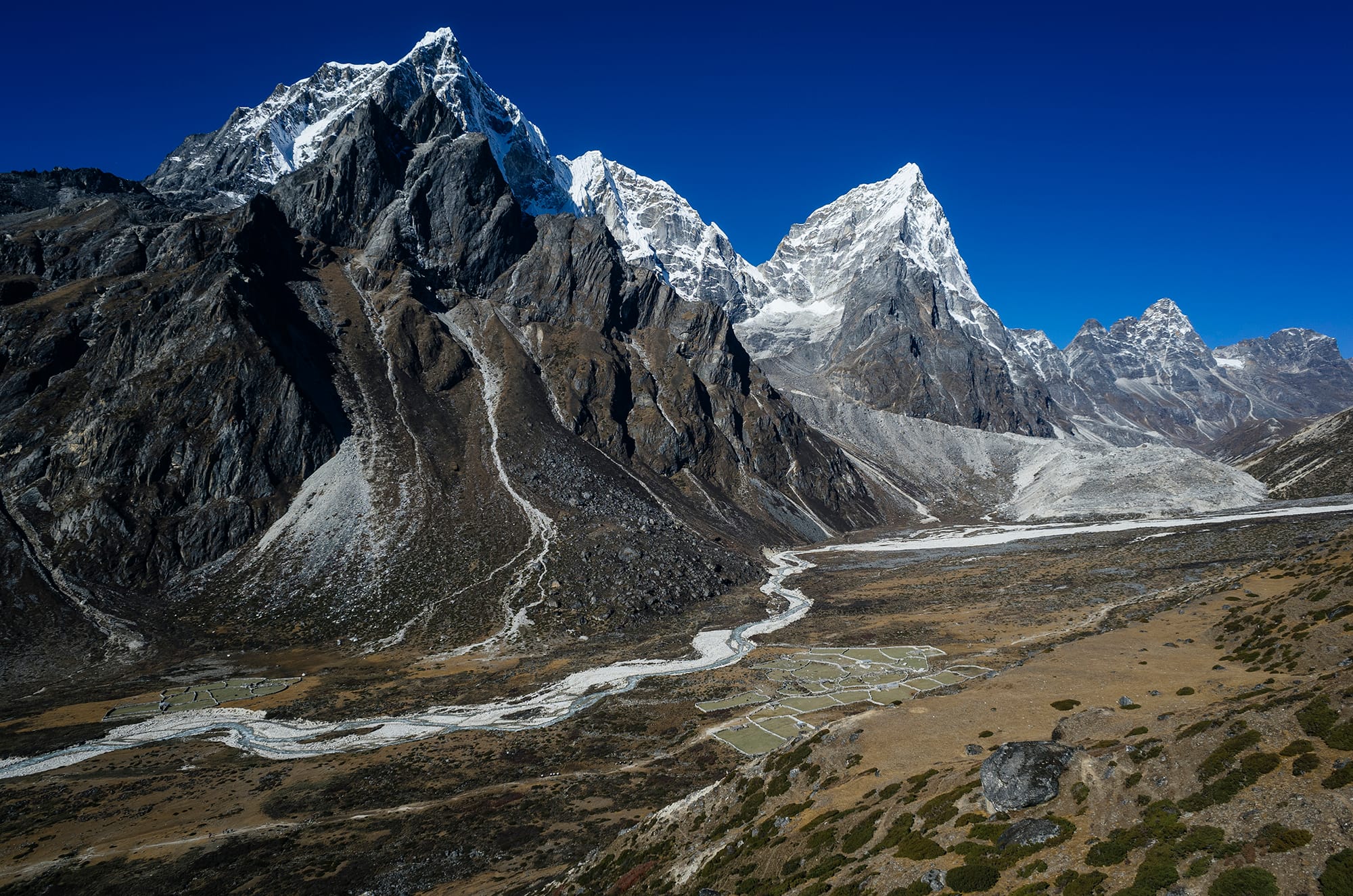
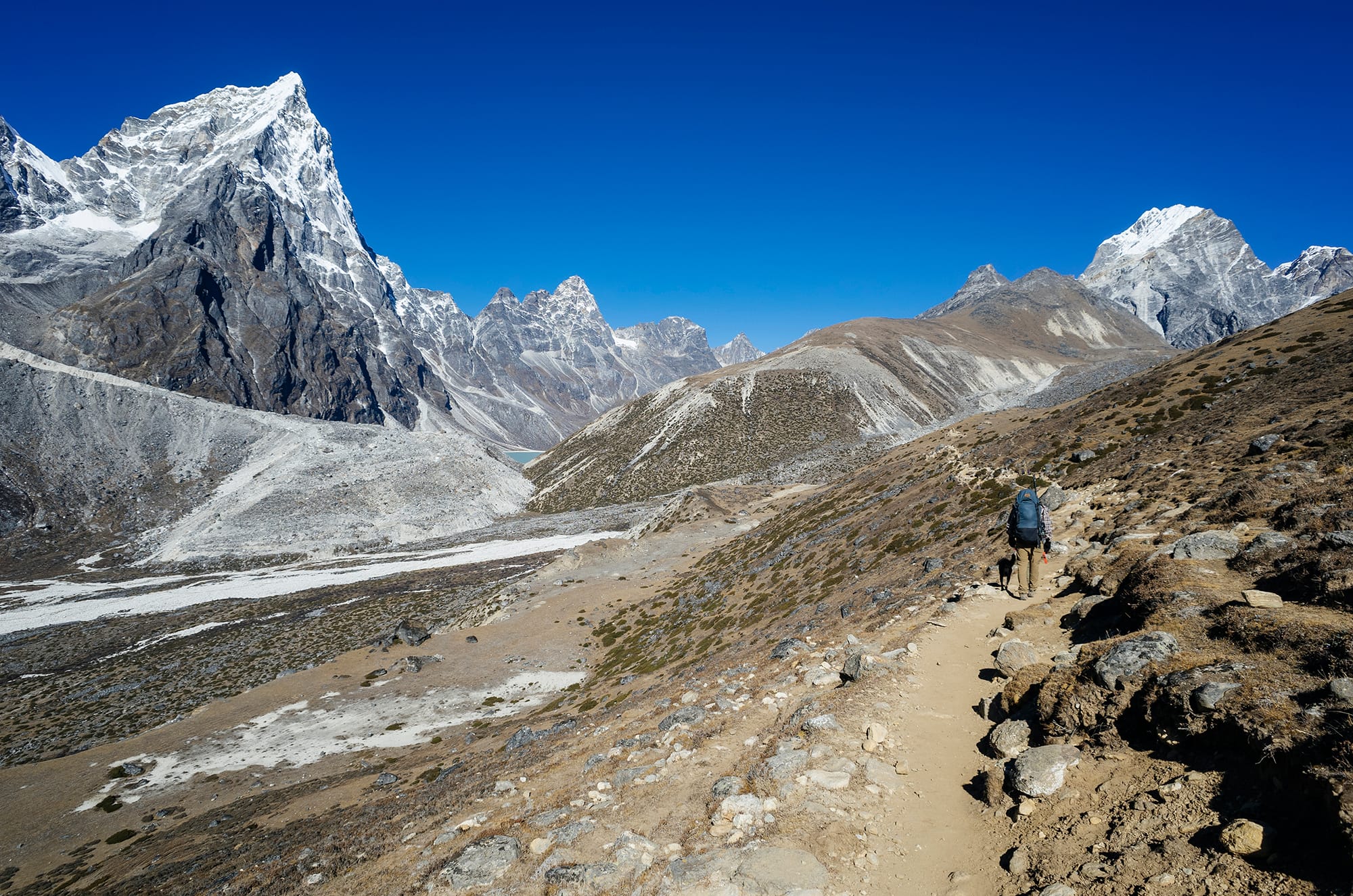
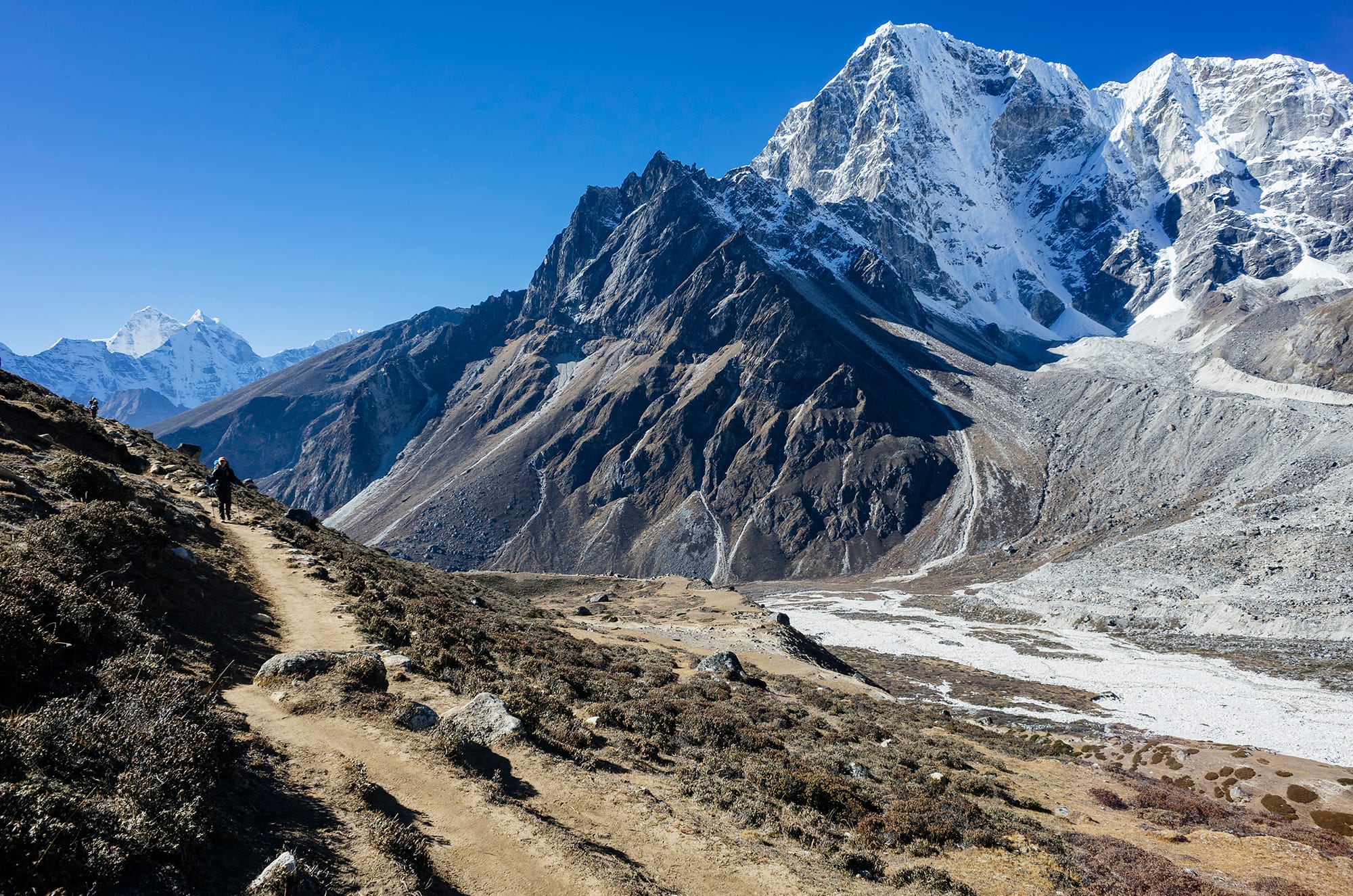
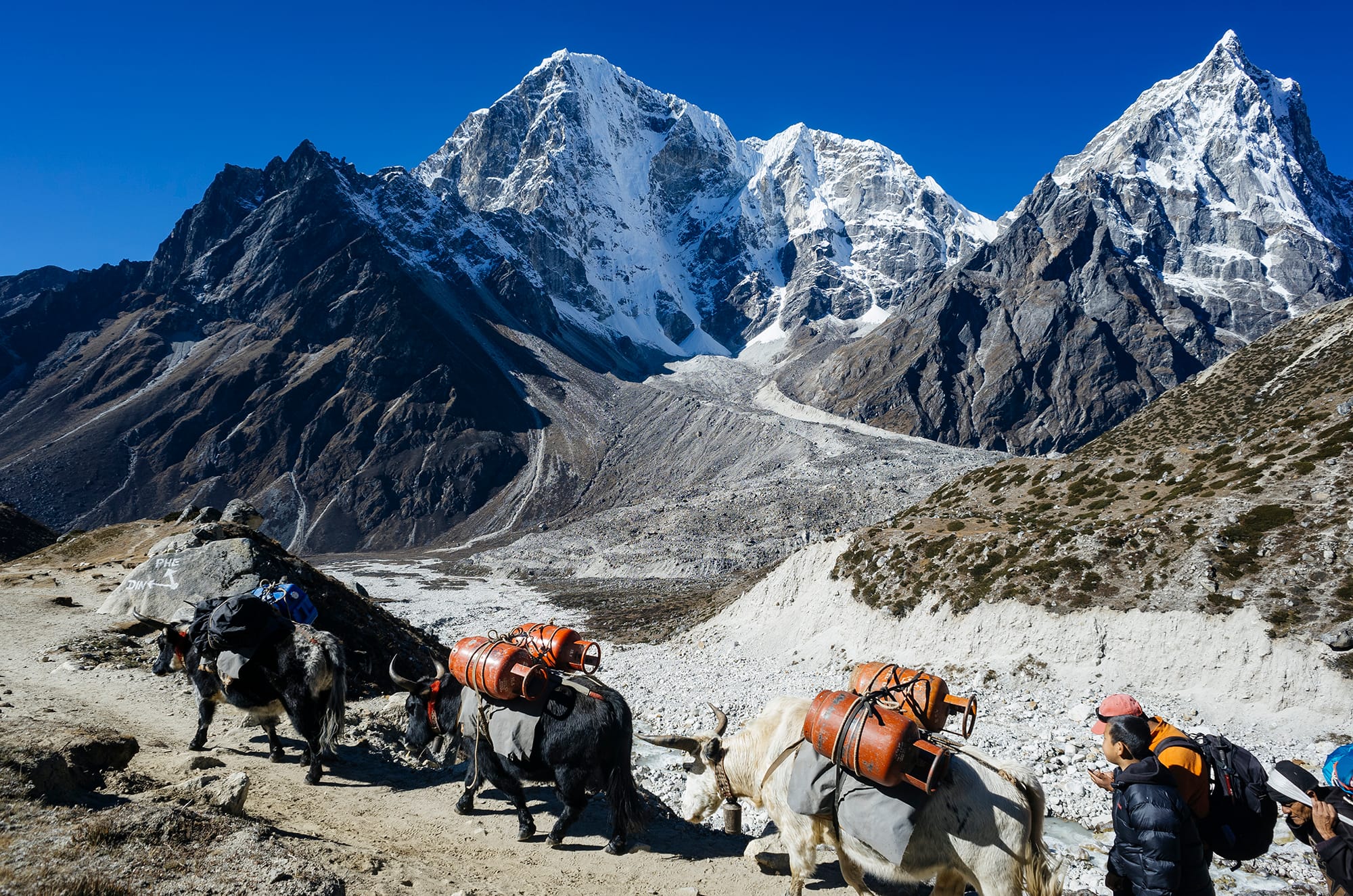
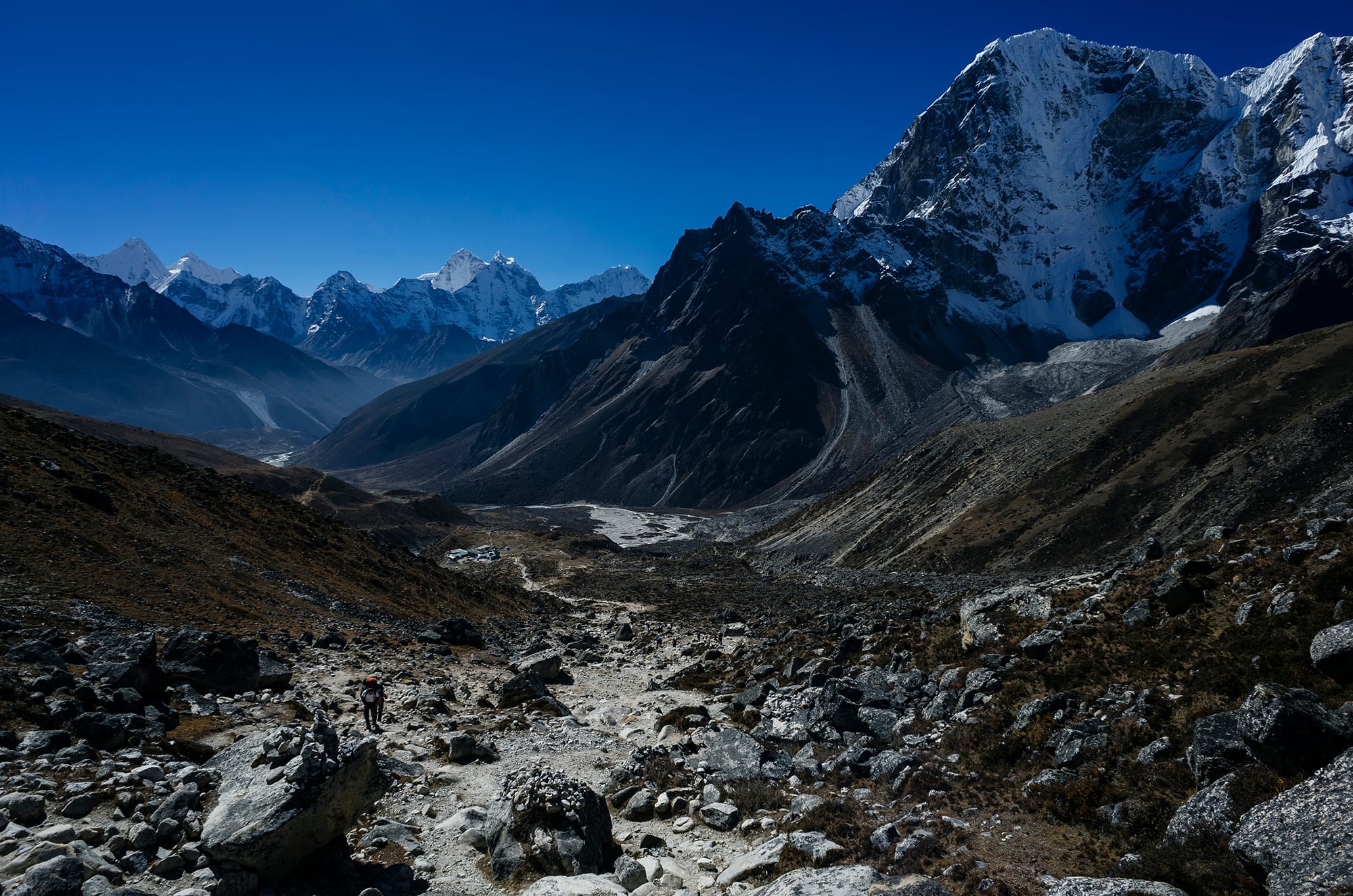
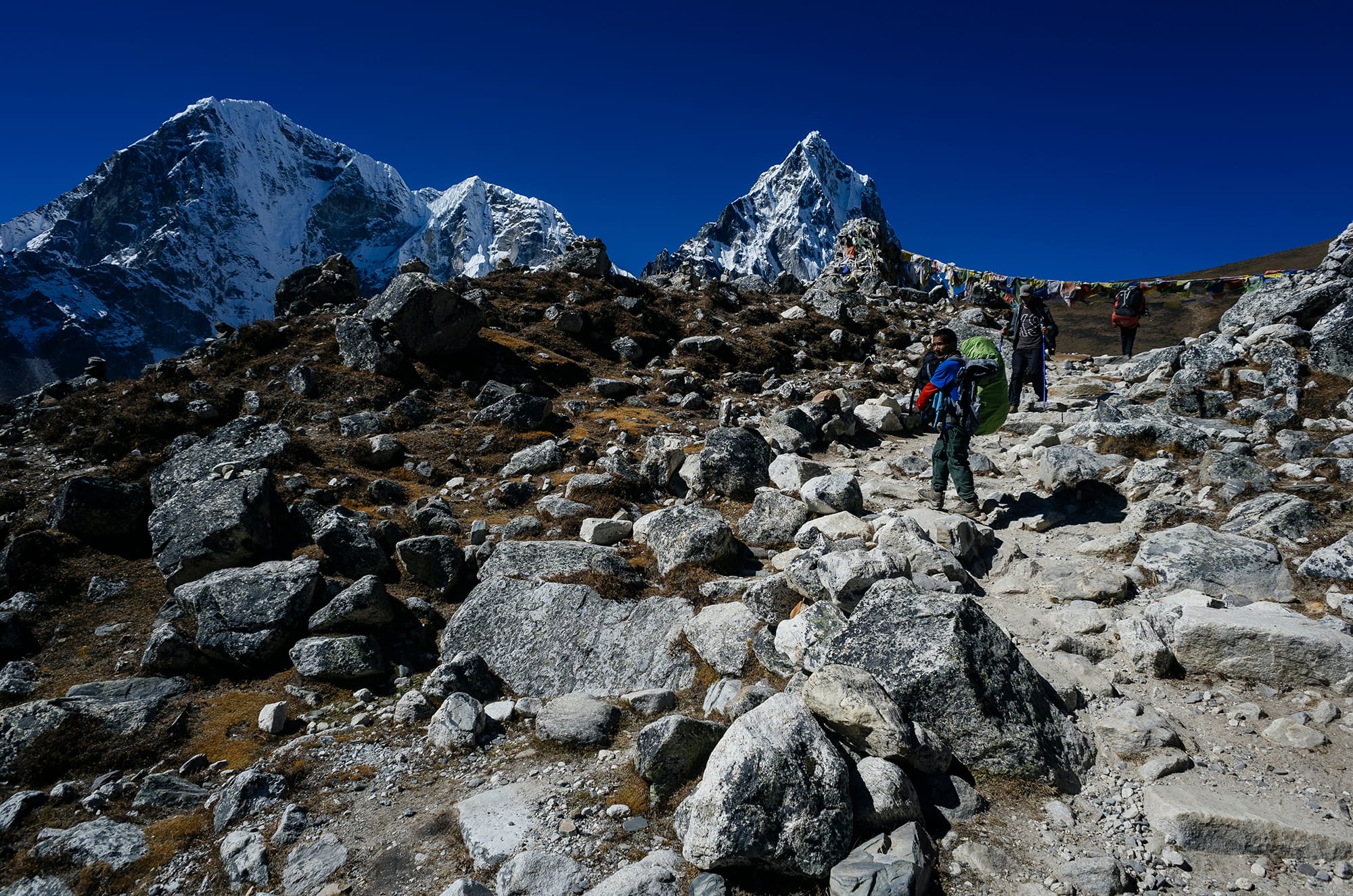
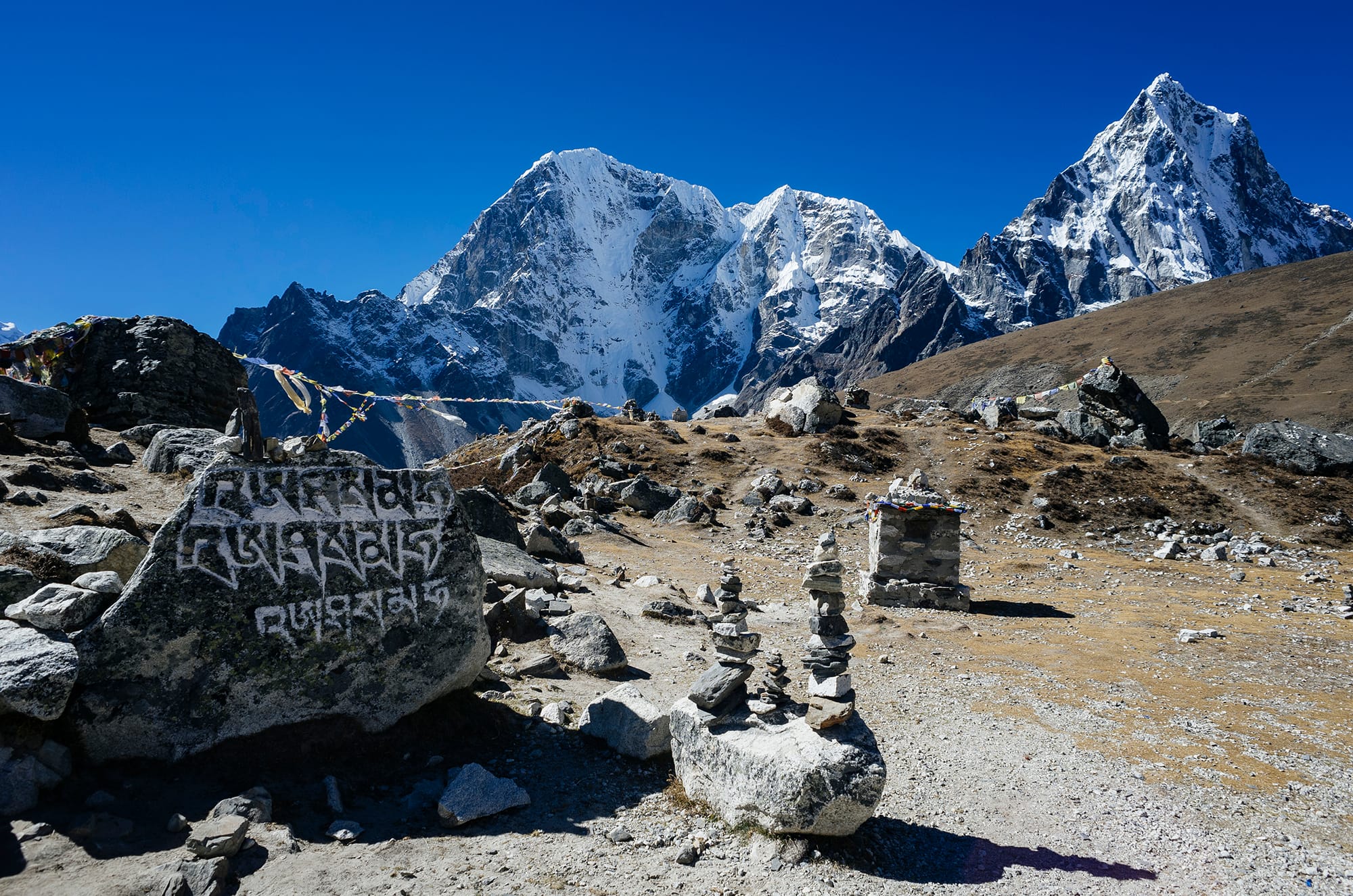
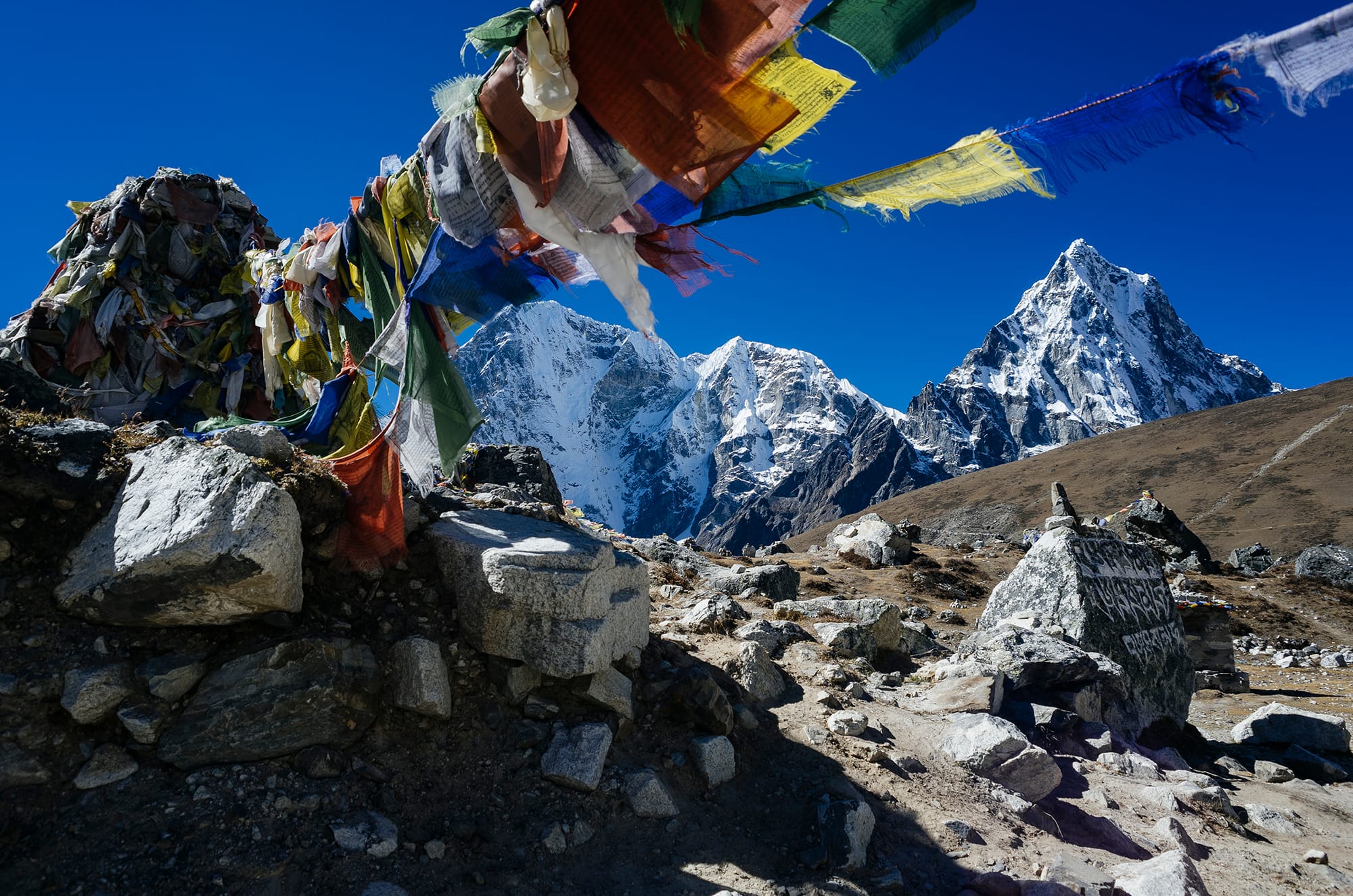
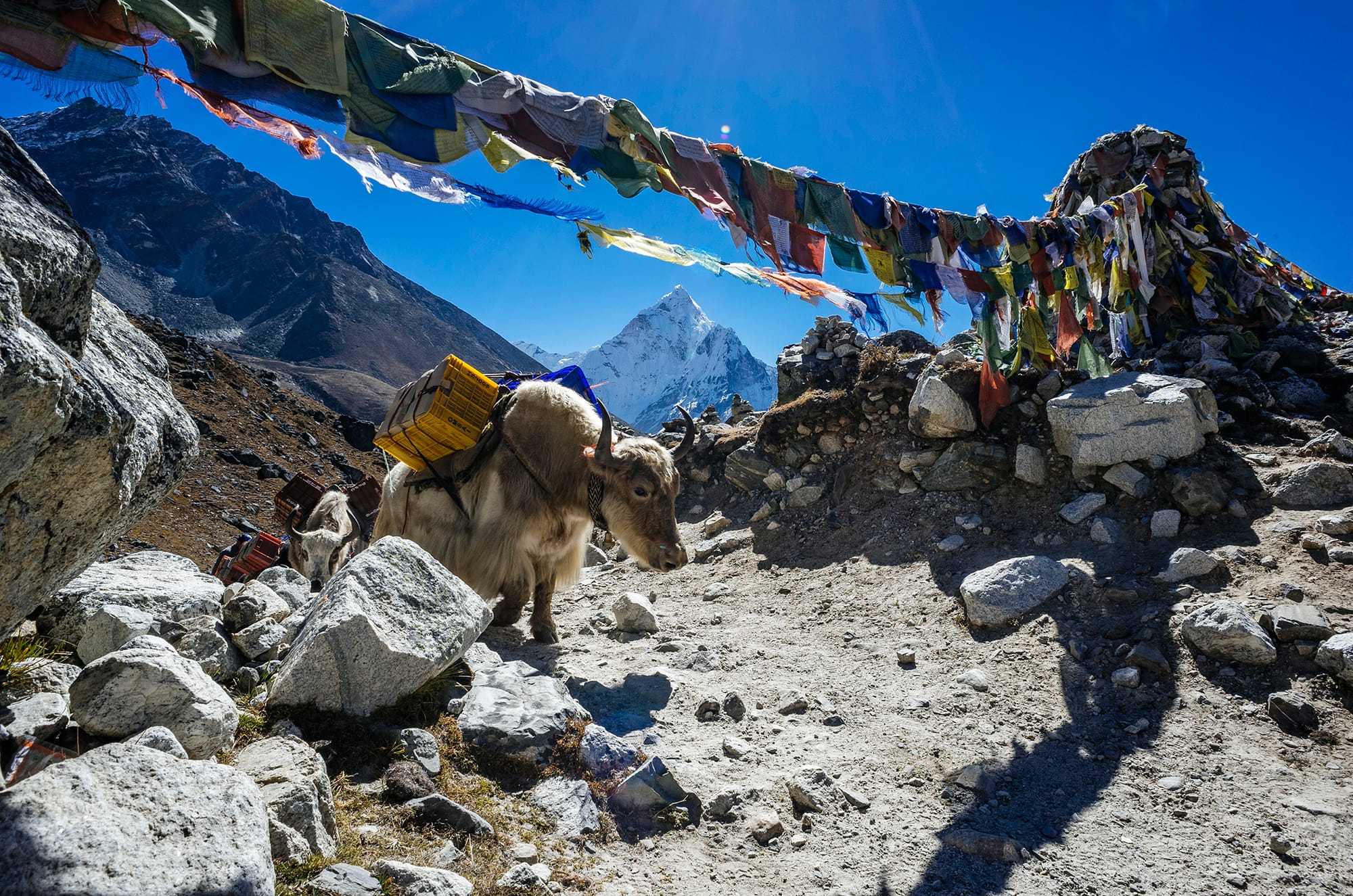

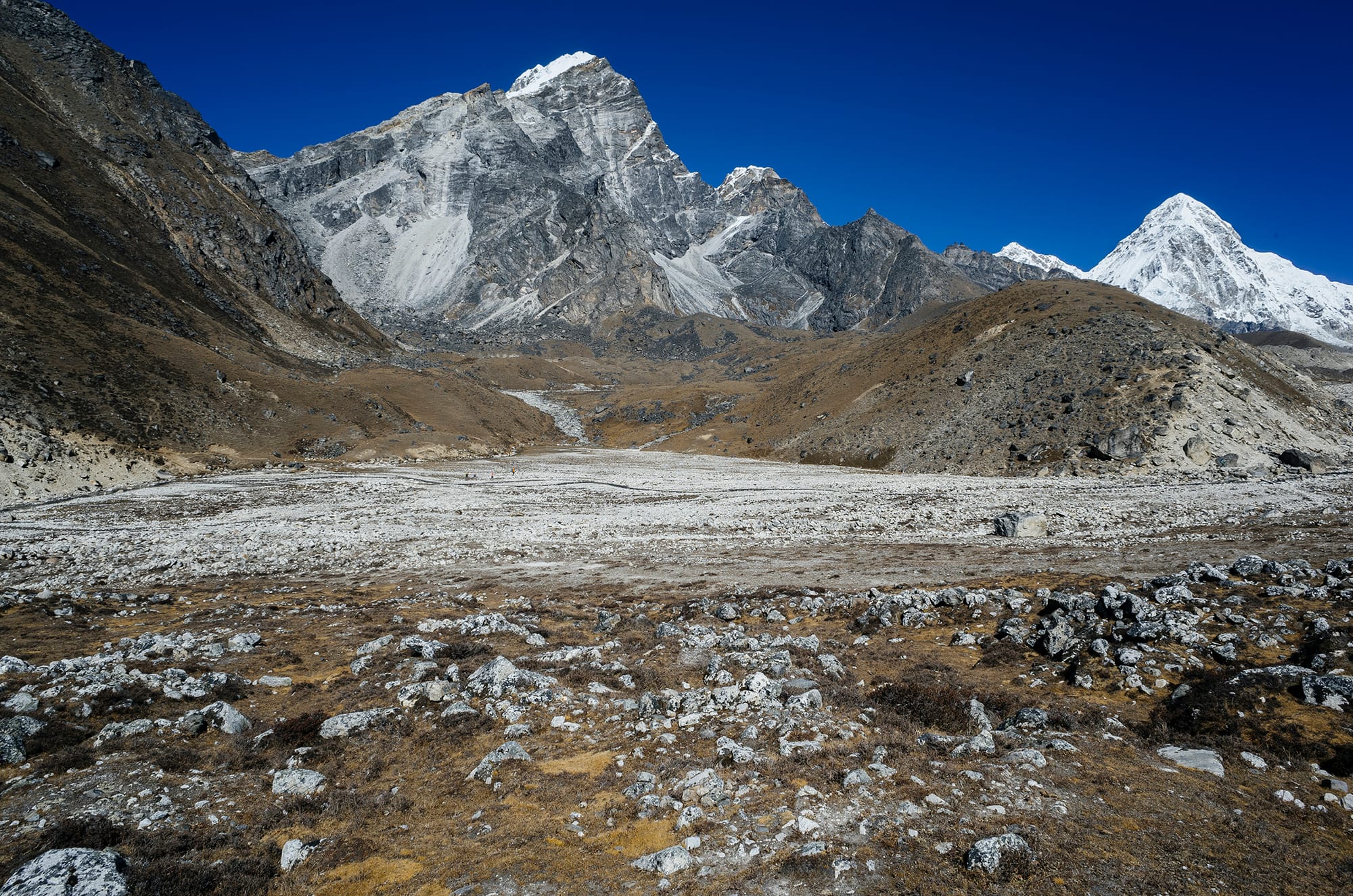
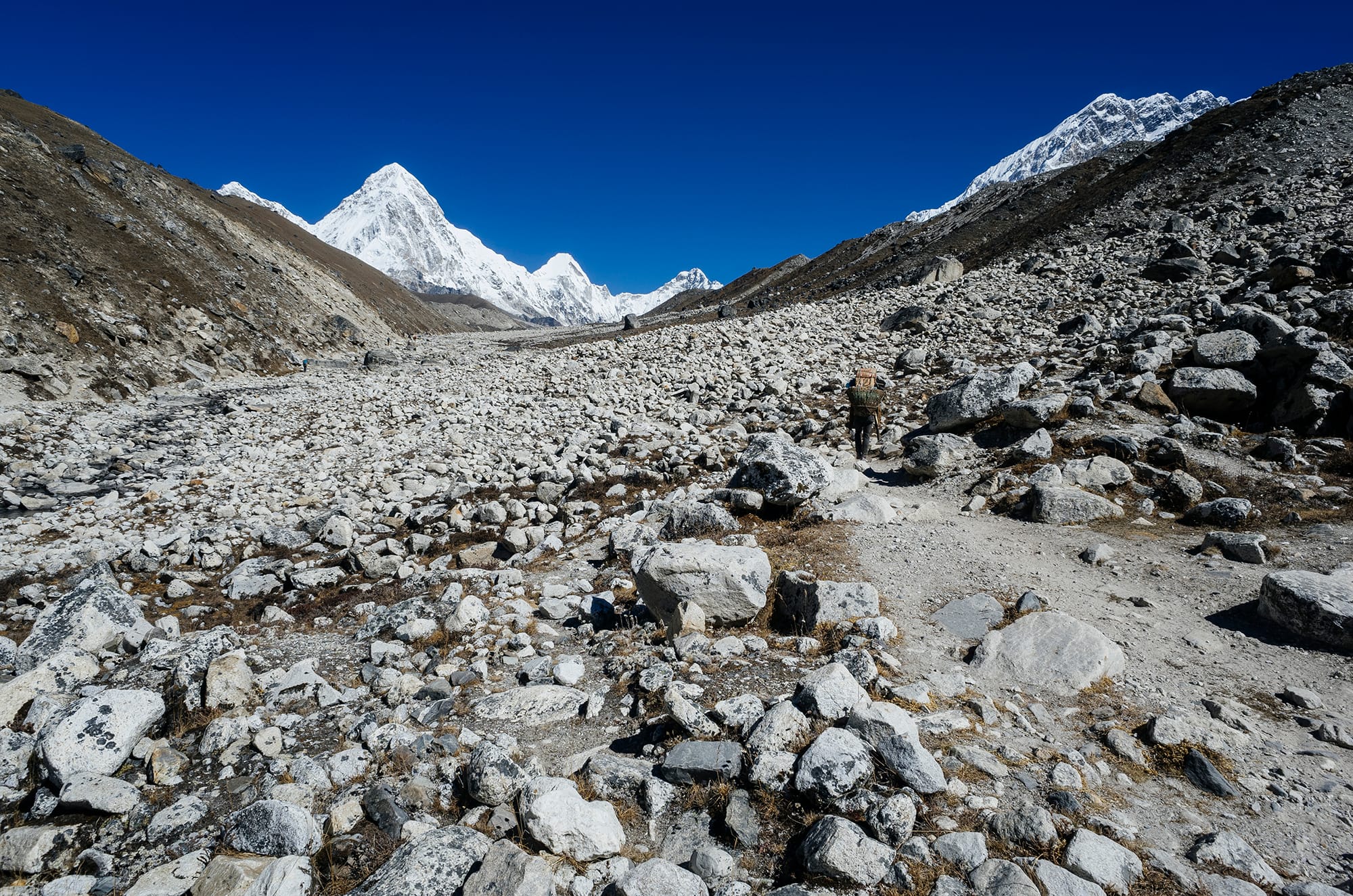
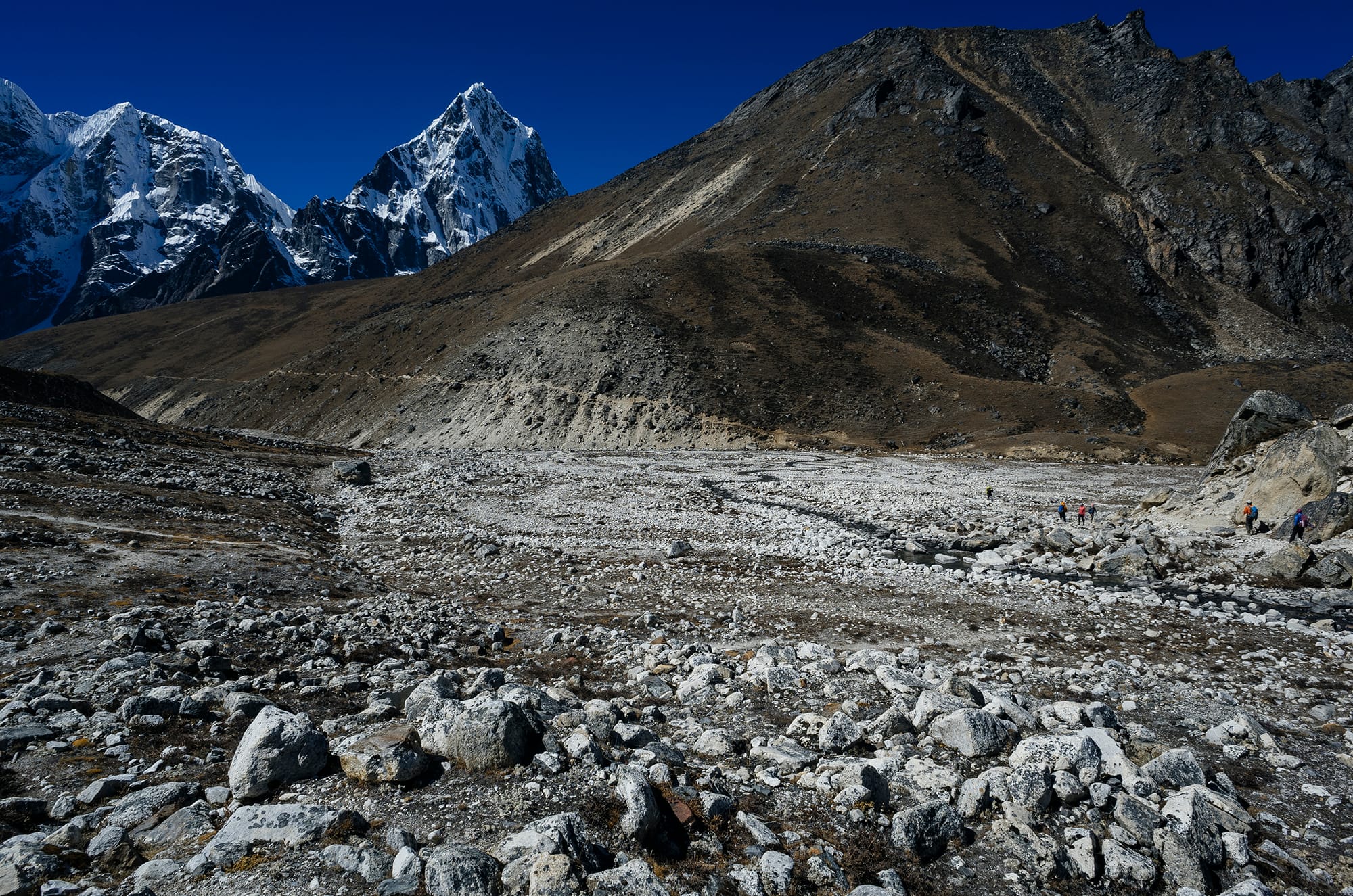
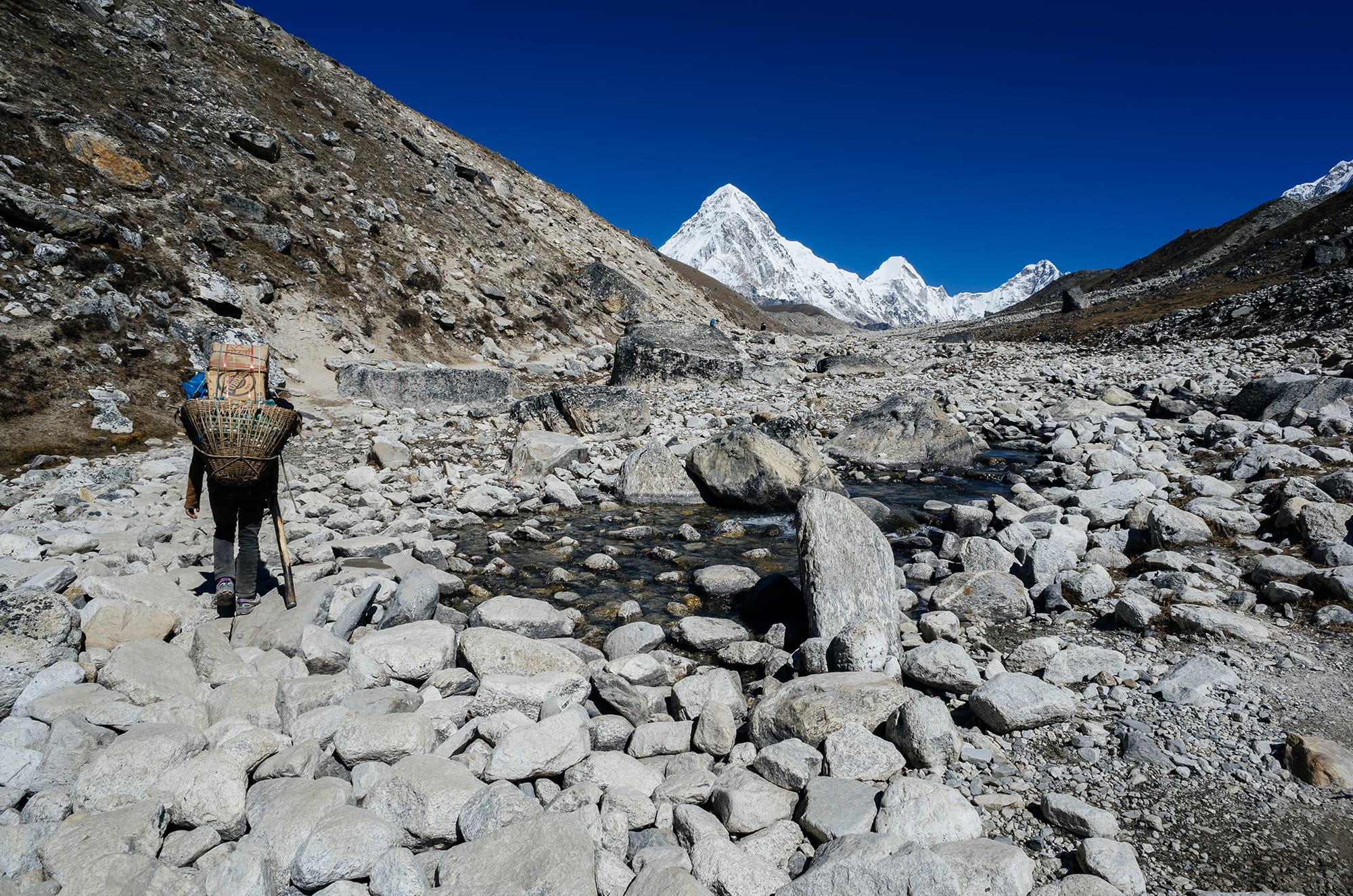
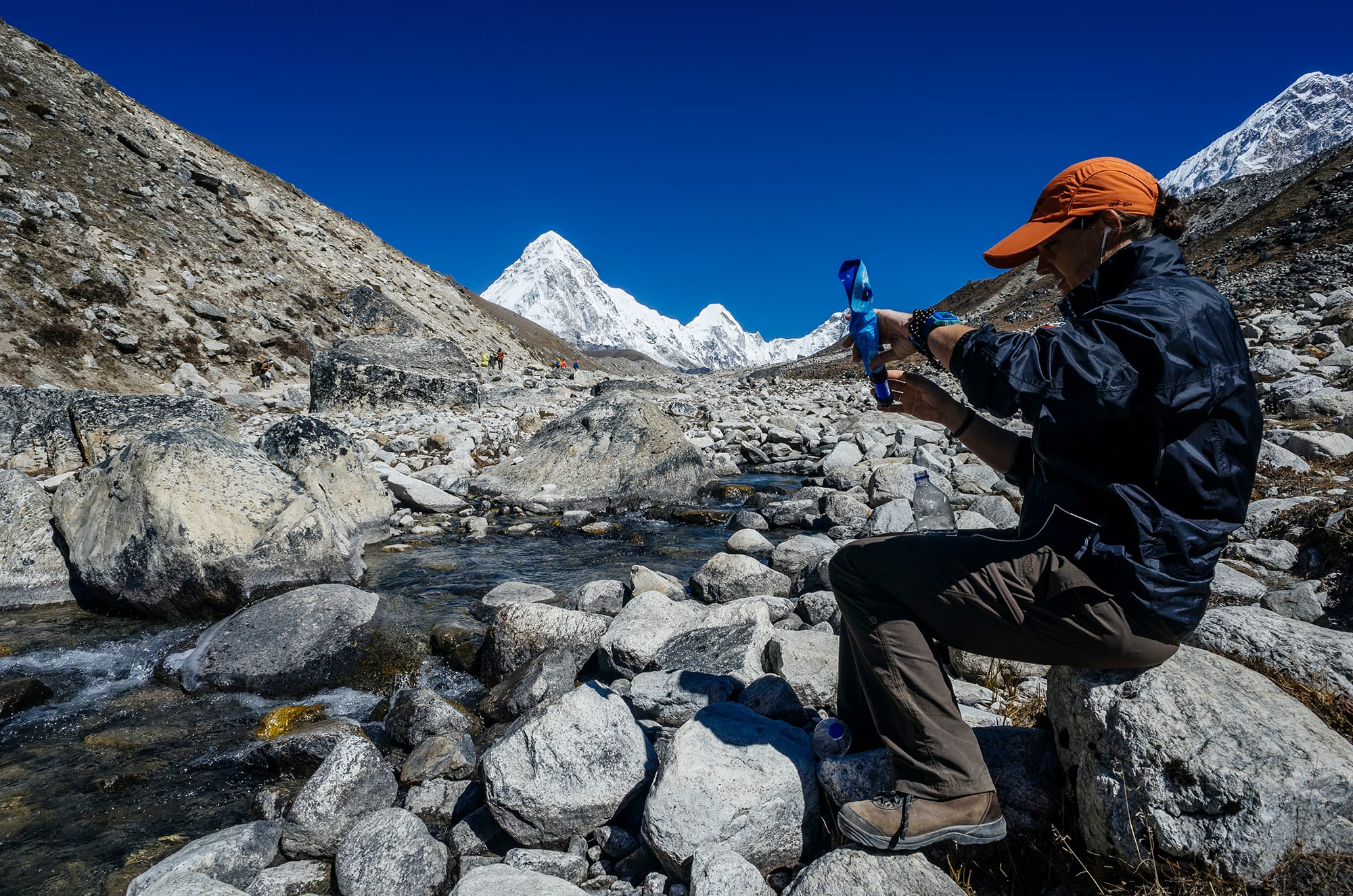
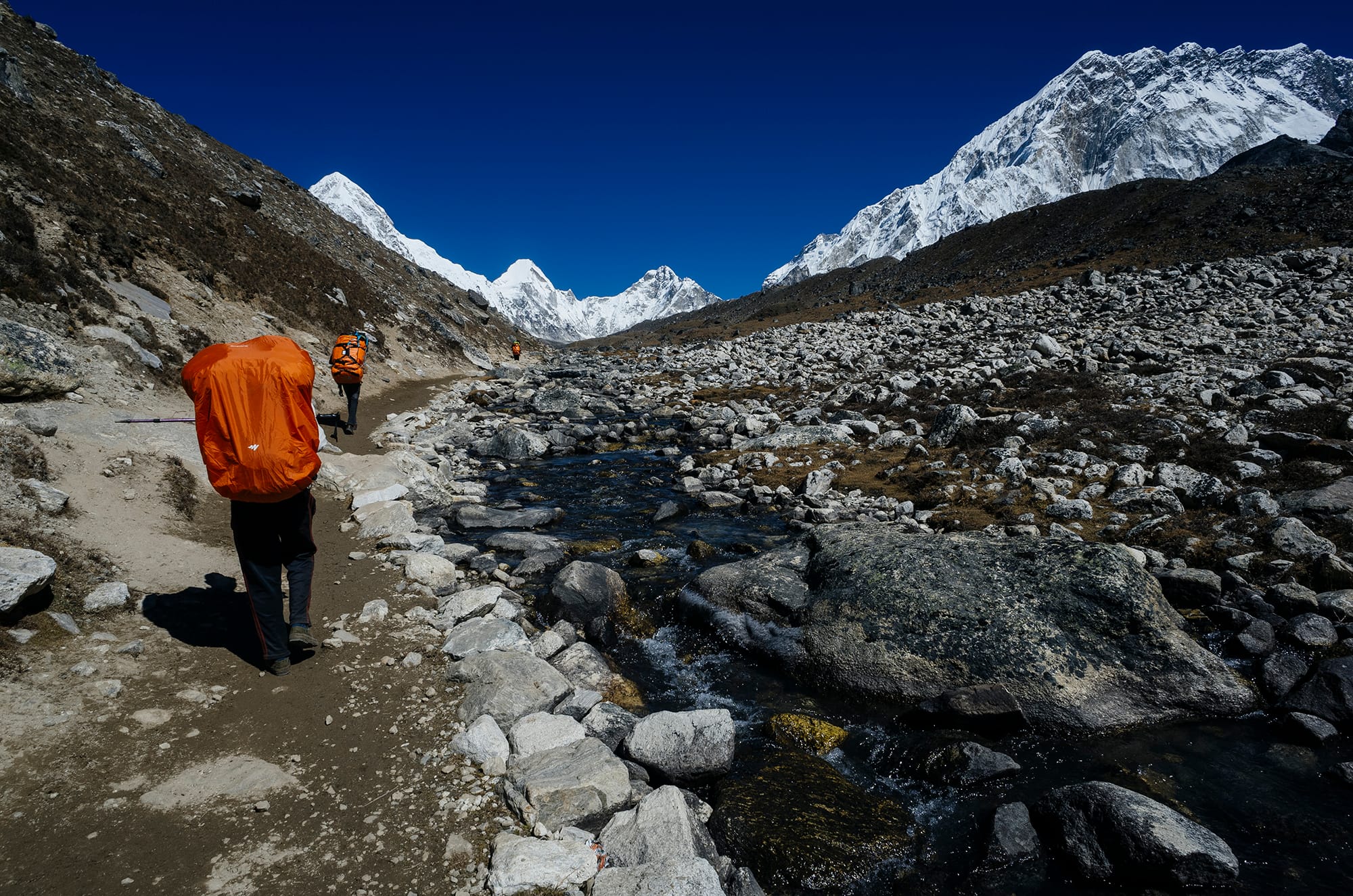

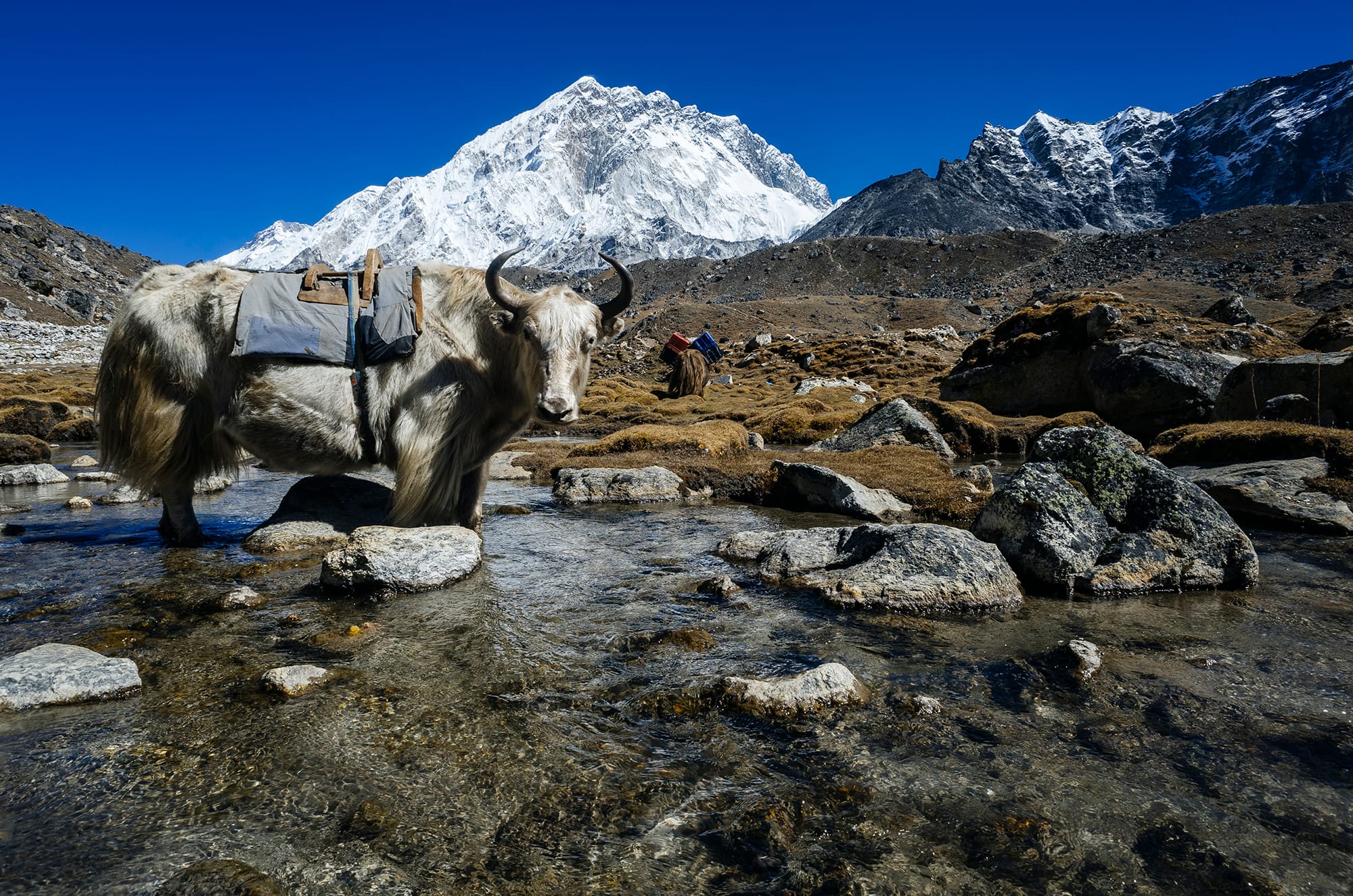
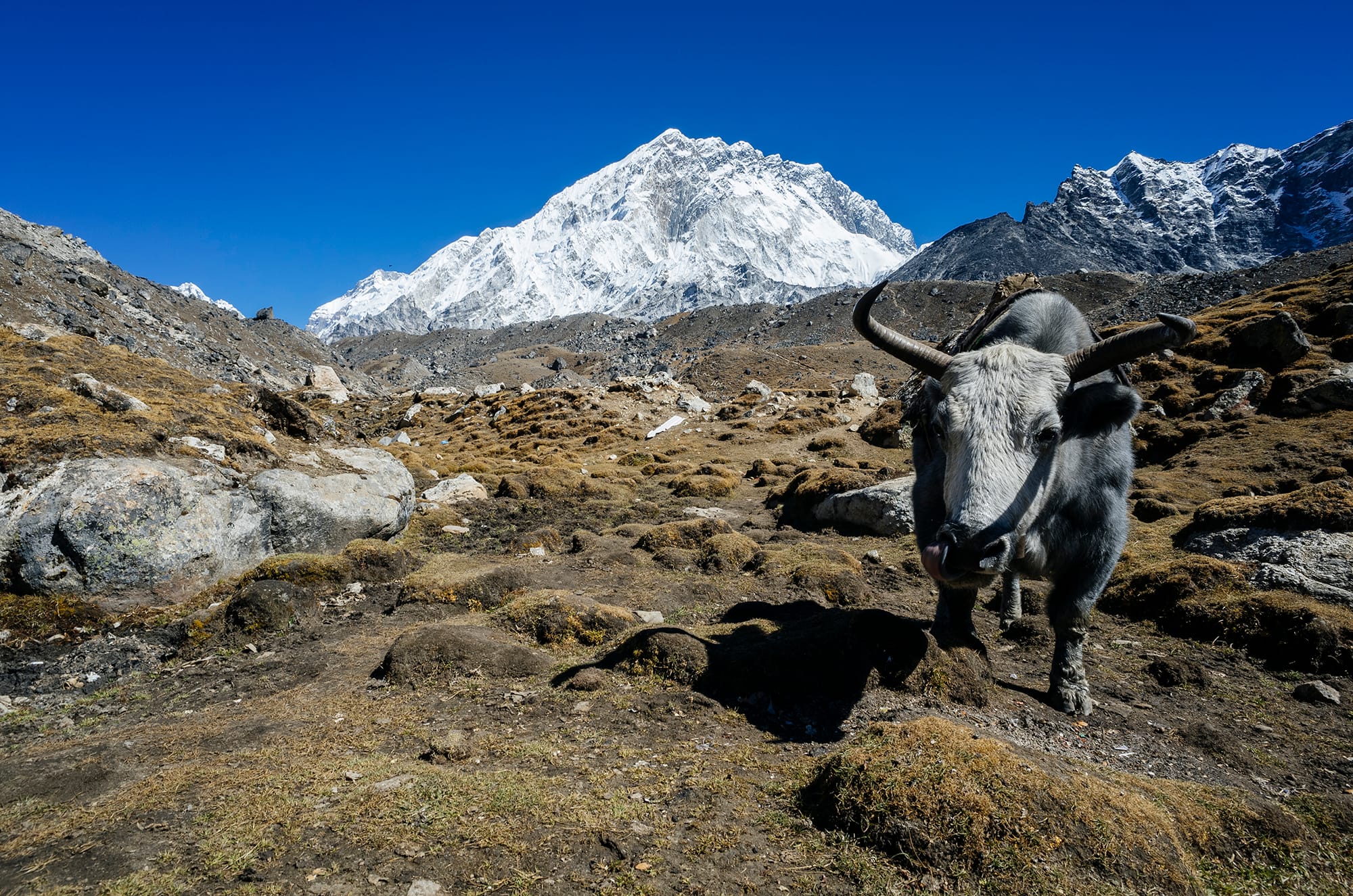
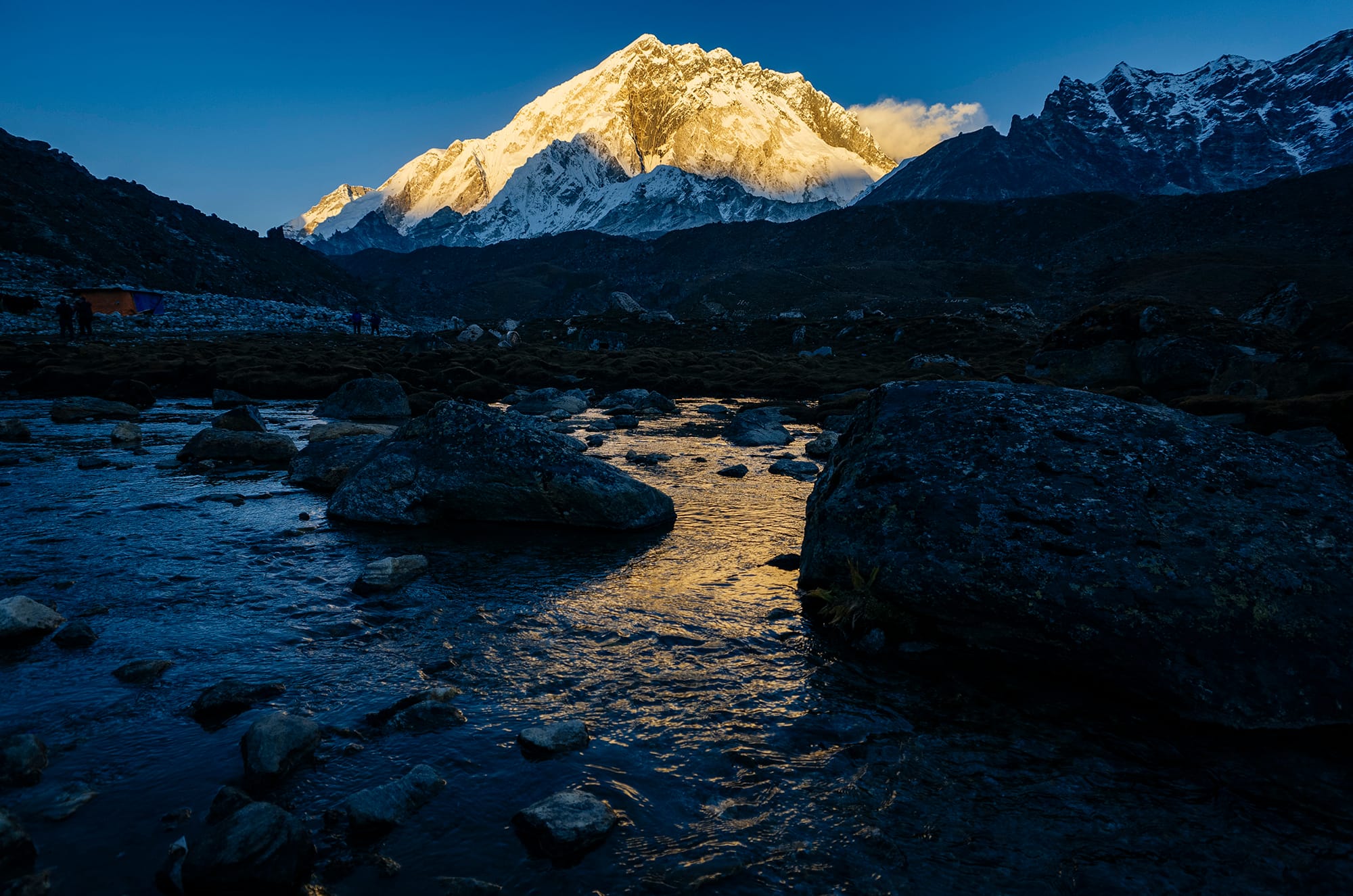
Day 7: Lobuche to Gorakshep + Kala Patthar + EBC
Time: 8.5-9hrs hiking
Conditions encountered: After a 1hr 40min hike to Gorakshep early in the morning, we made our way up Kala Patthar (~2.5-3hrs round-trip) to 5,600m for our first good look at Everest. It was definitely worth it. The views from Kala Patthar are much better than those at the actual Everest Base Camp, which we visited later in the afternoon (~3.5-4hrs round-trip from Gorakshep).
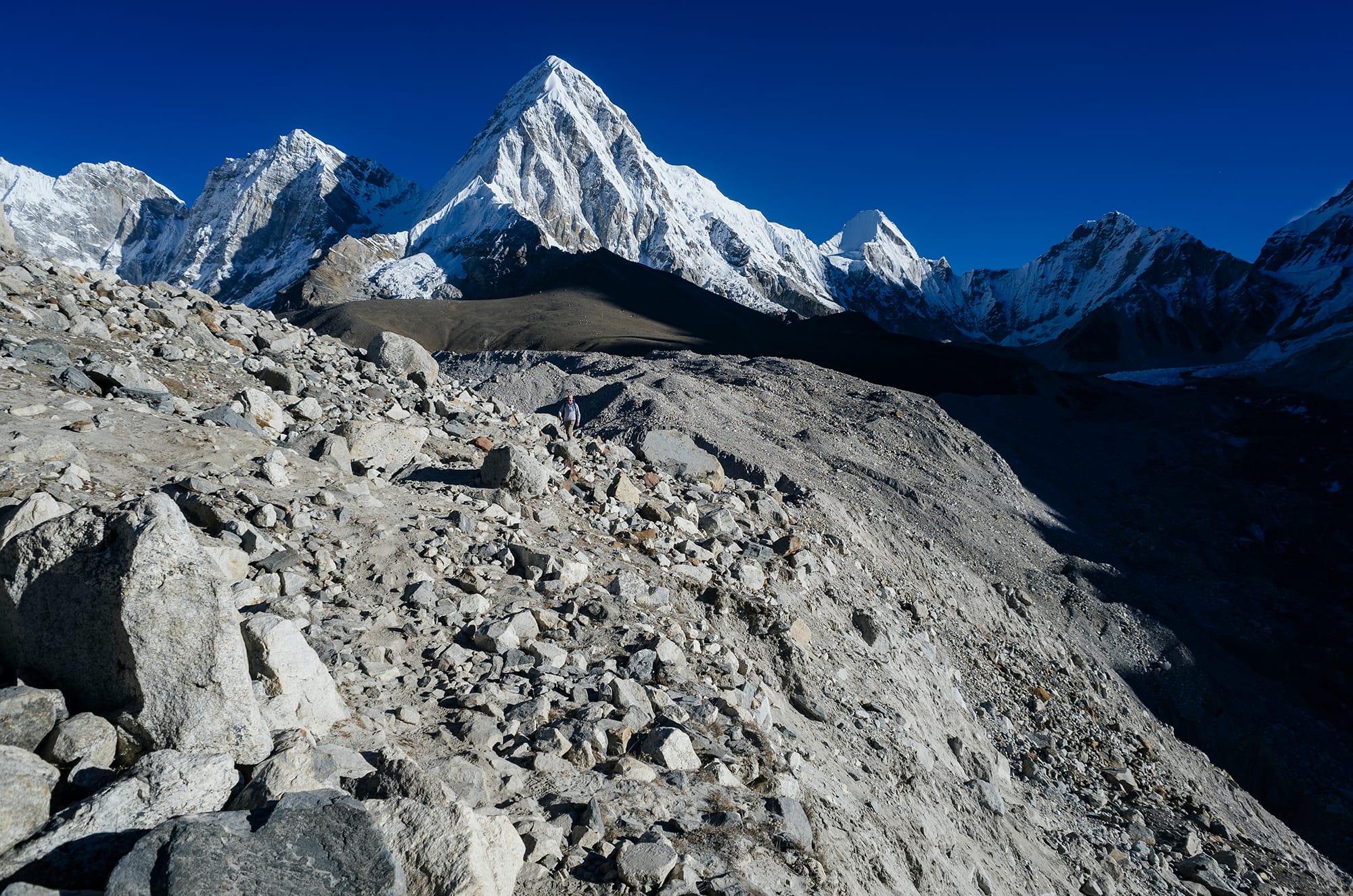
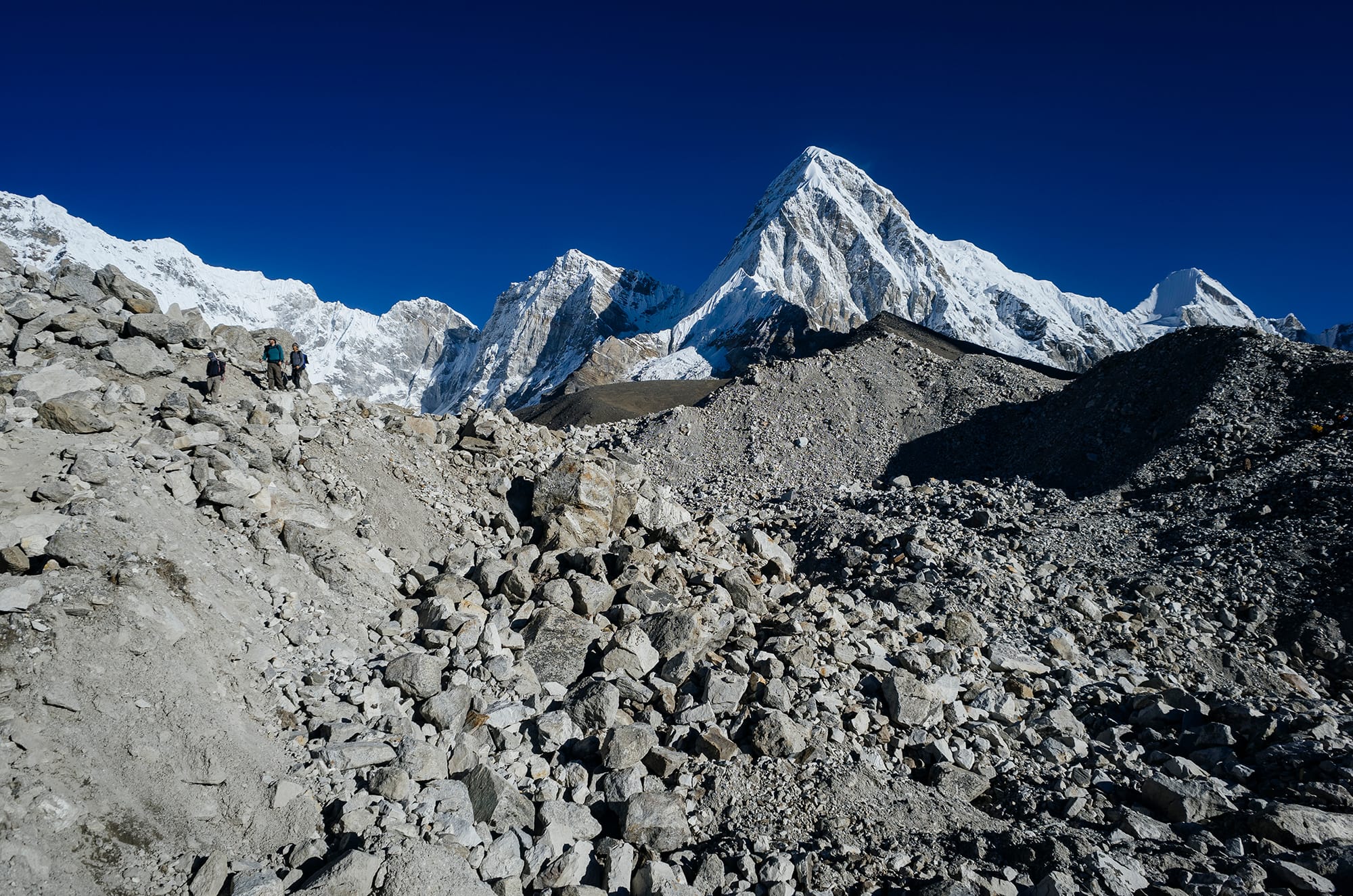
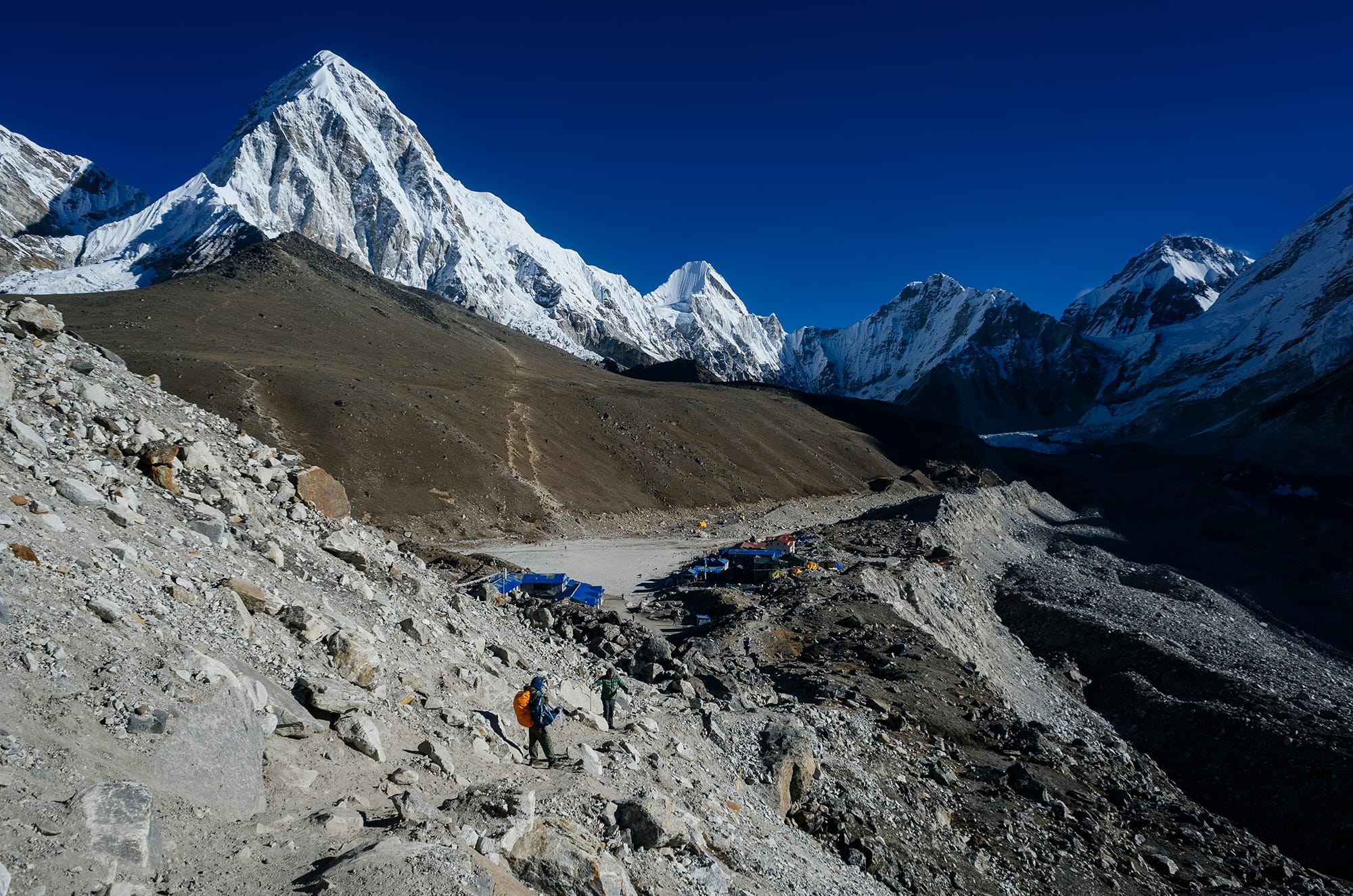
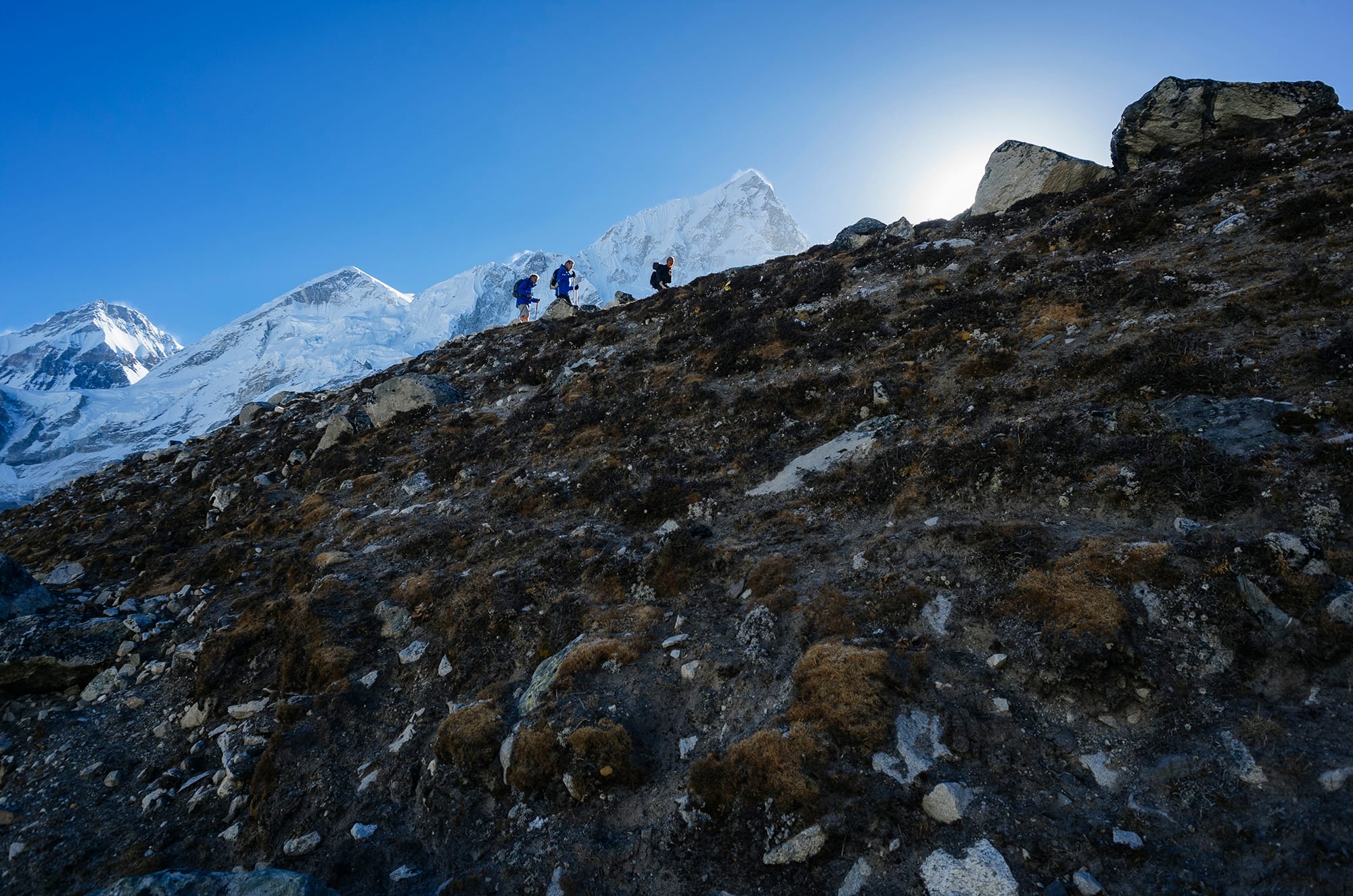
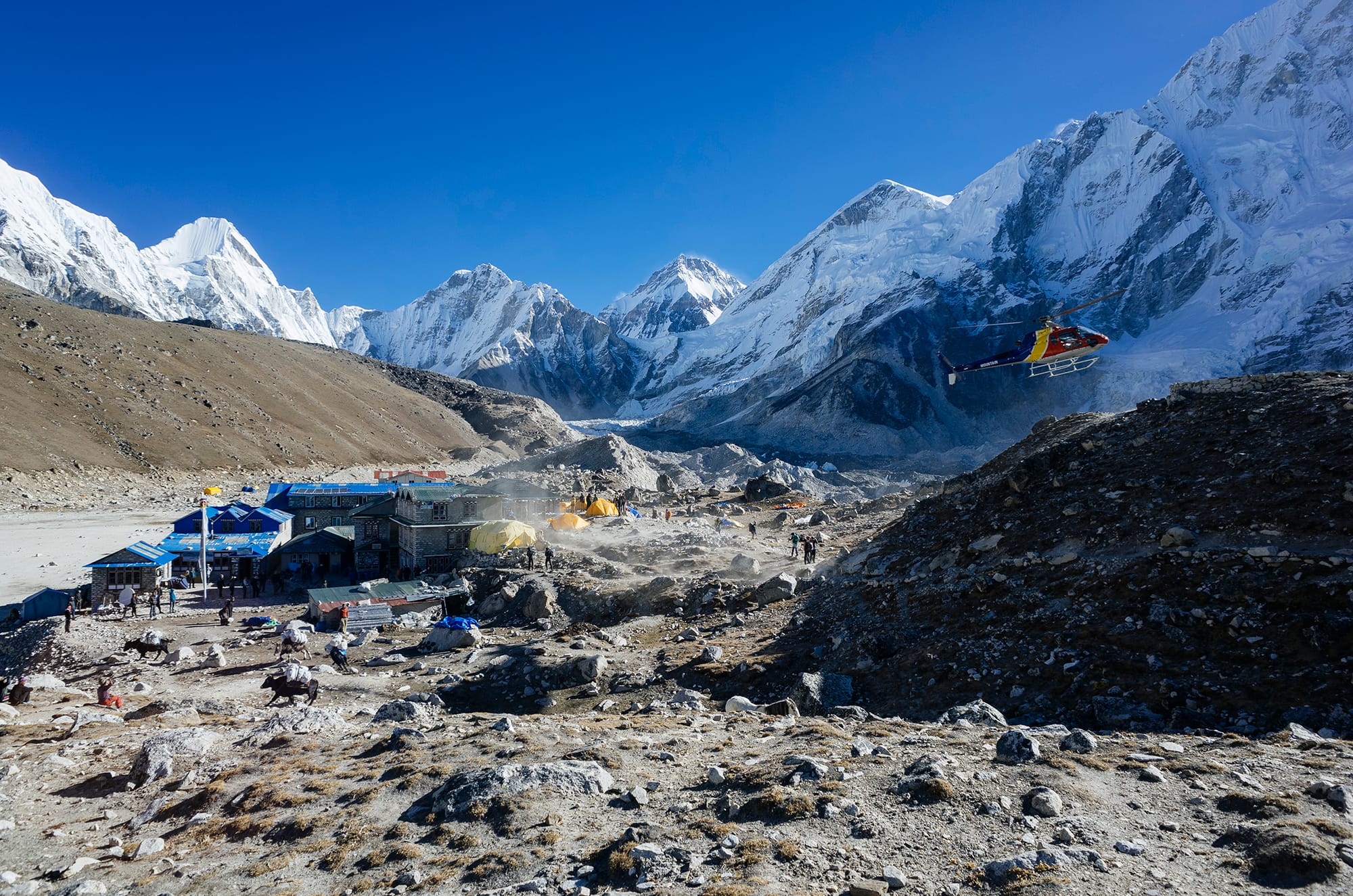
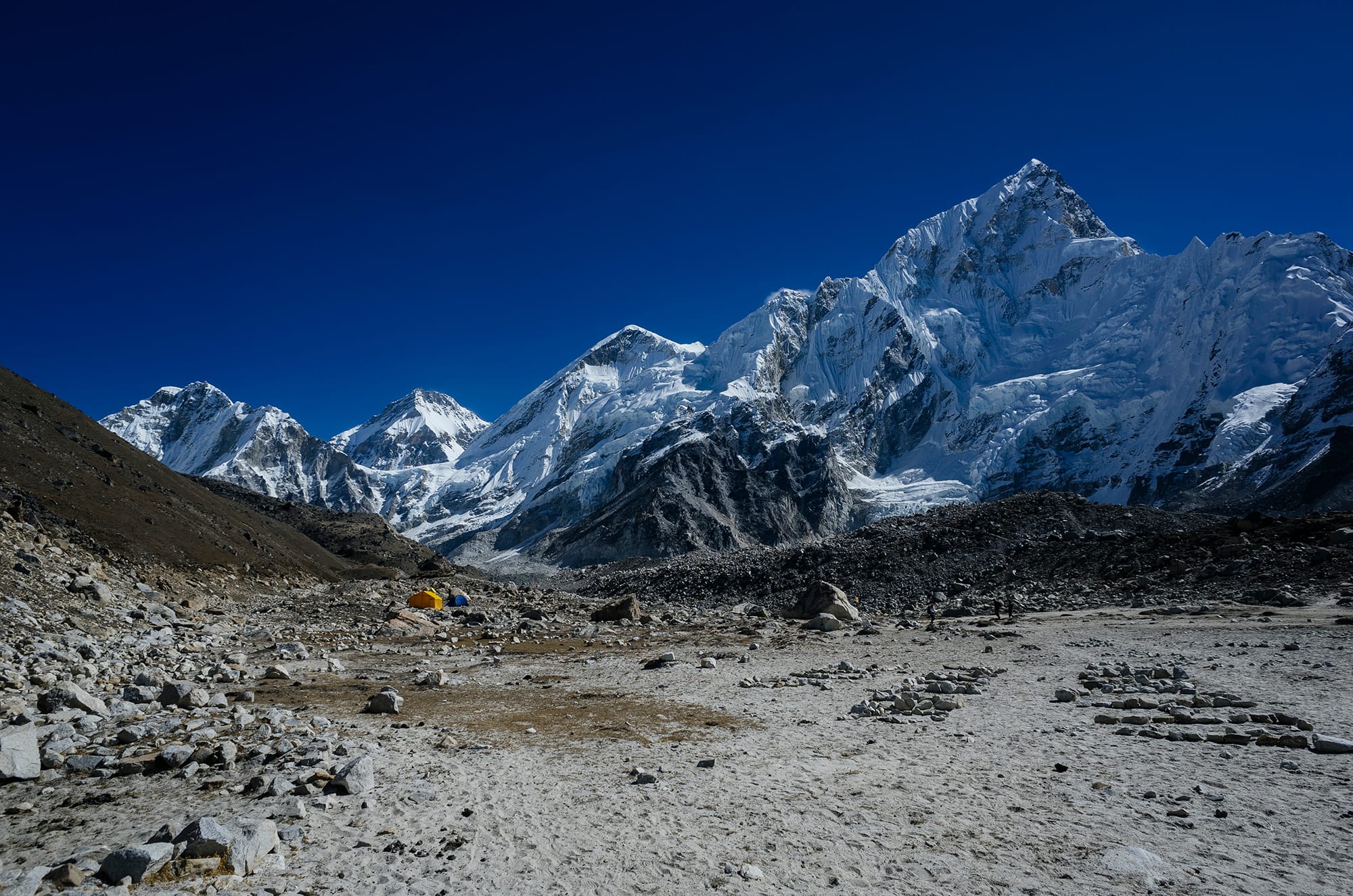
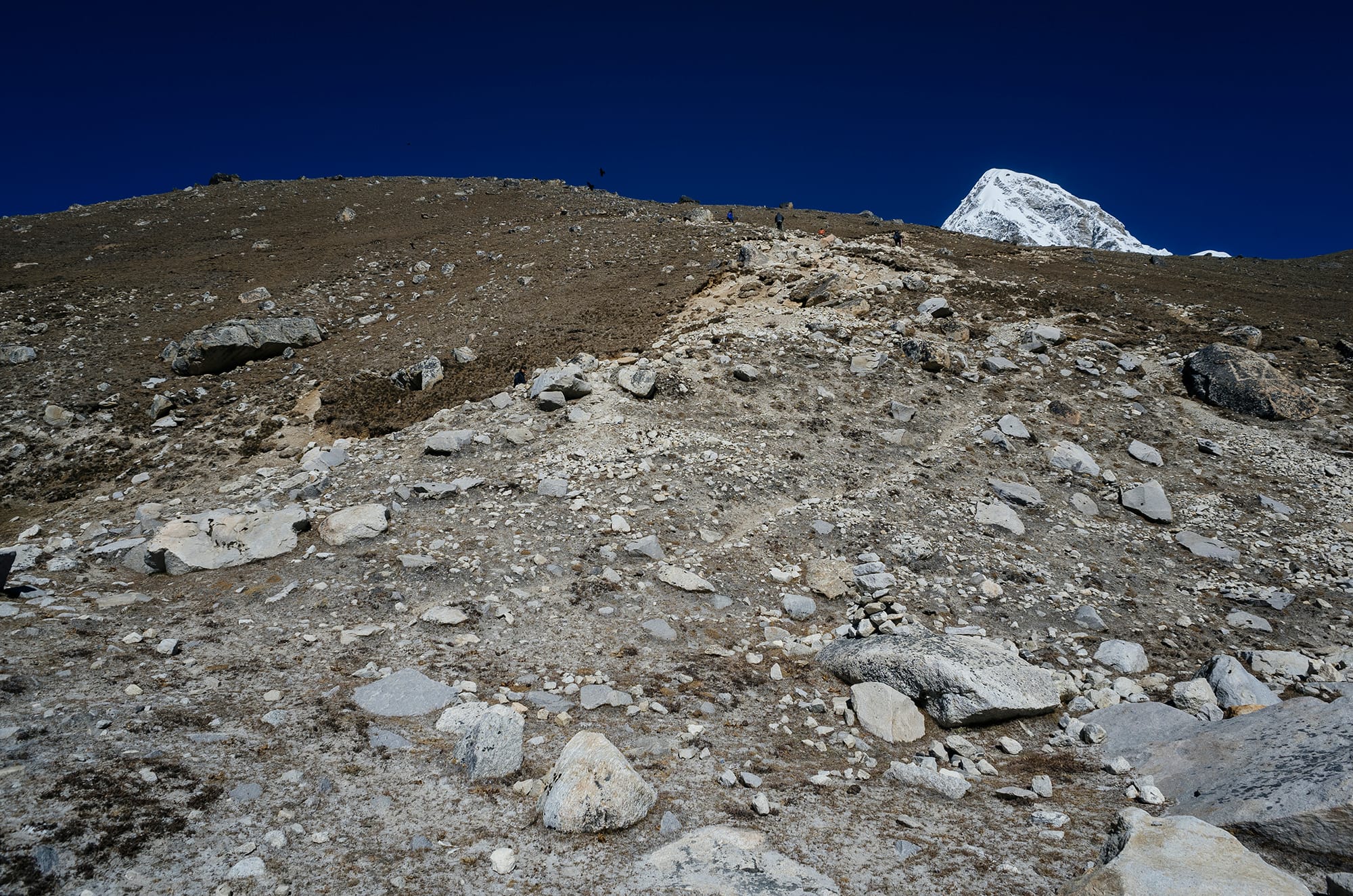
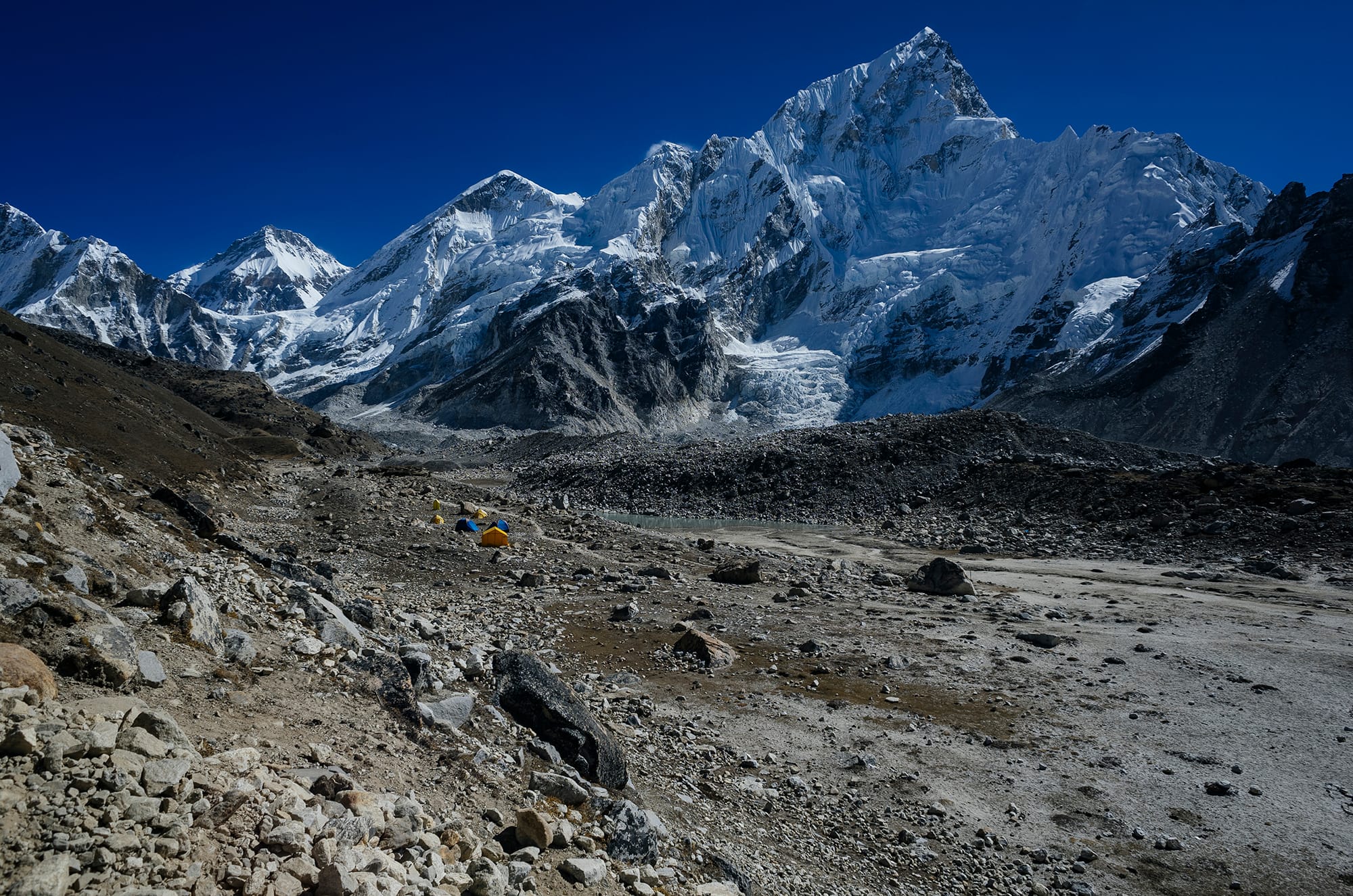
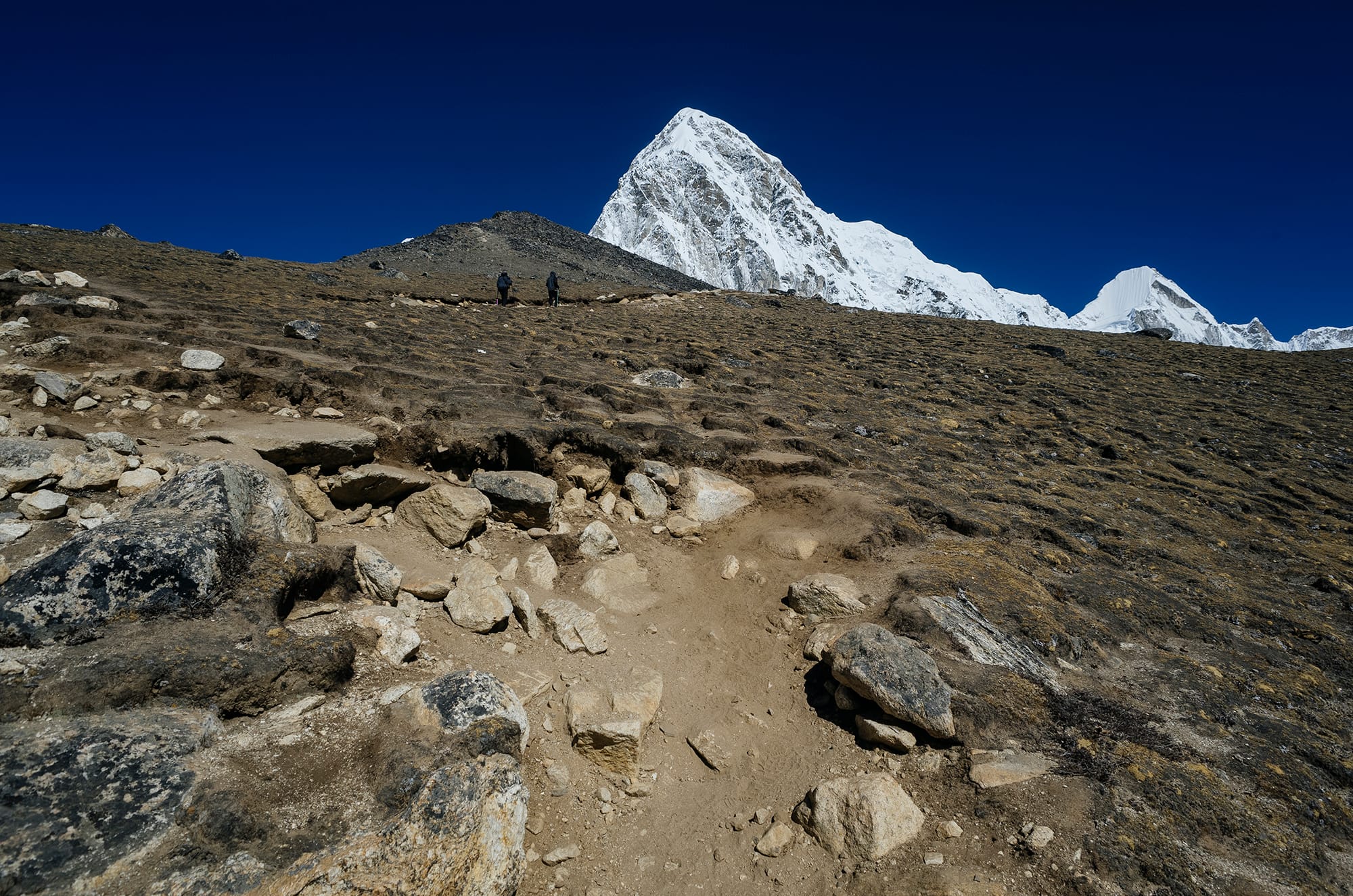
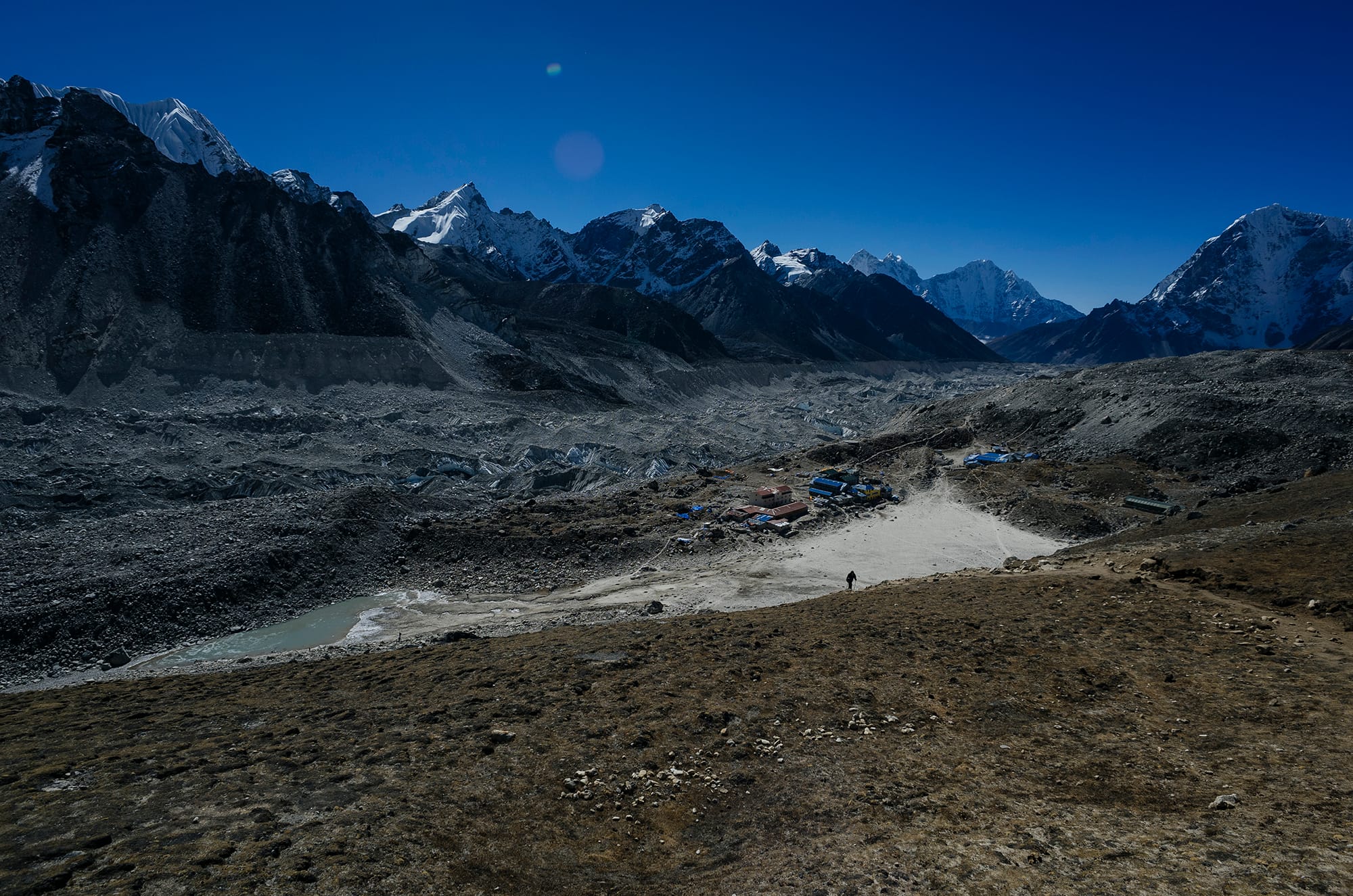
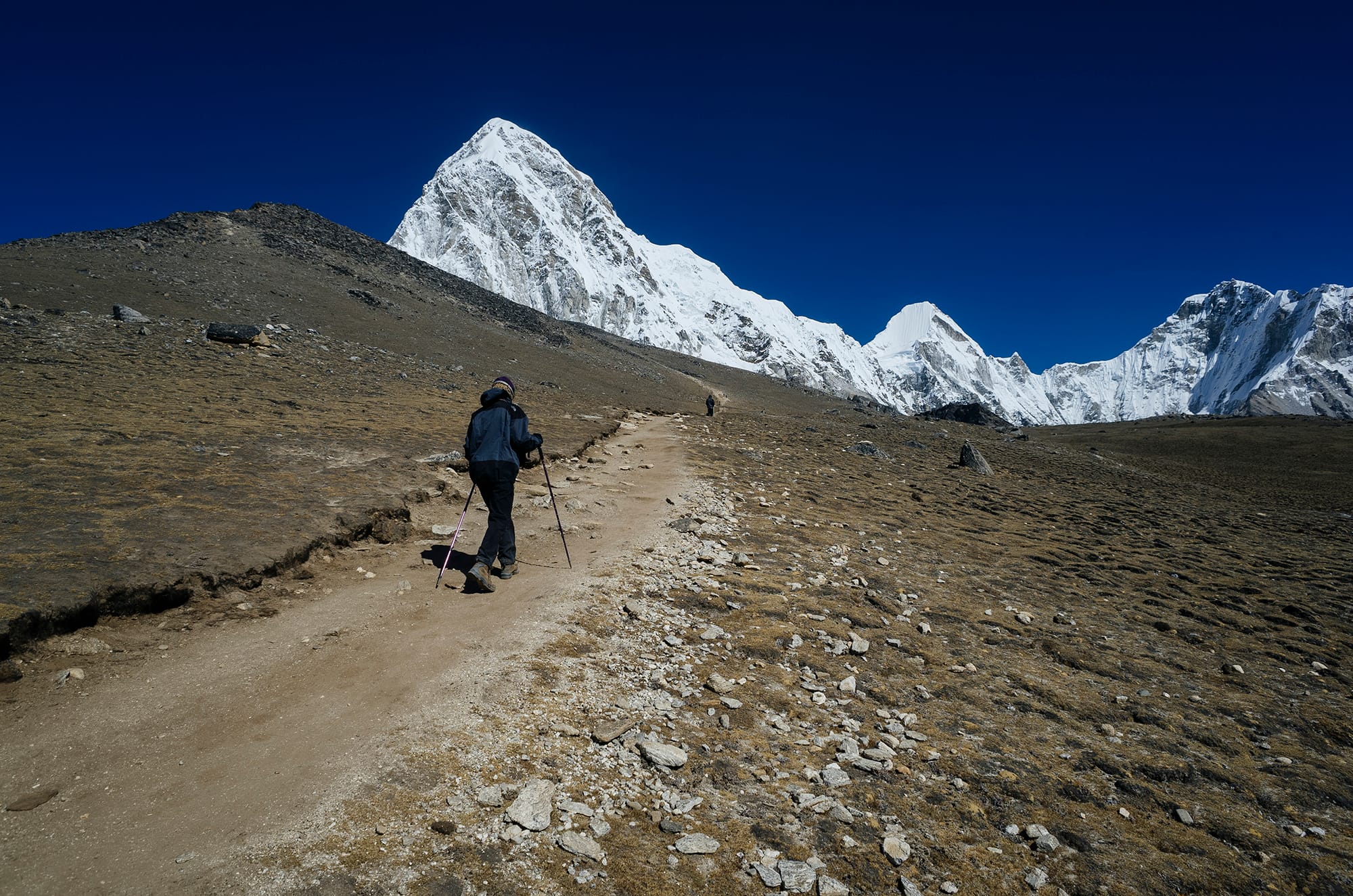
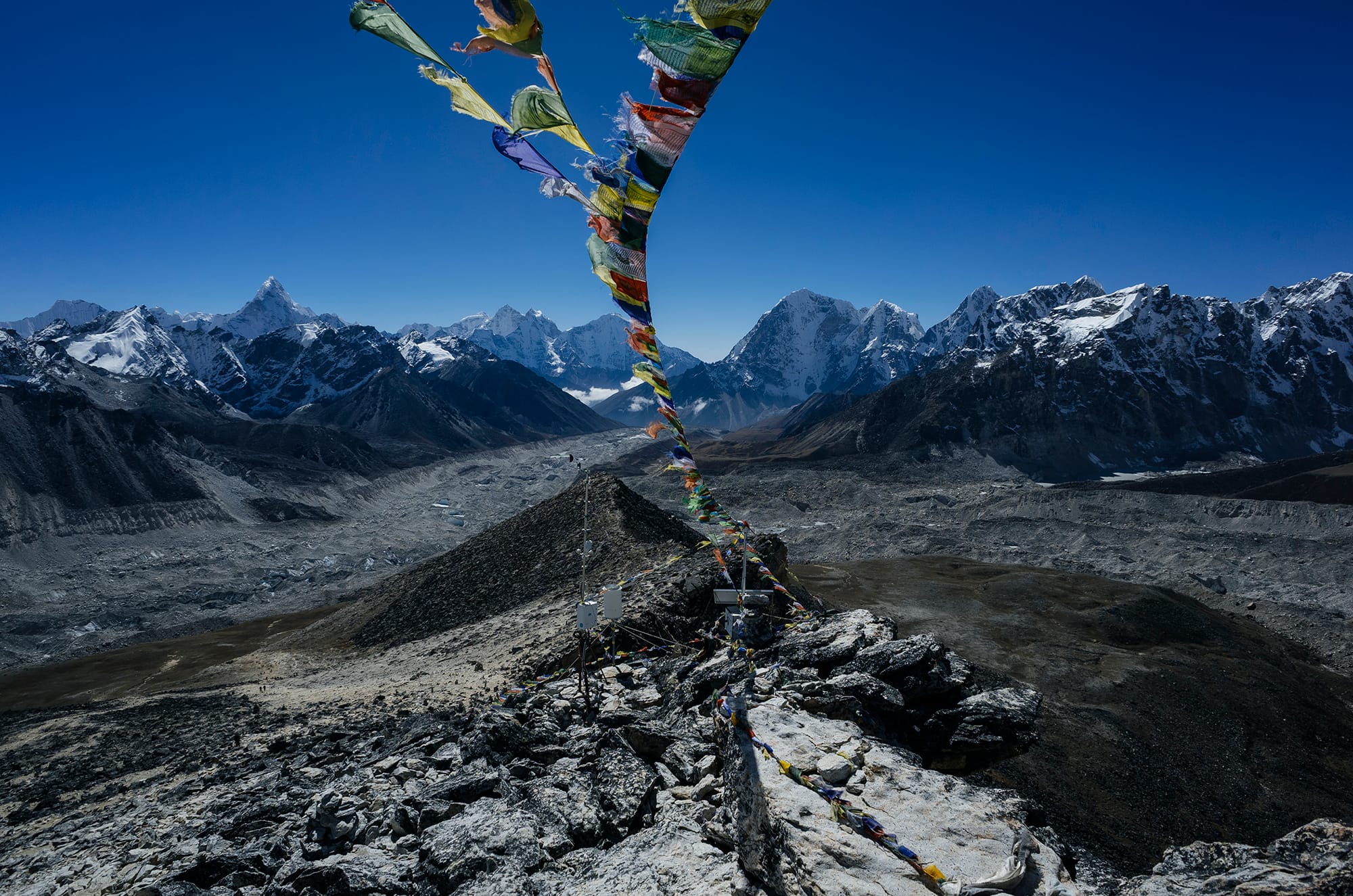
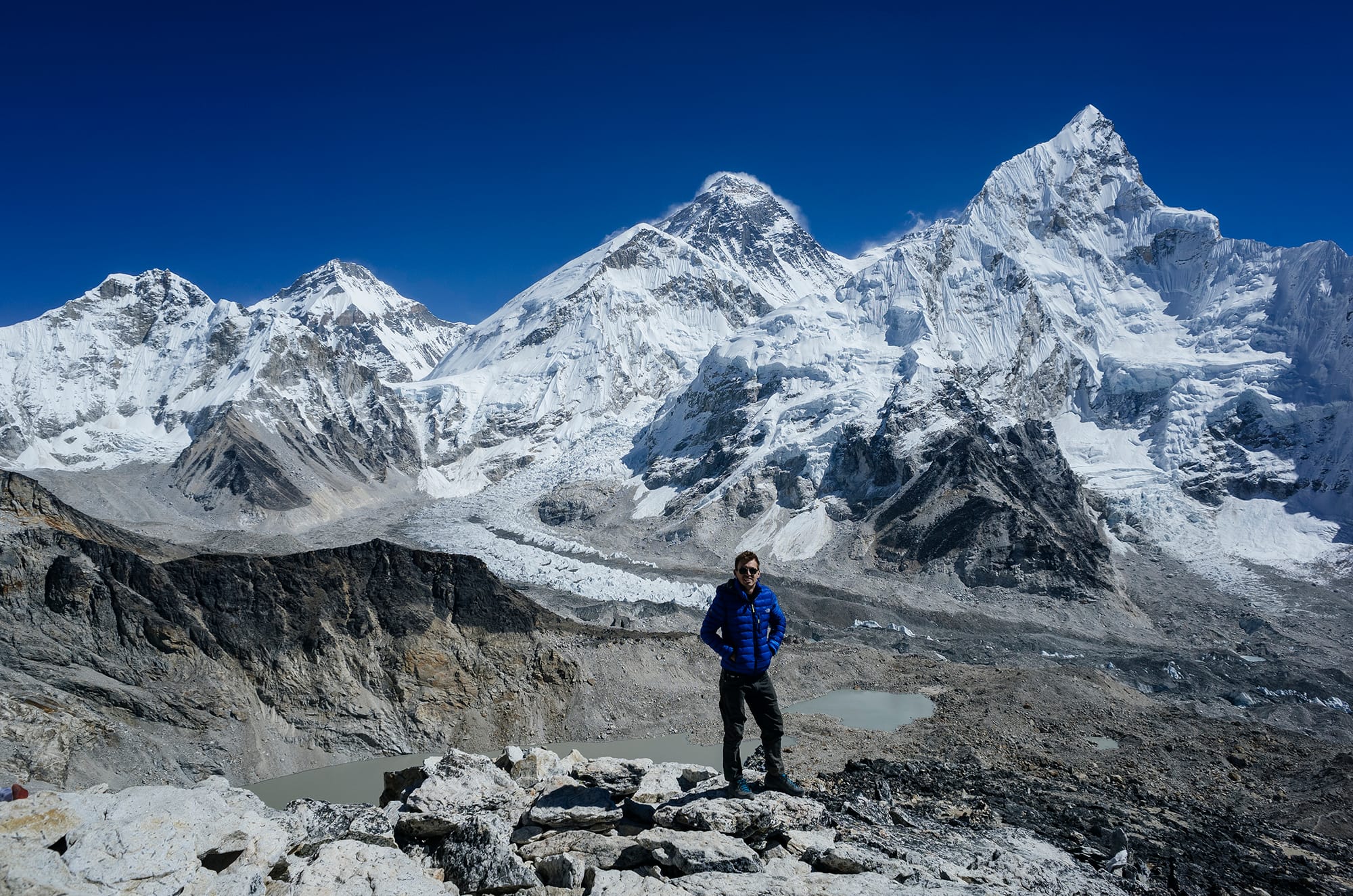

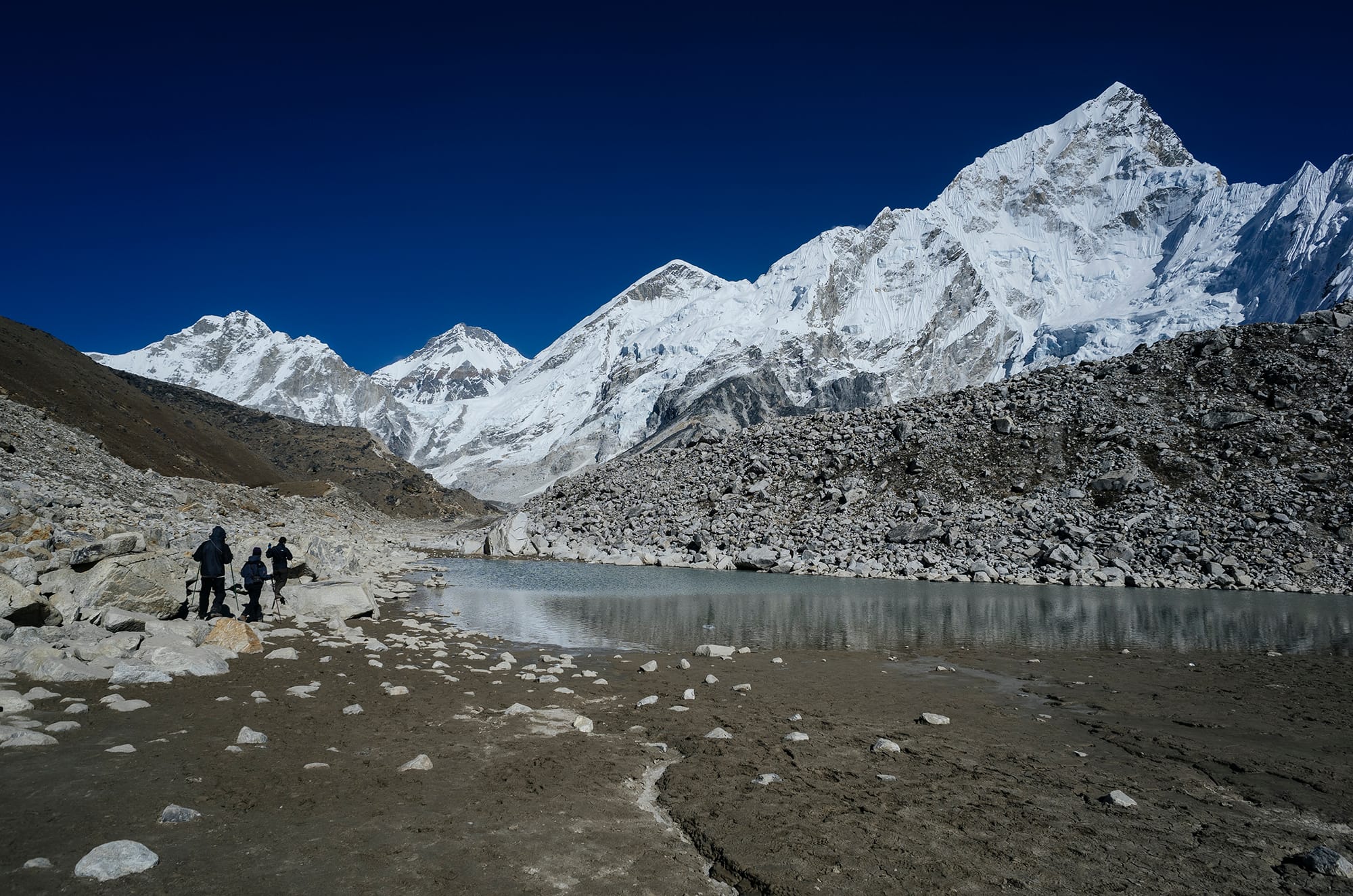
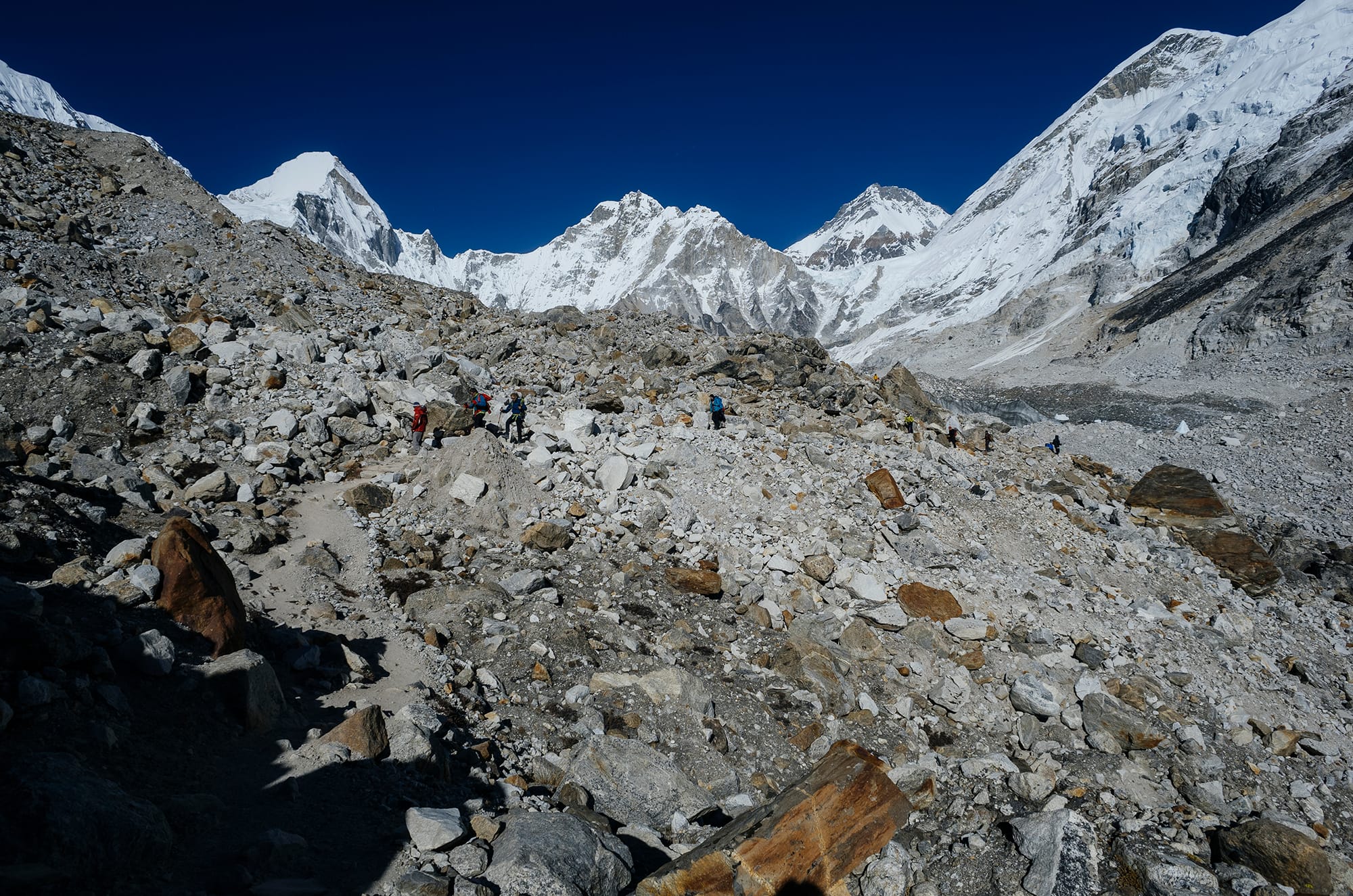
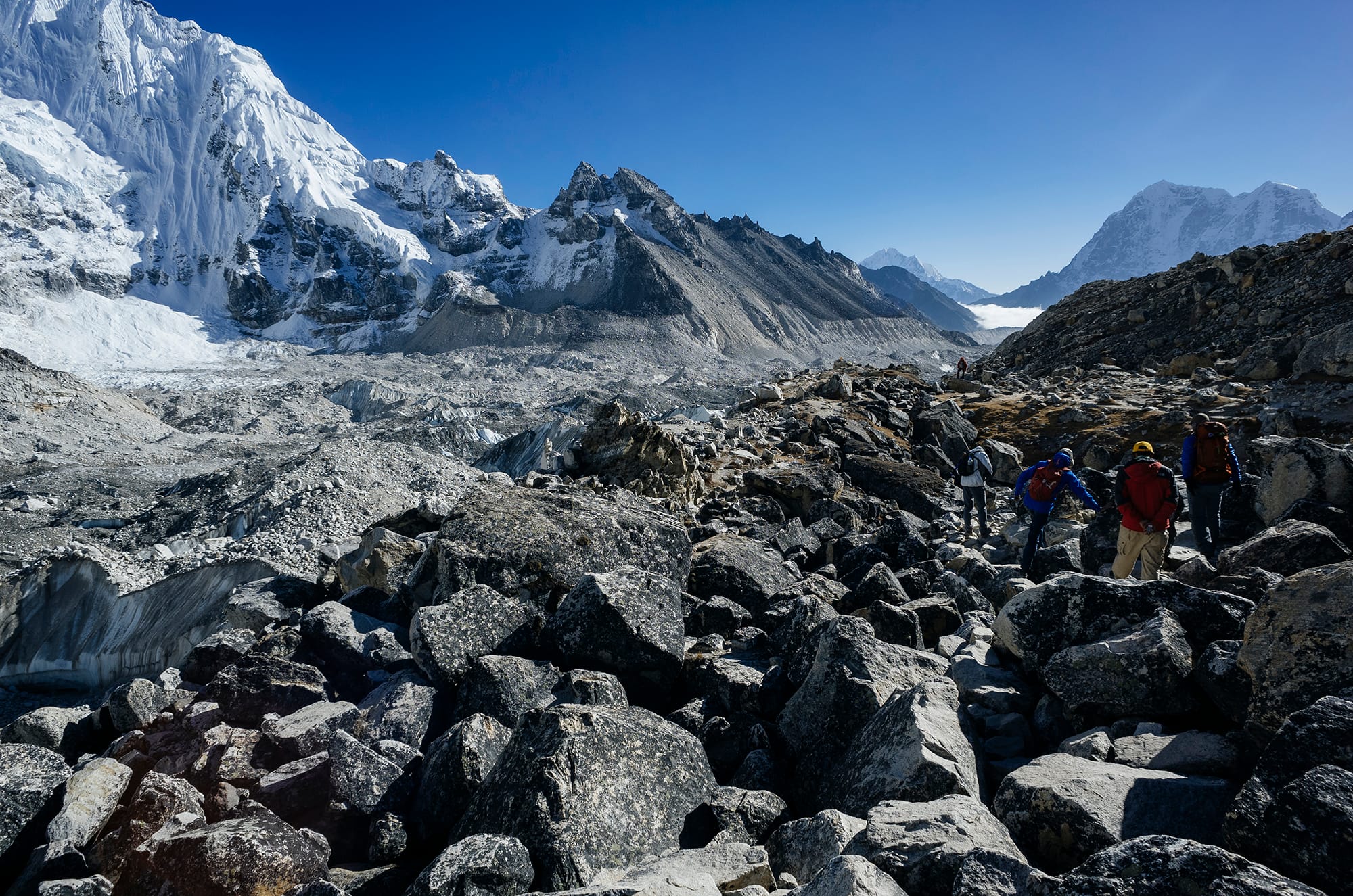
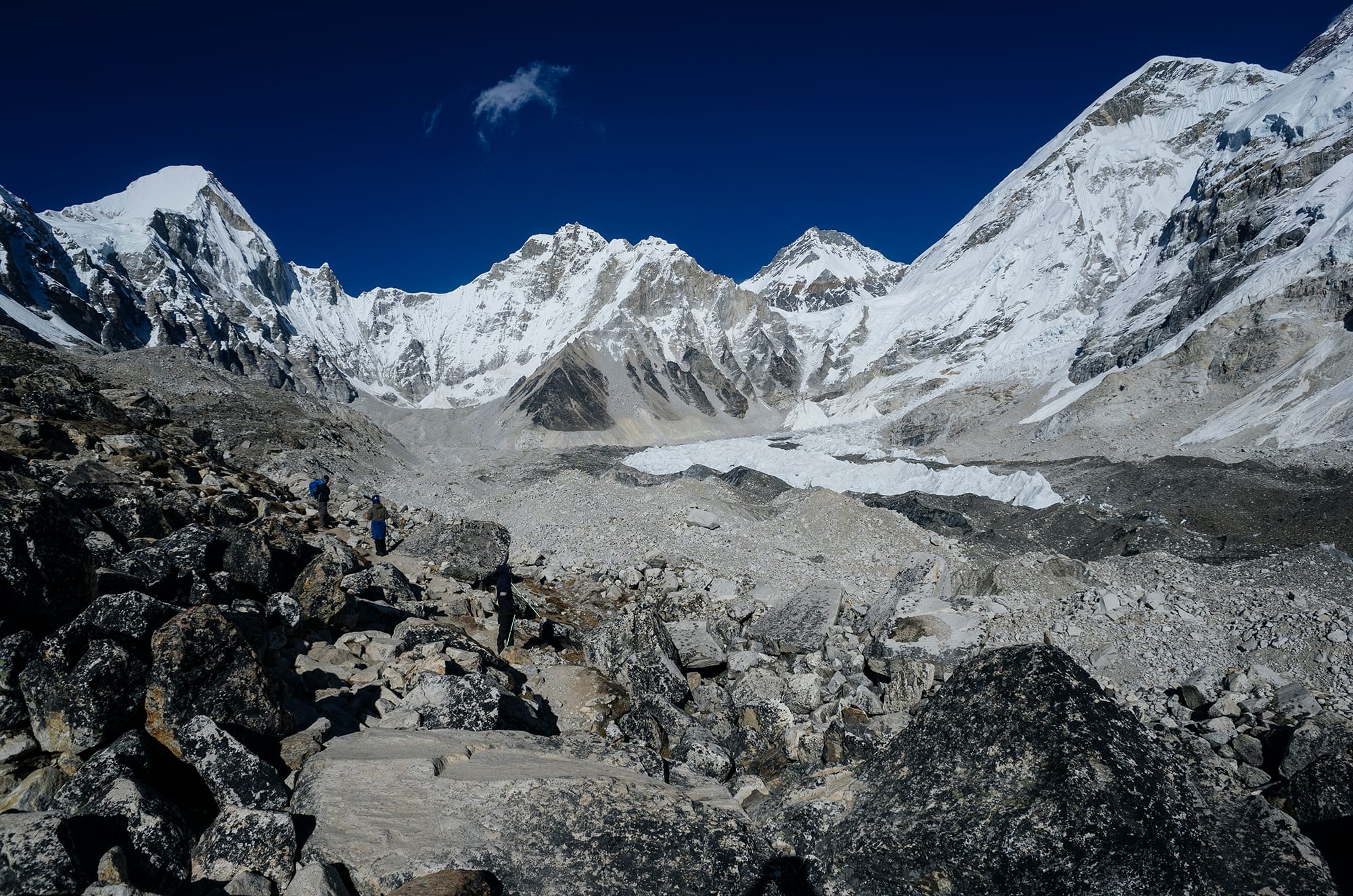
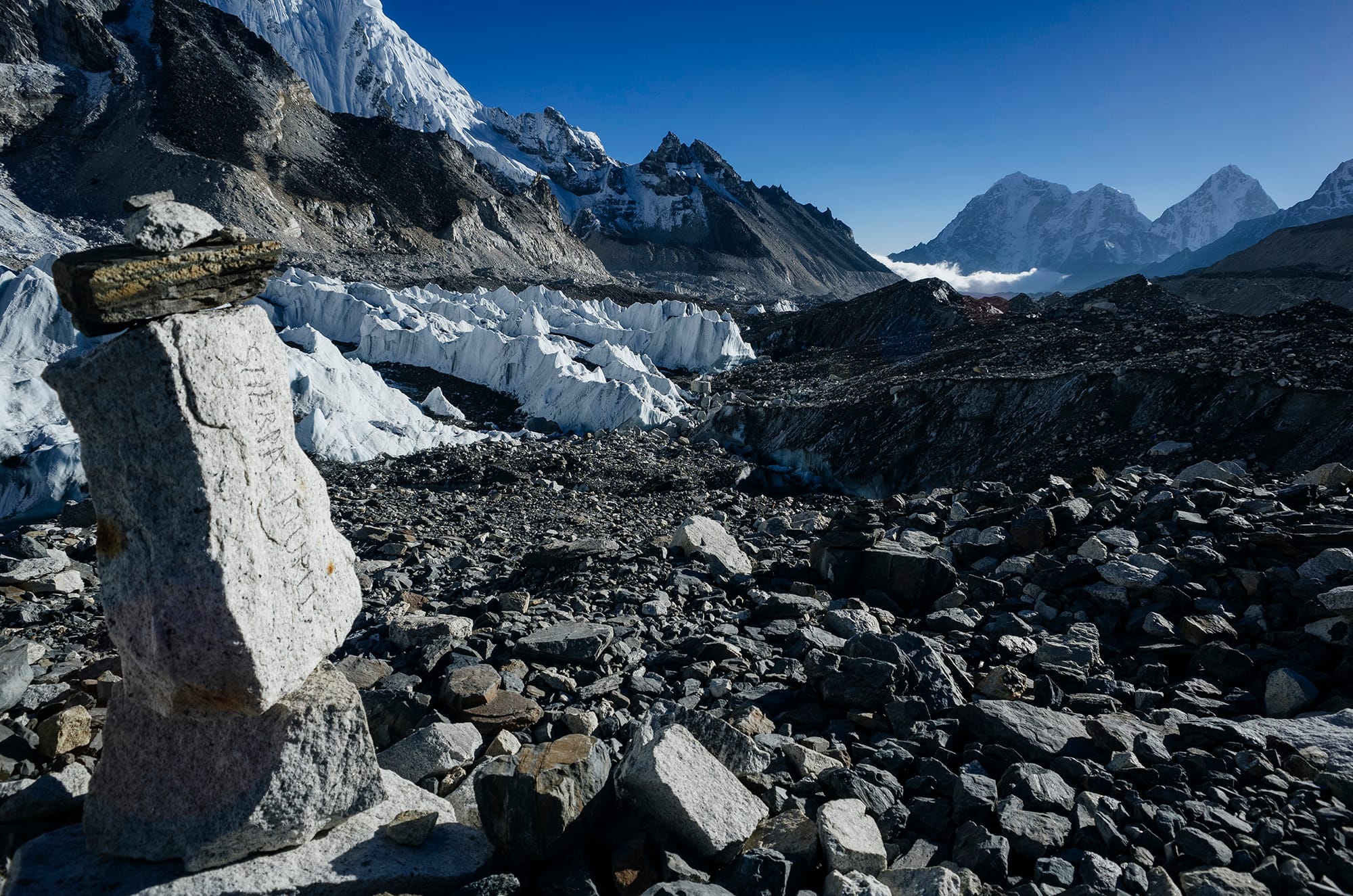
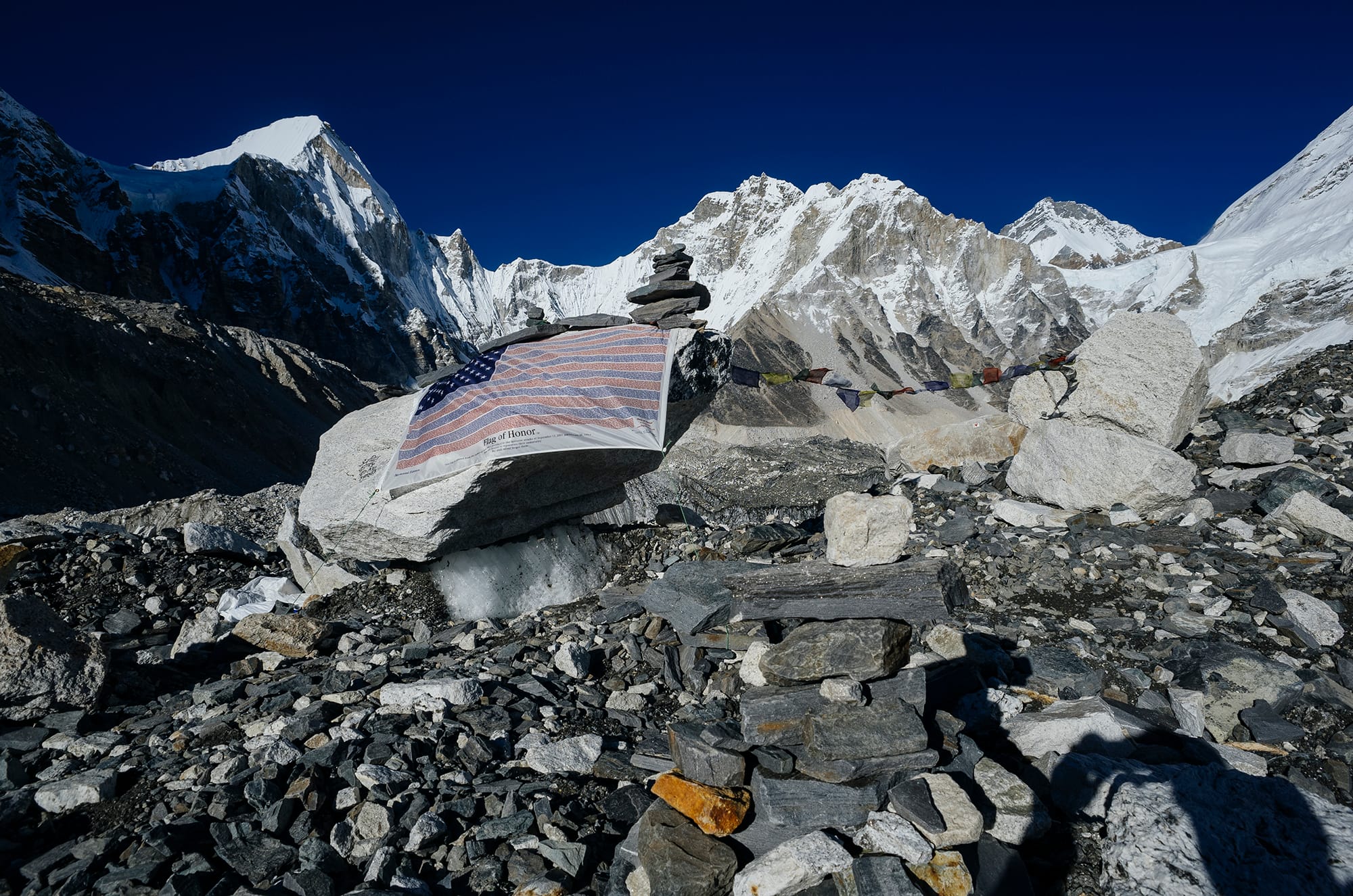
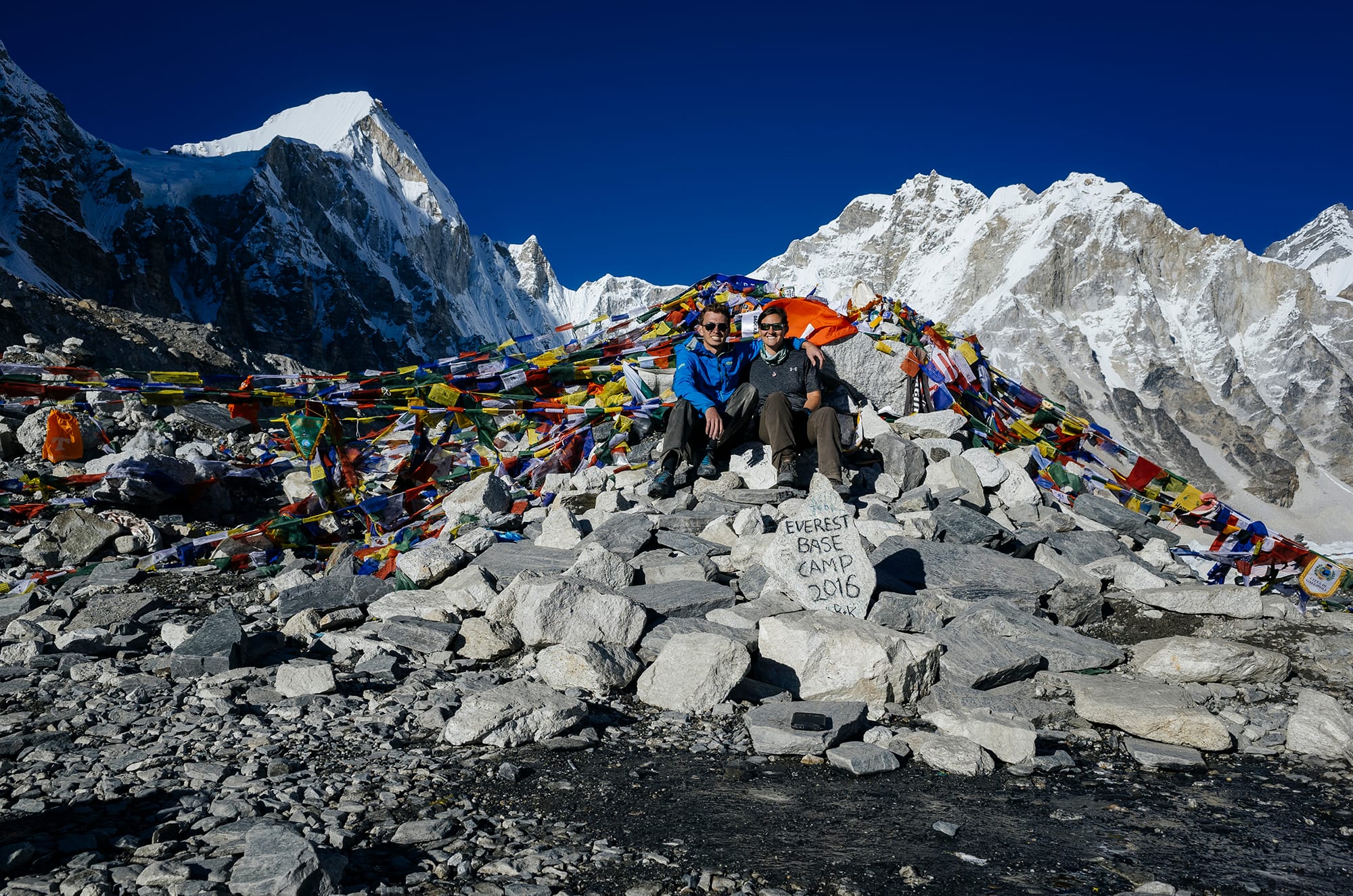
Day 8: Gorakshep to Pangboche
Time: 5hrs hiking
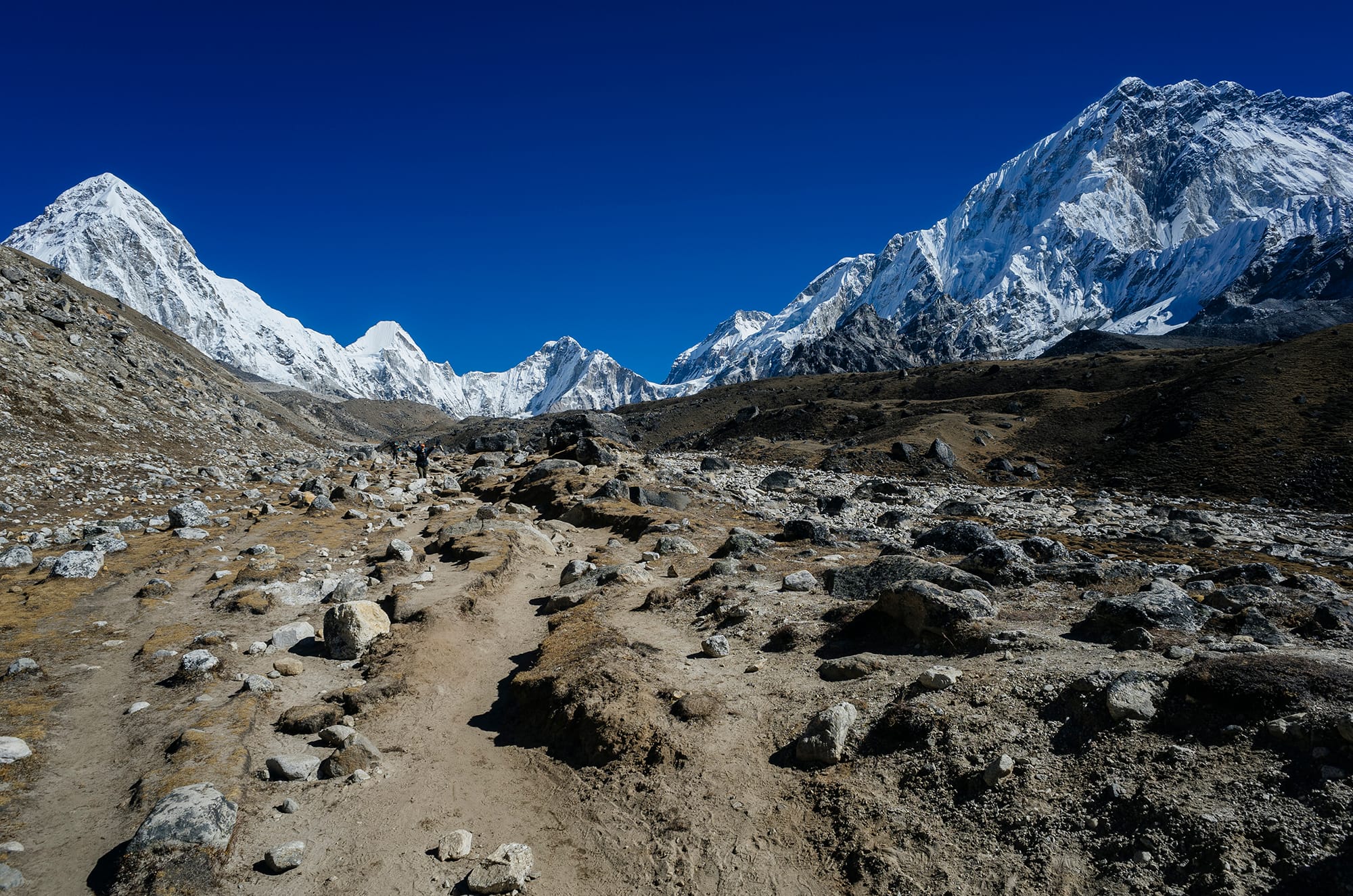
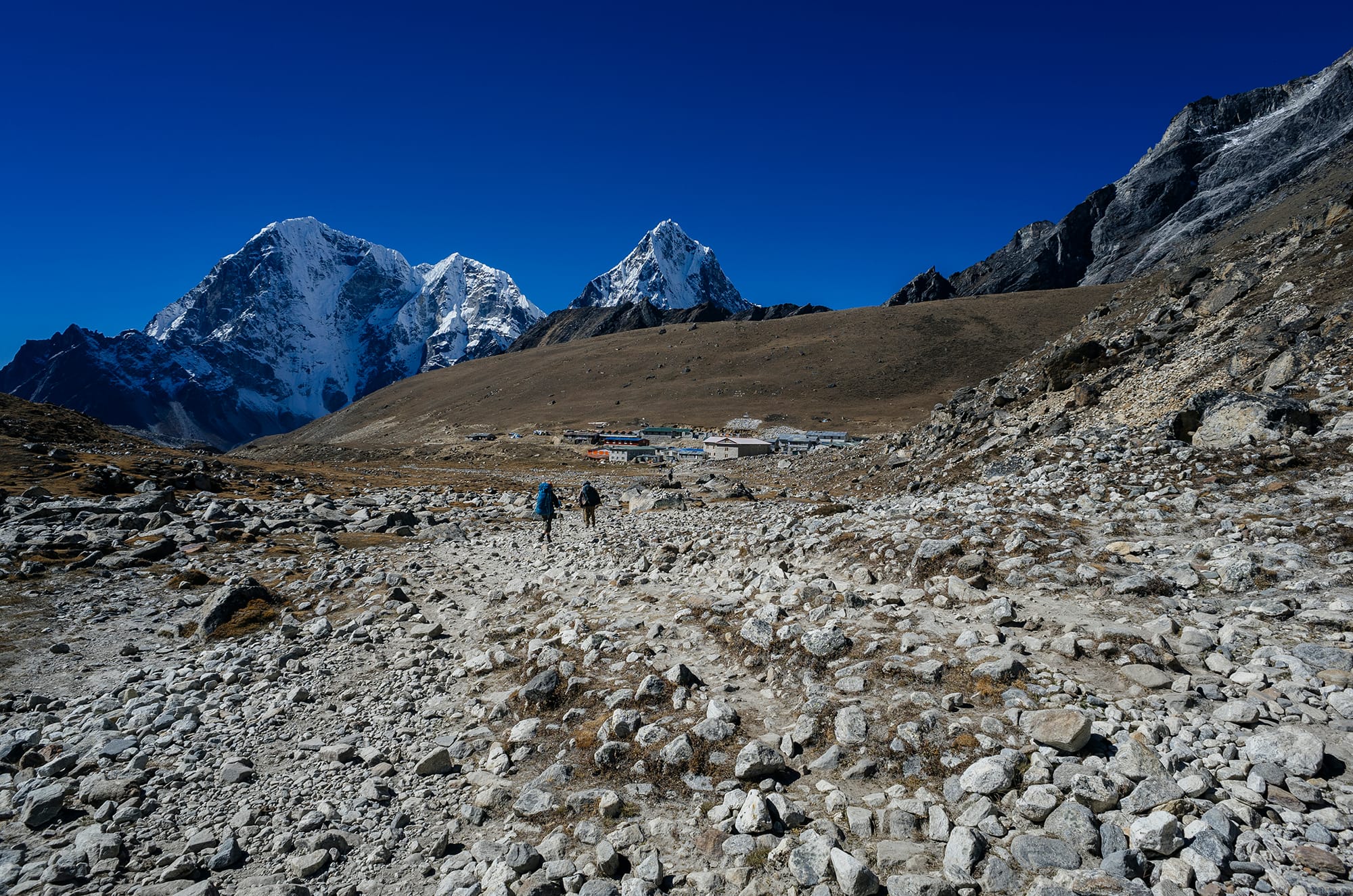
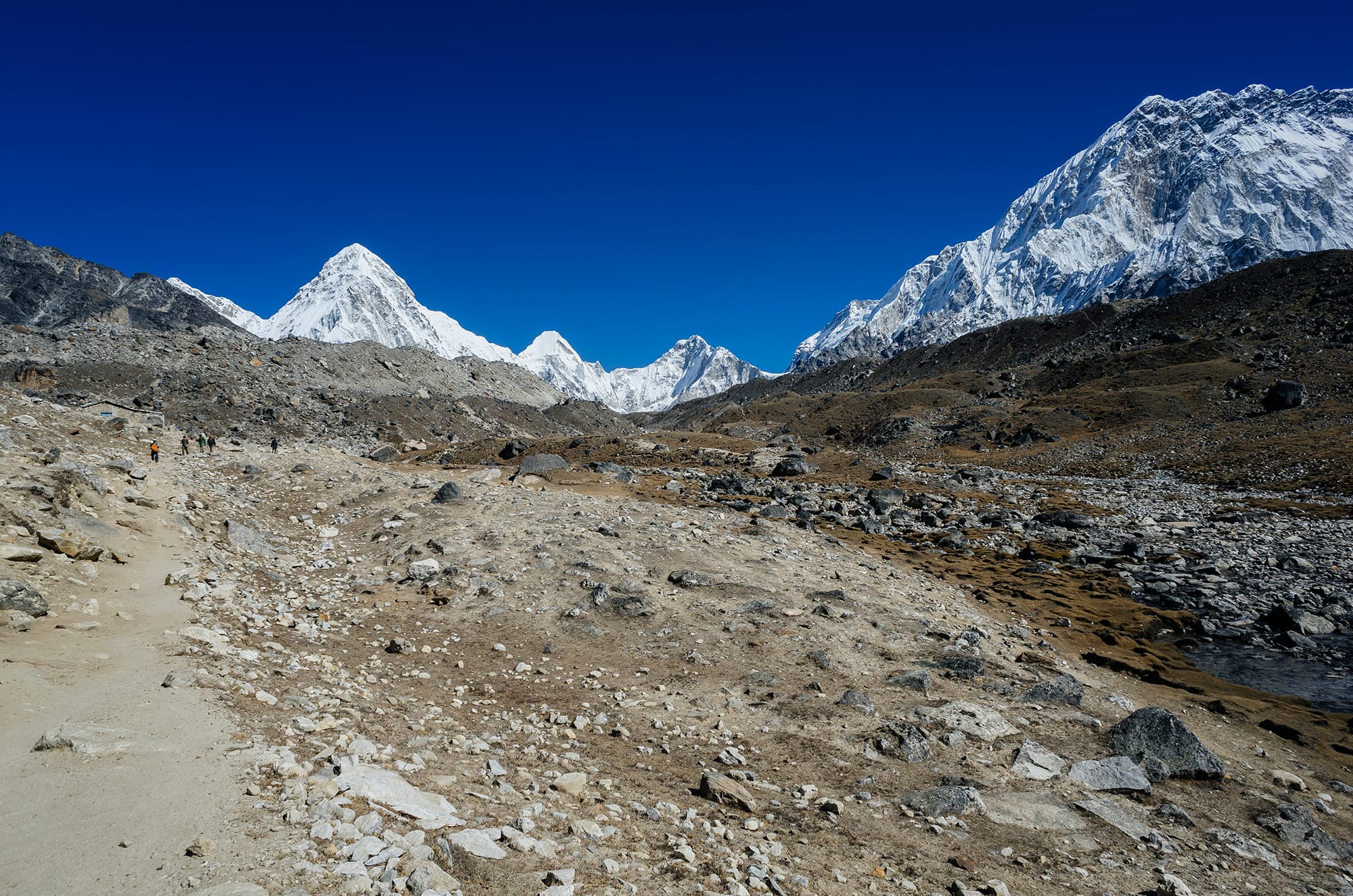
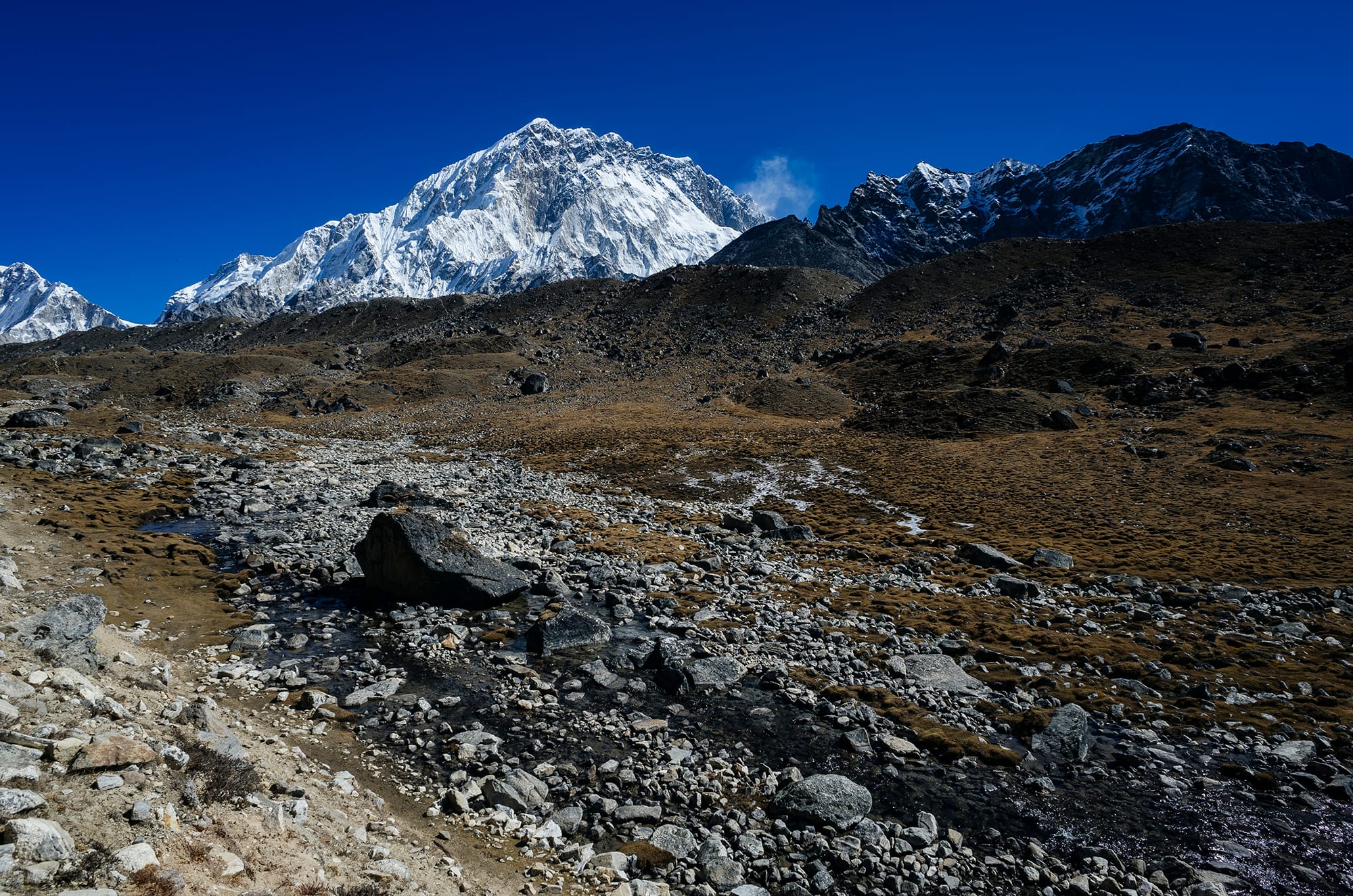
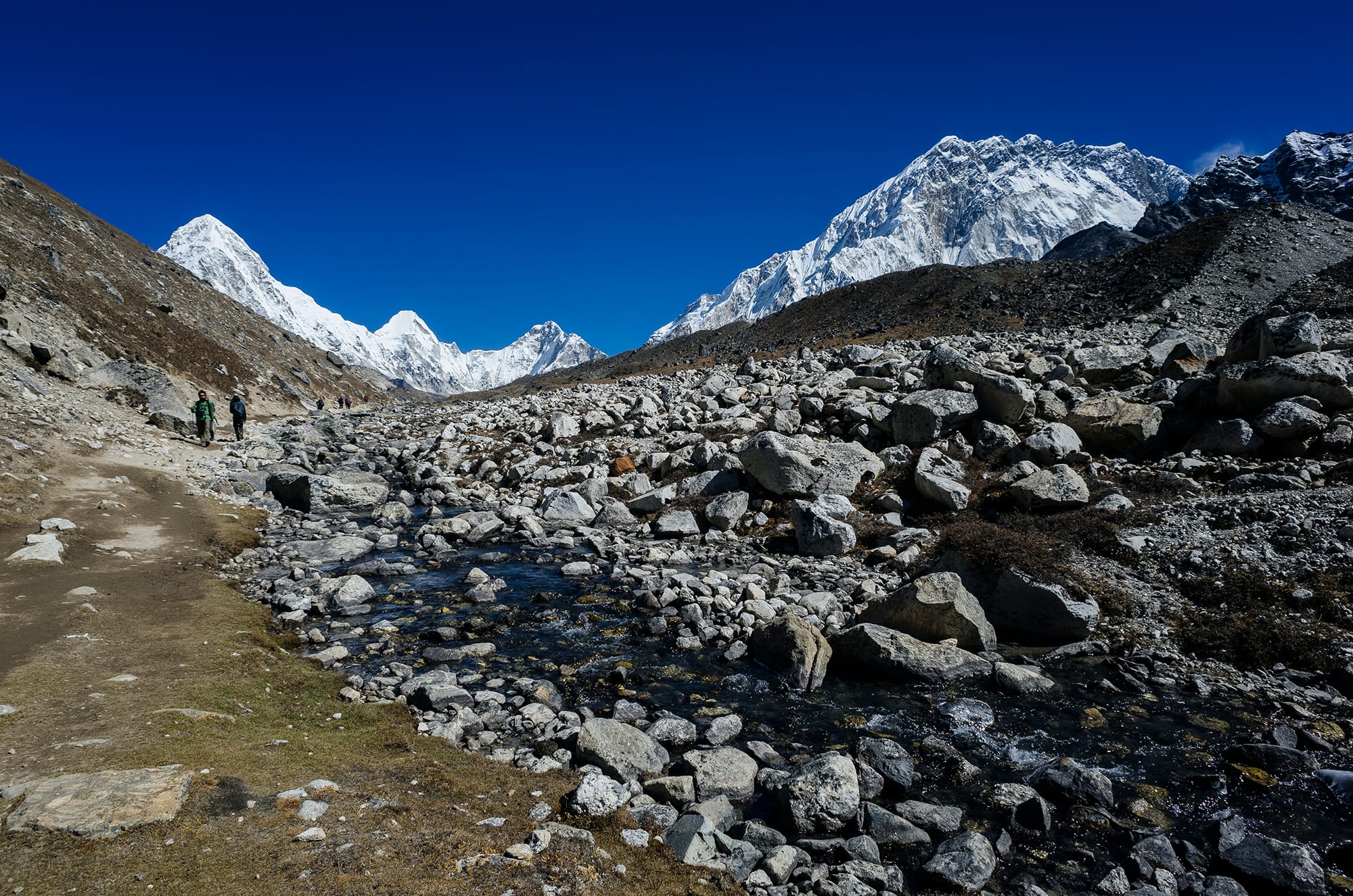
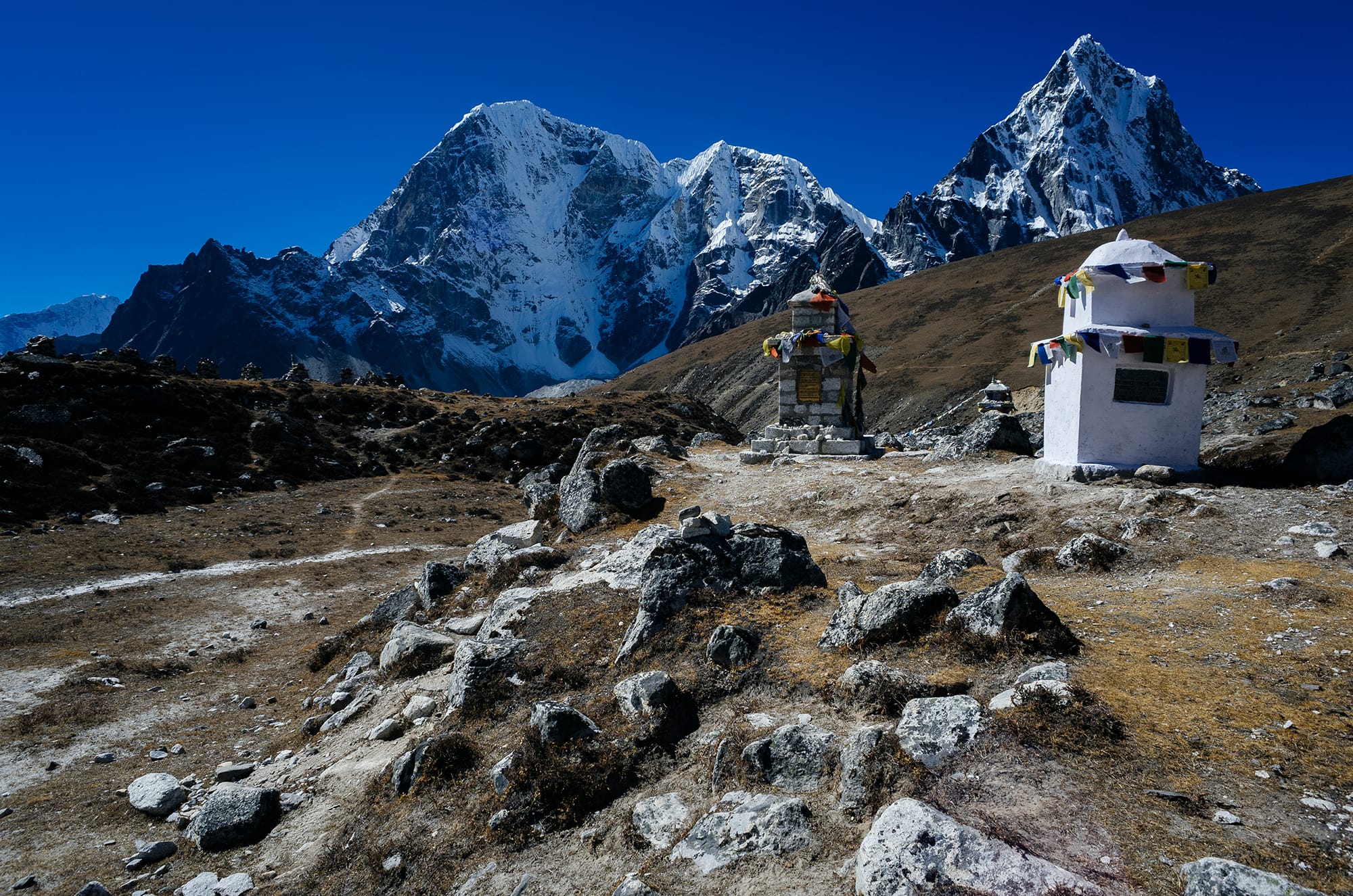
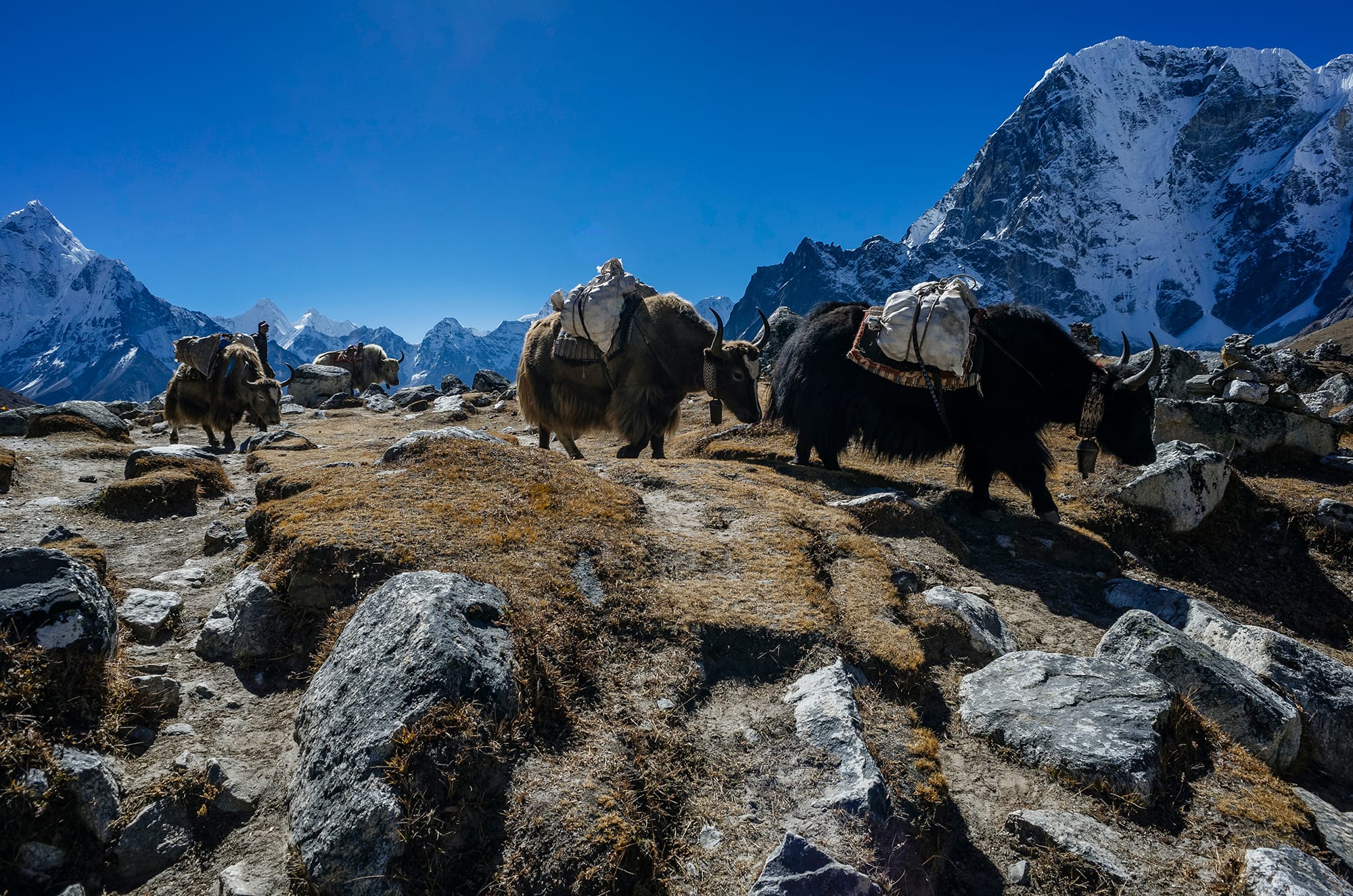
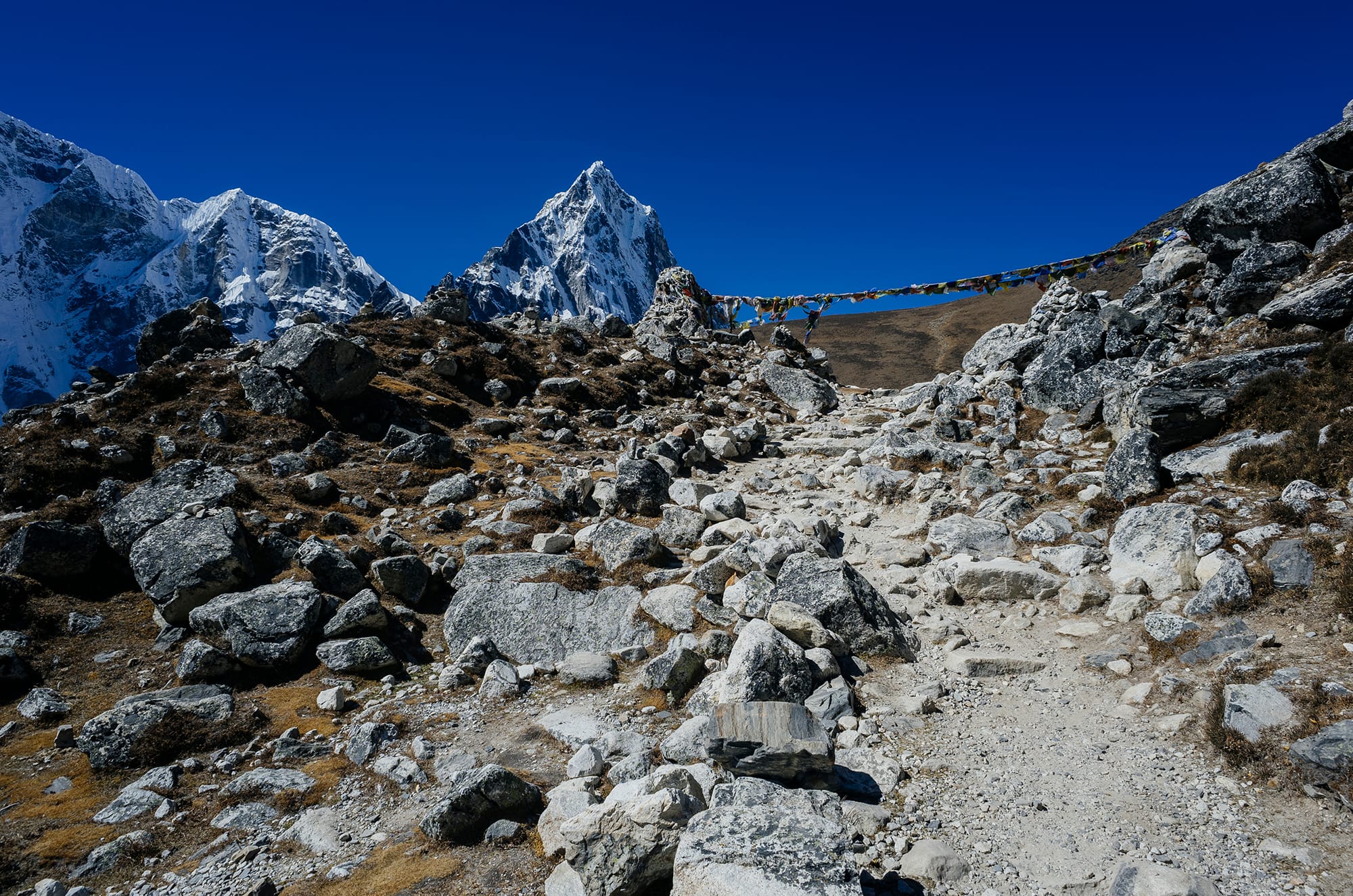

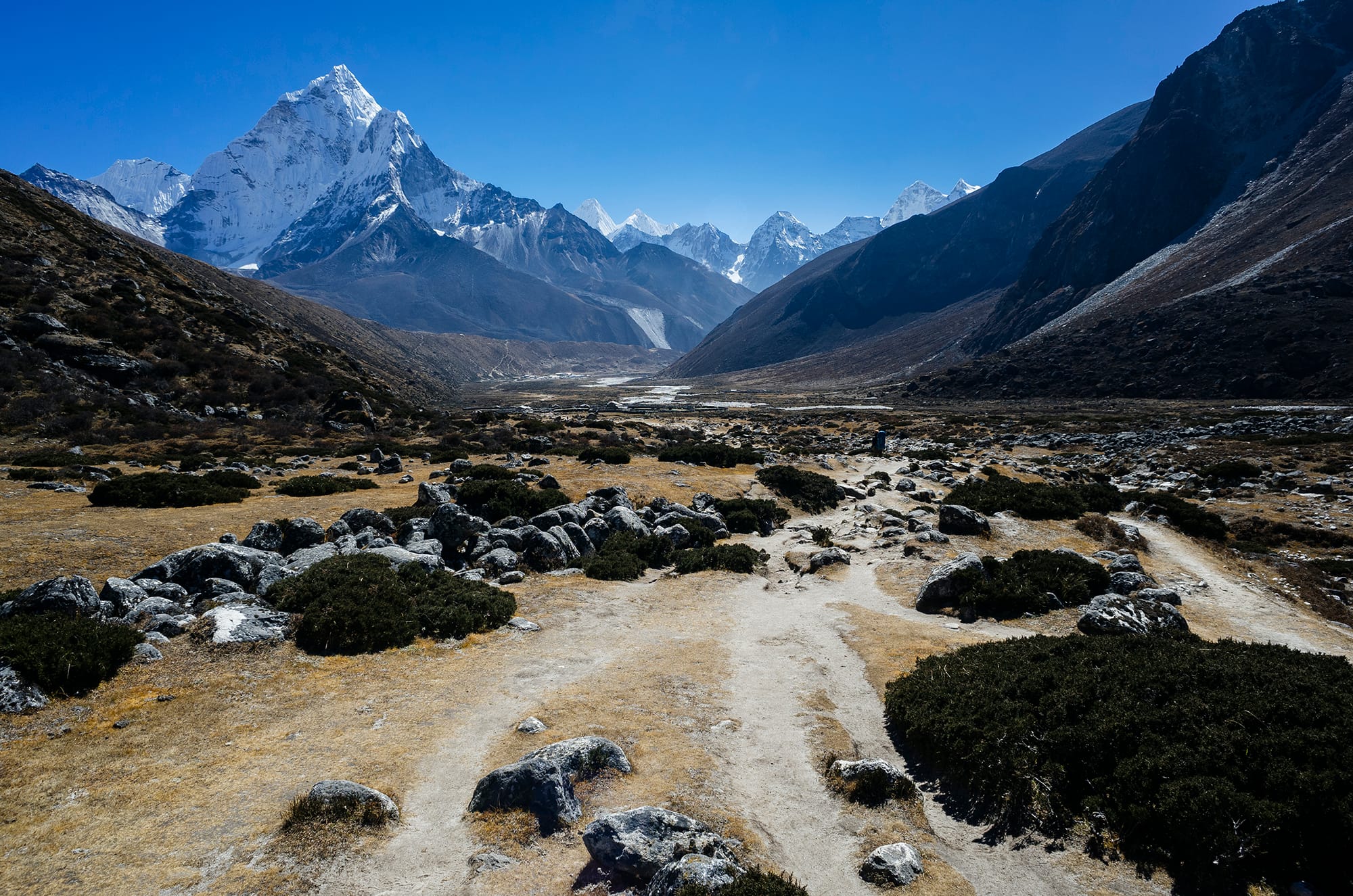
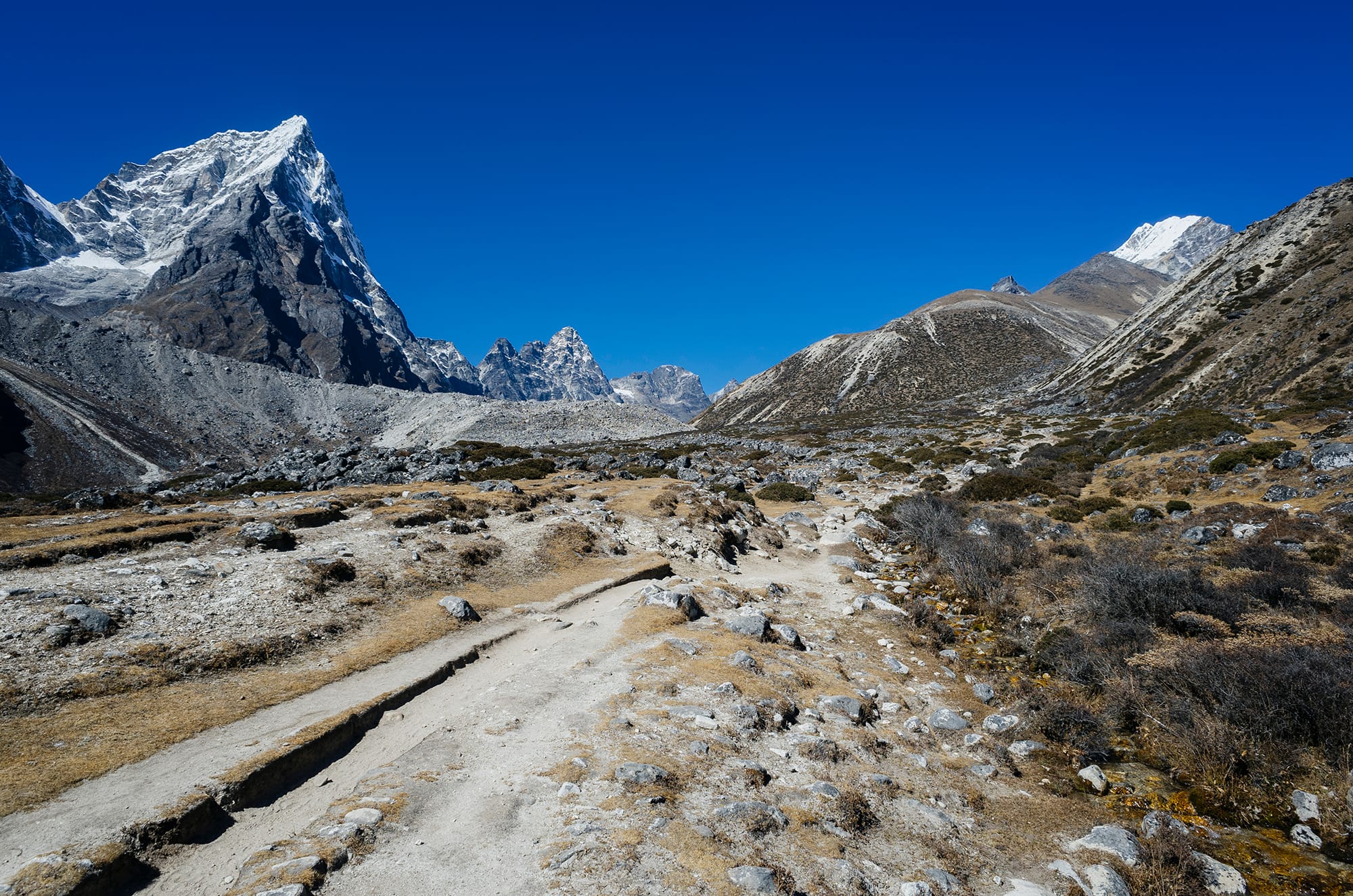
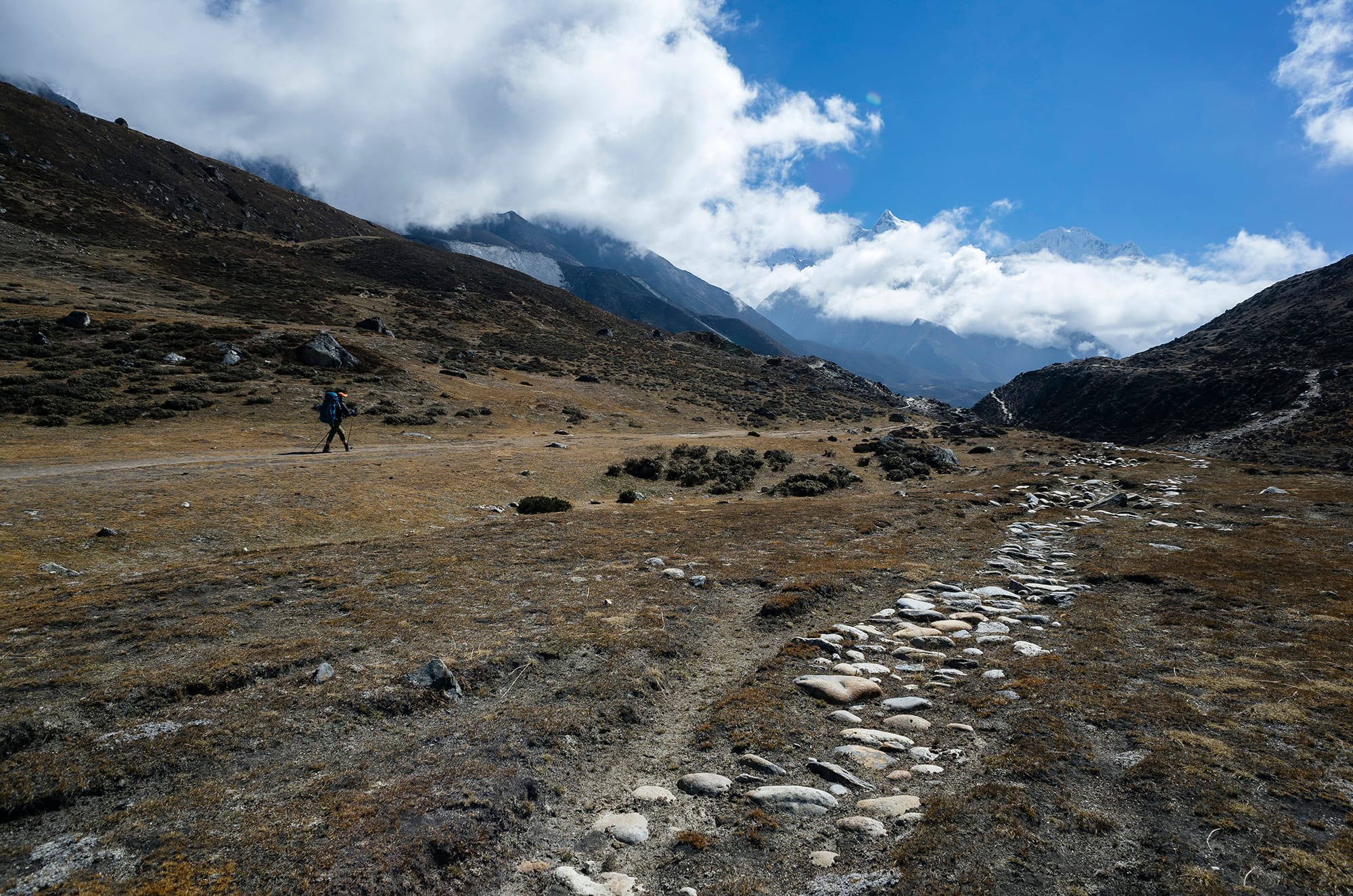
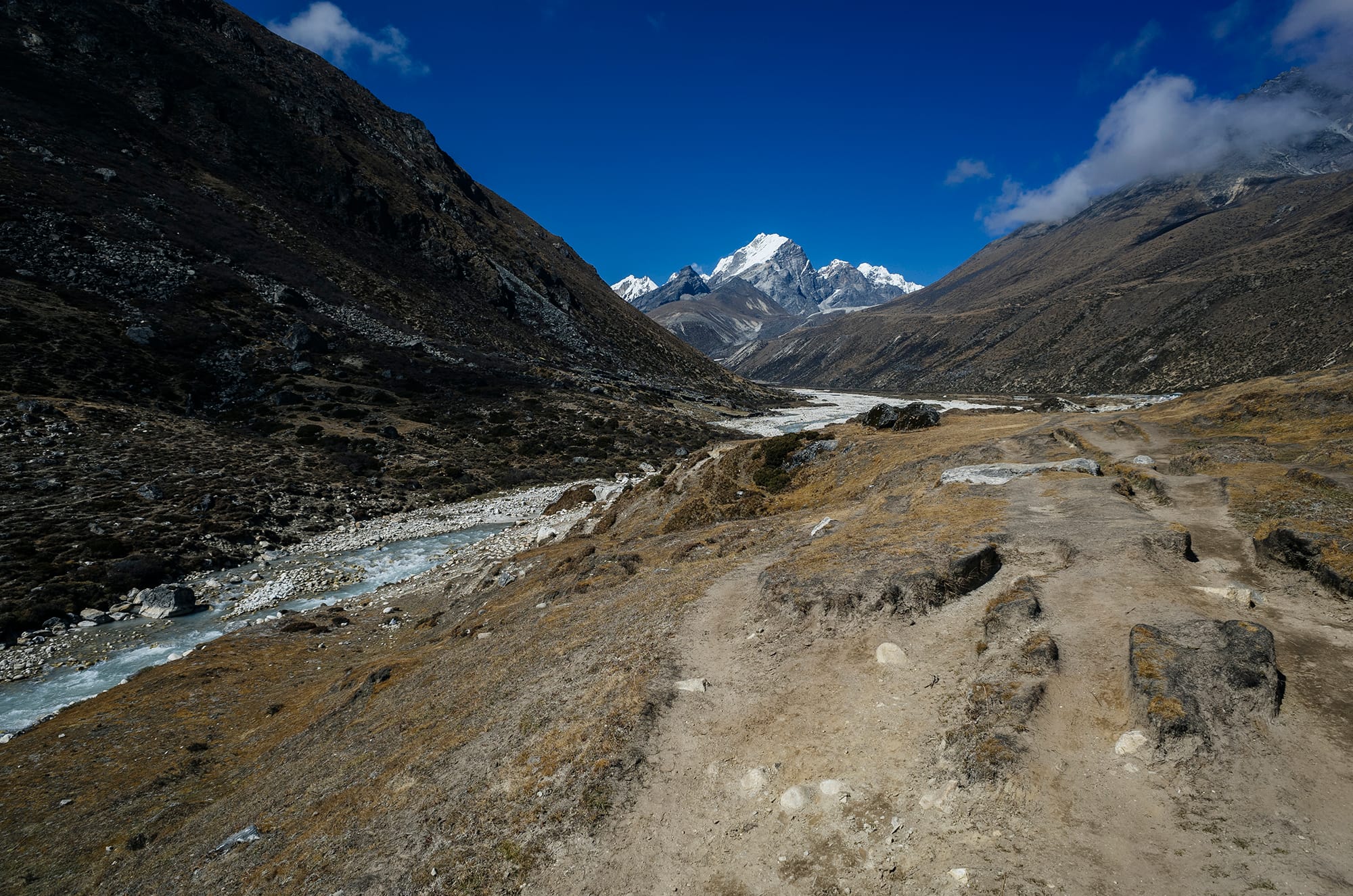
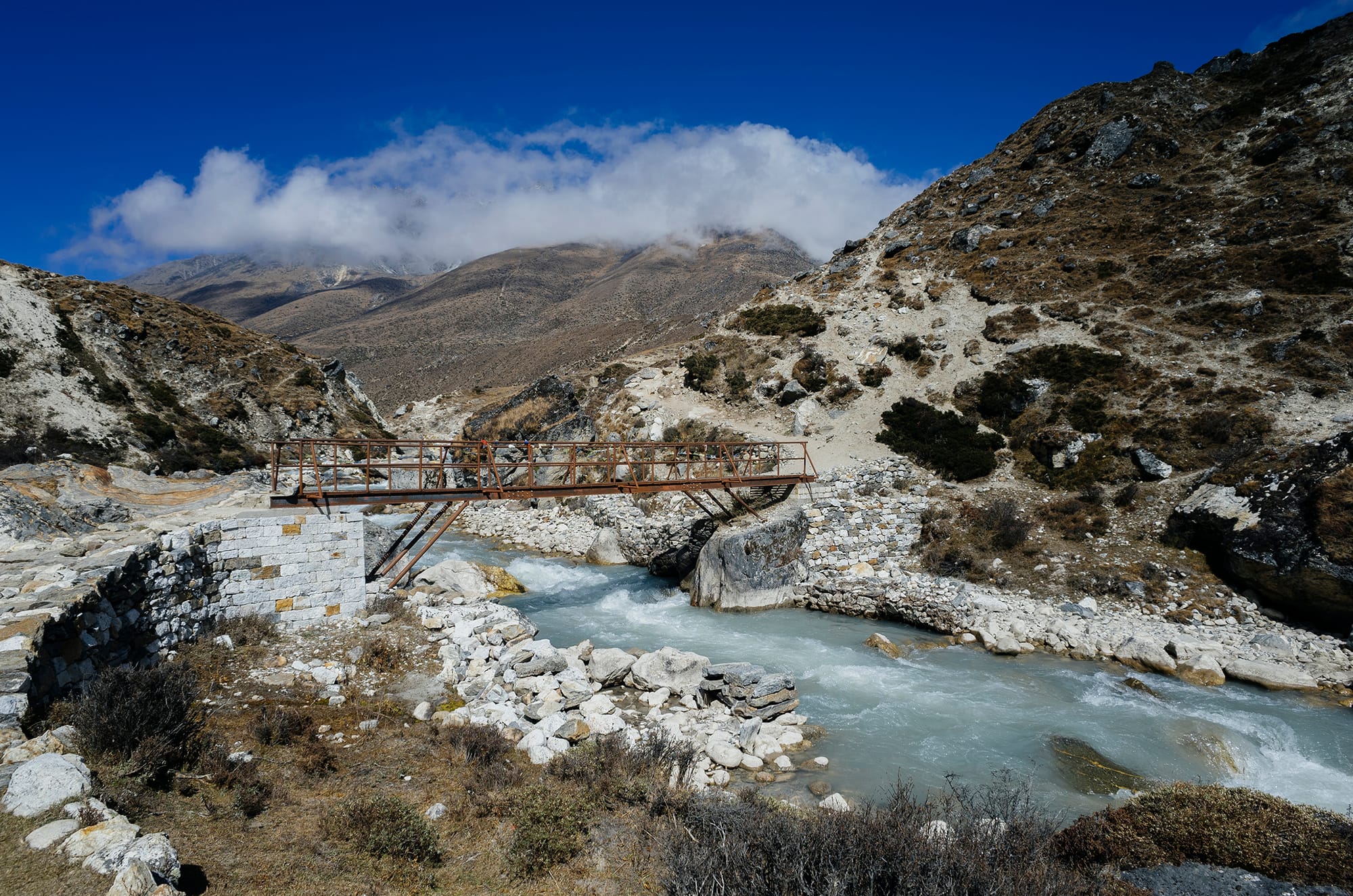
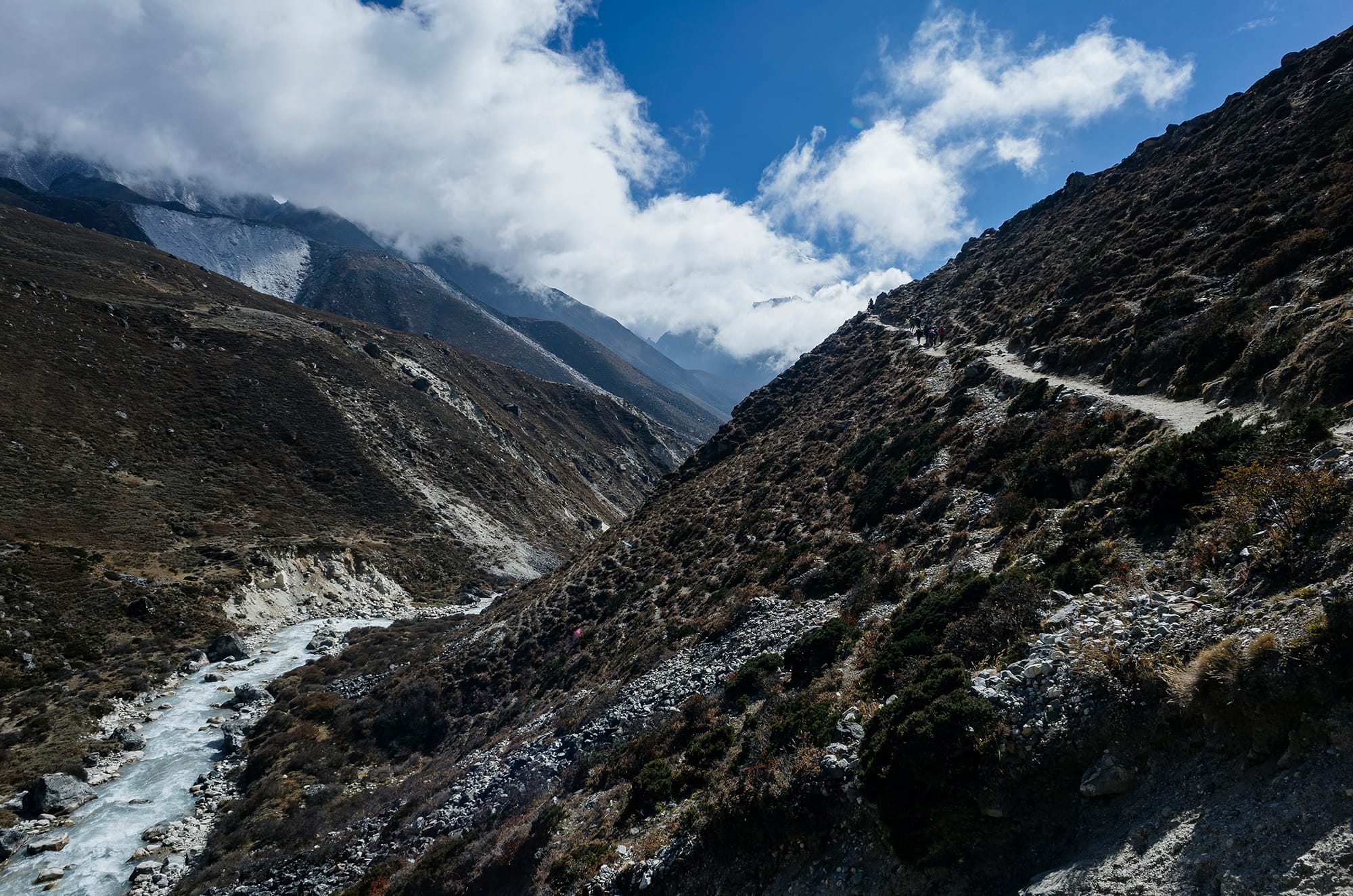
Day 9: Pangboche
Time: 5hrs hiking
Conditions encountered: I ended up getting food poisoning the evening of day 8, so day 9 was mostly spent sick in bed at a tea house.
Day 10: Pangboche to Namche
Time: 5hrs 30min hiking
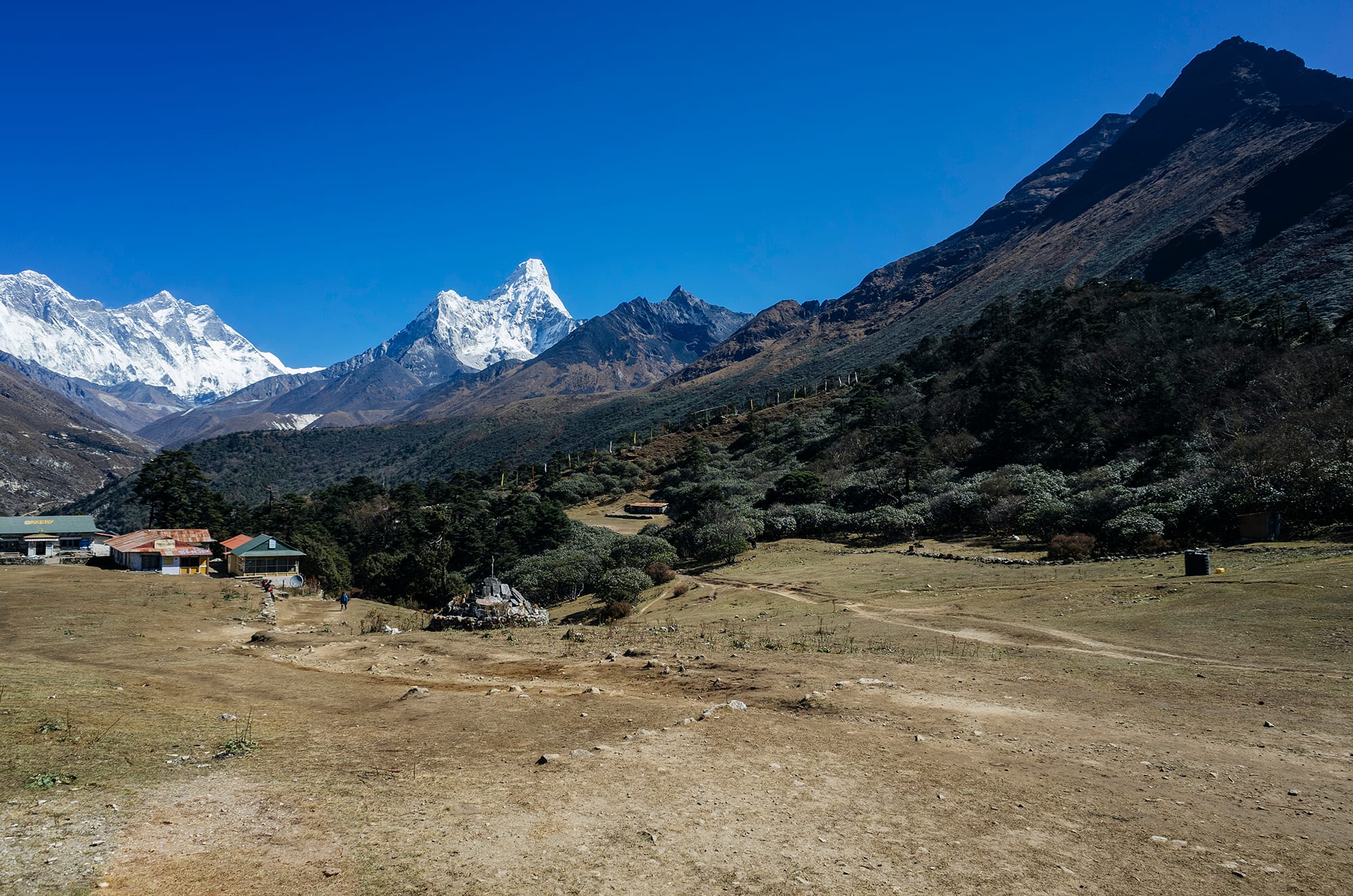
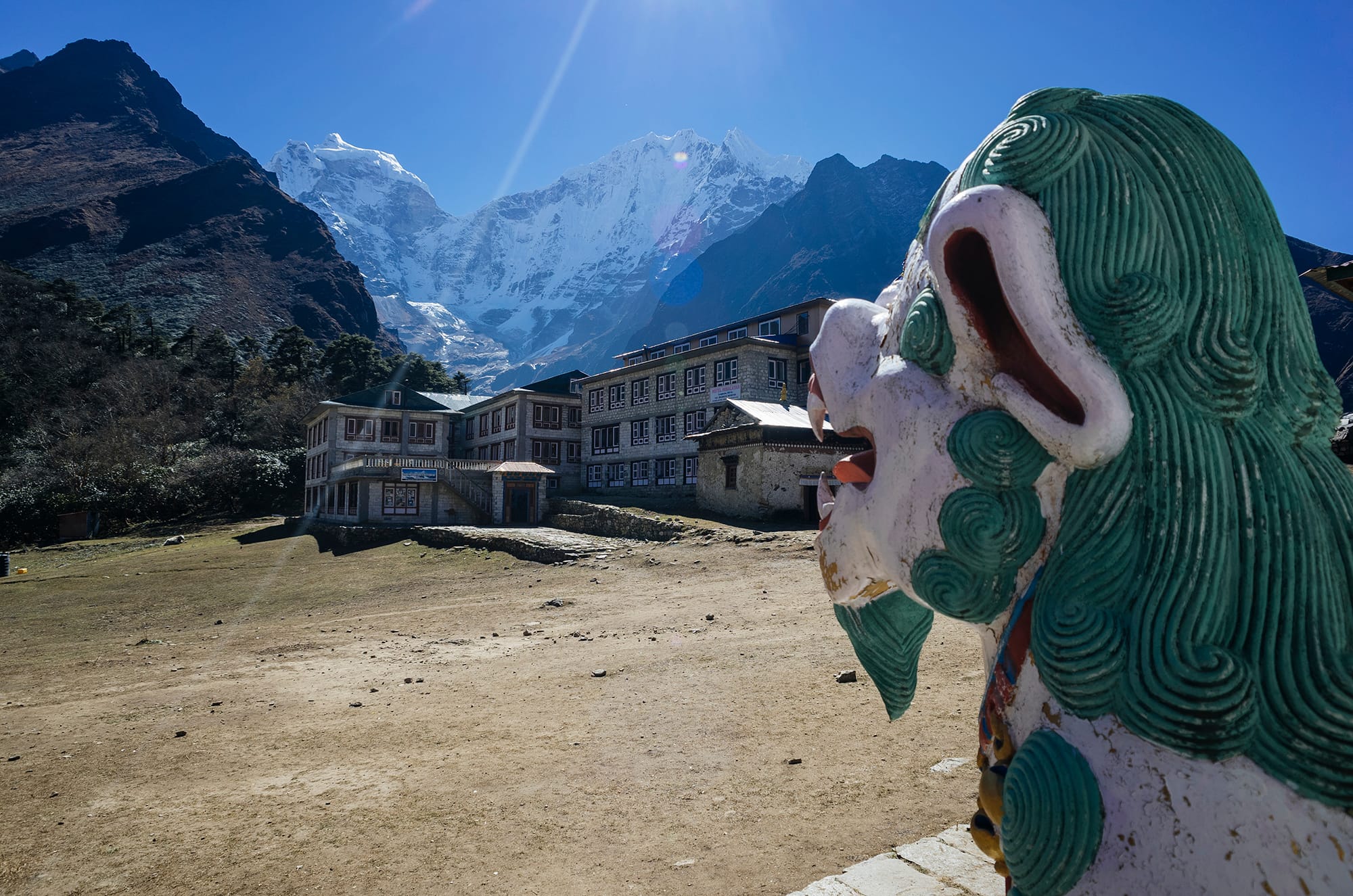
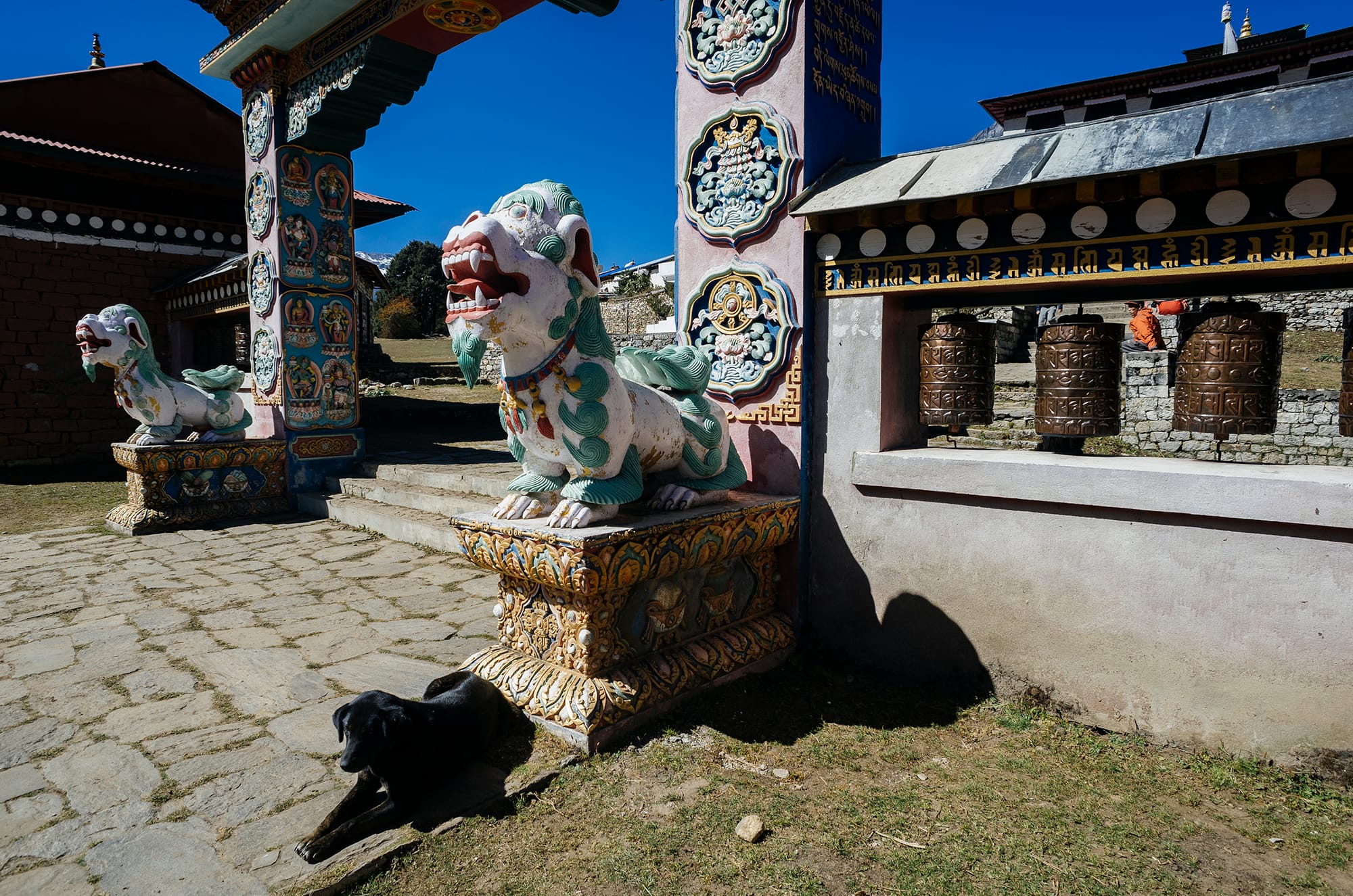
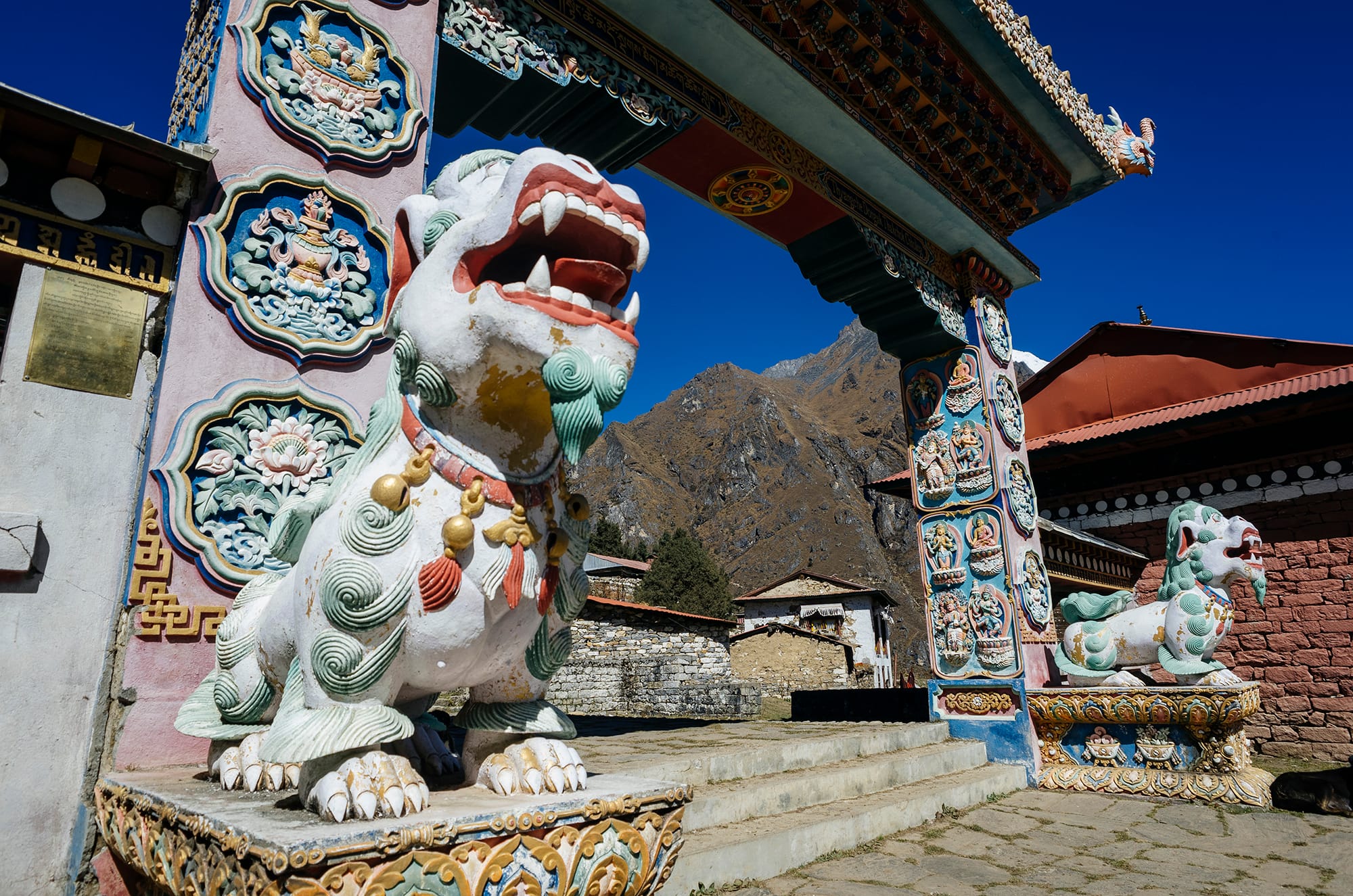
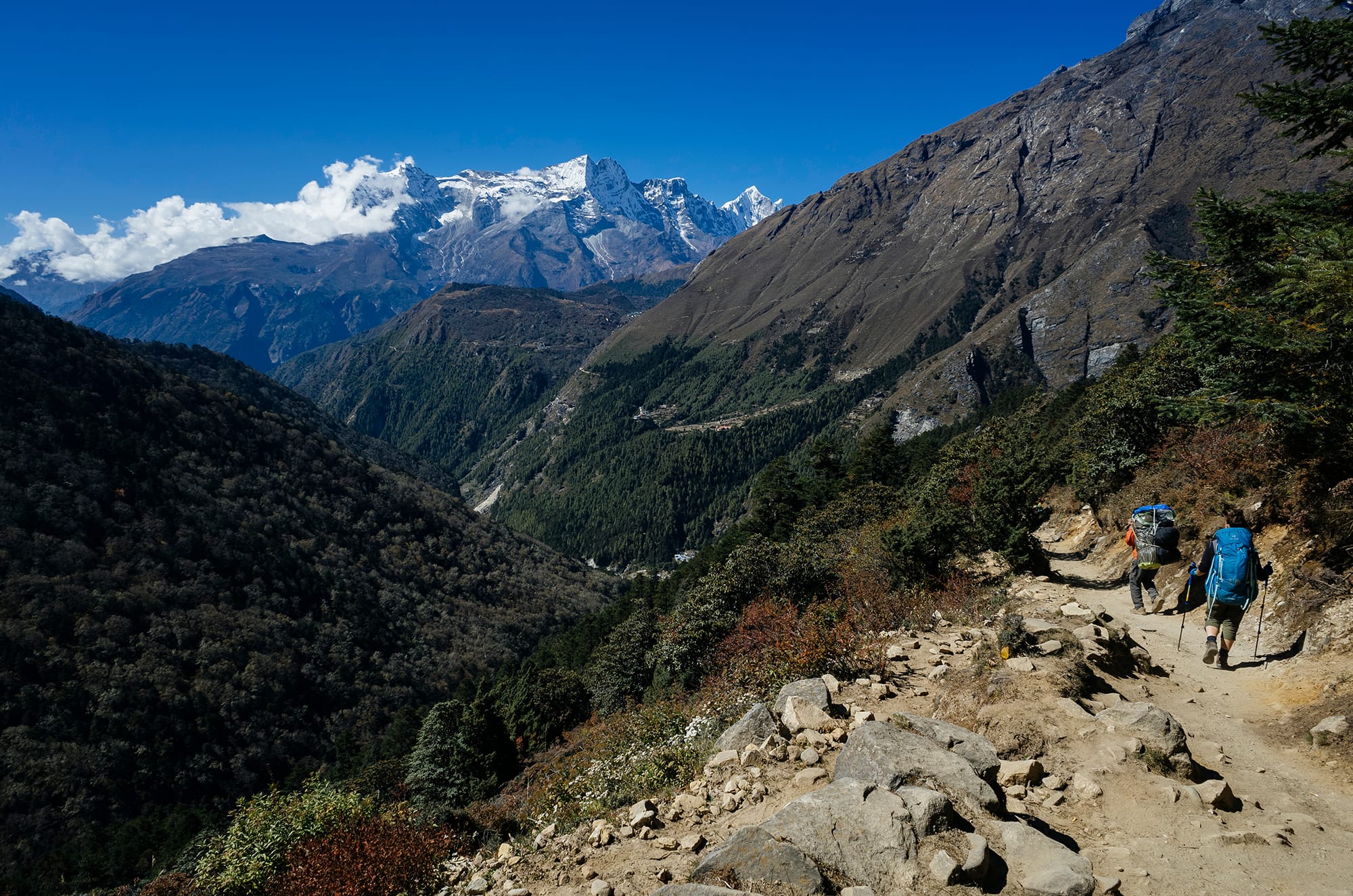
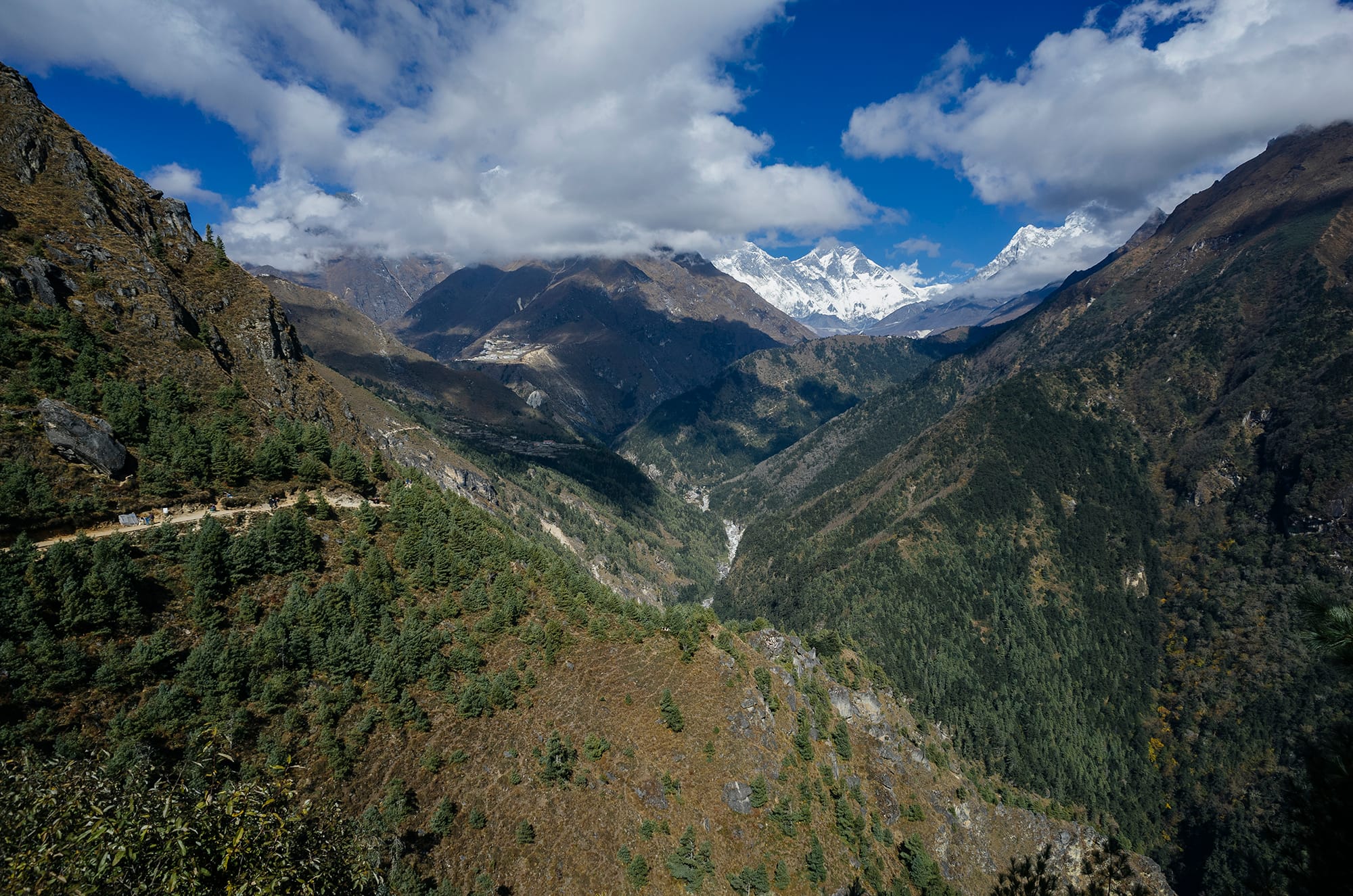
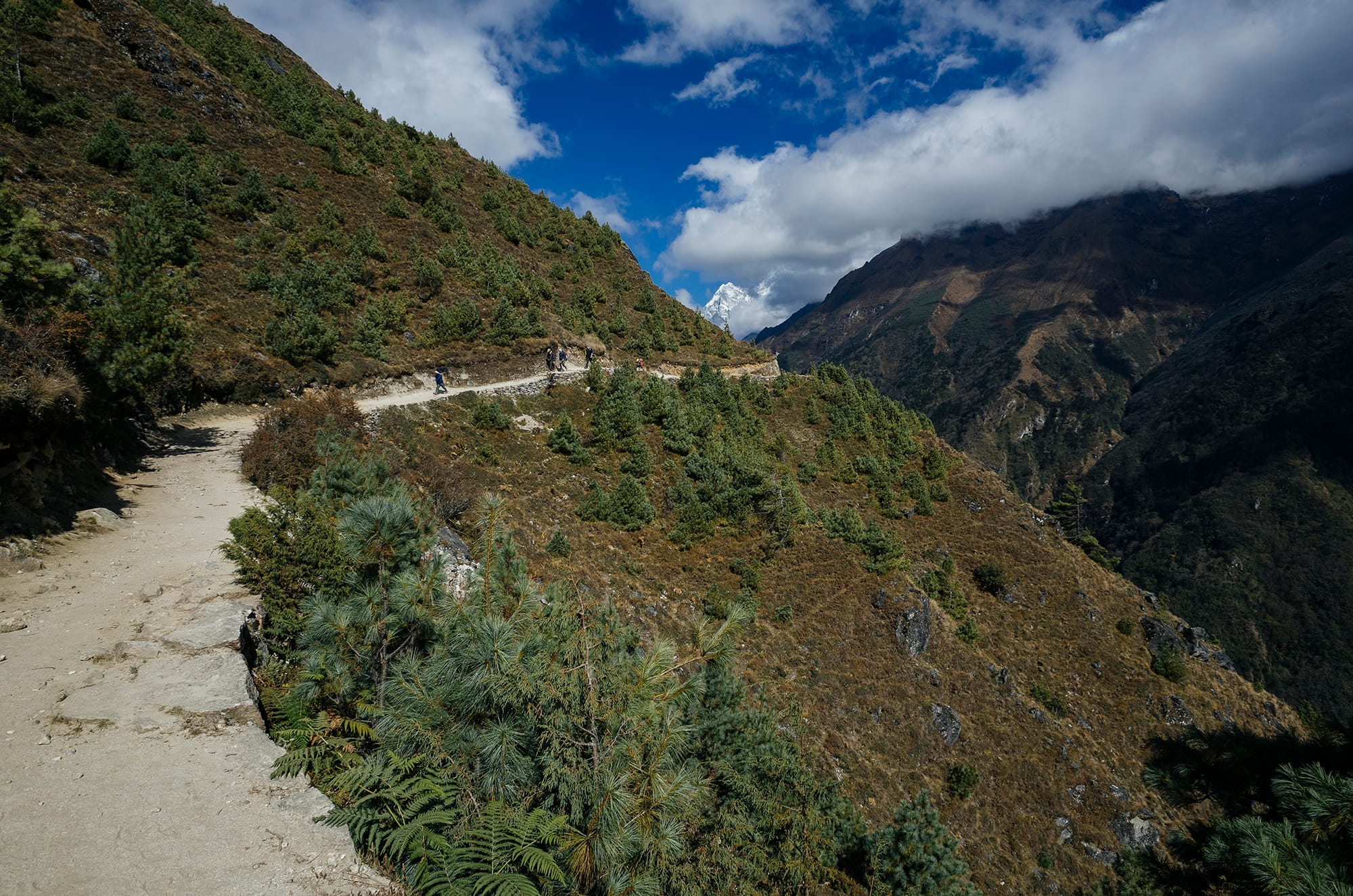
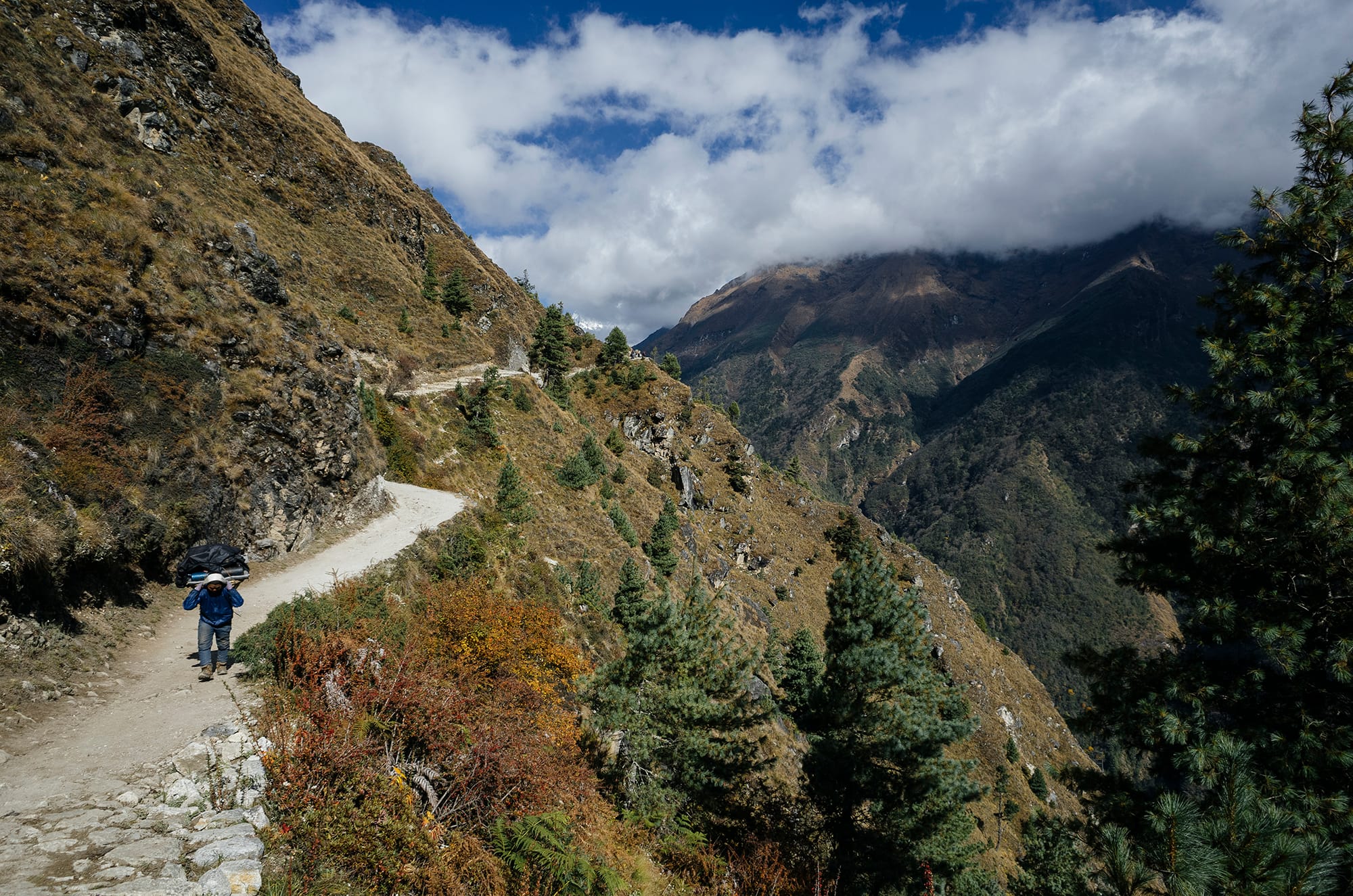
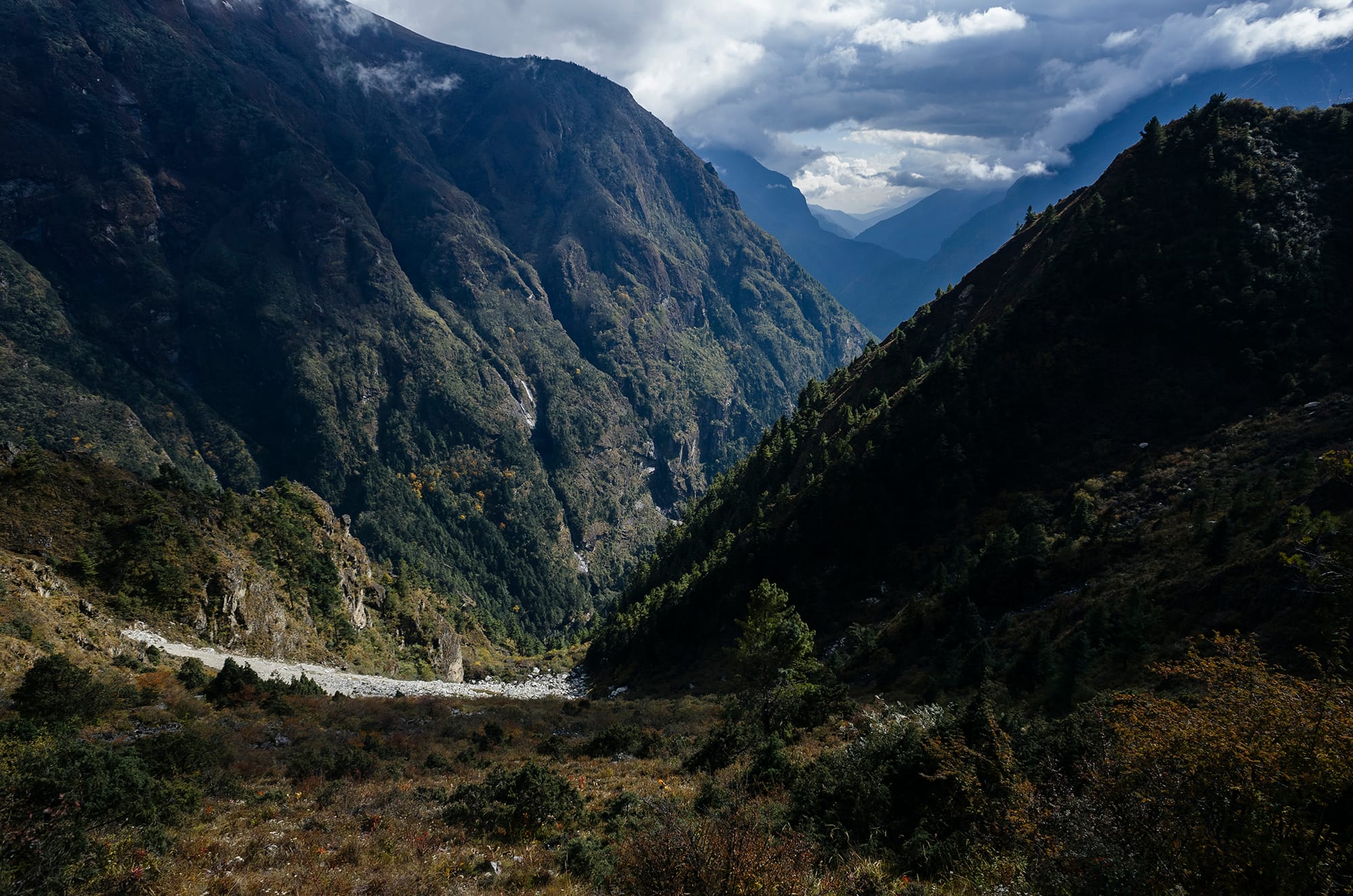
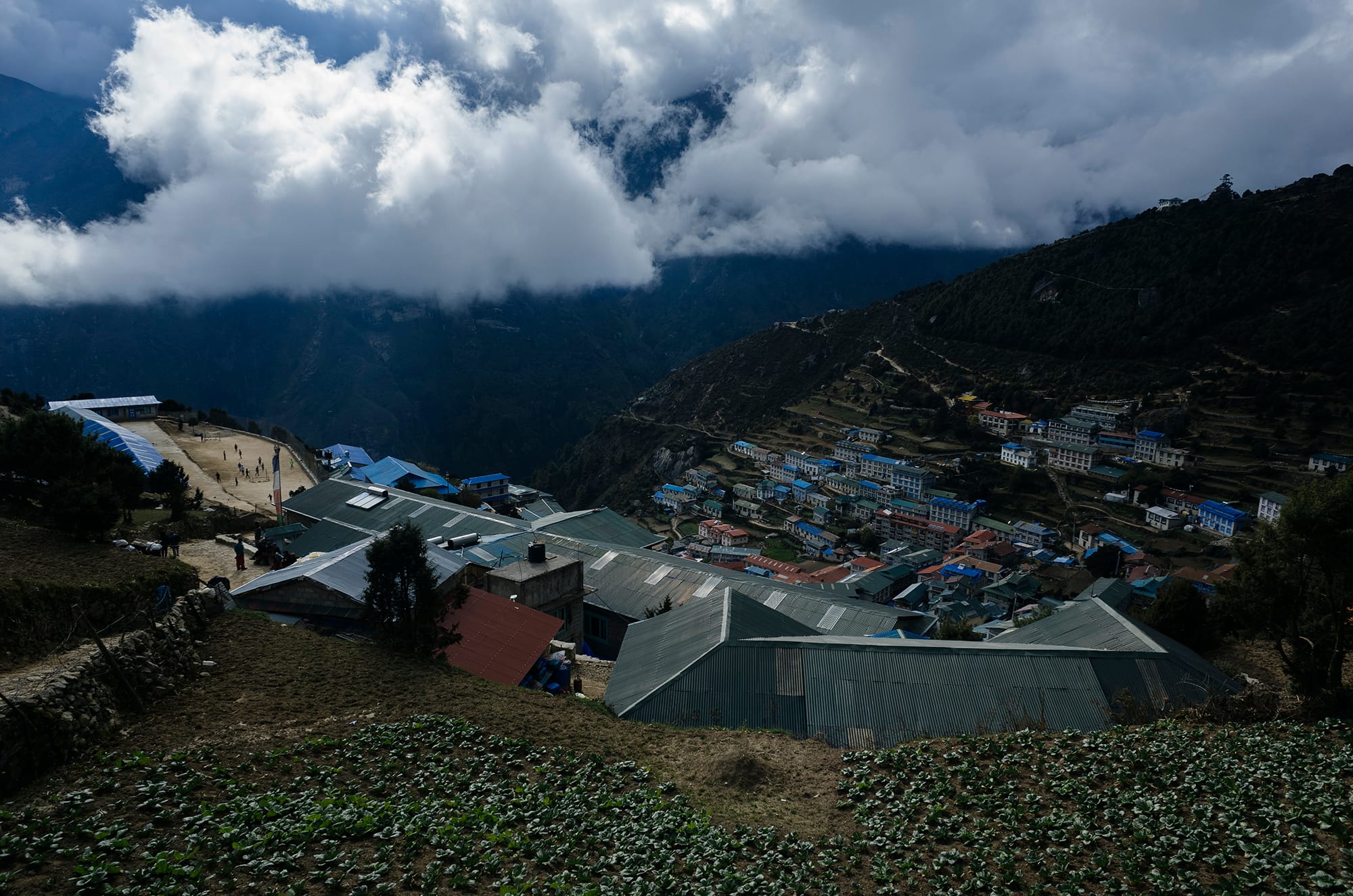
Day 11: Namche to Lukla
Time: 5hrs 40min hiking
